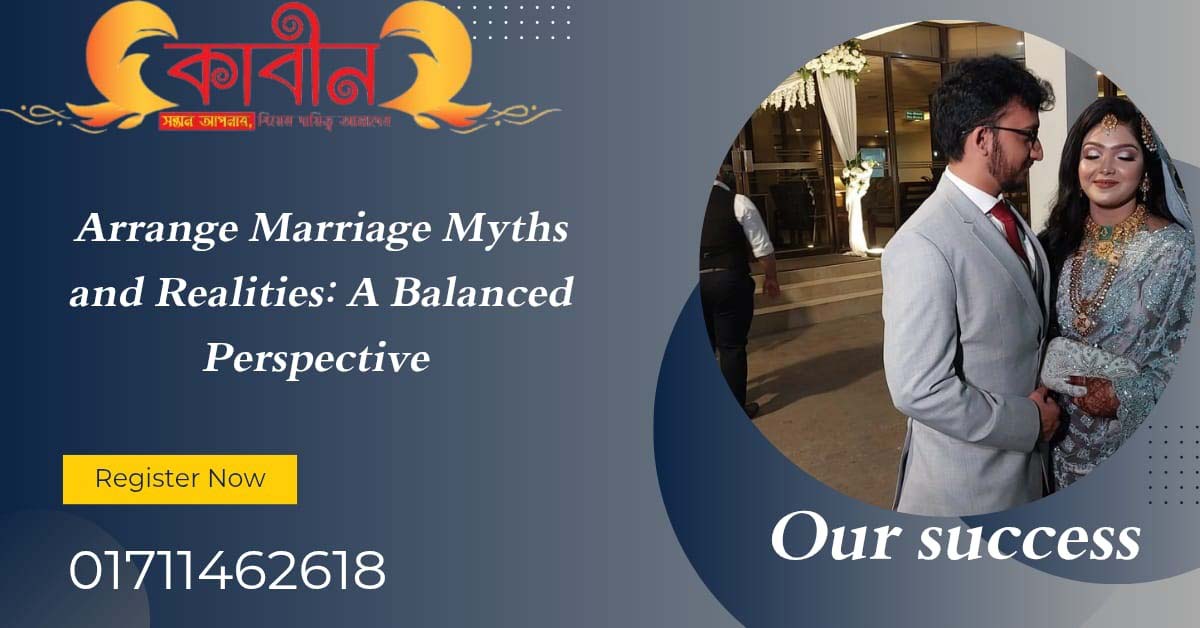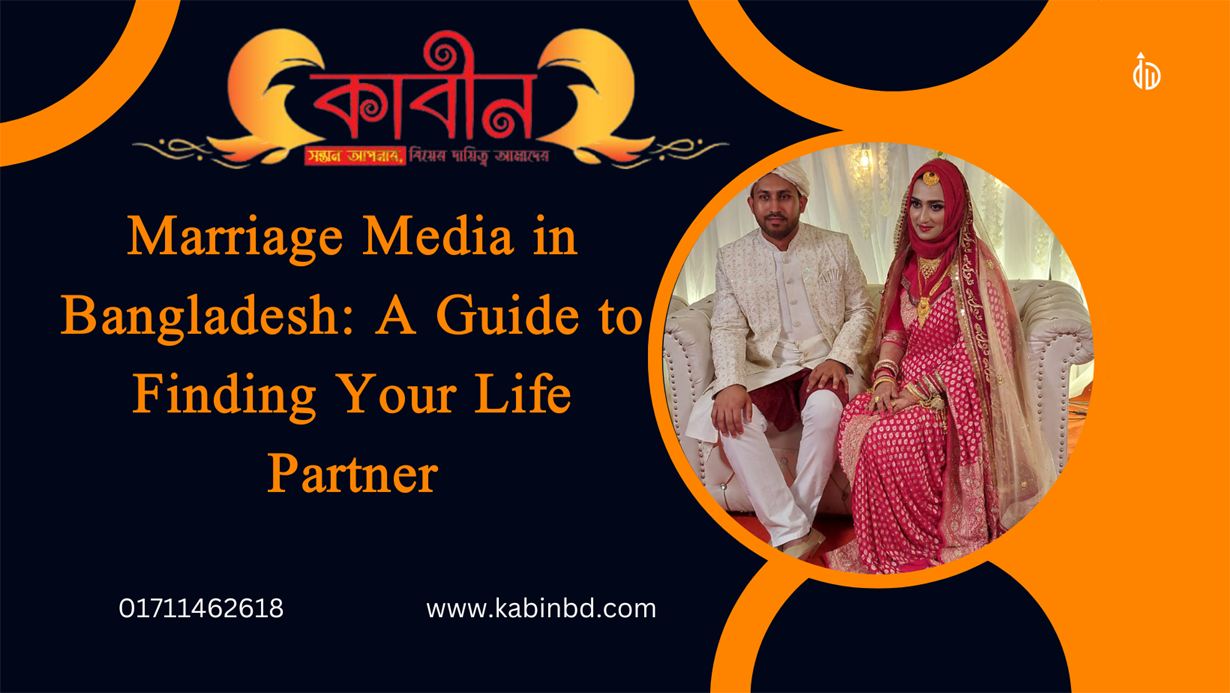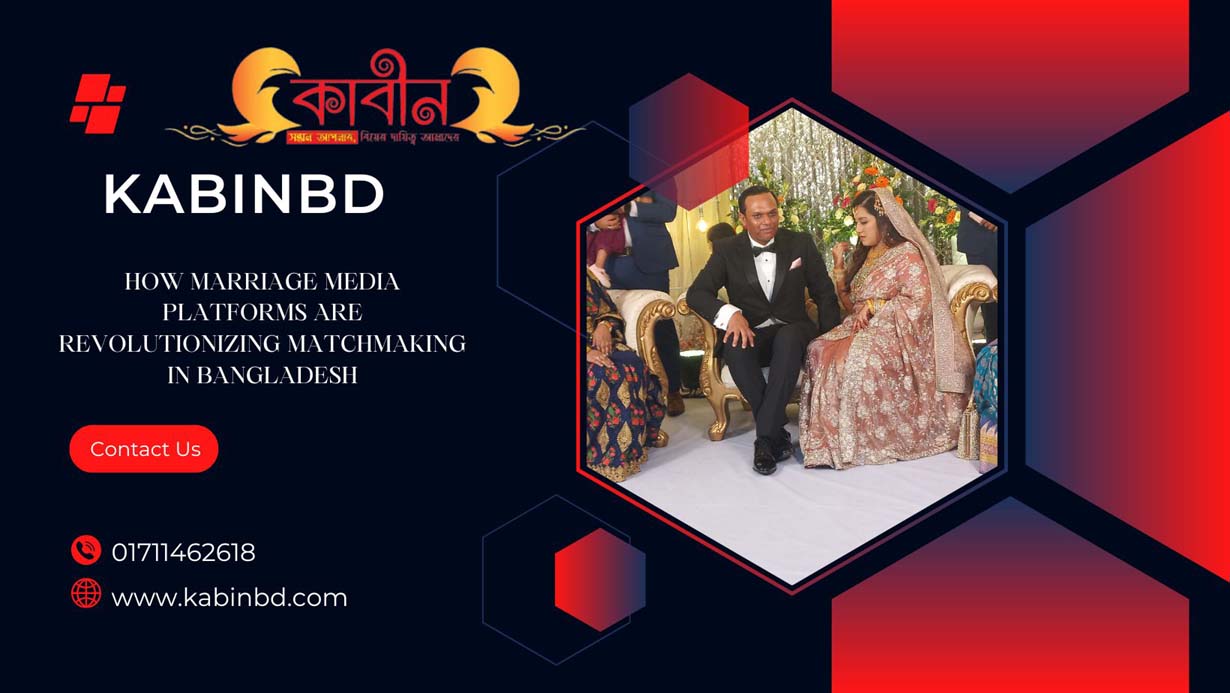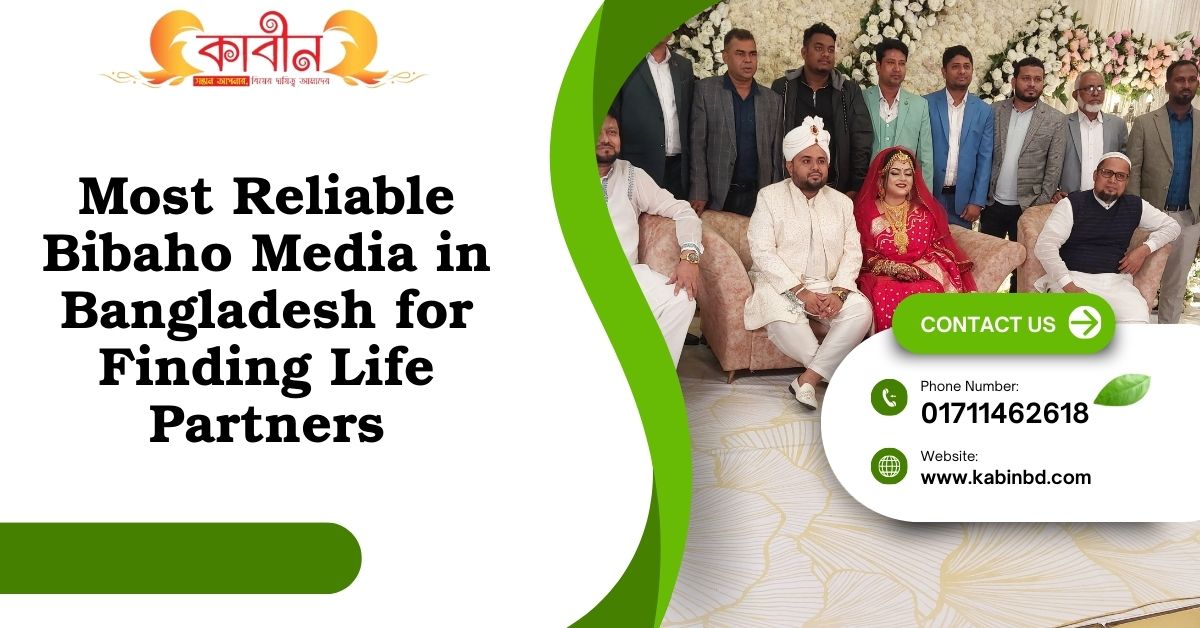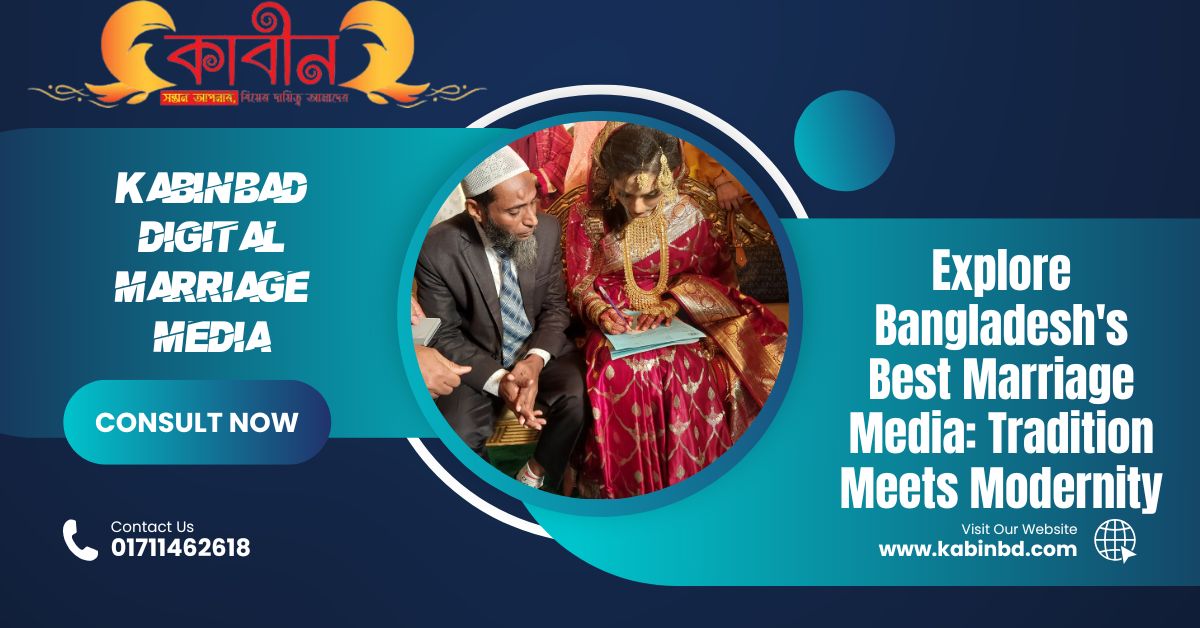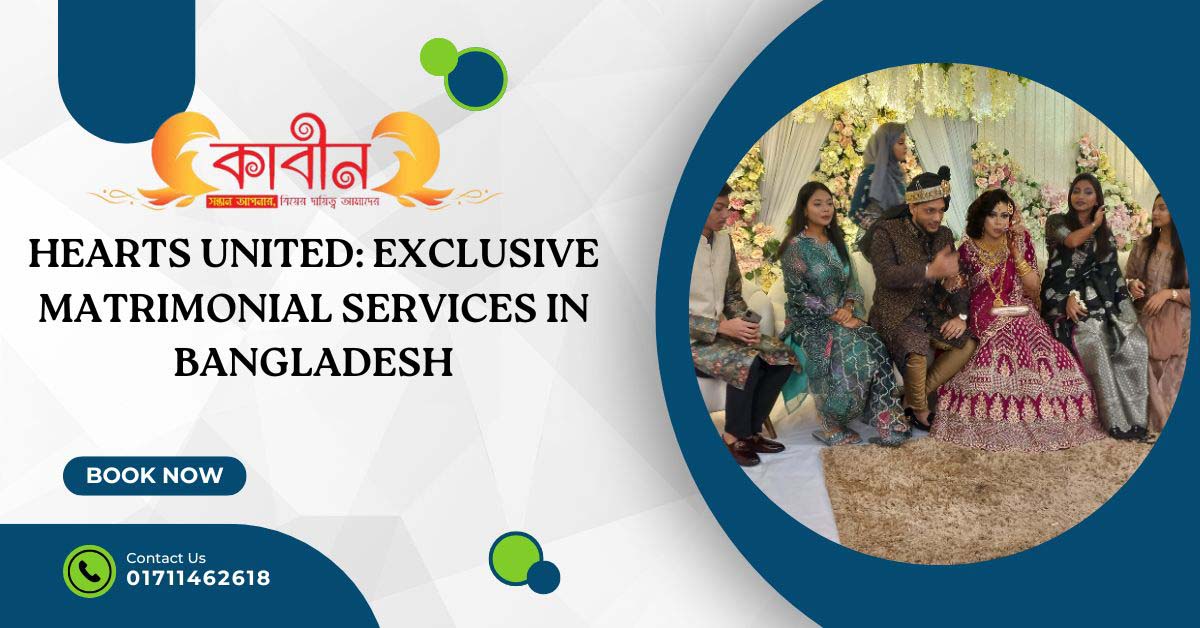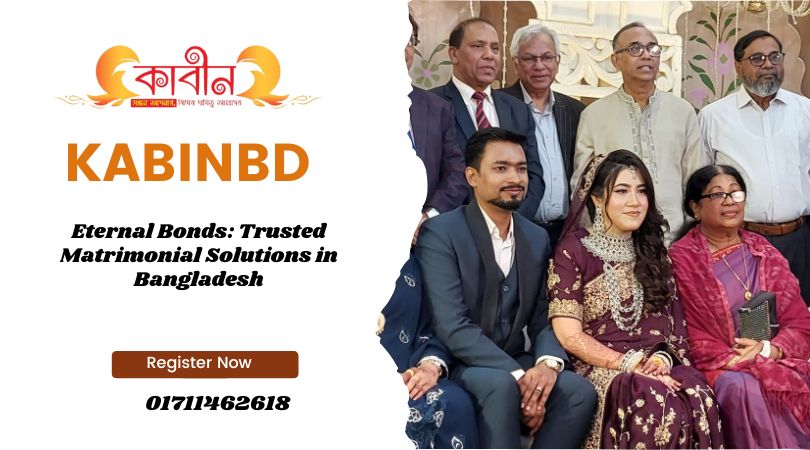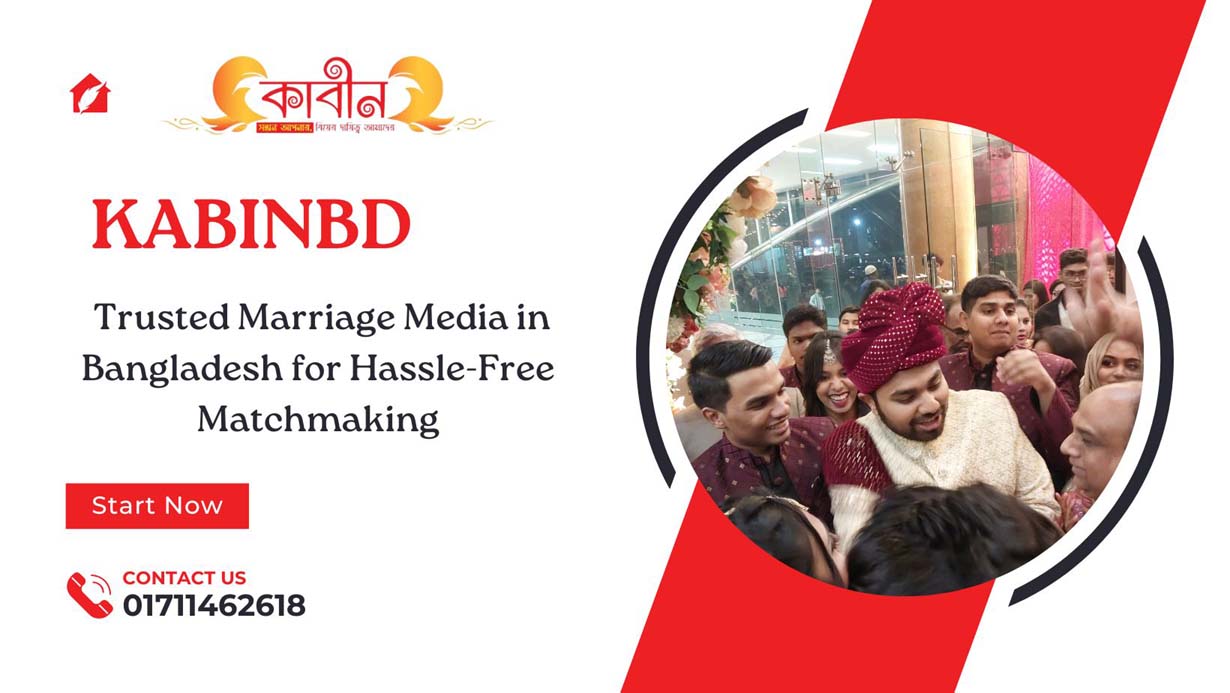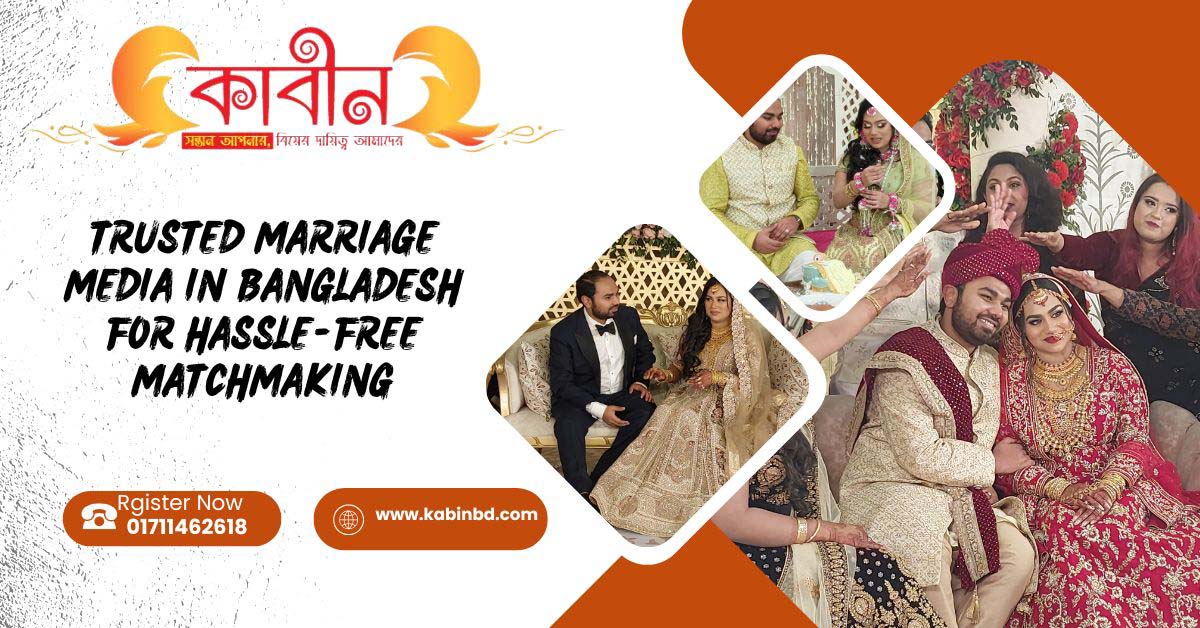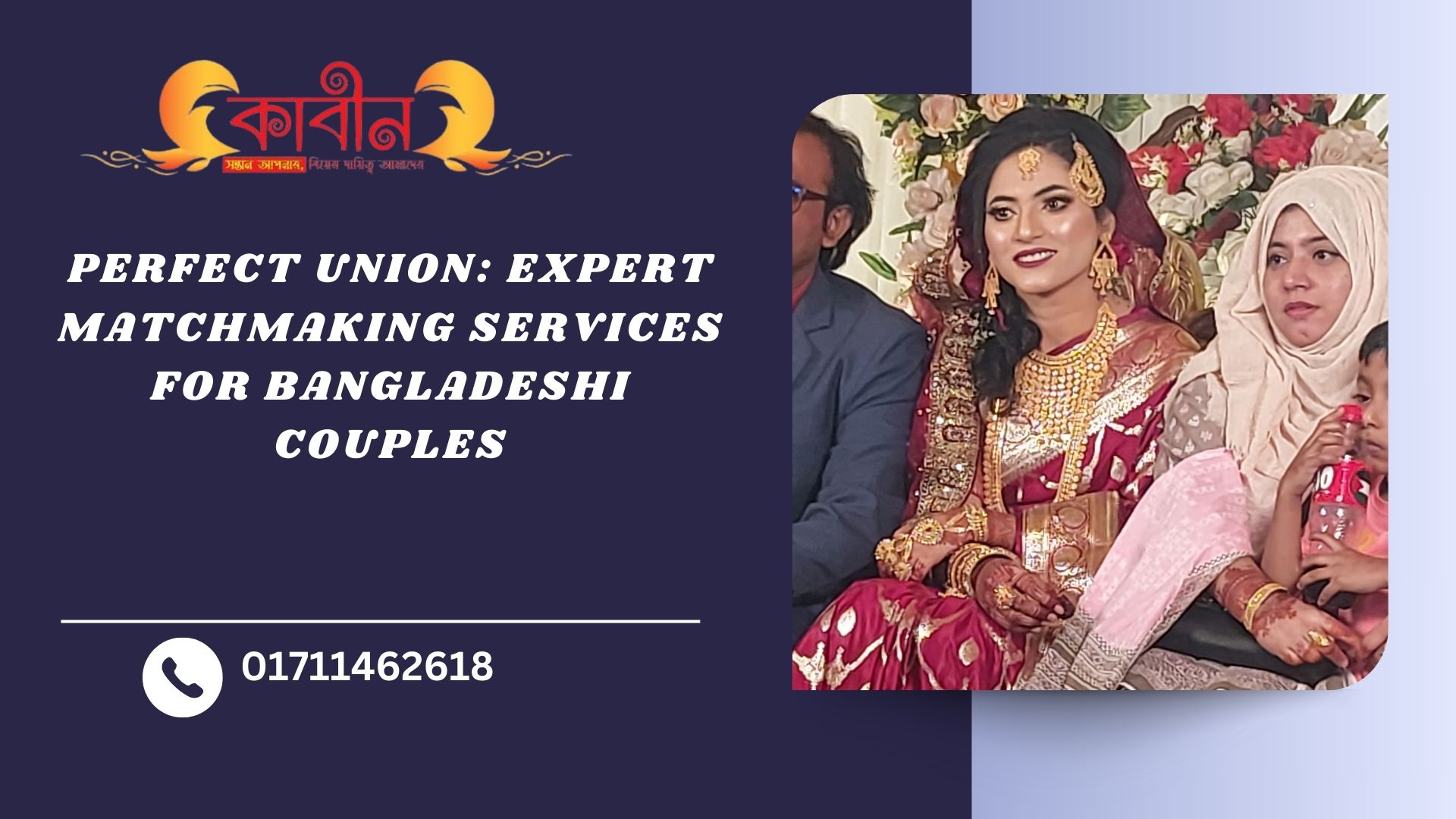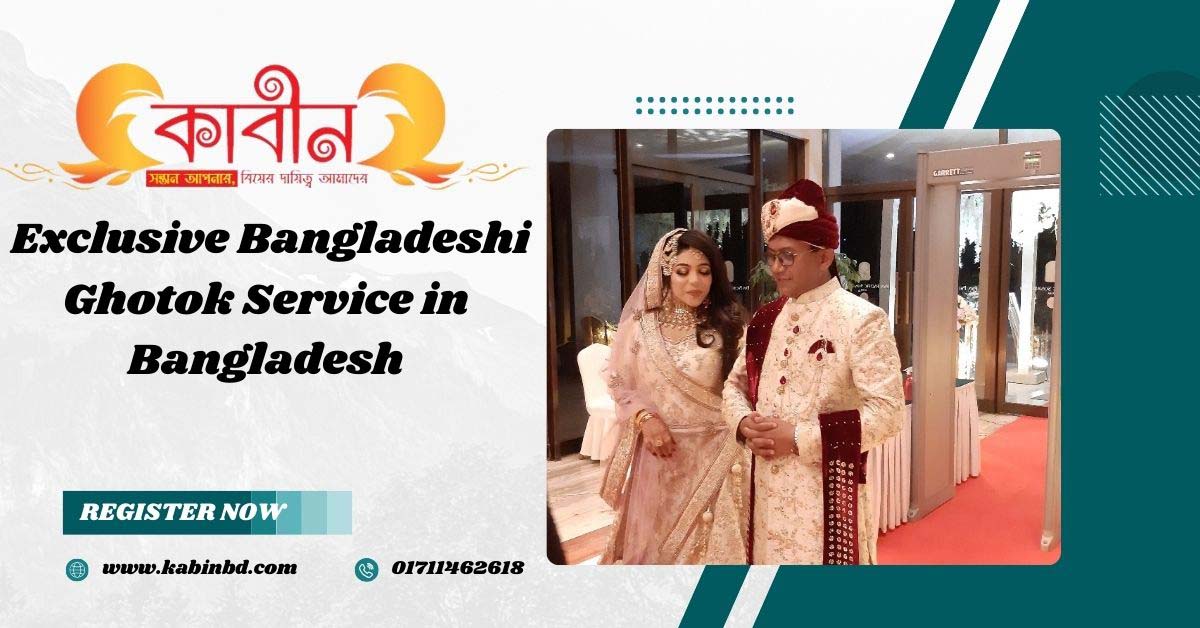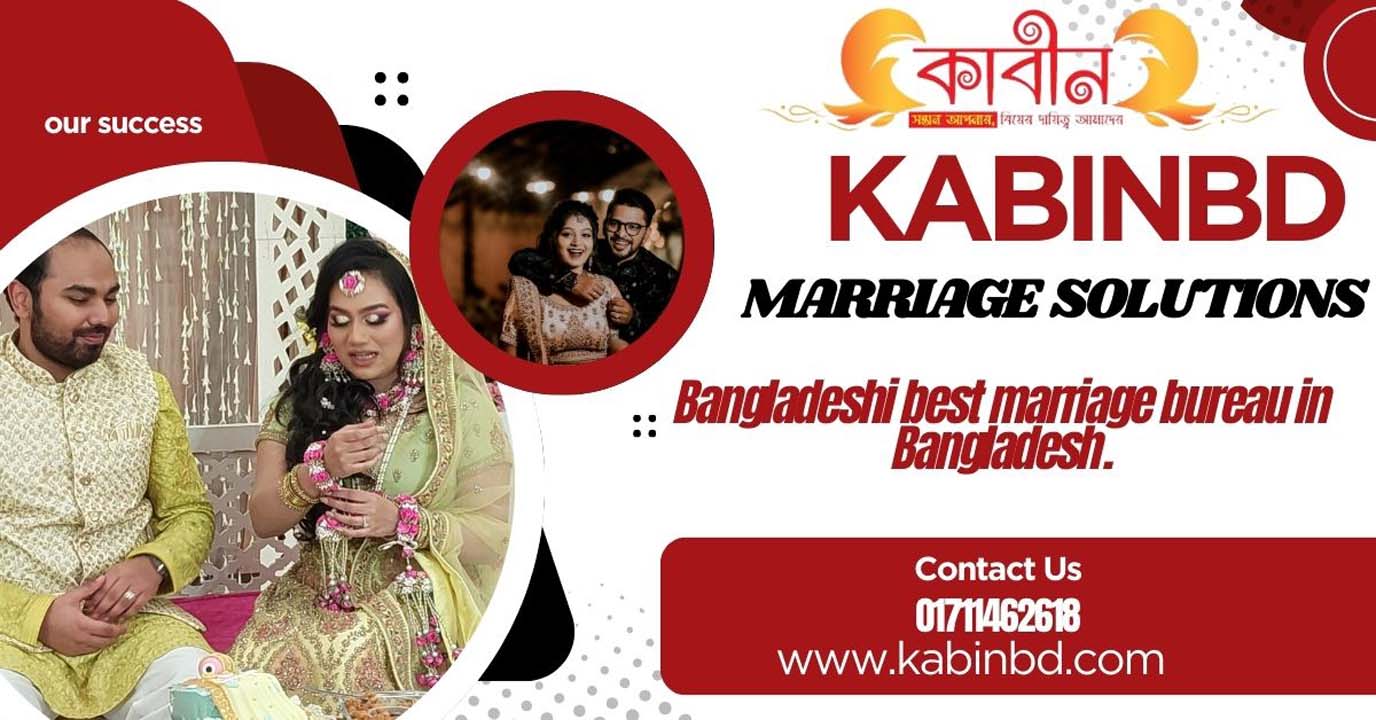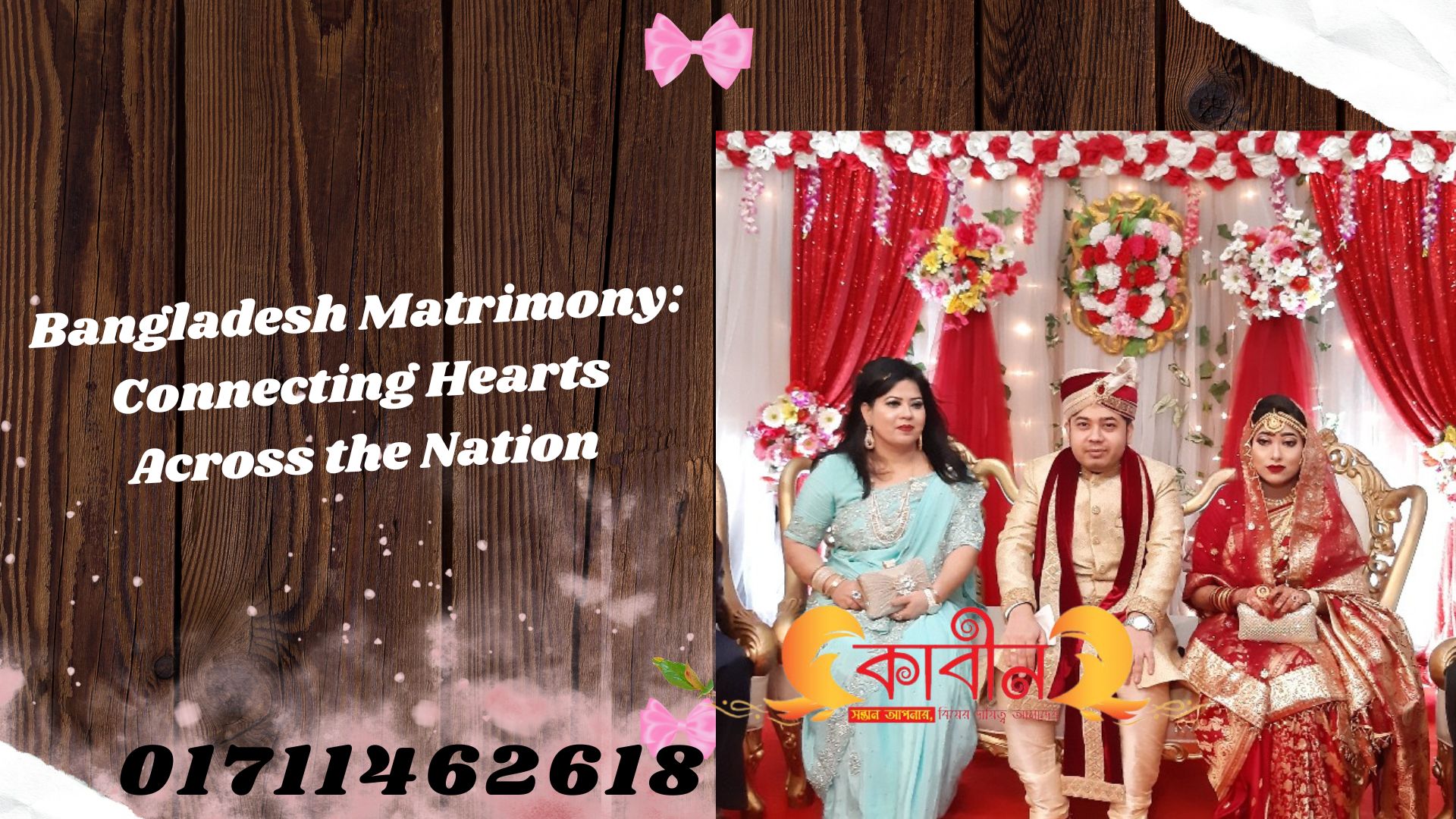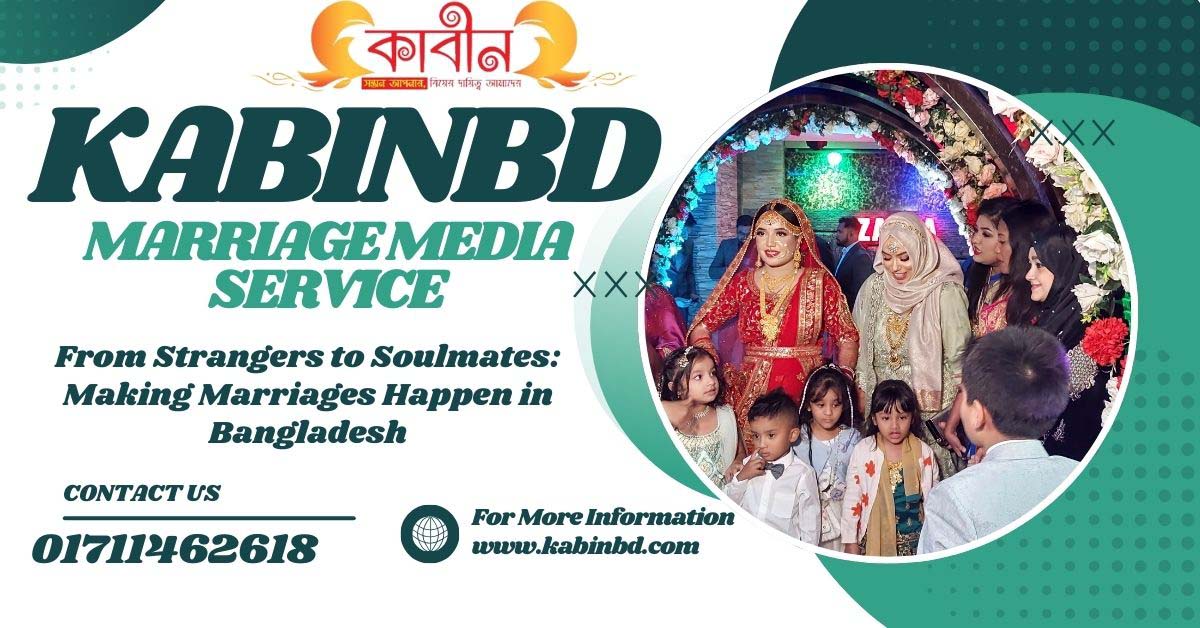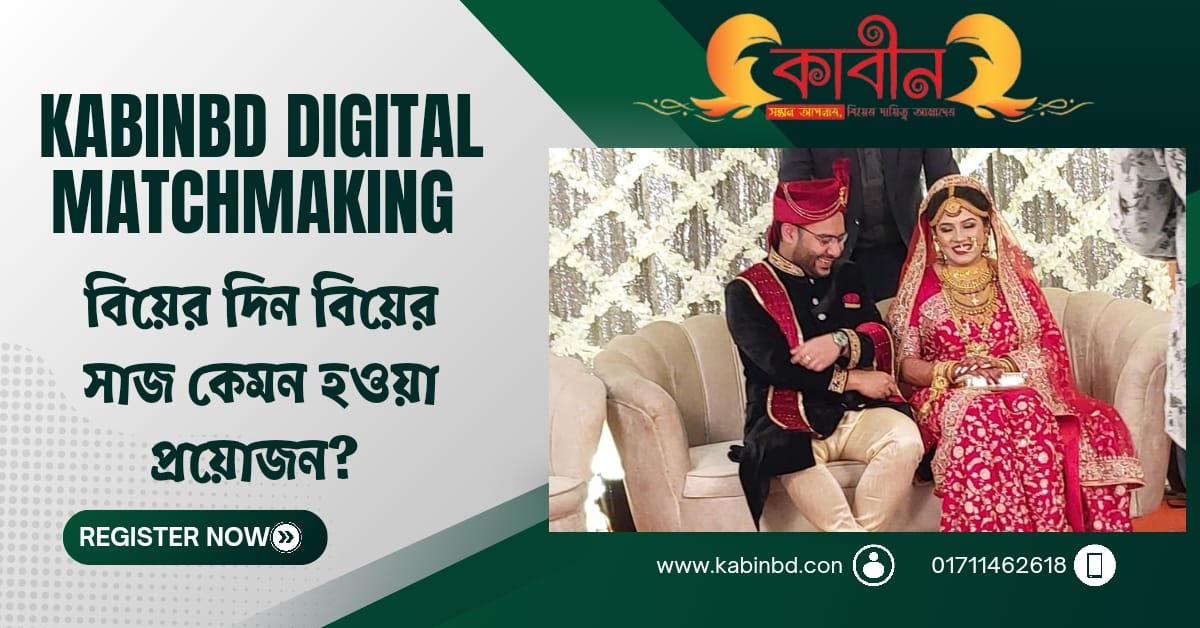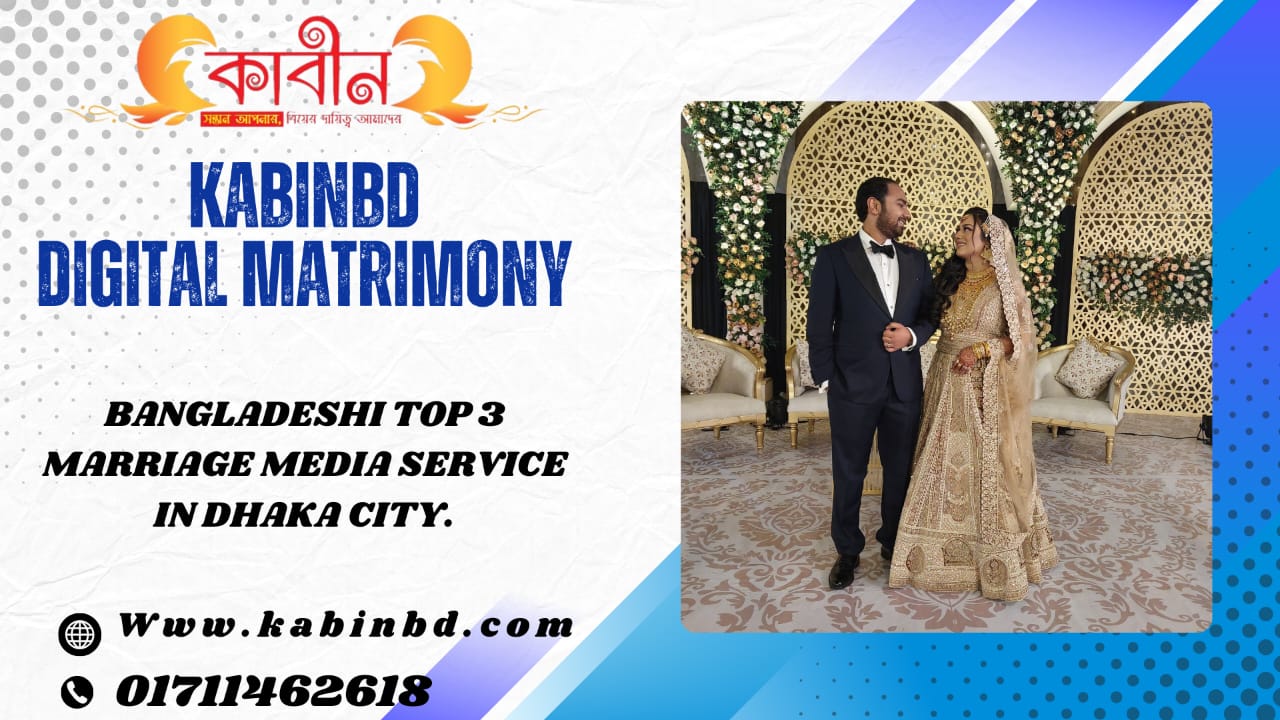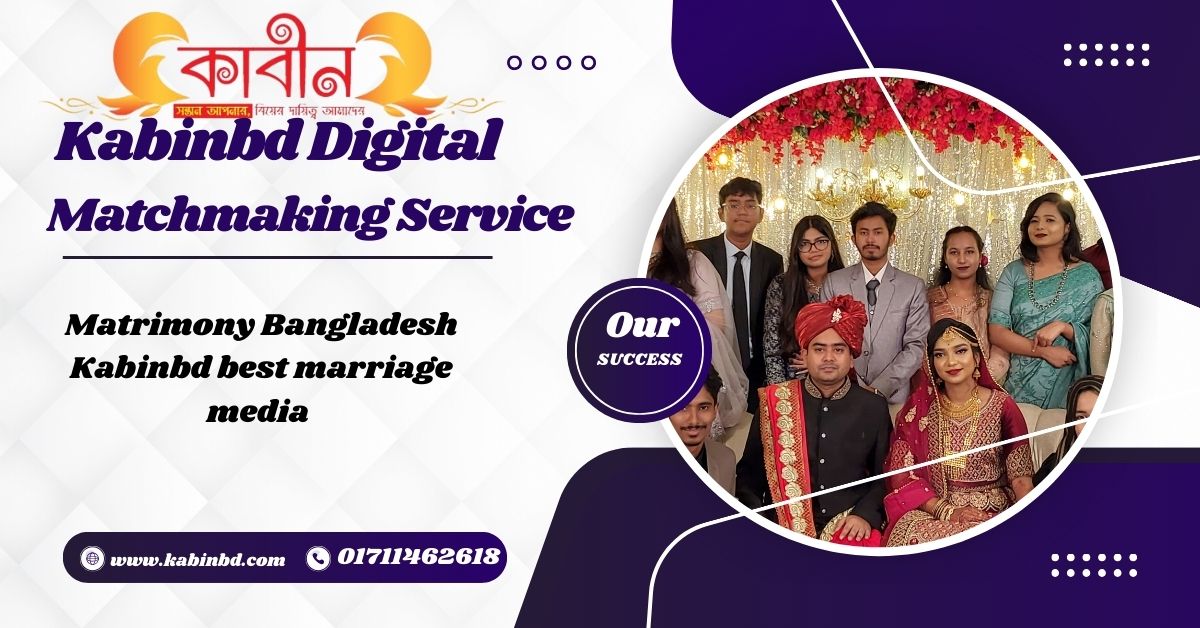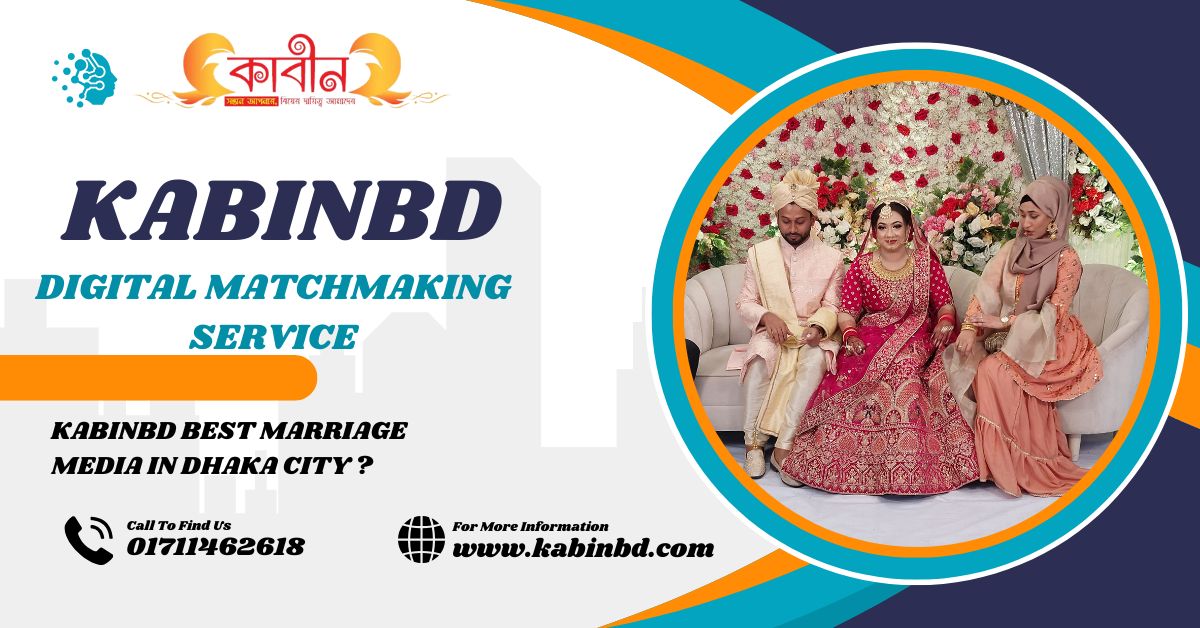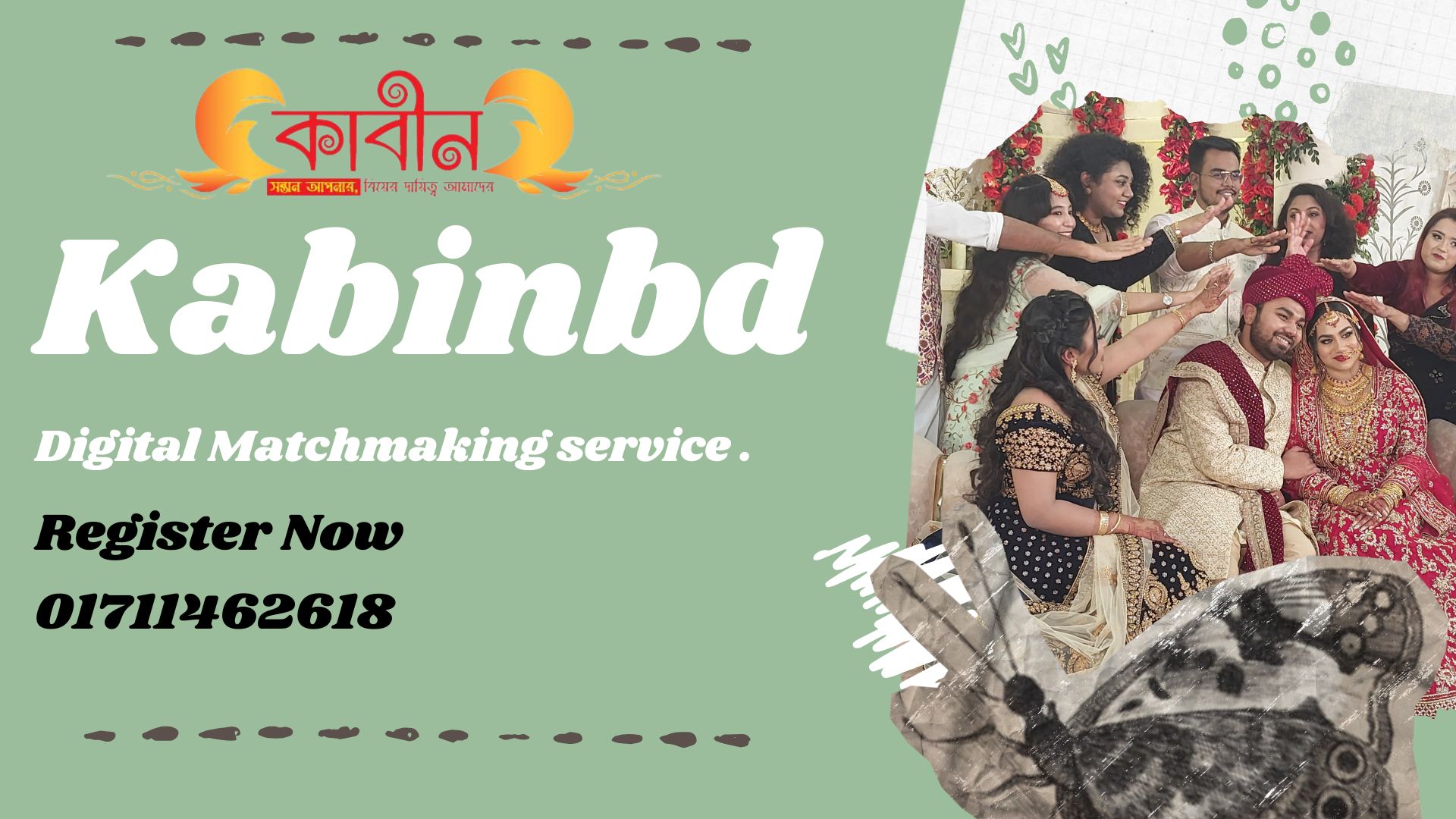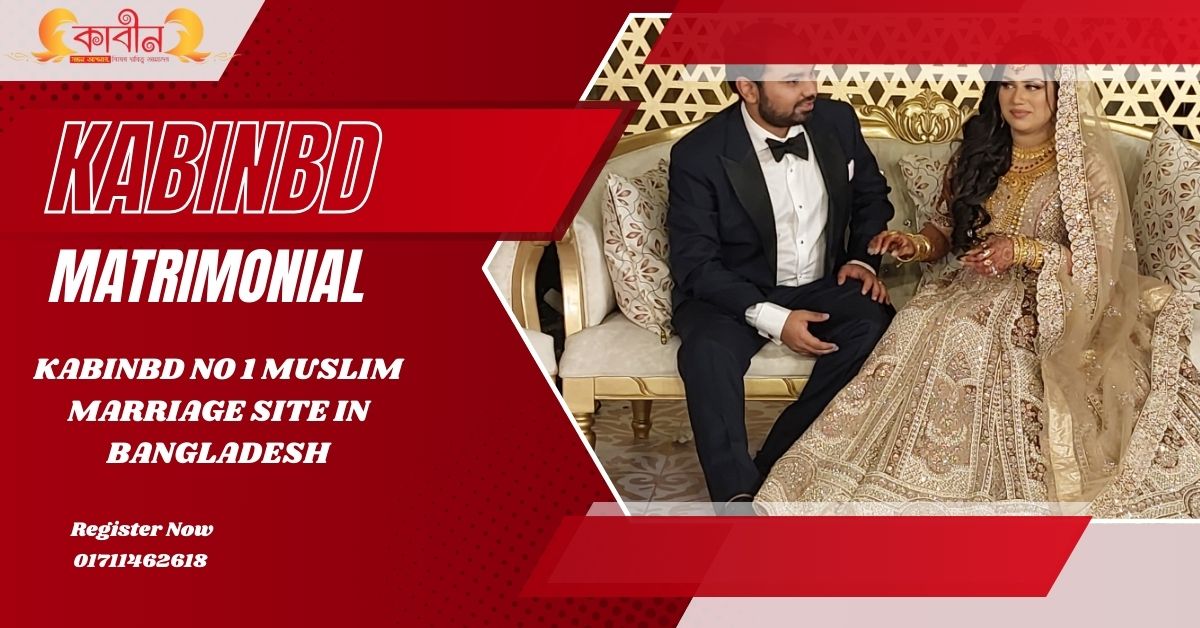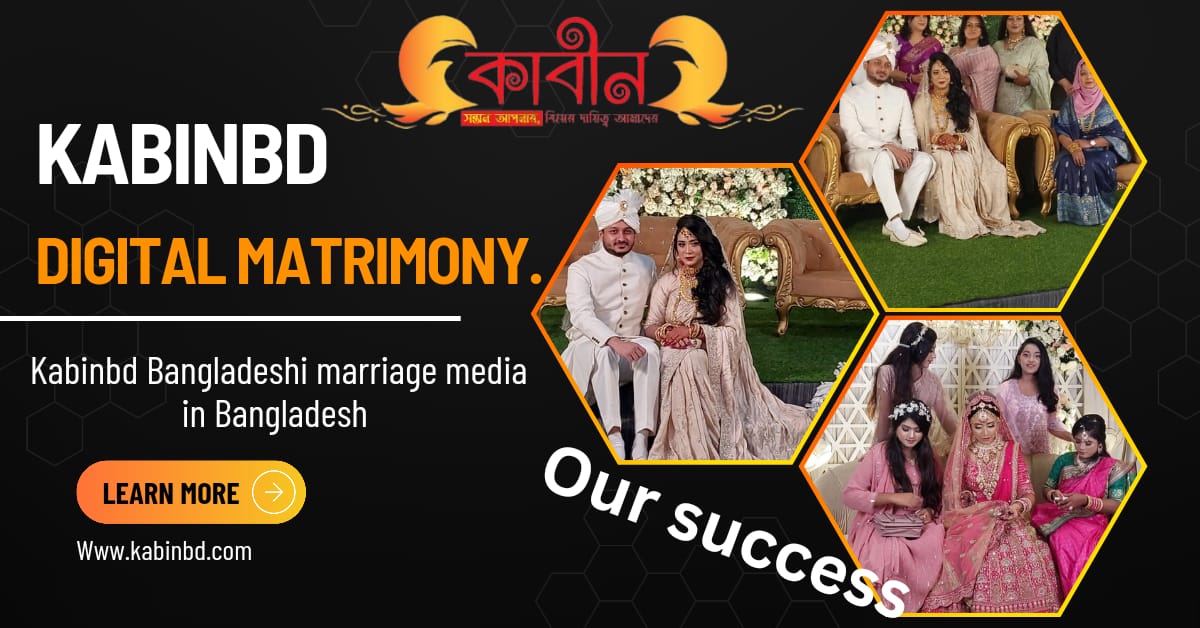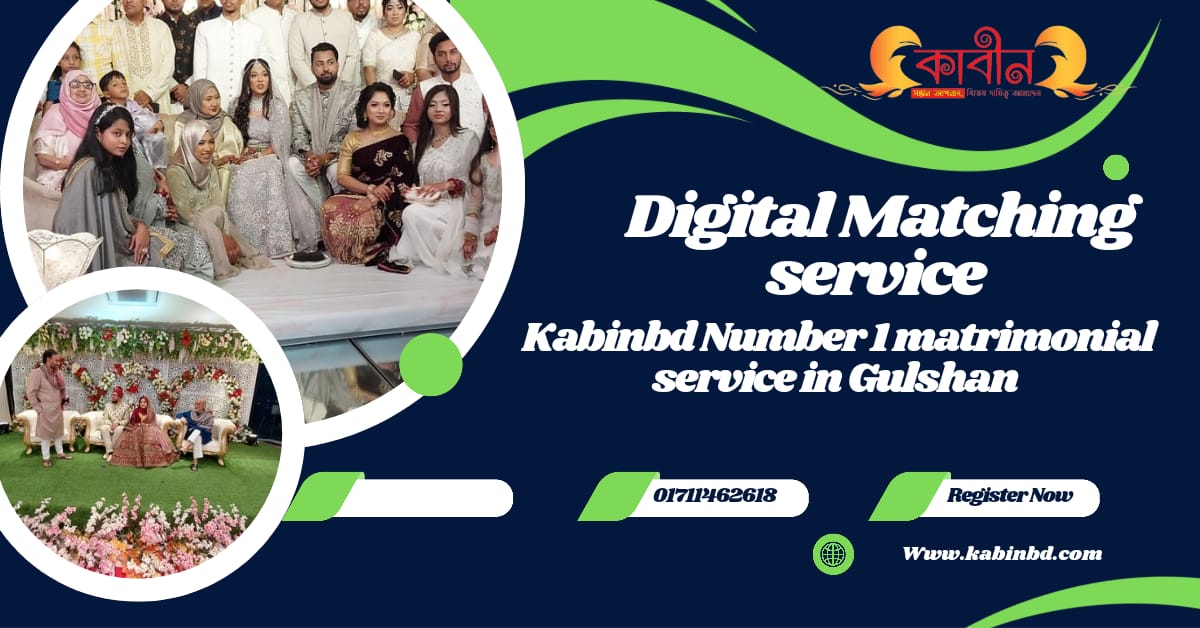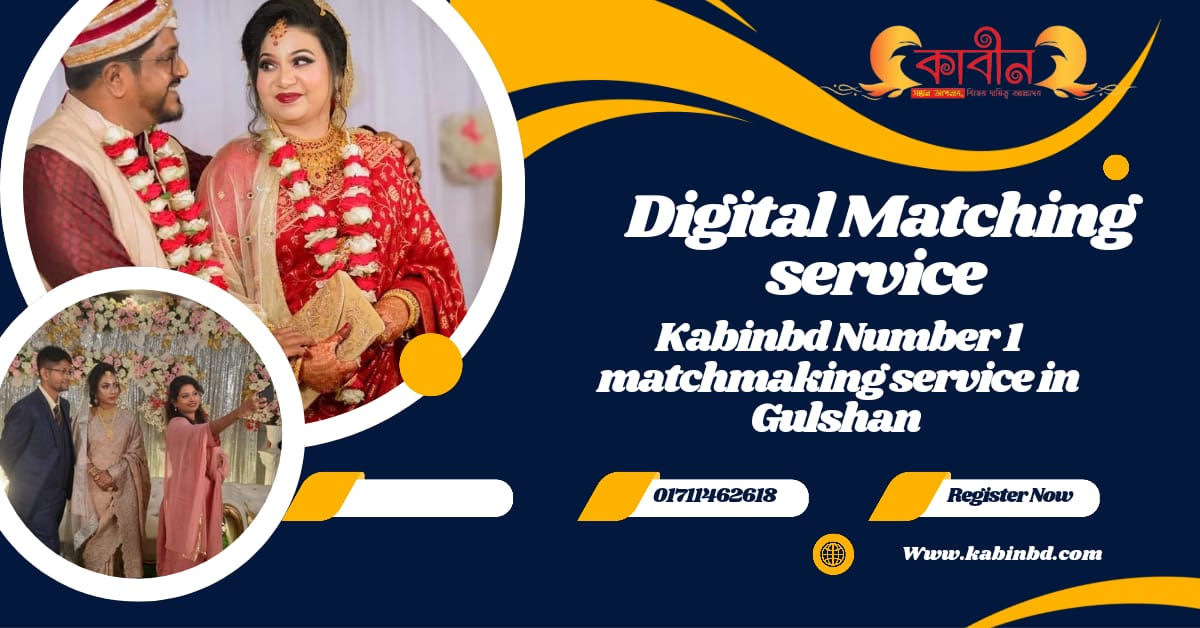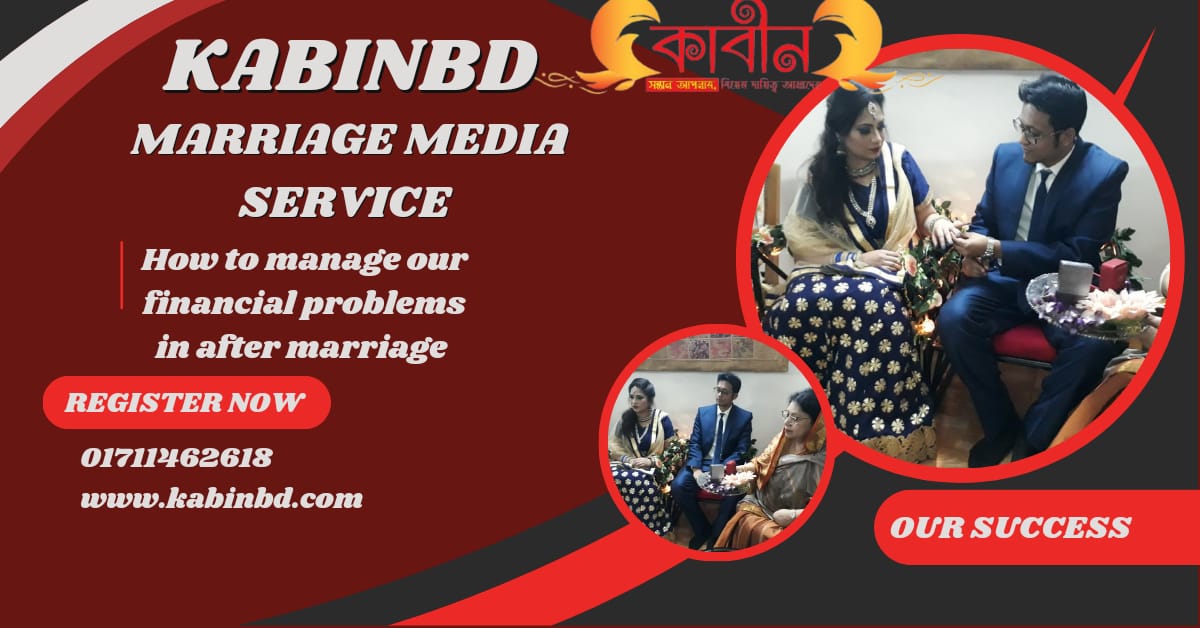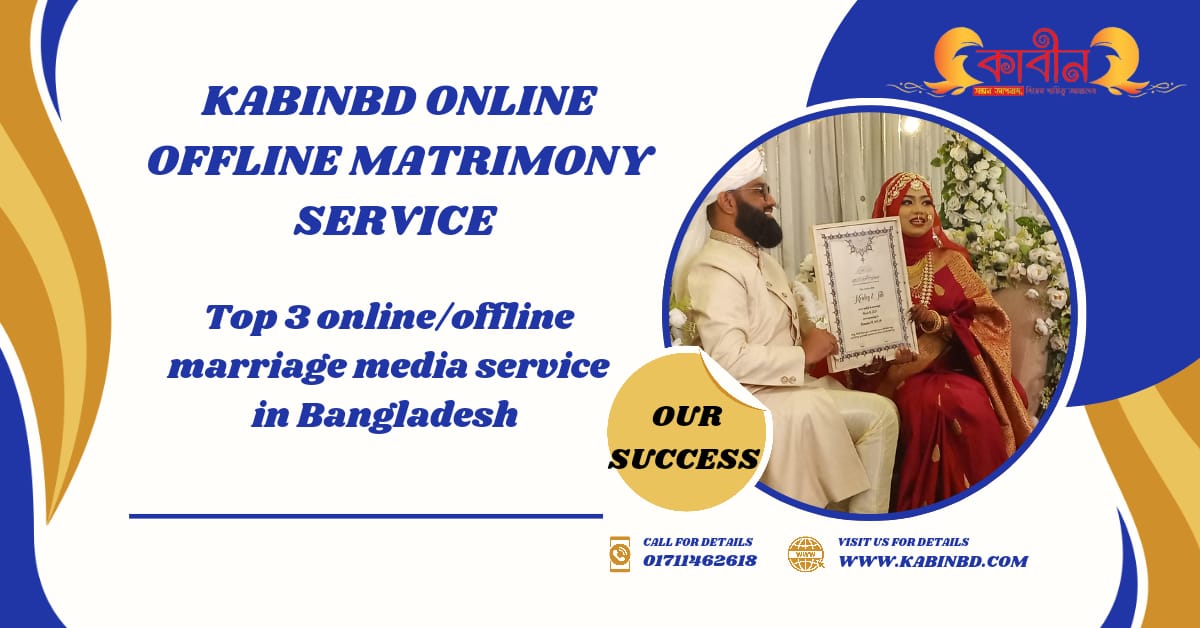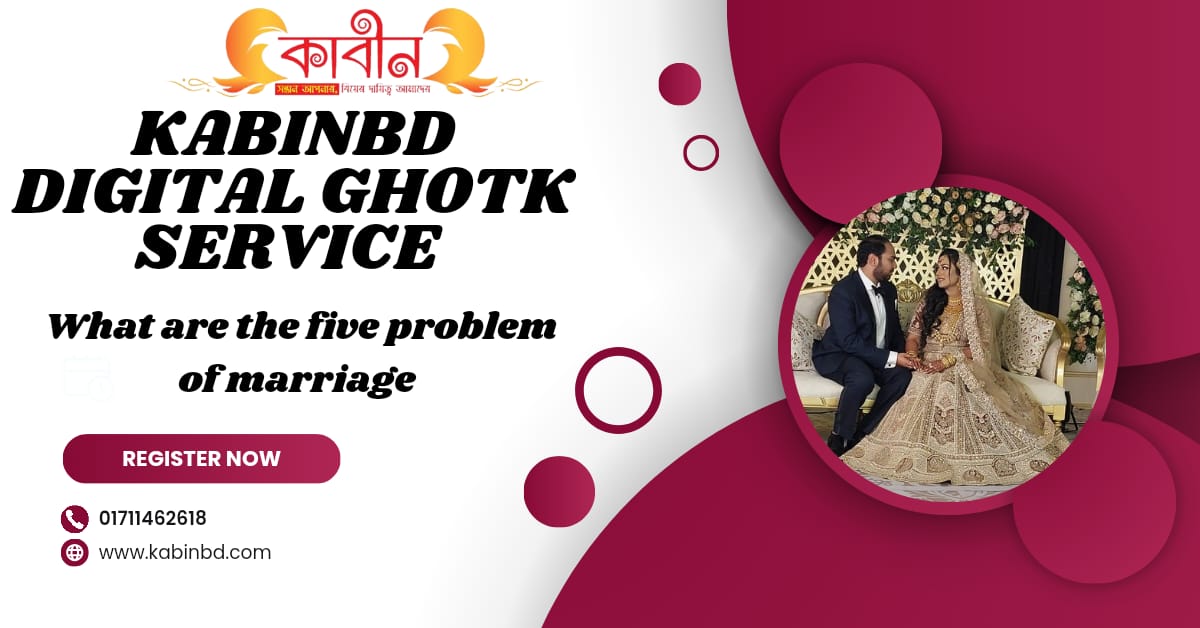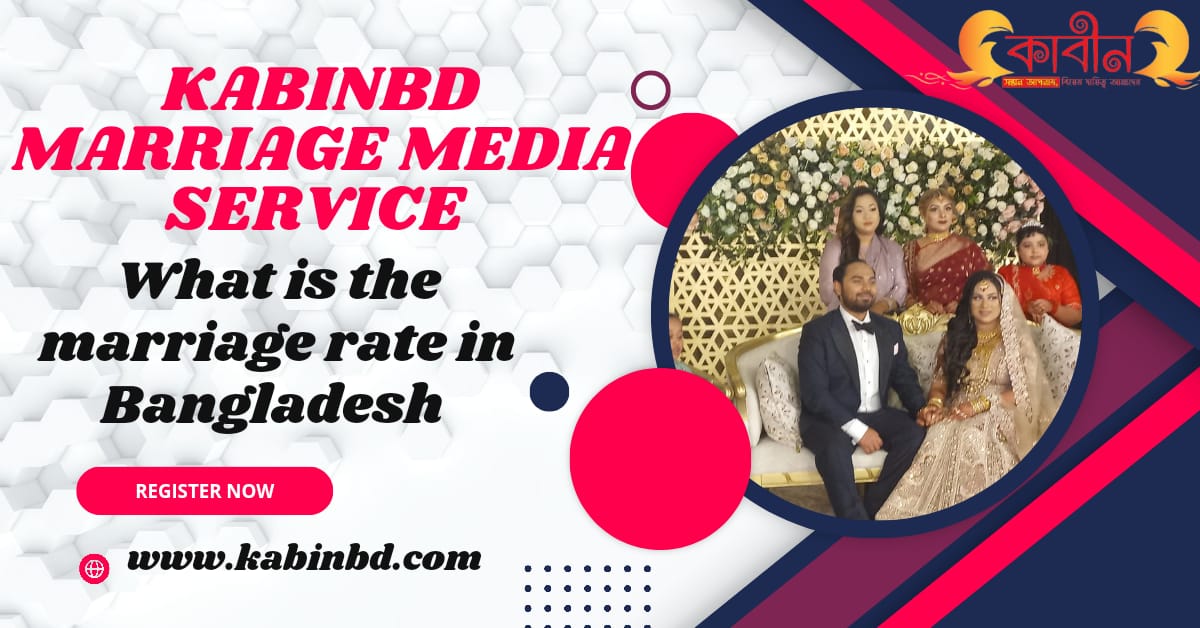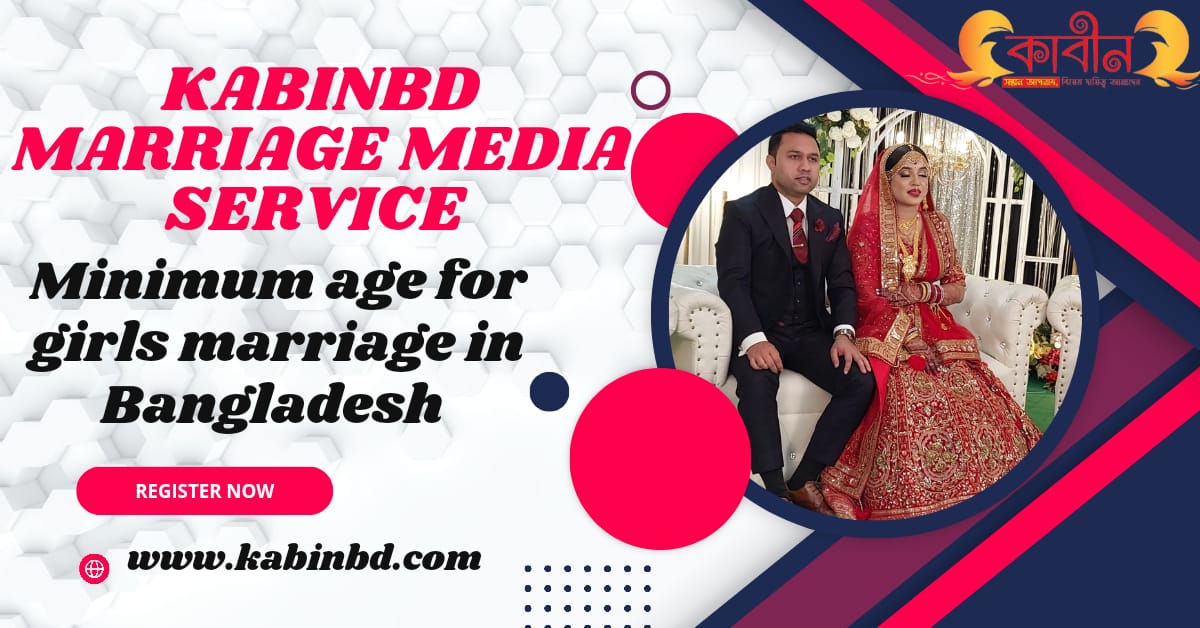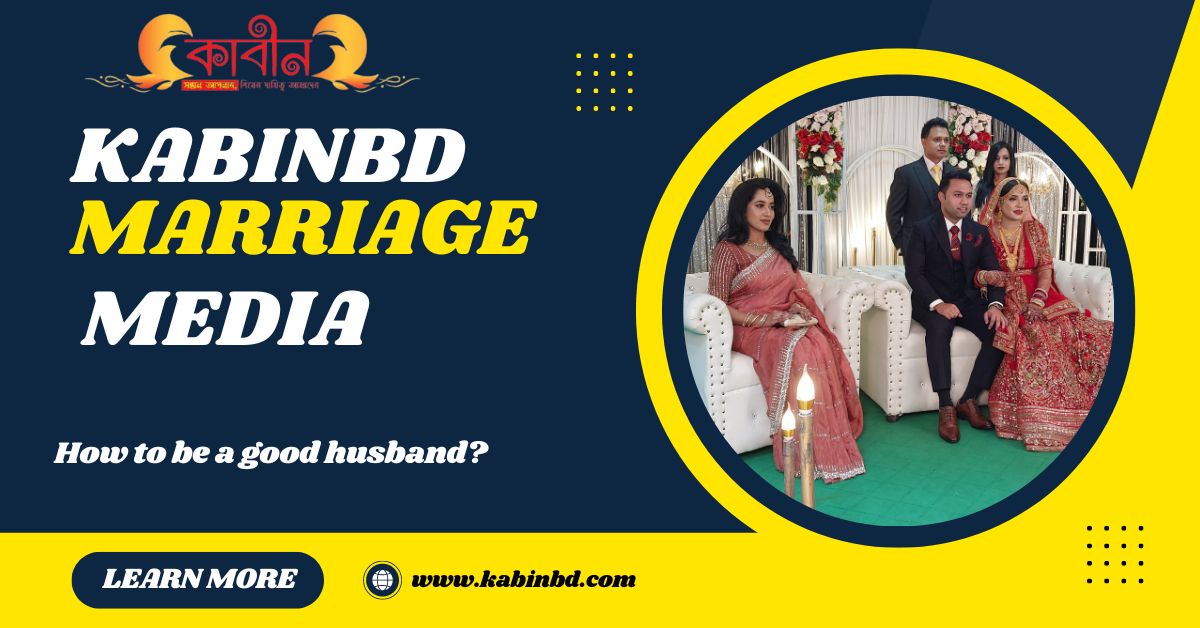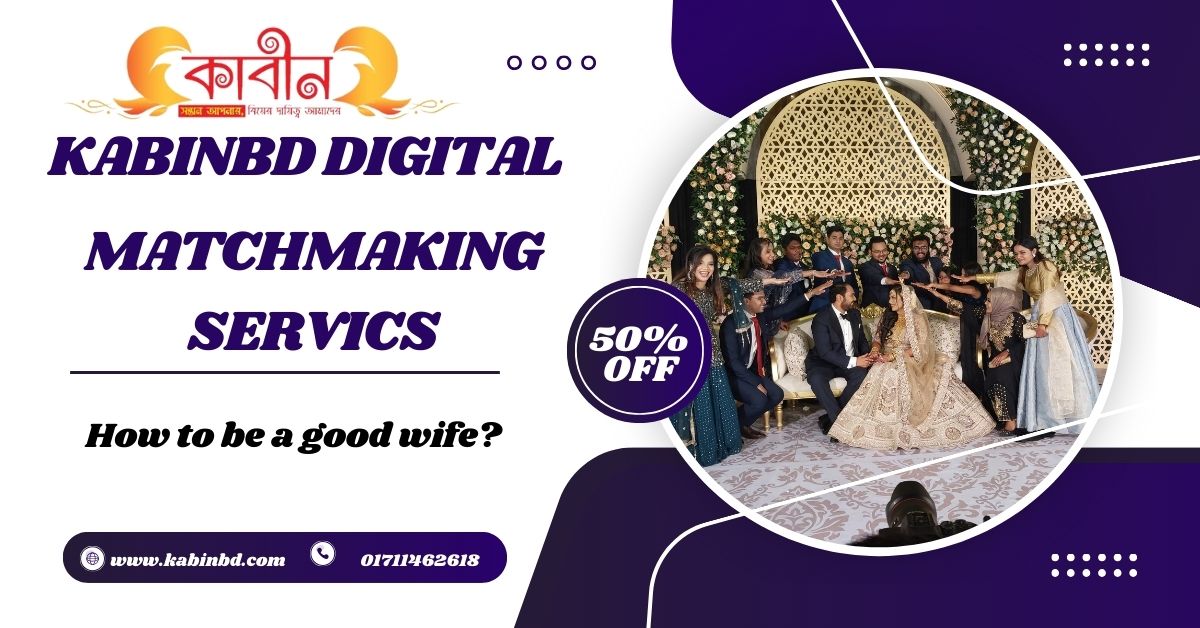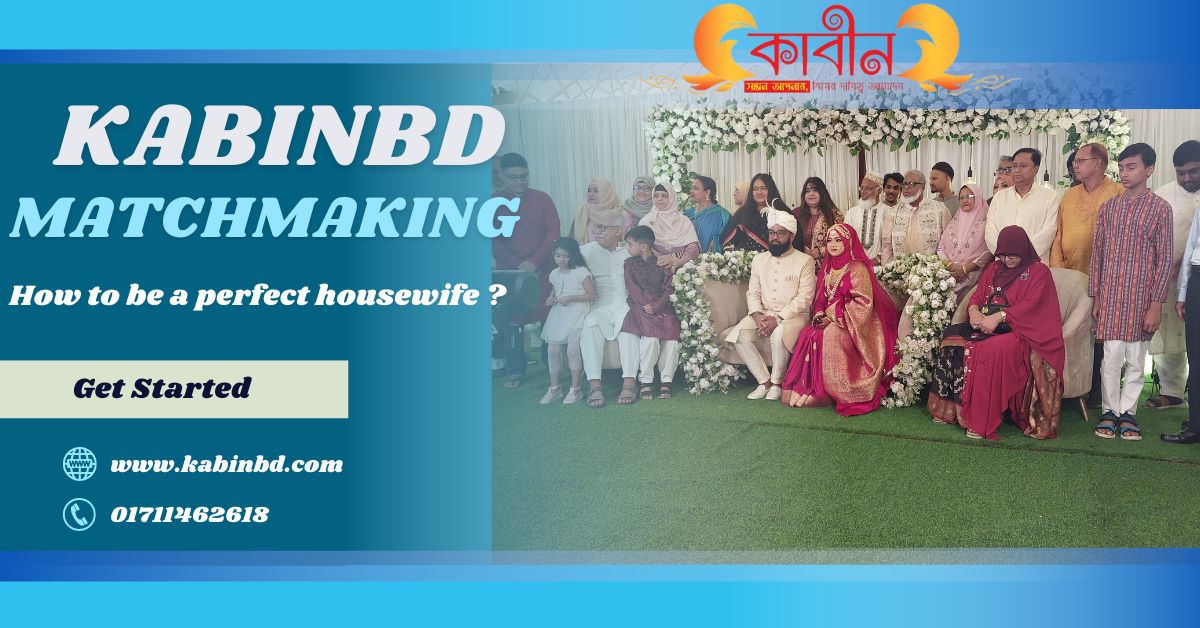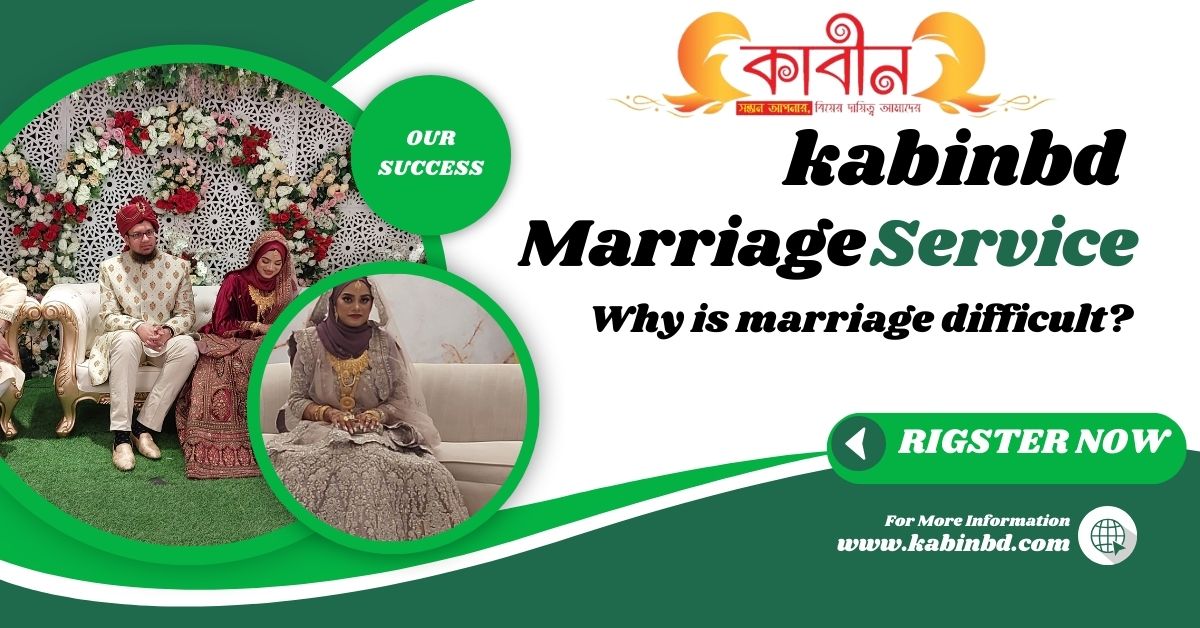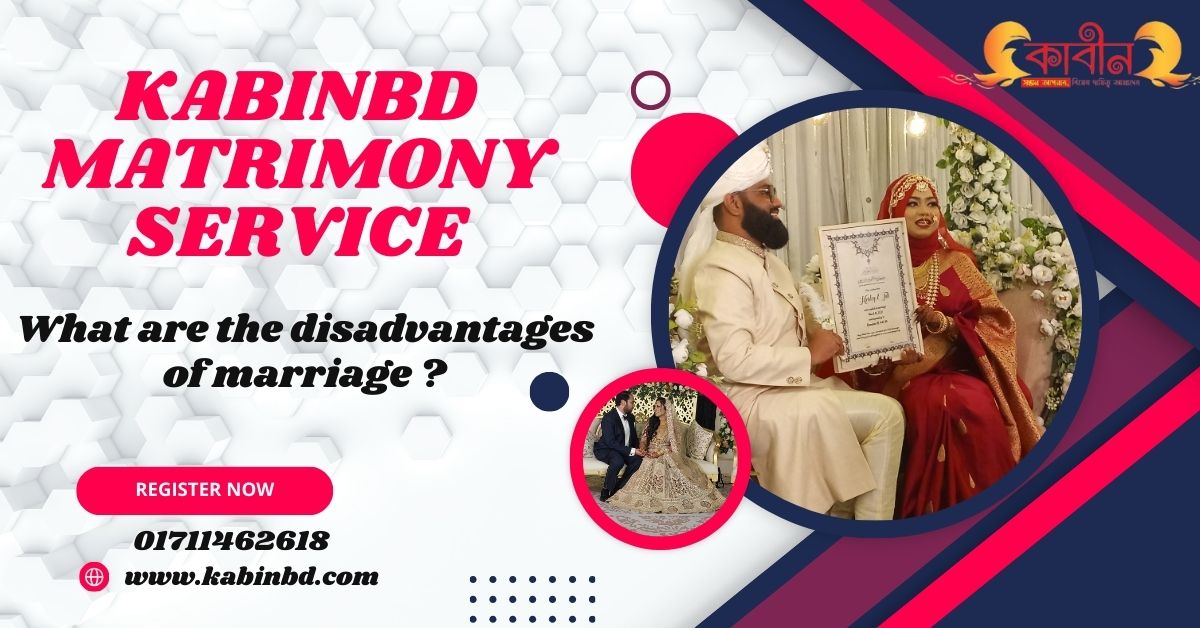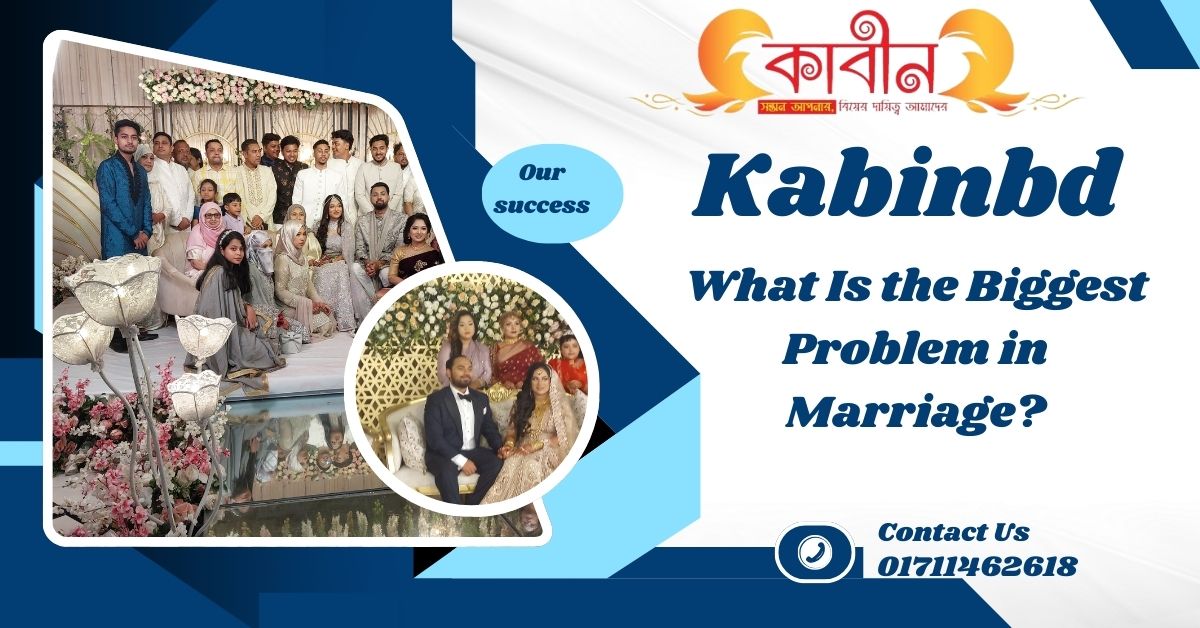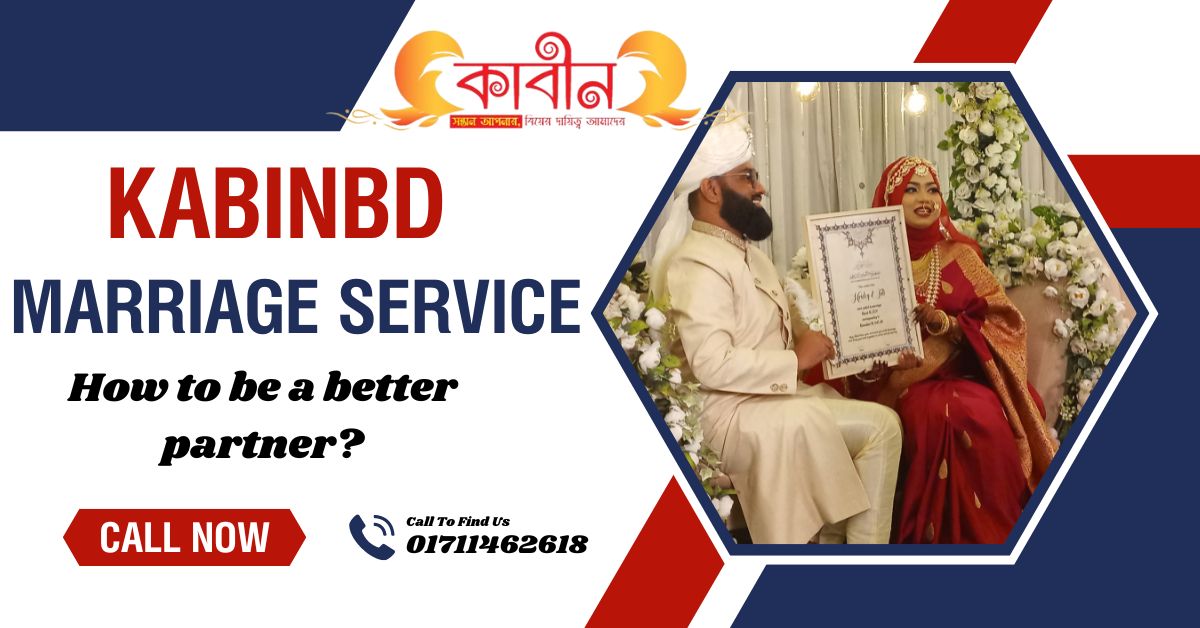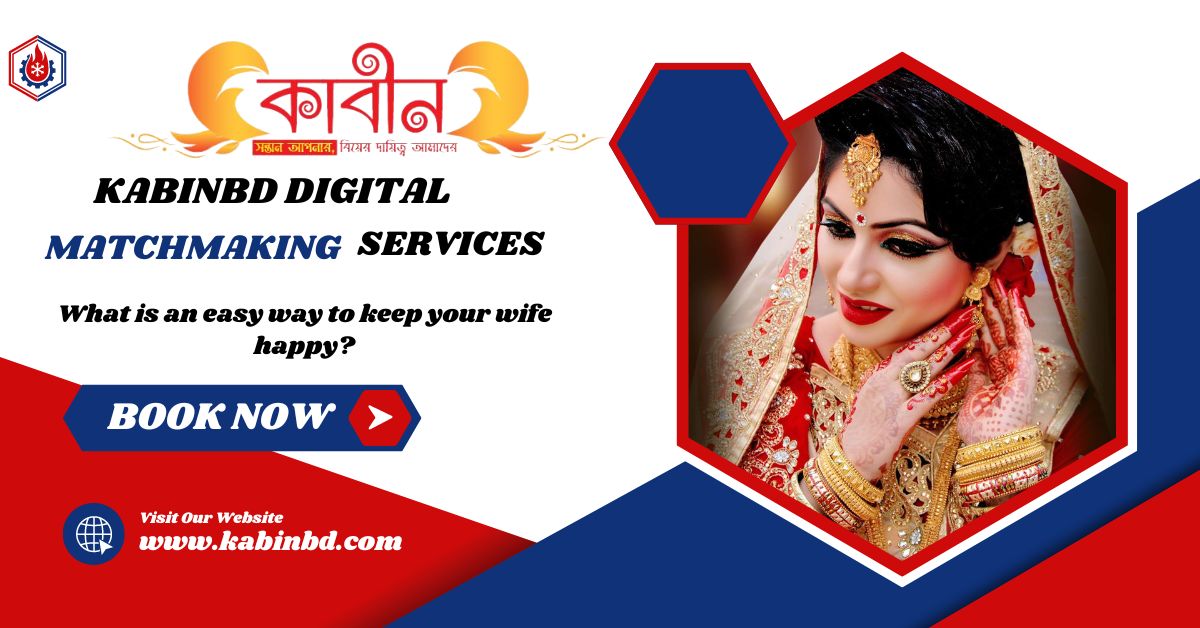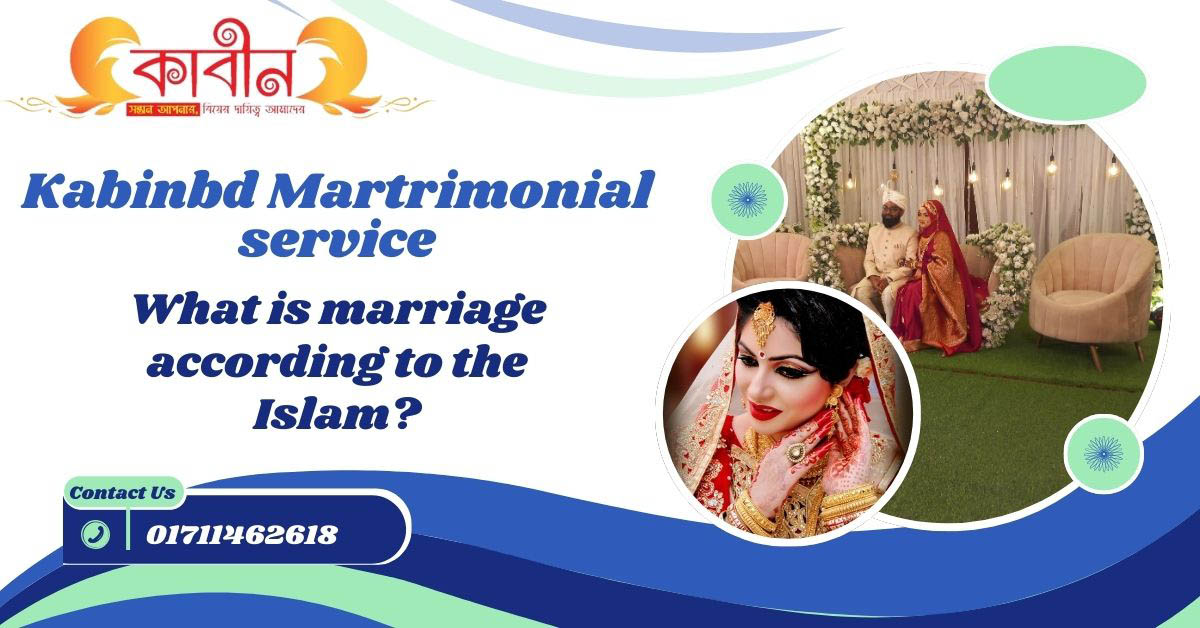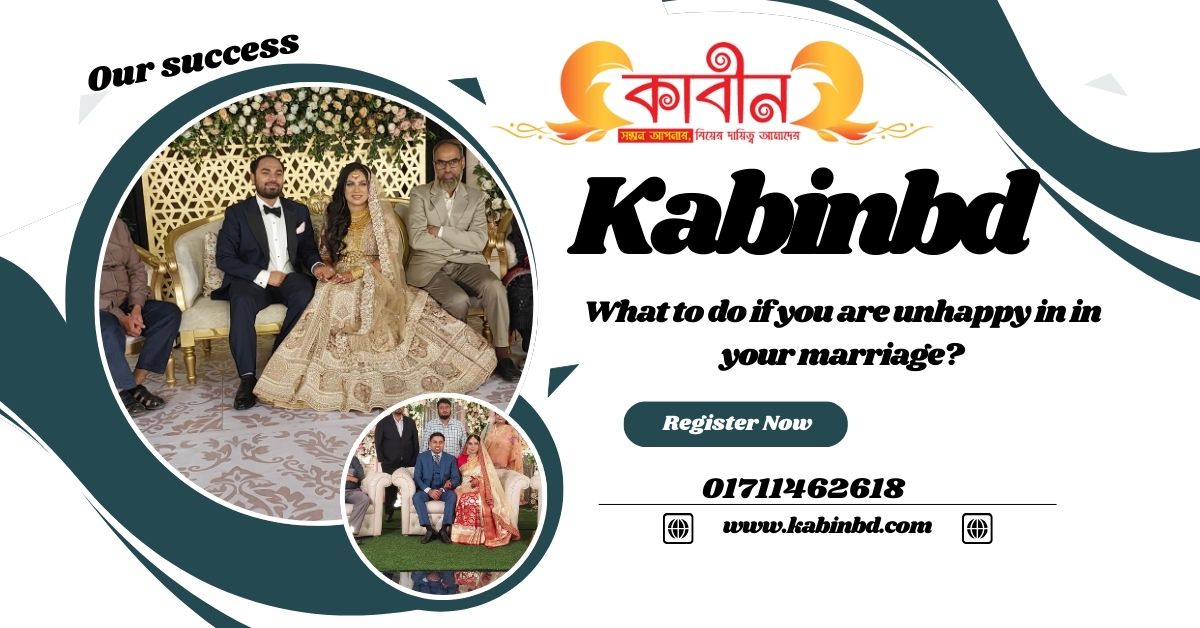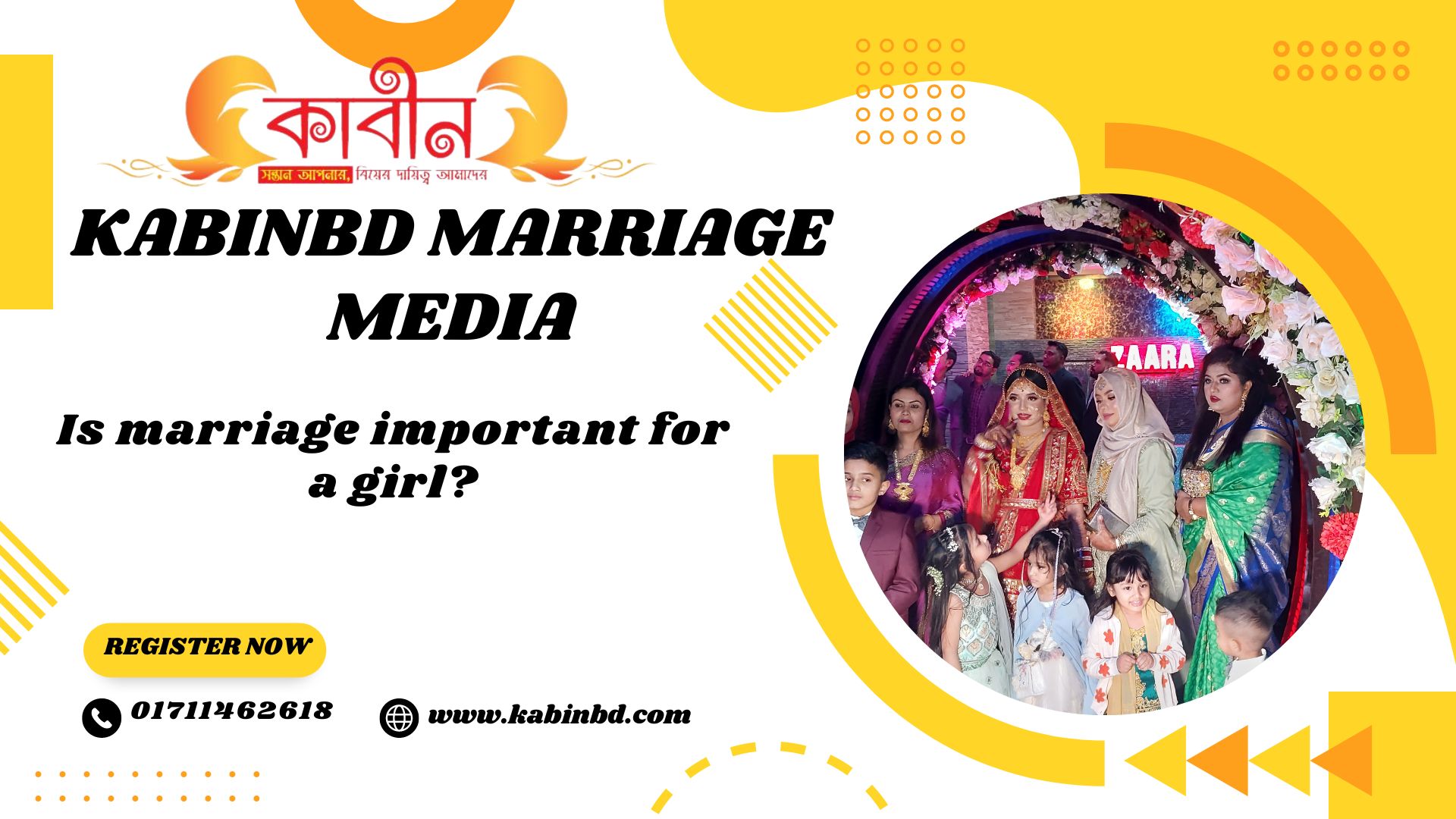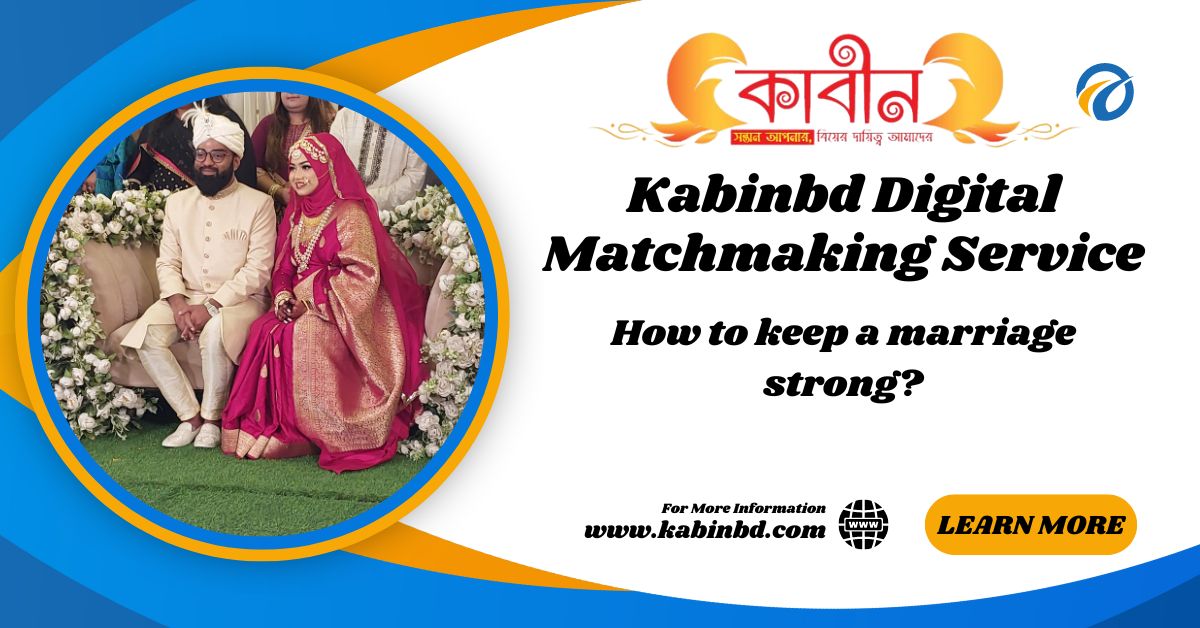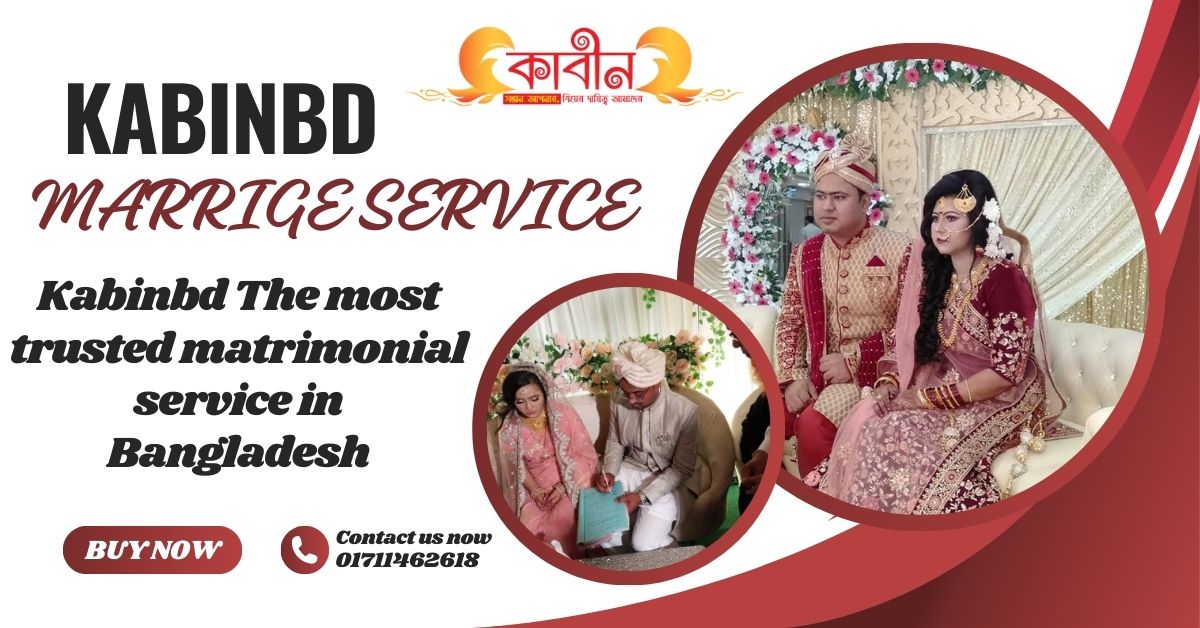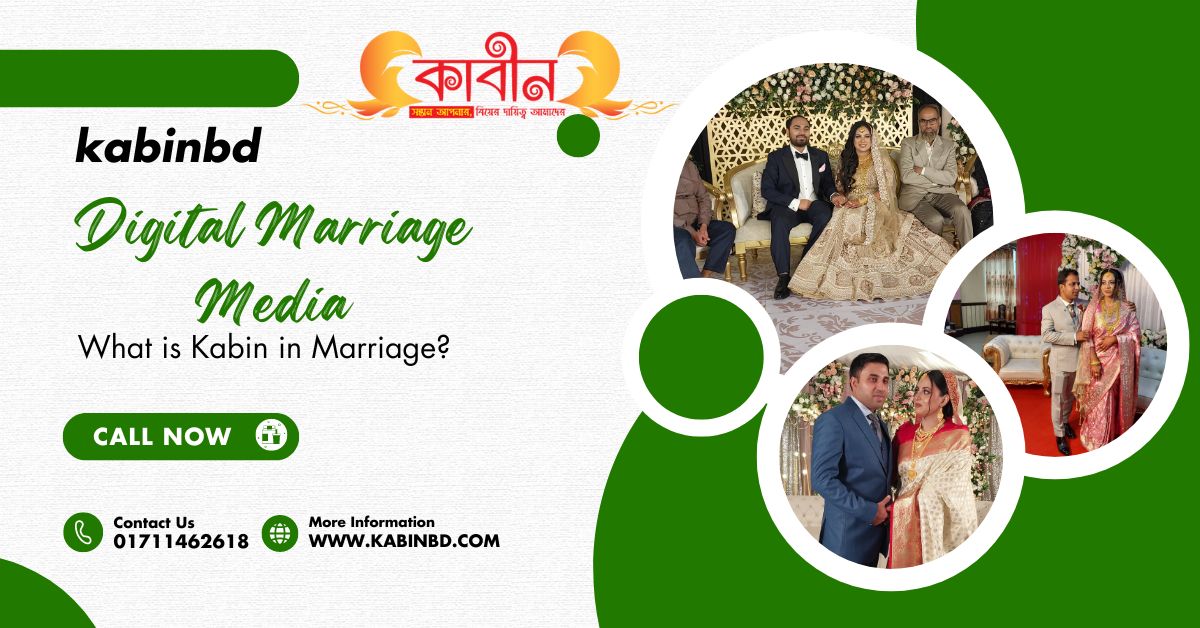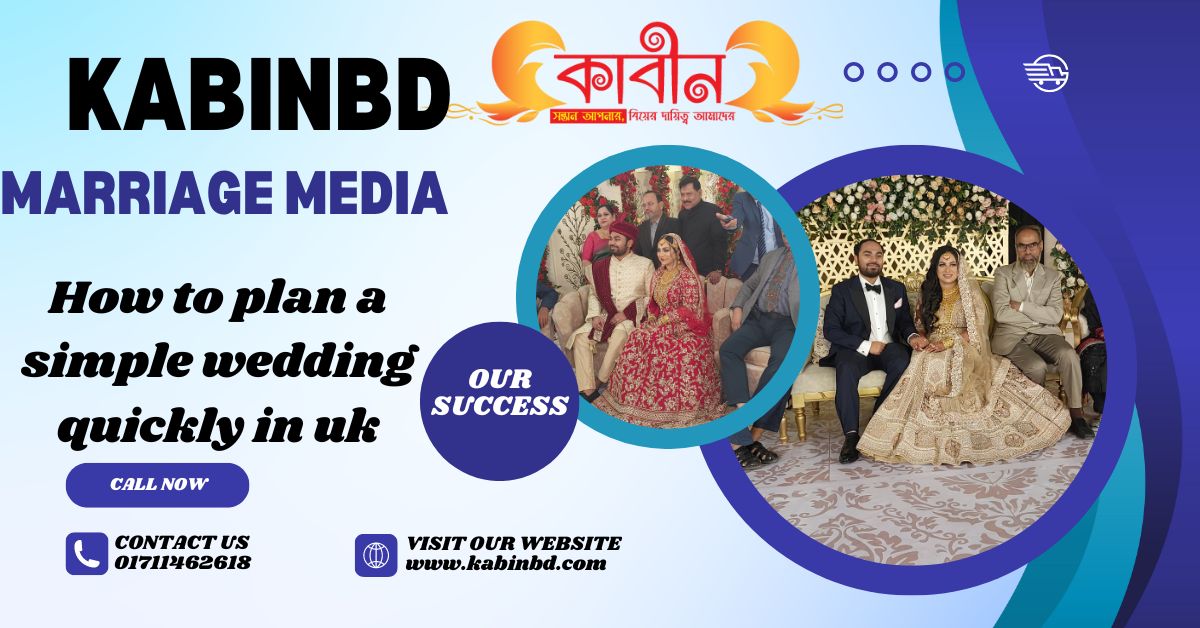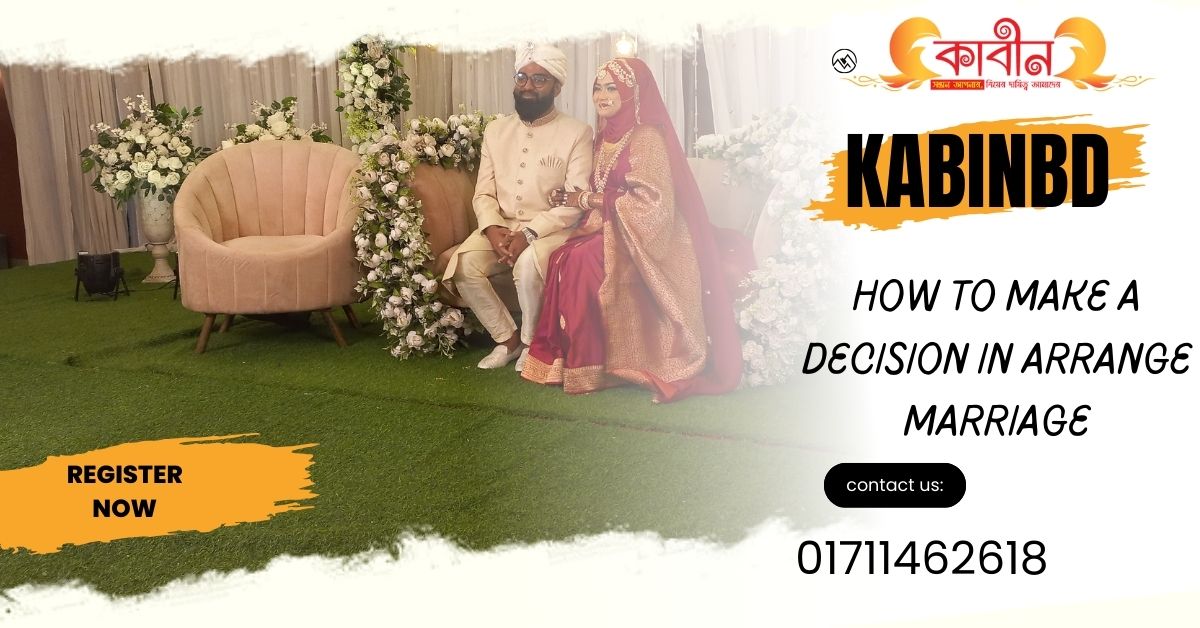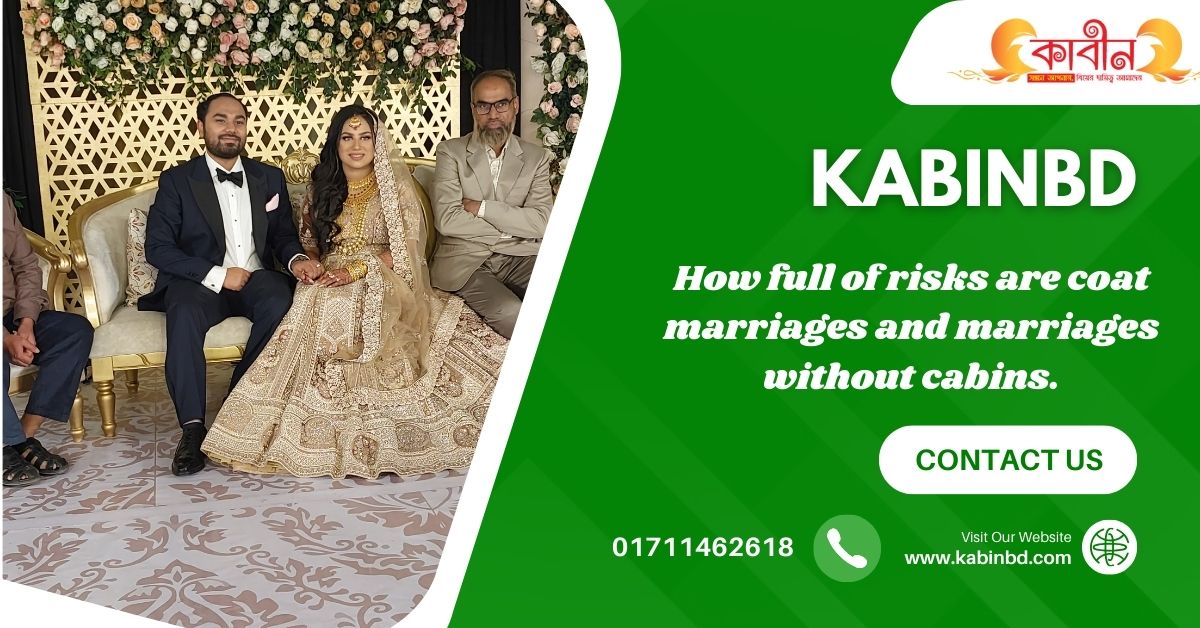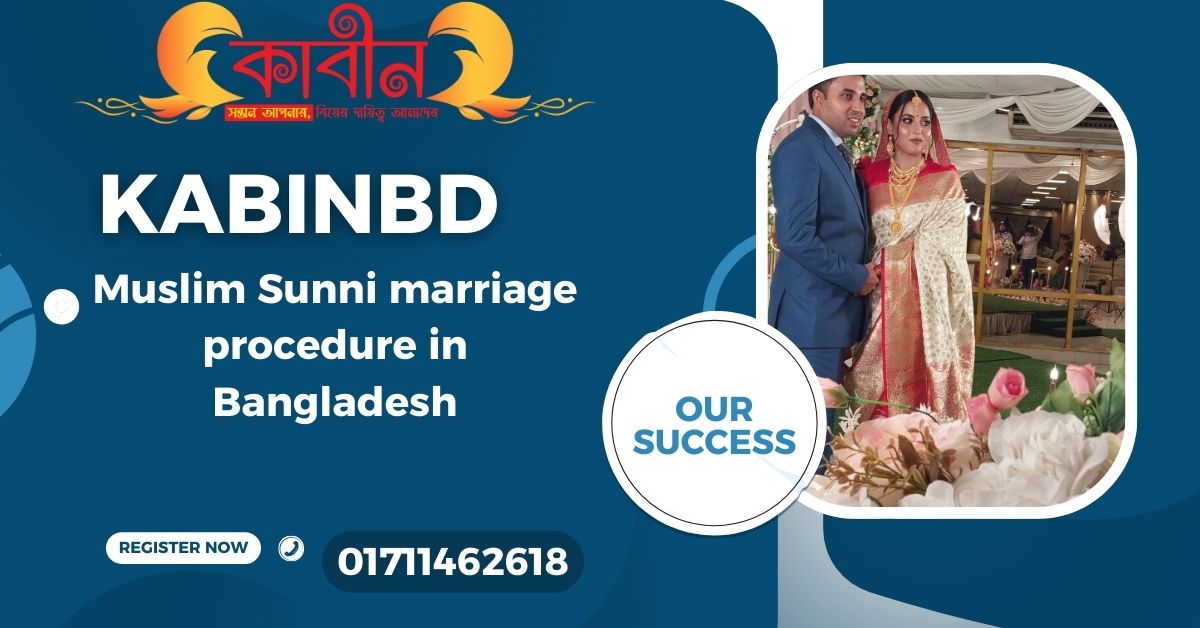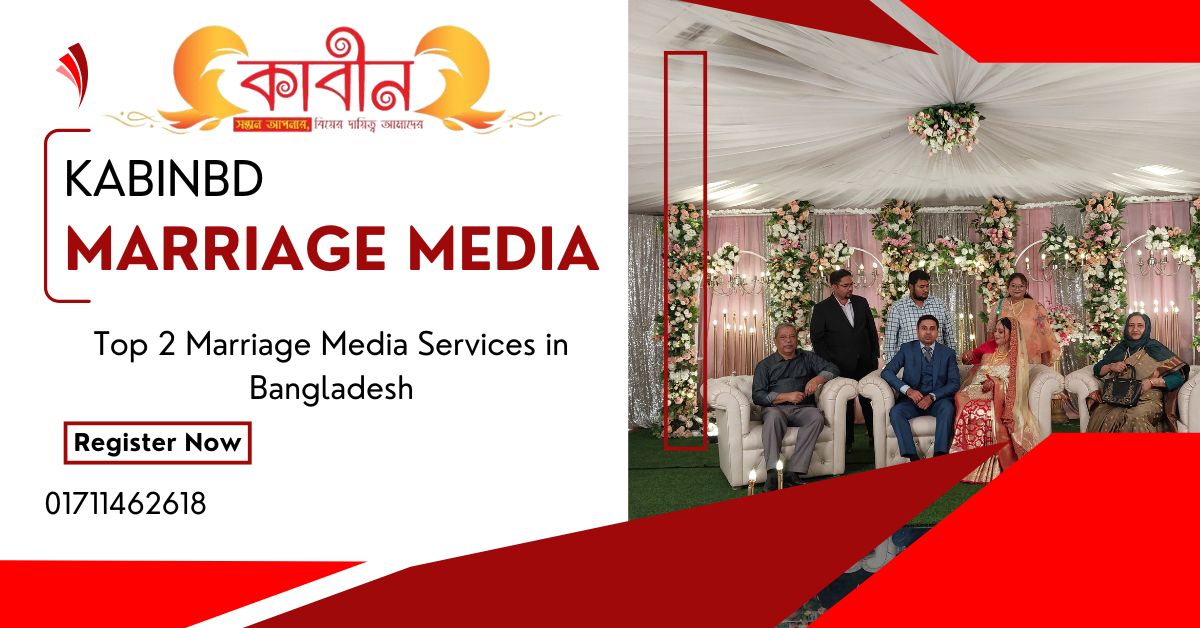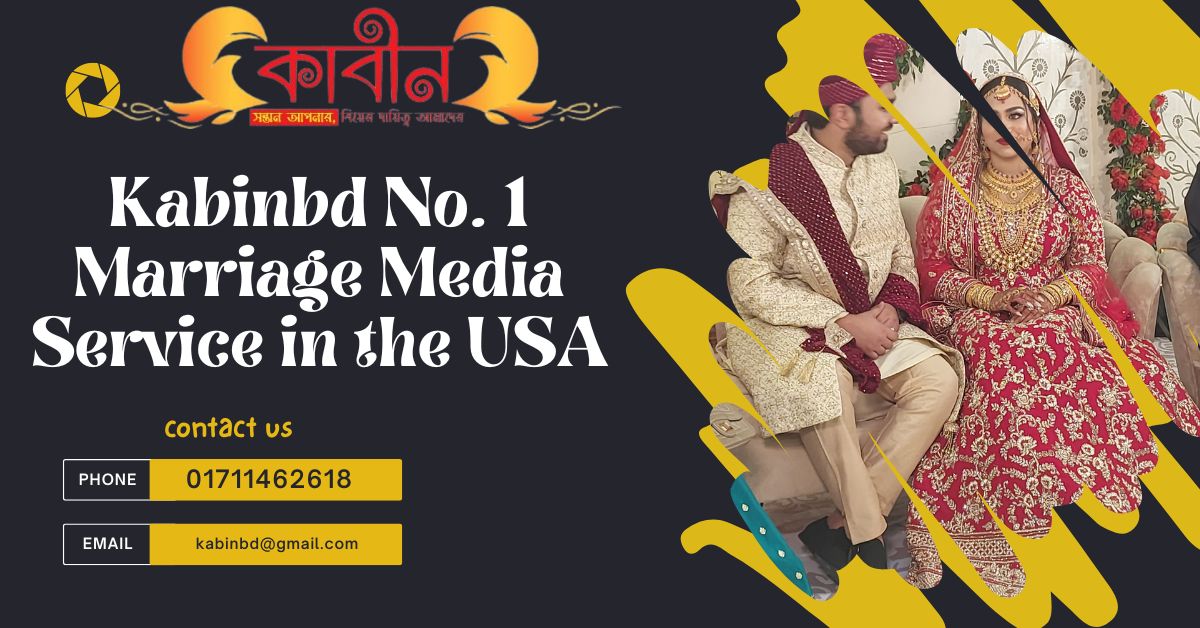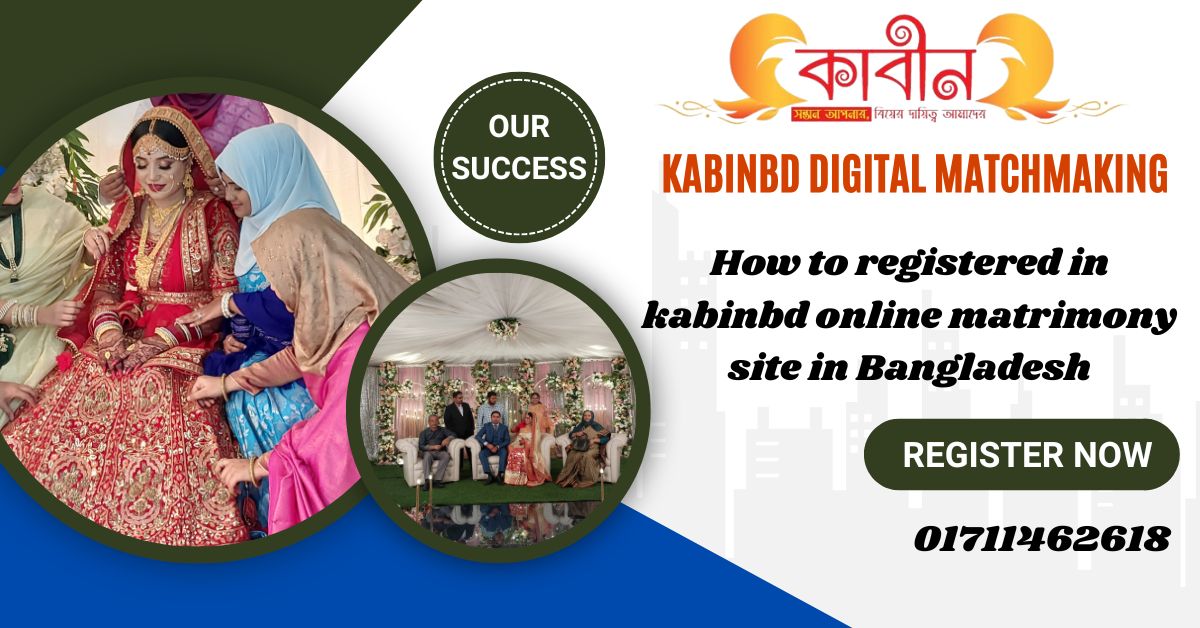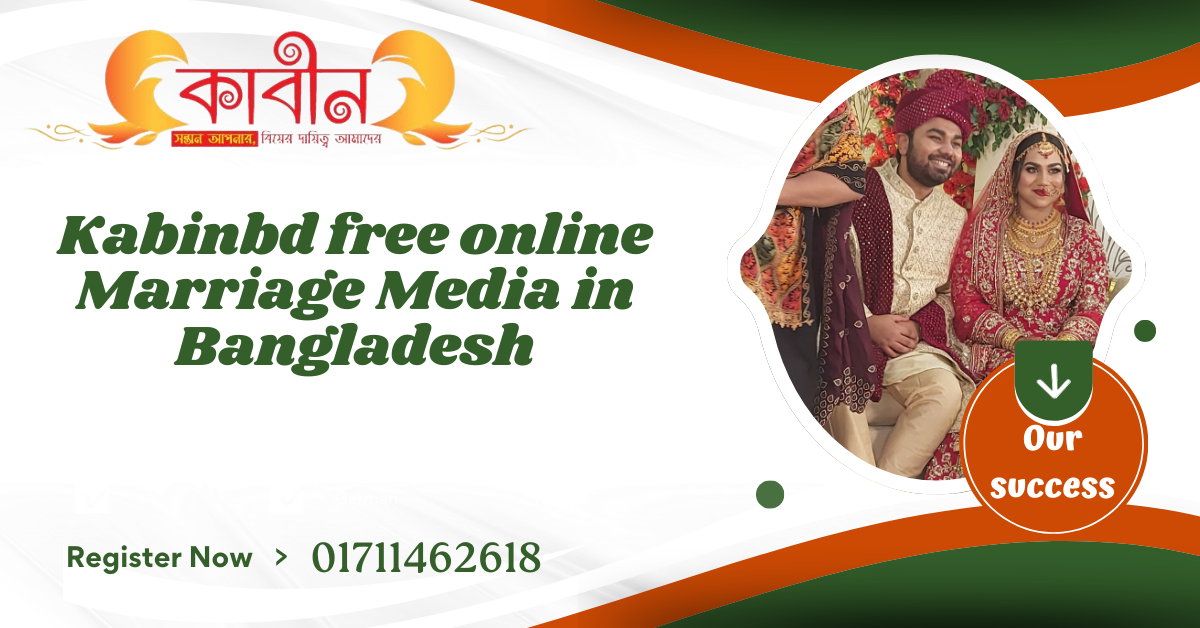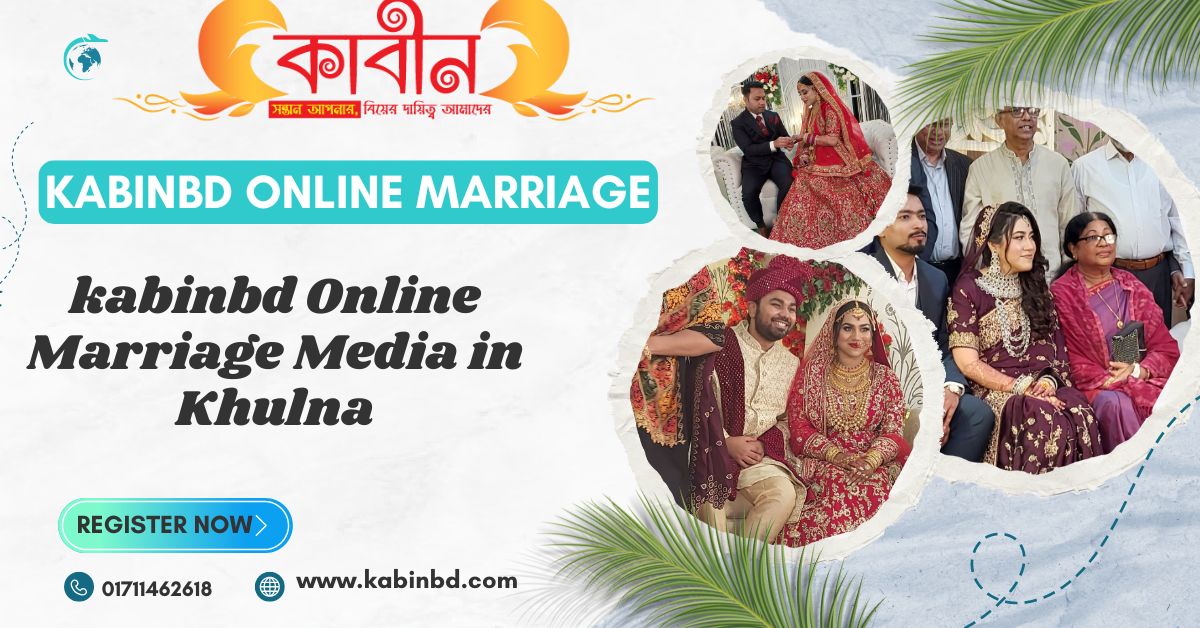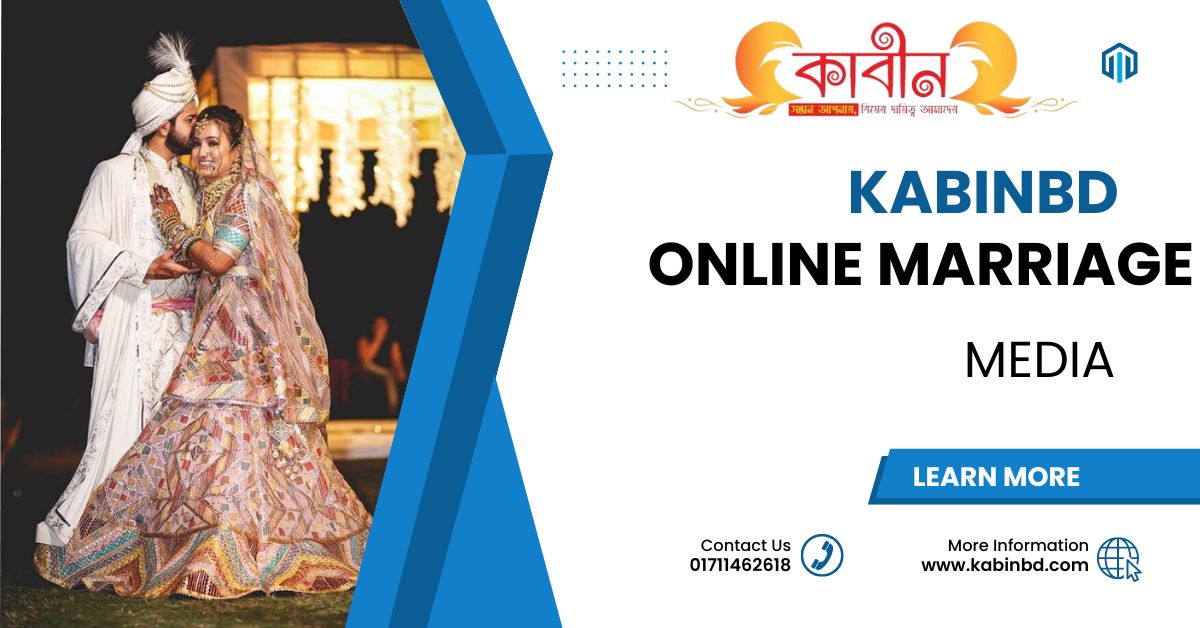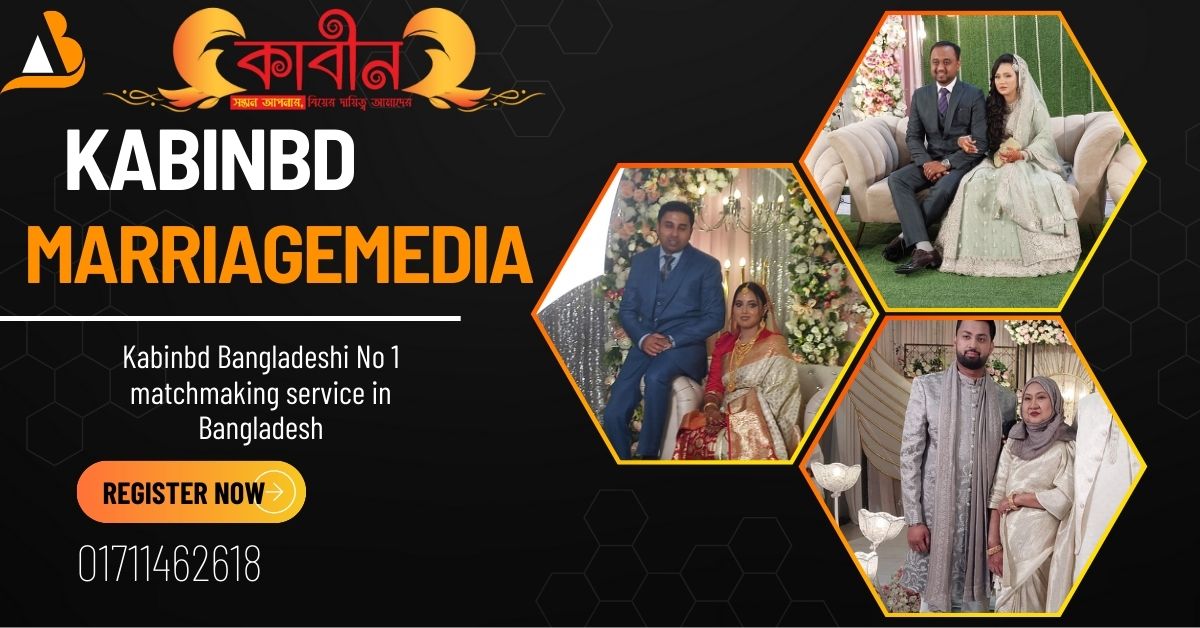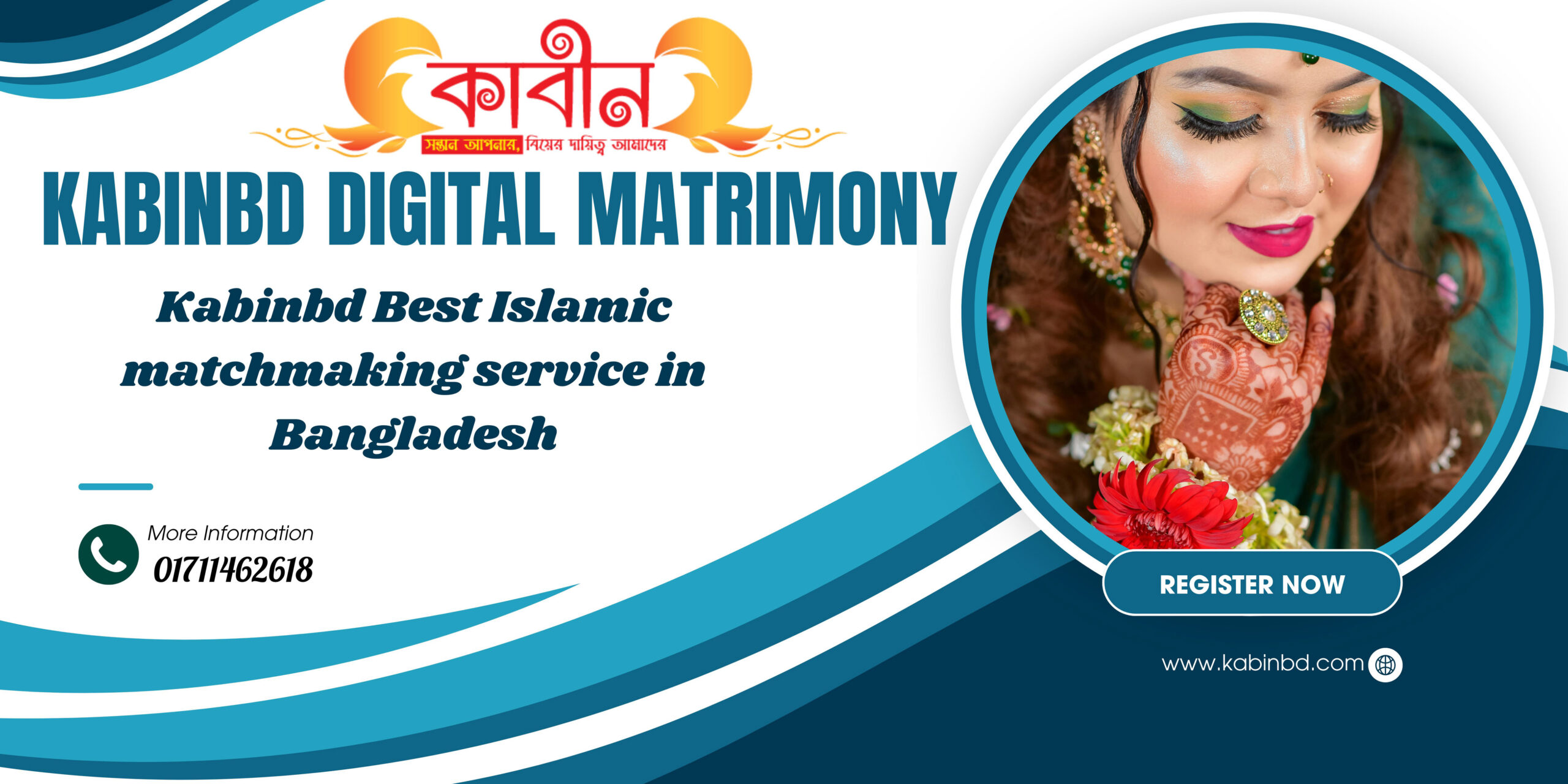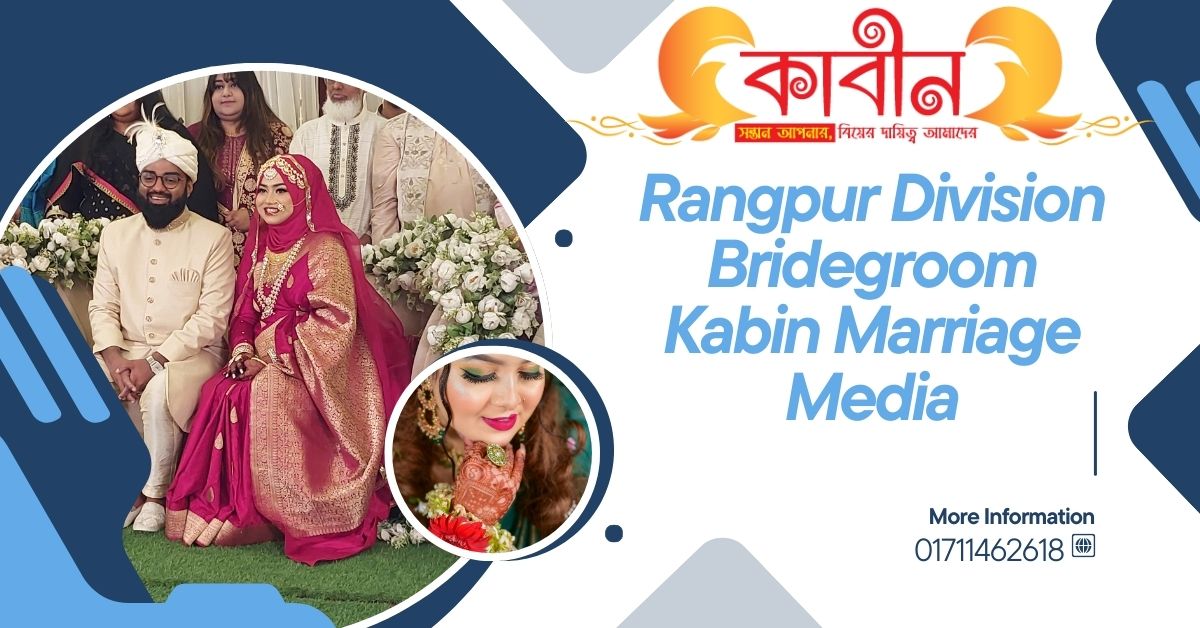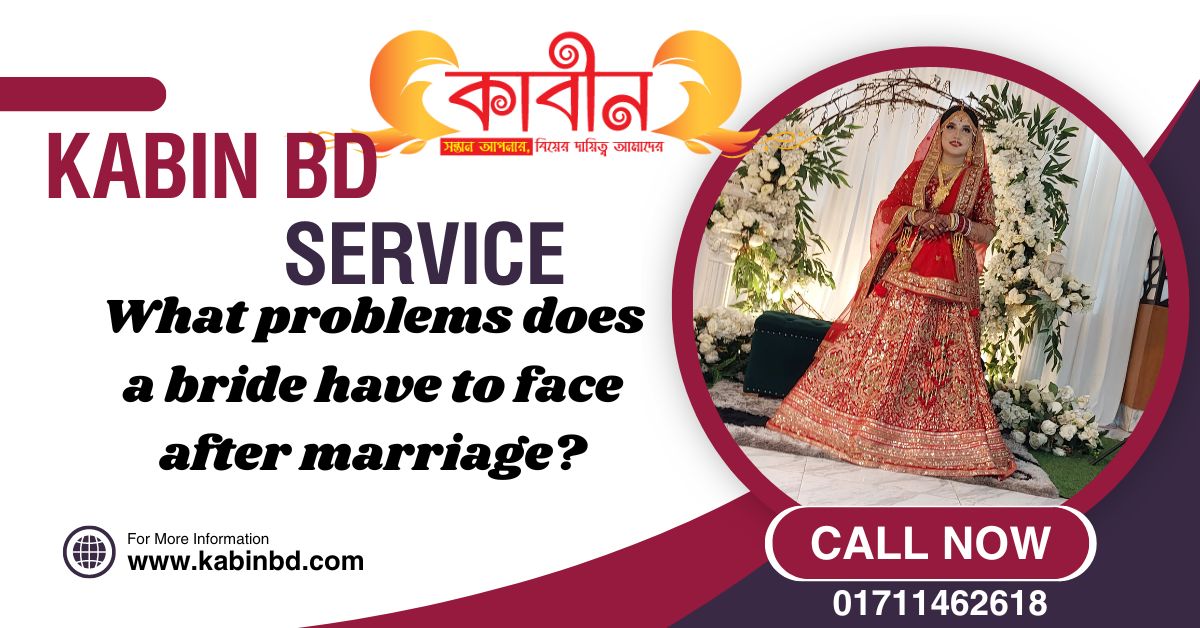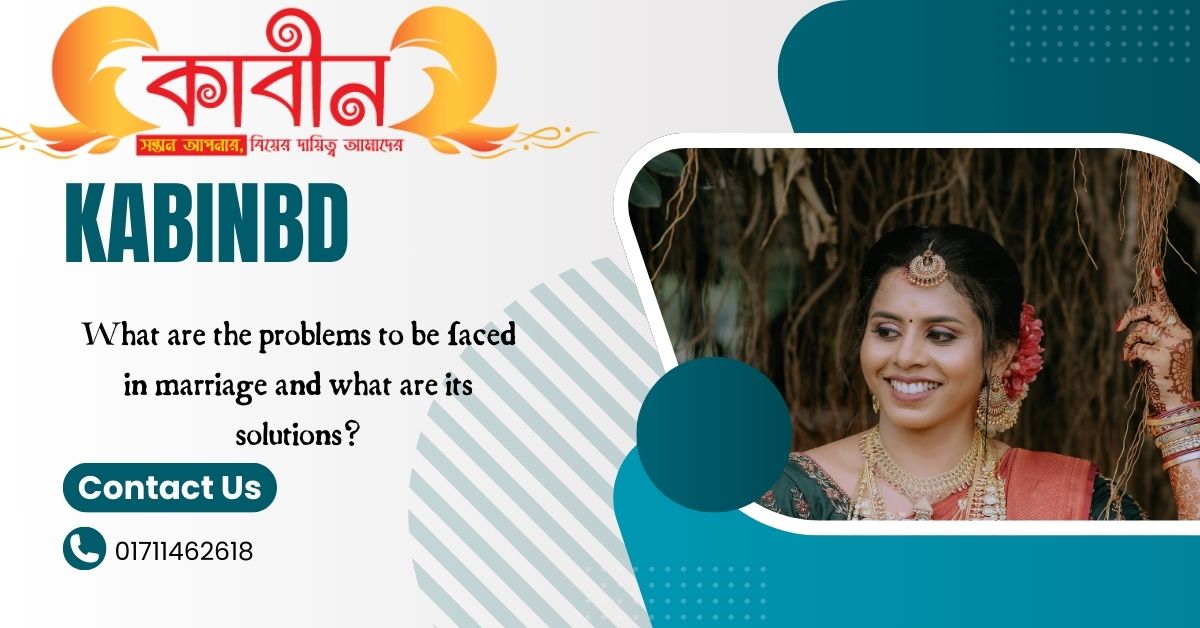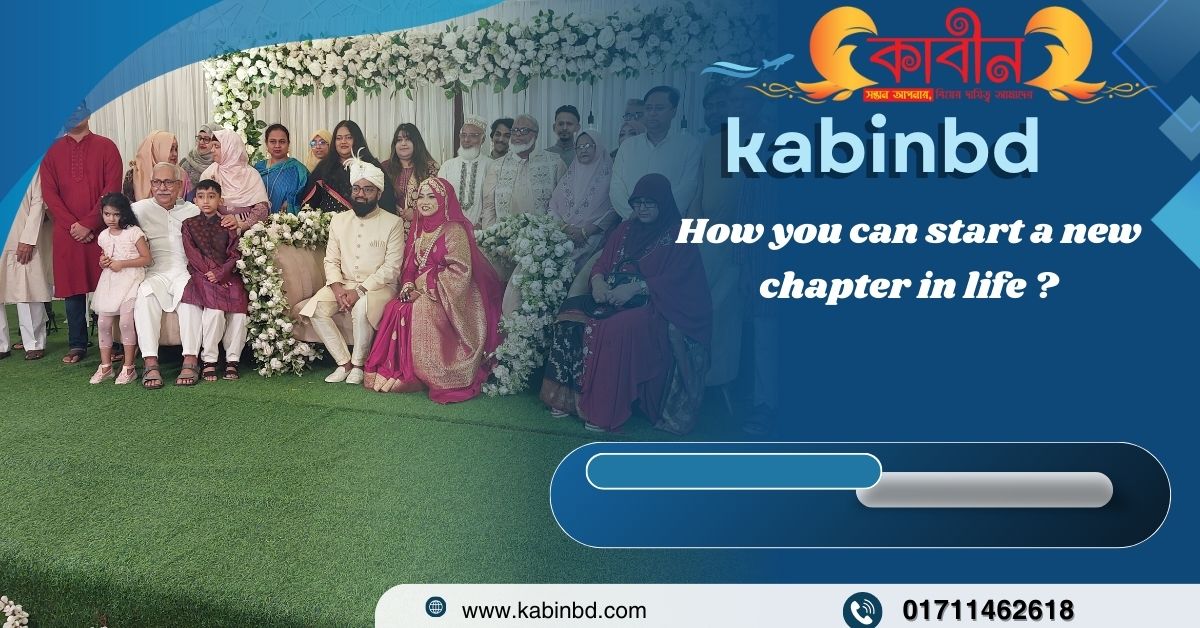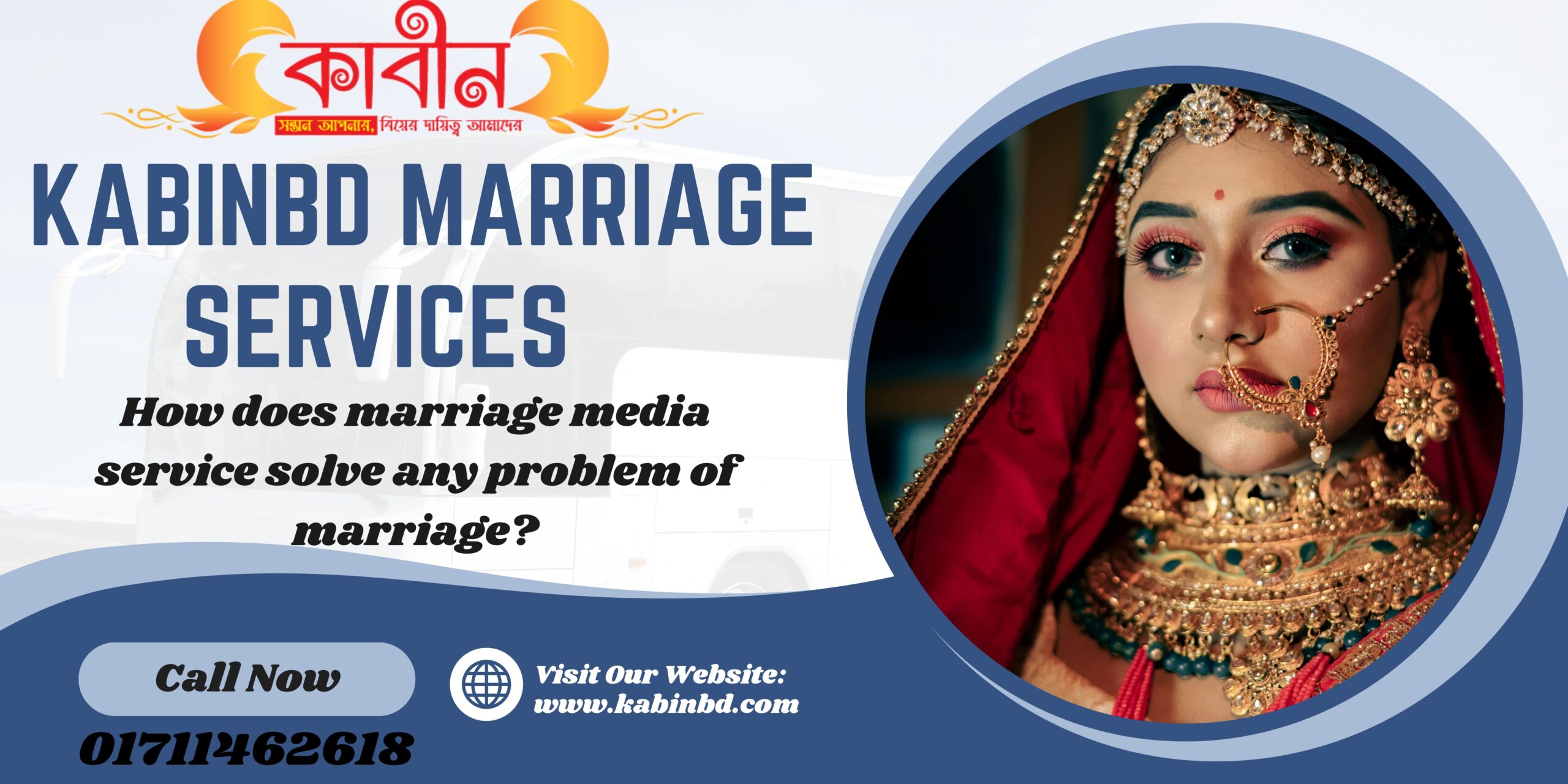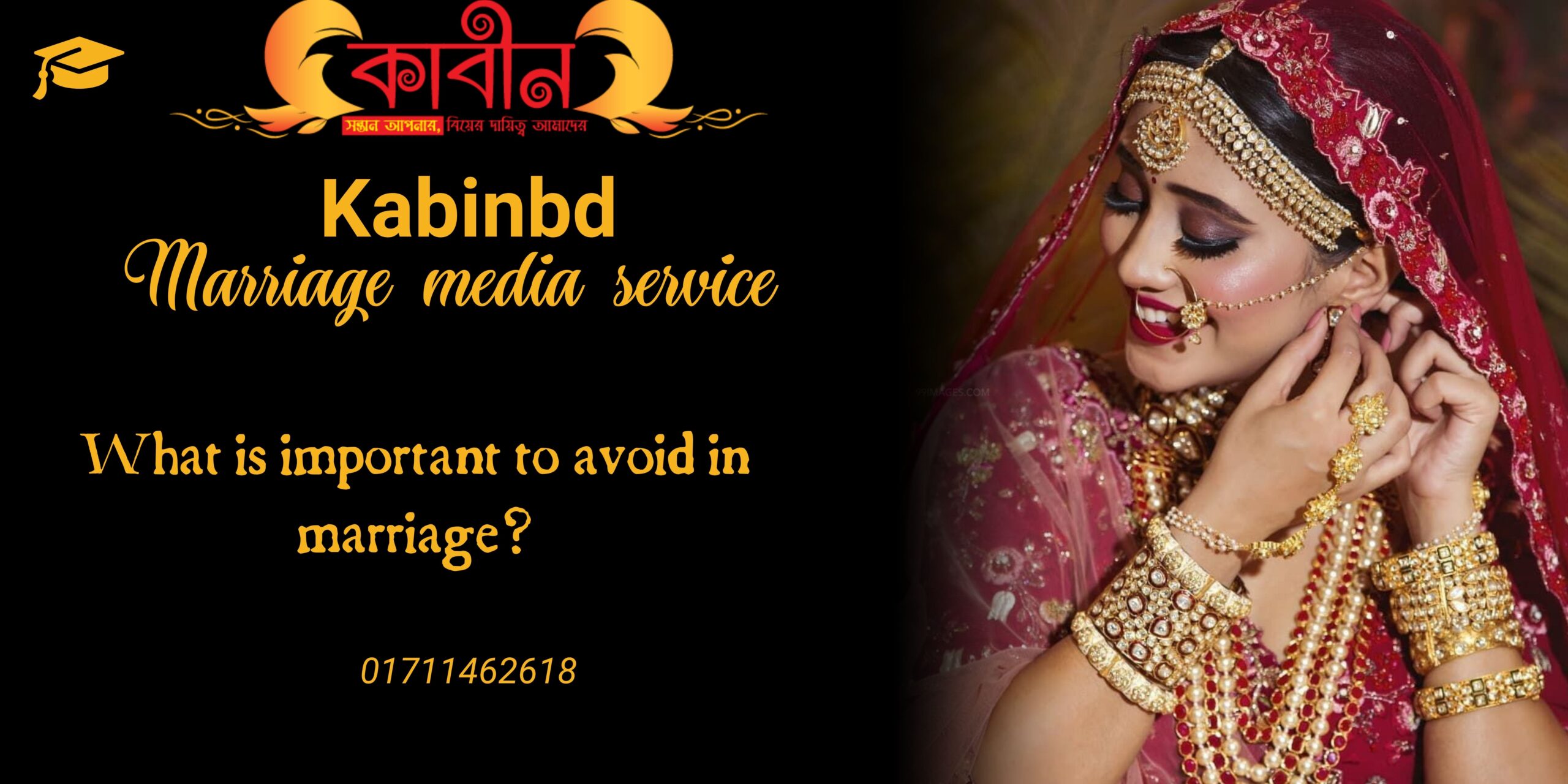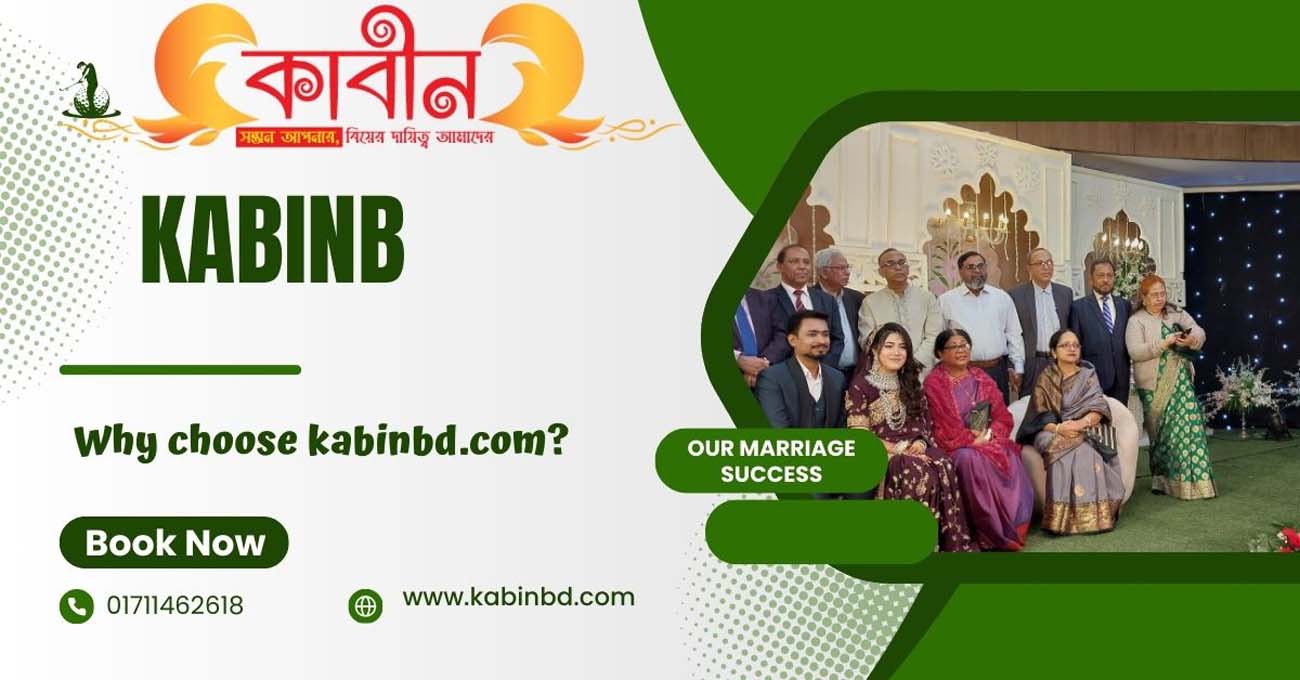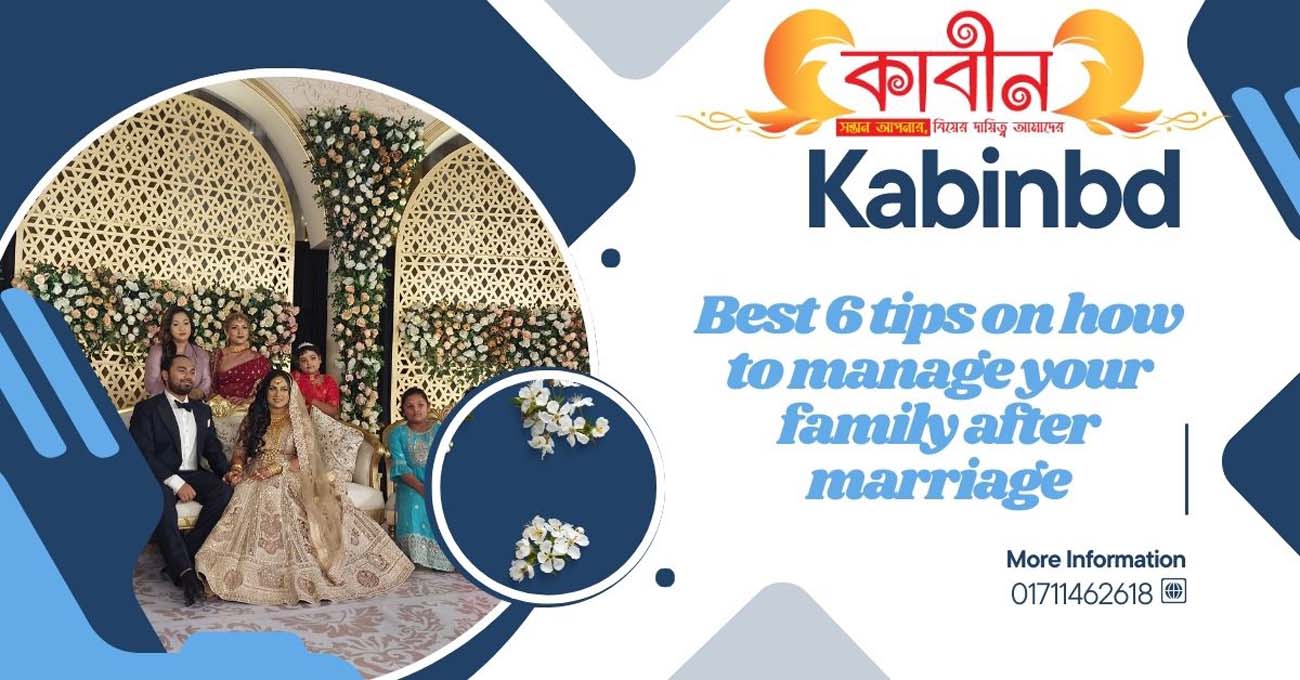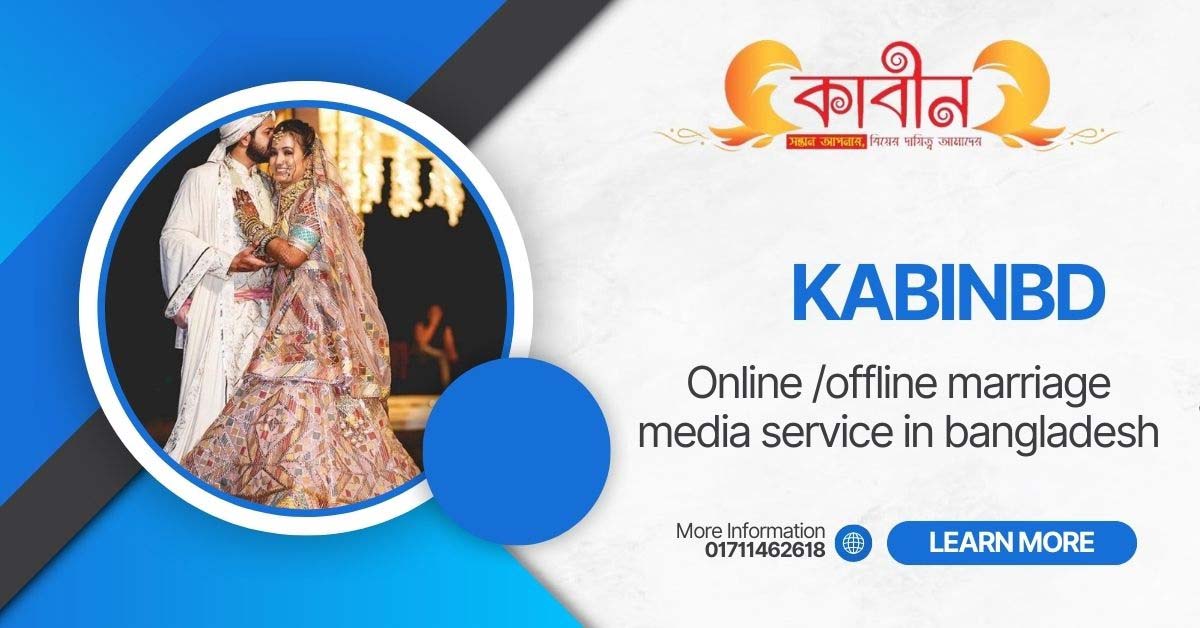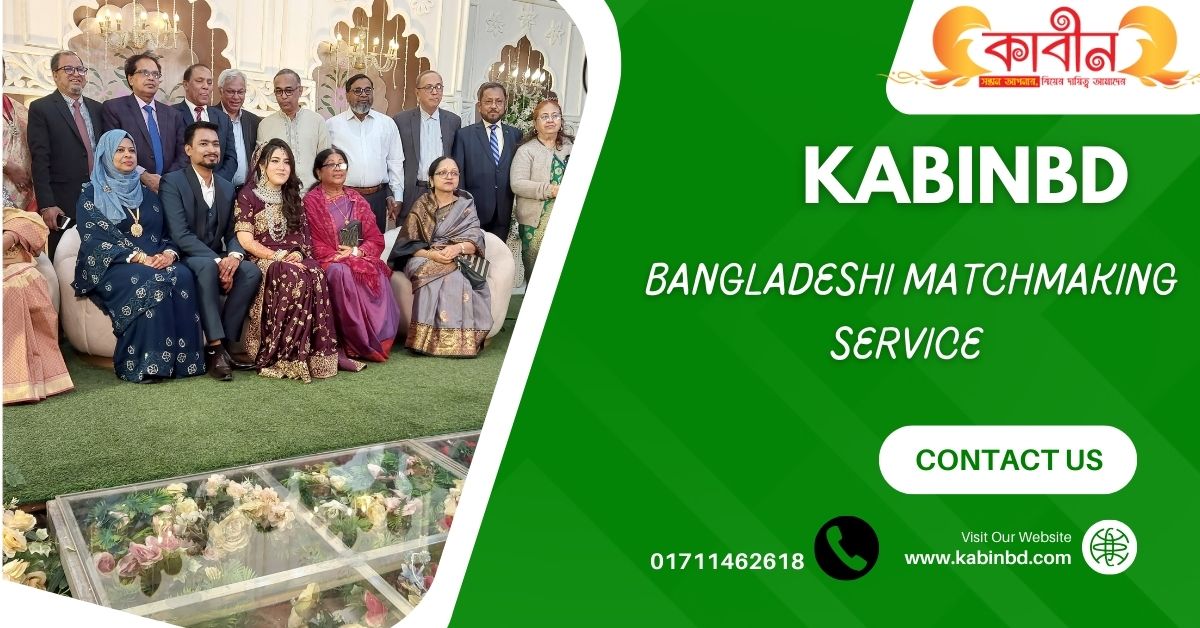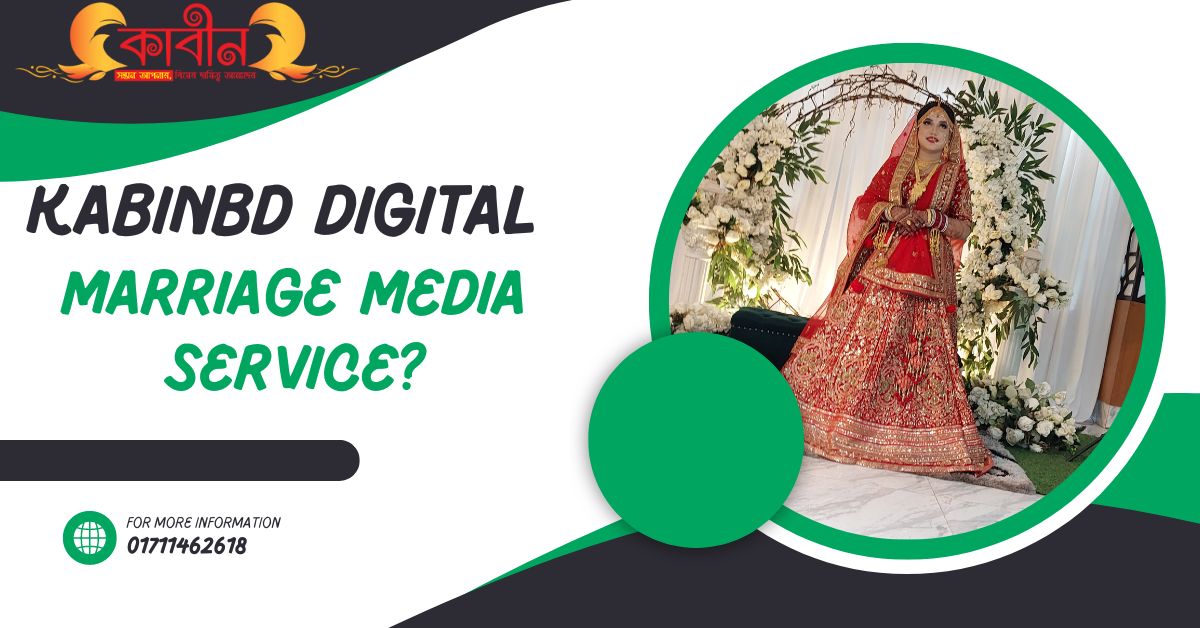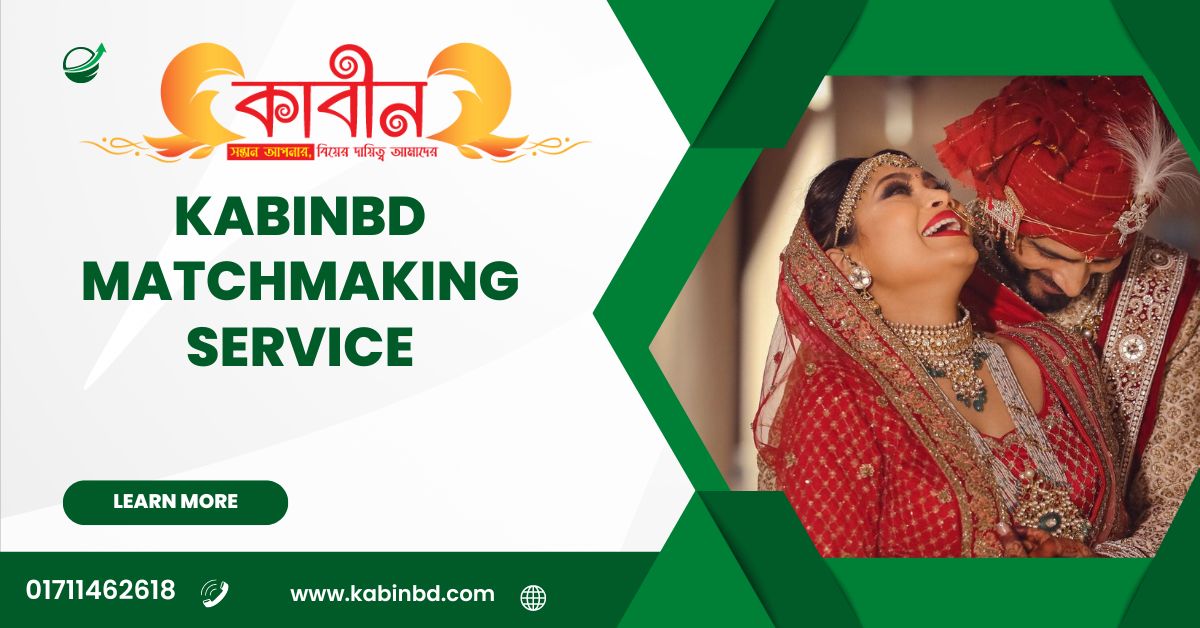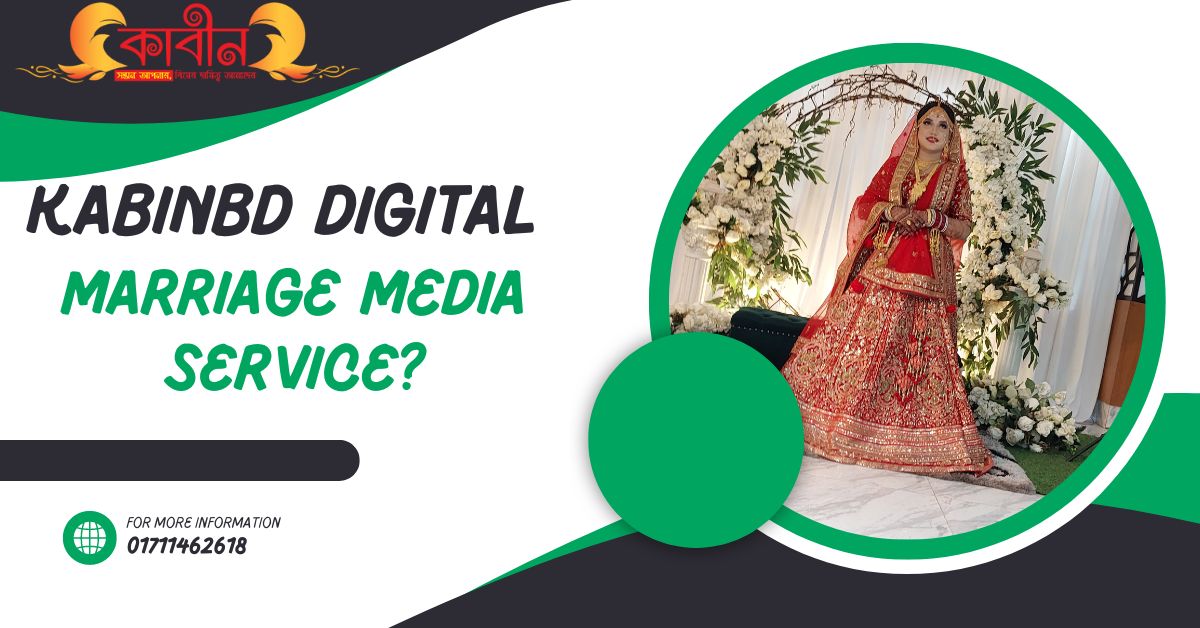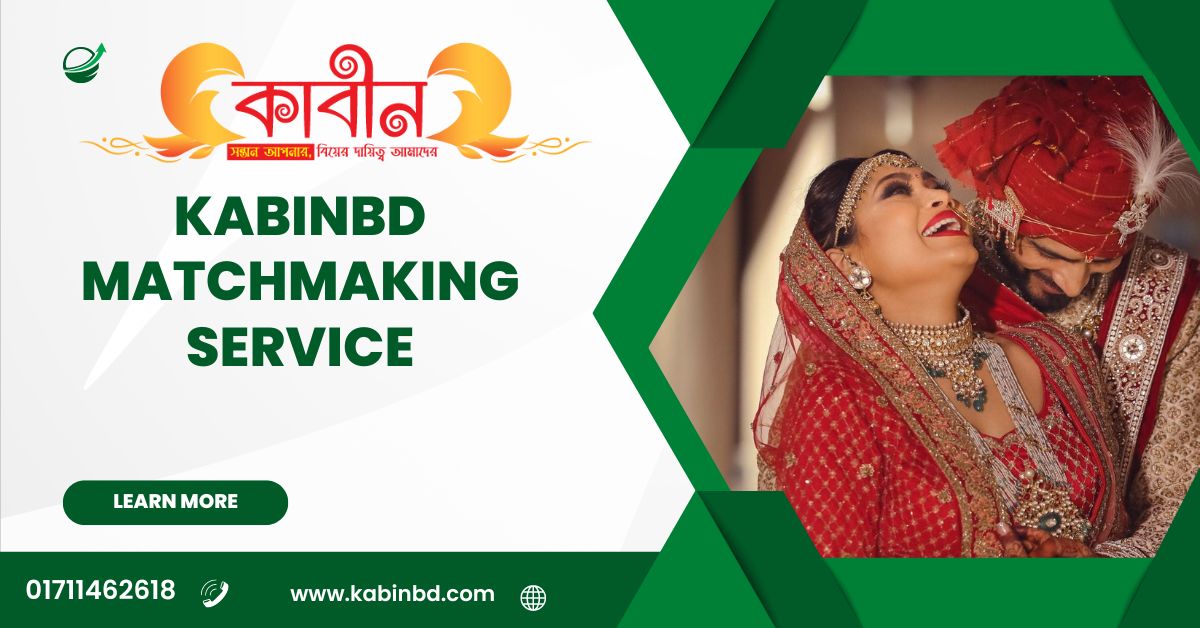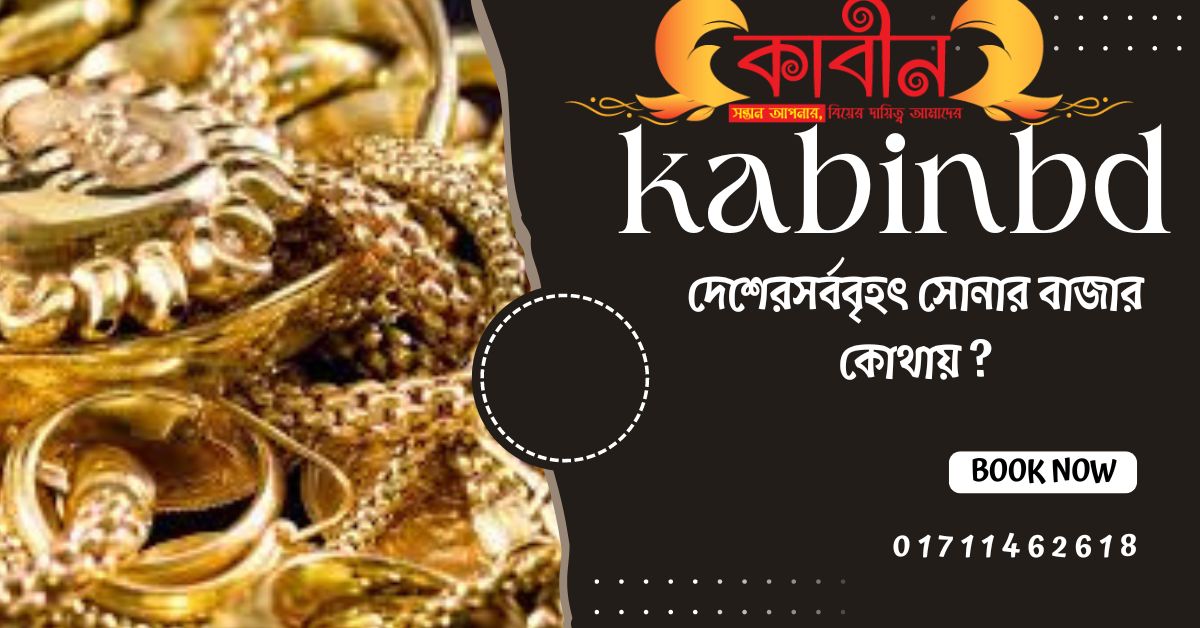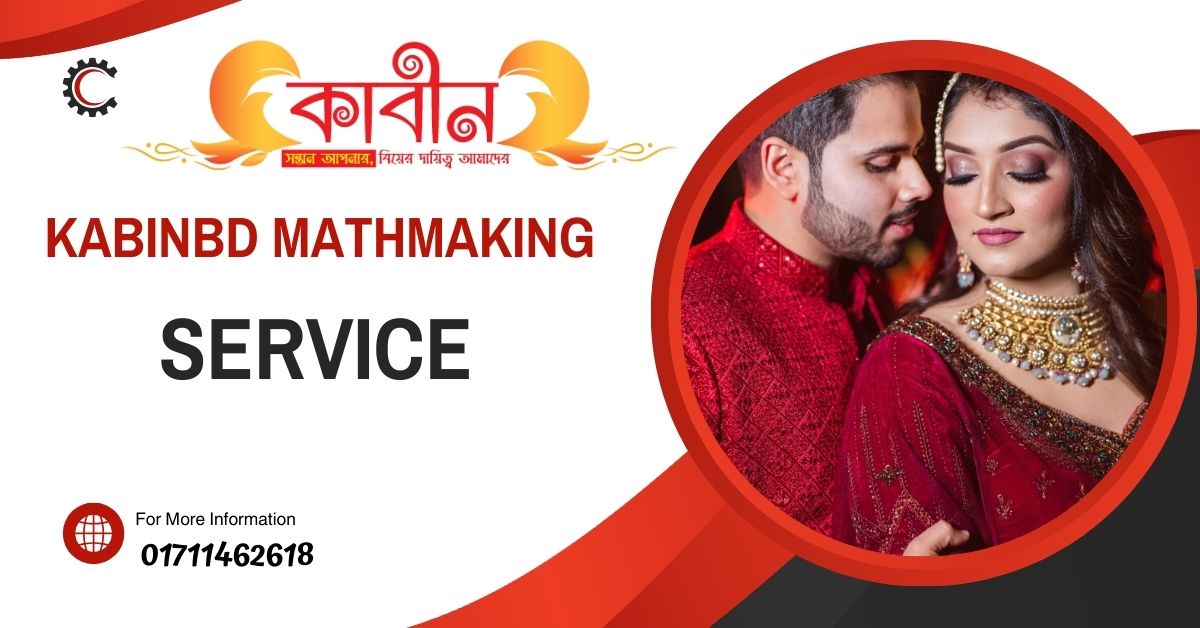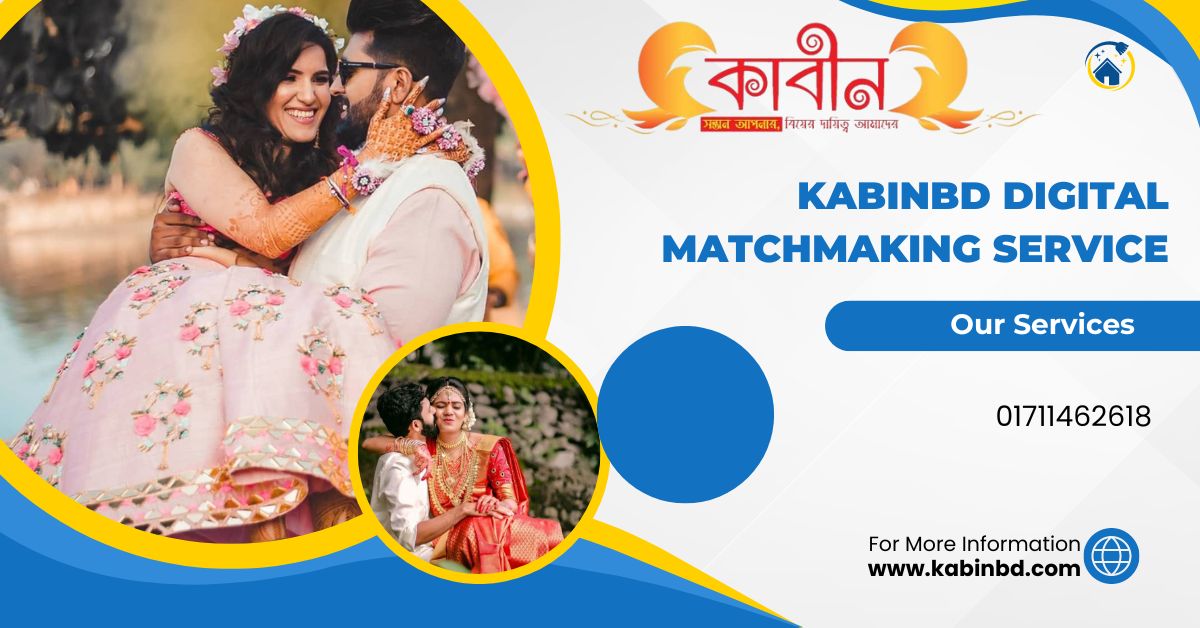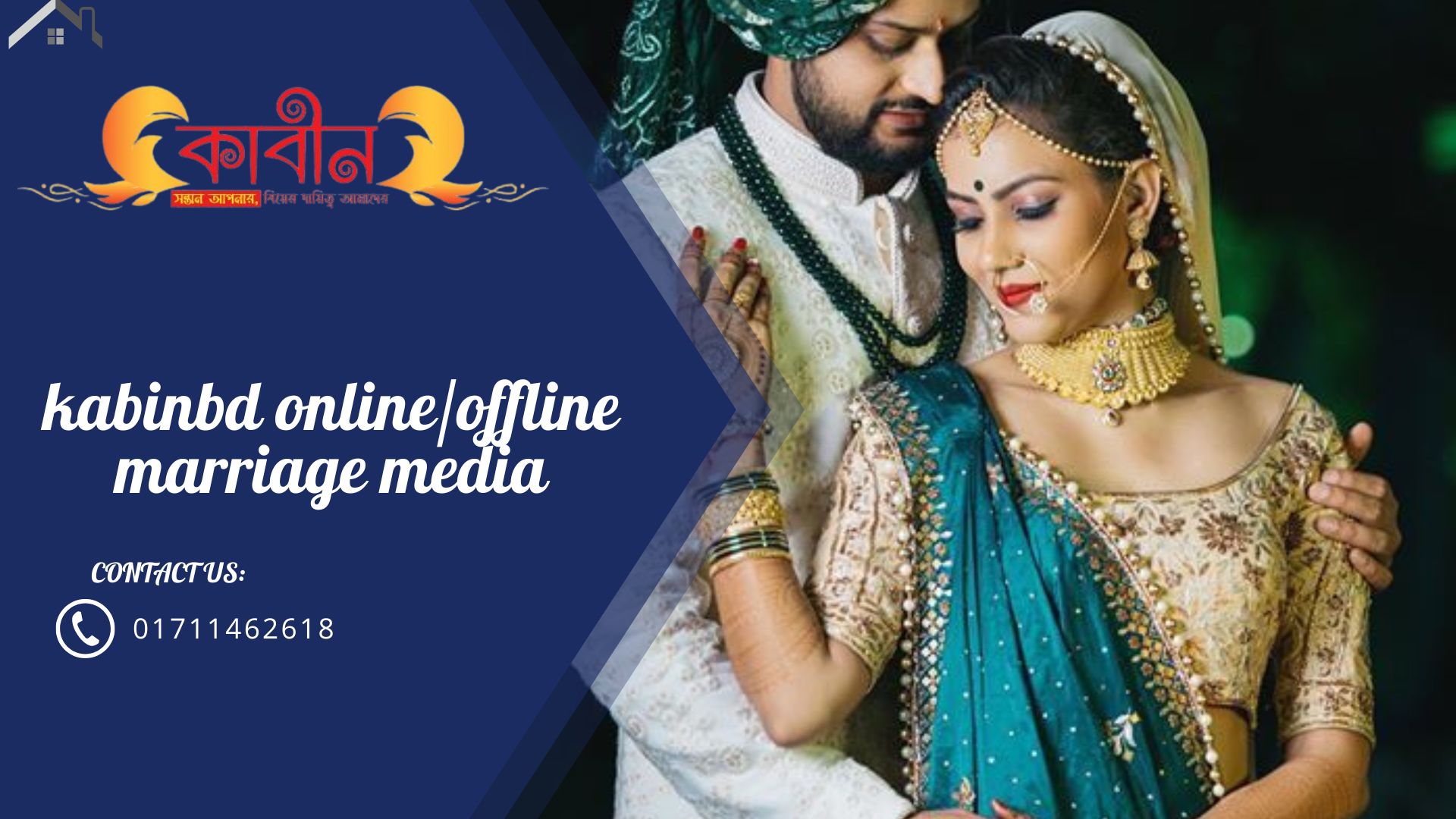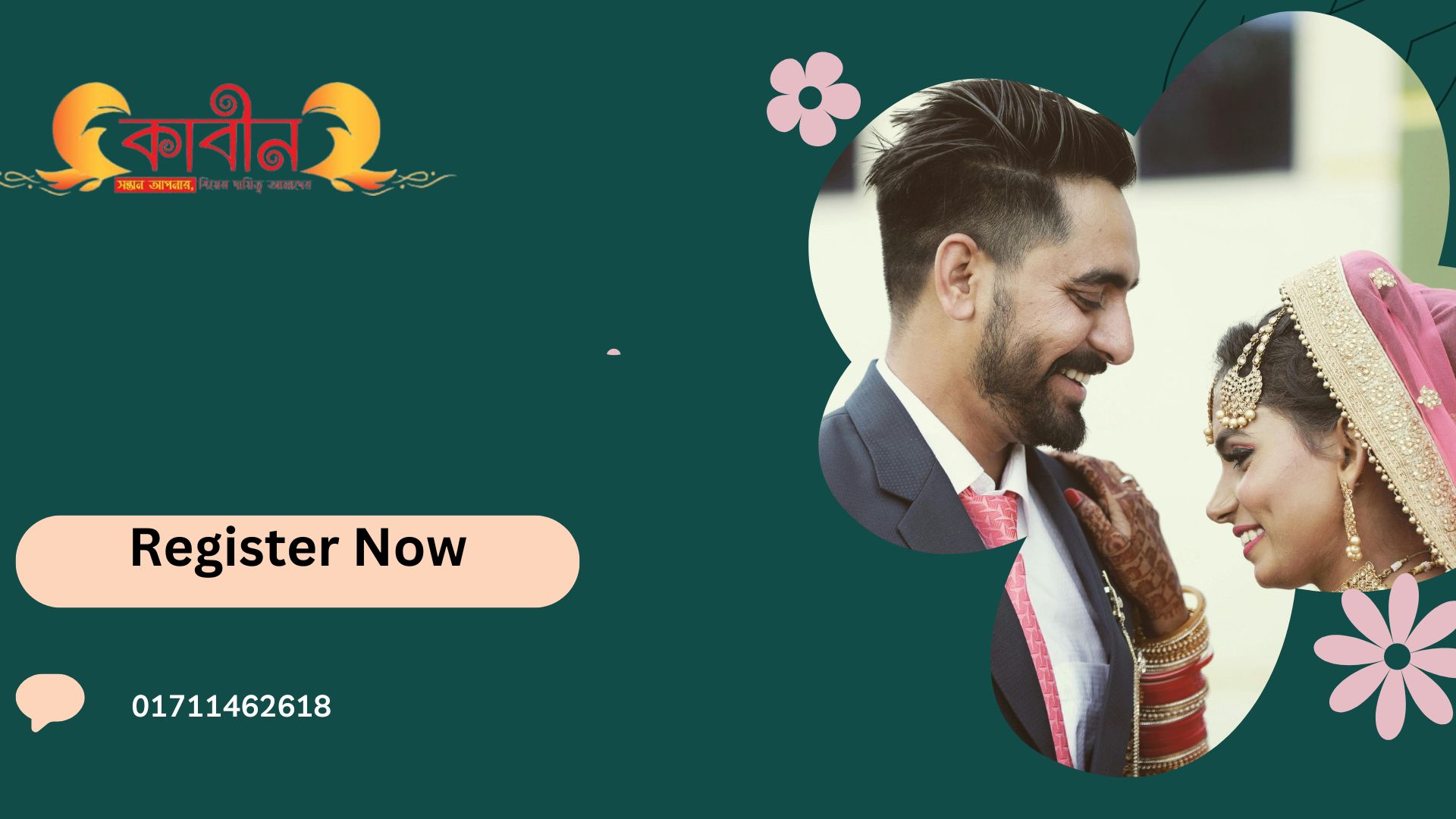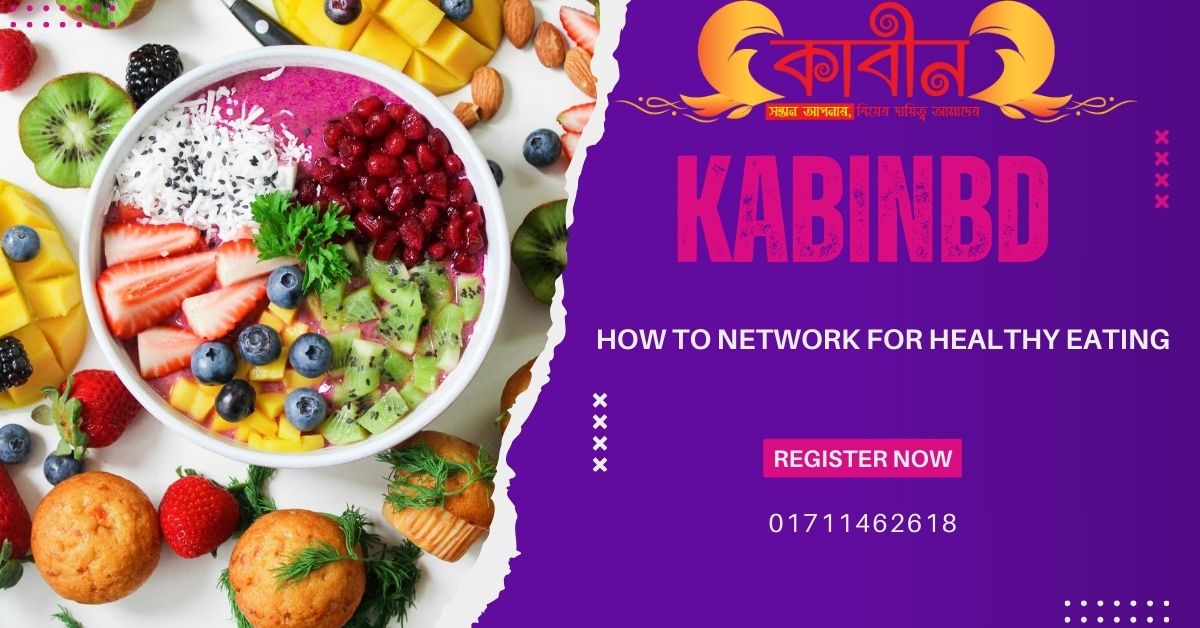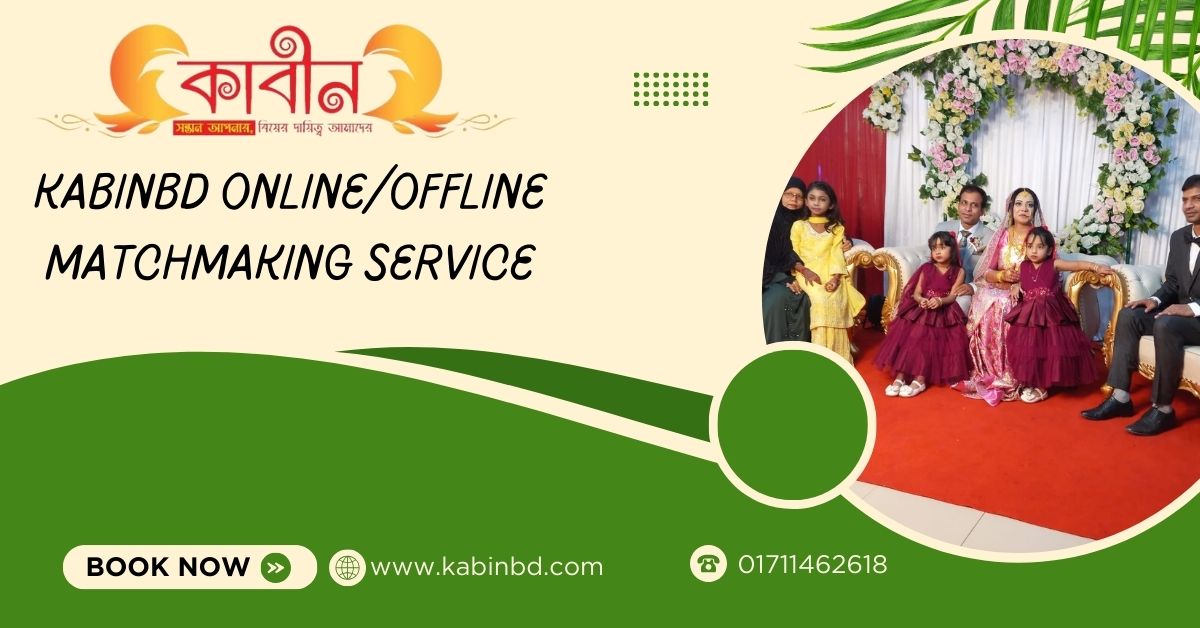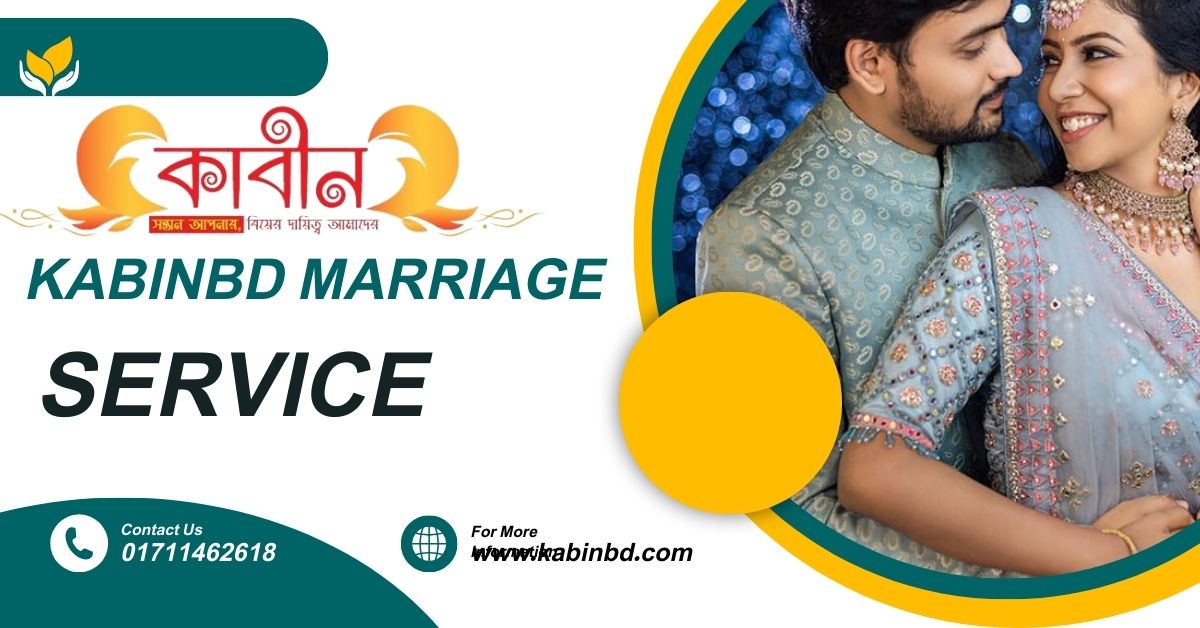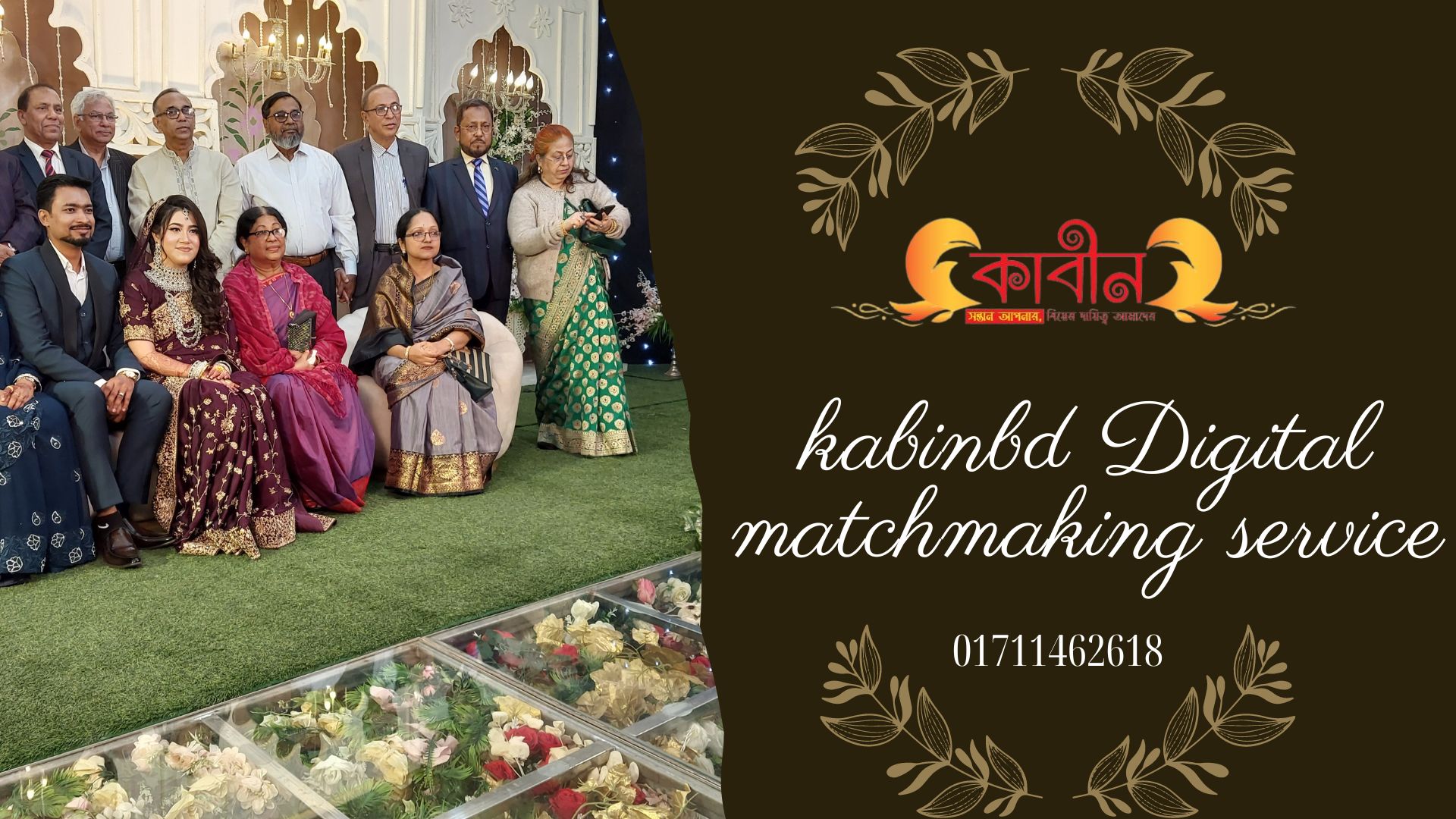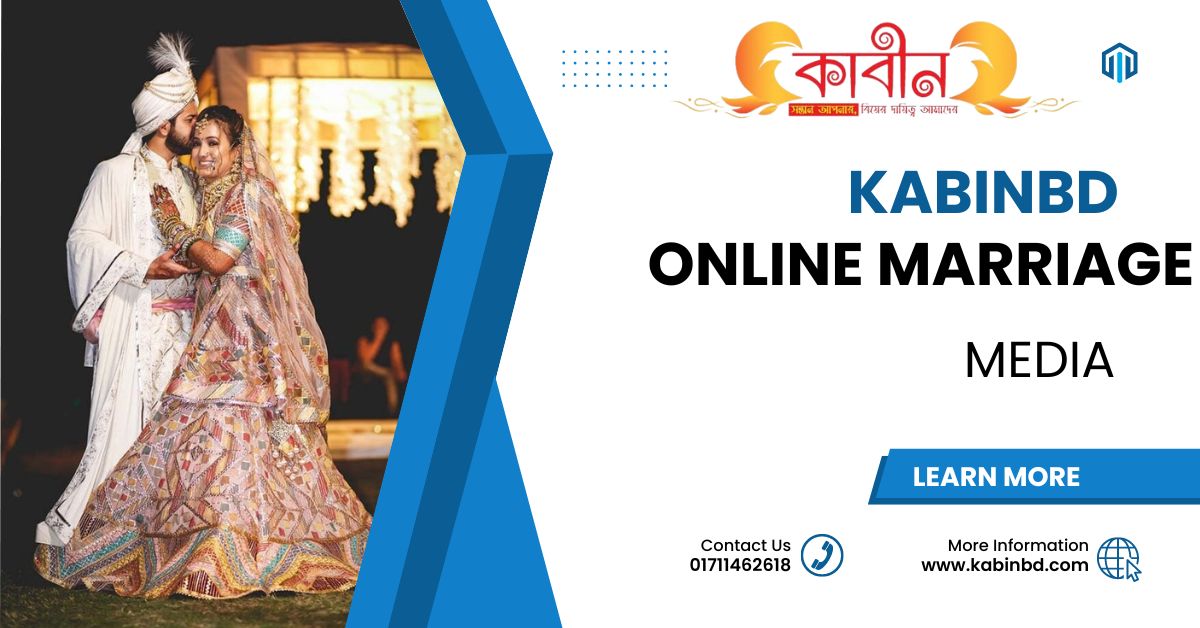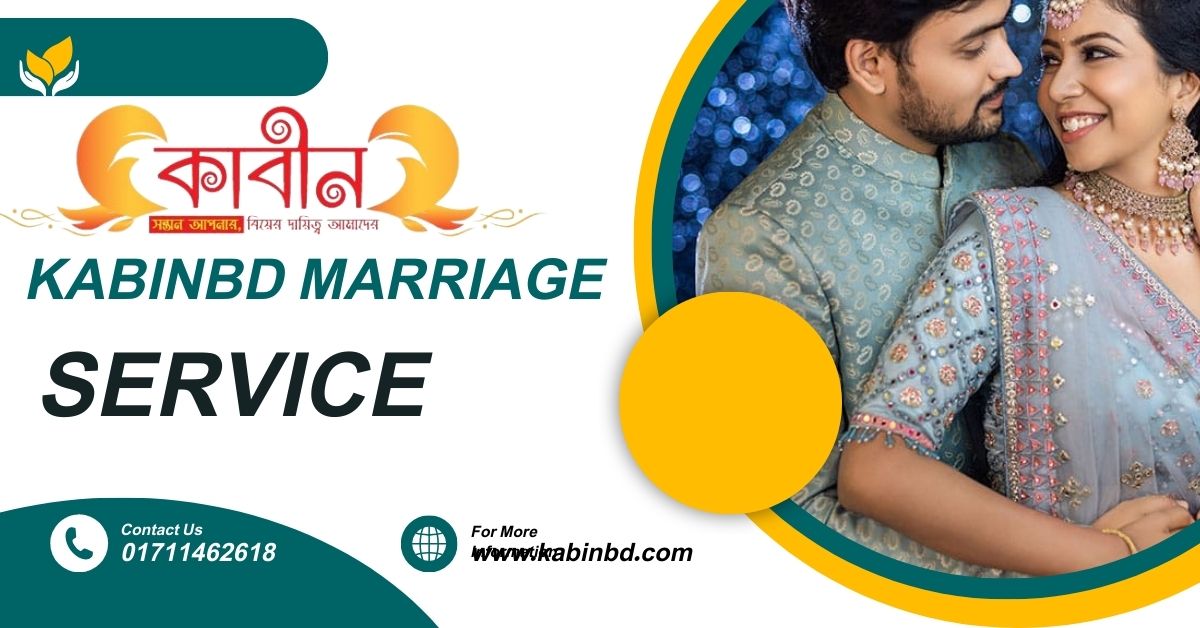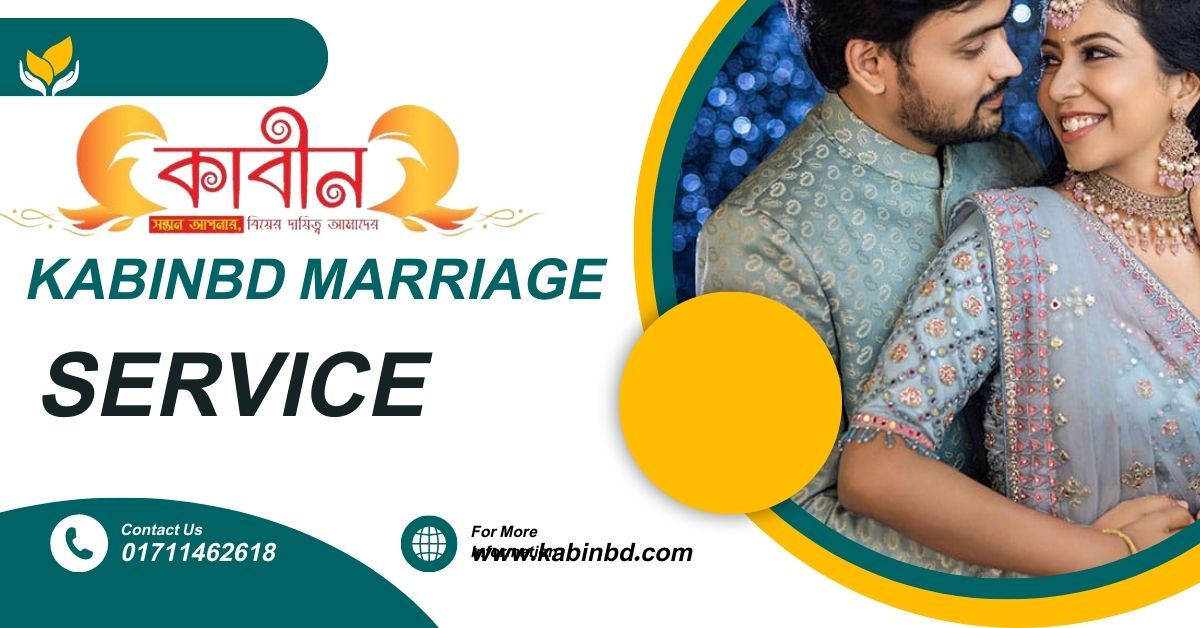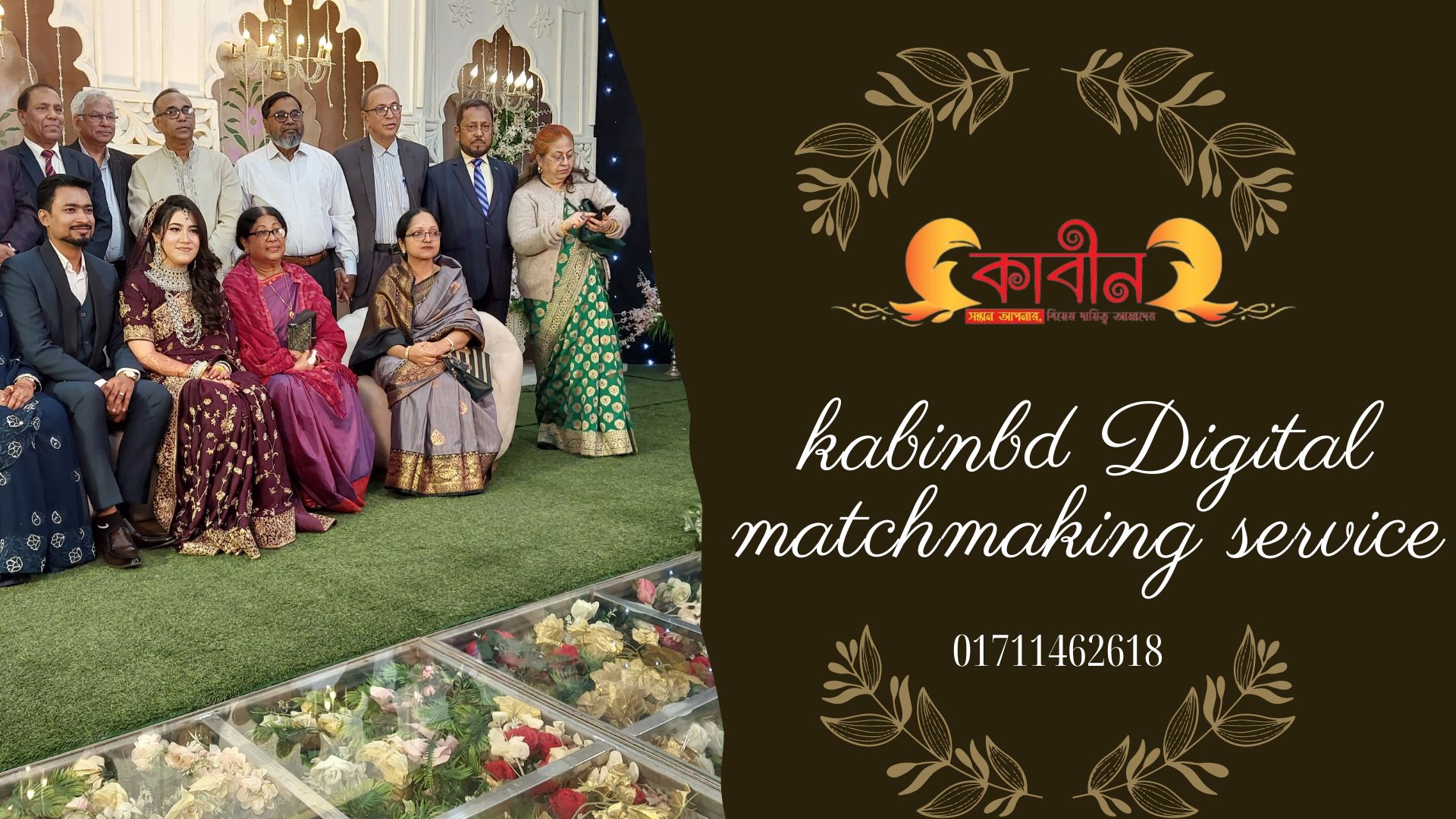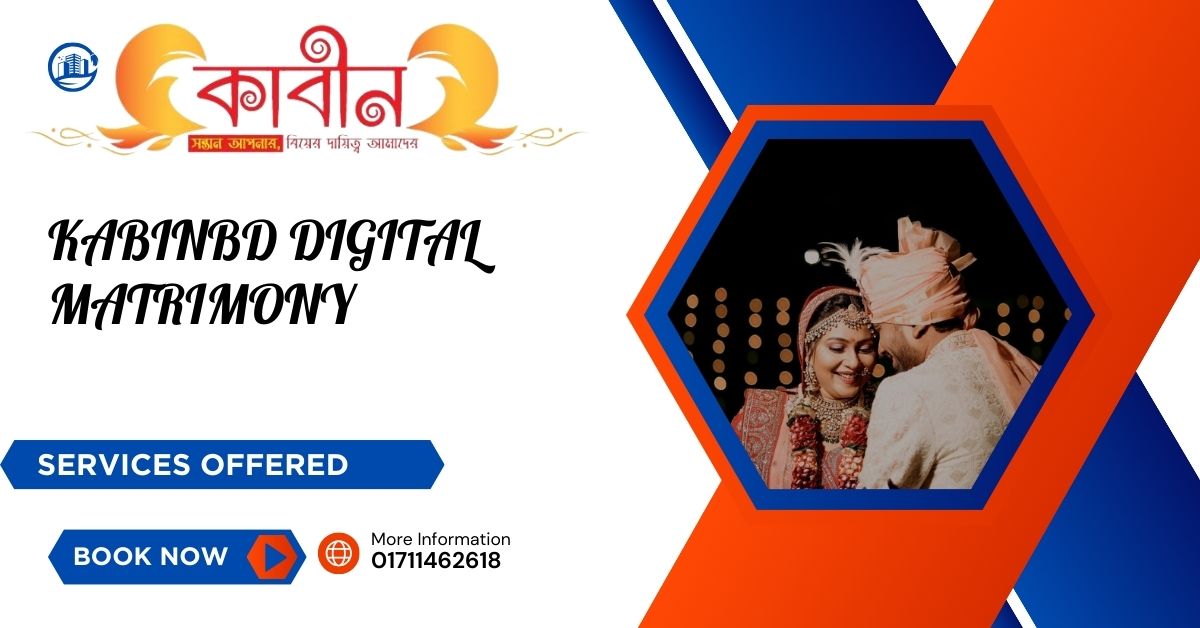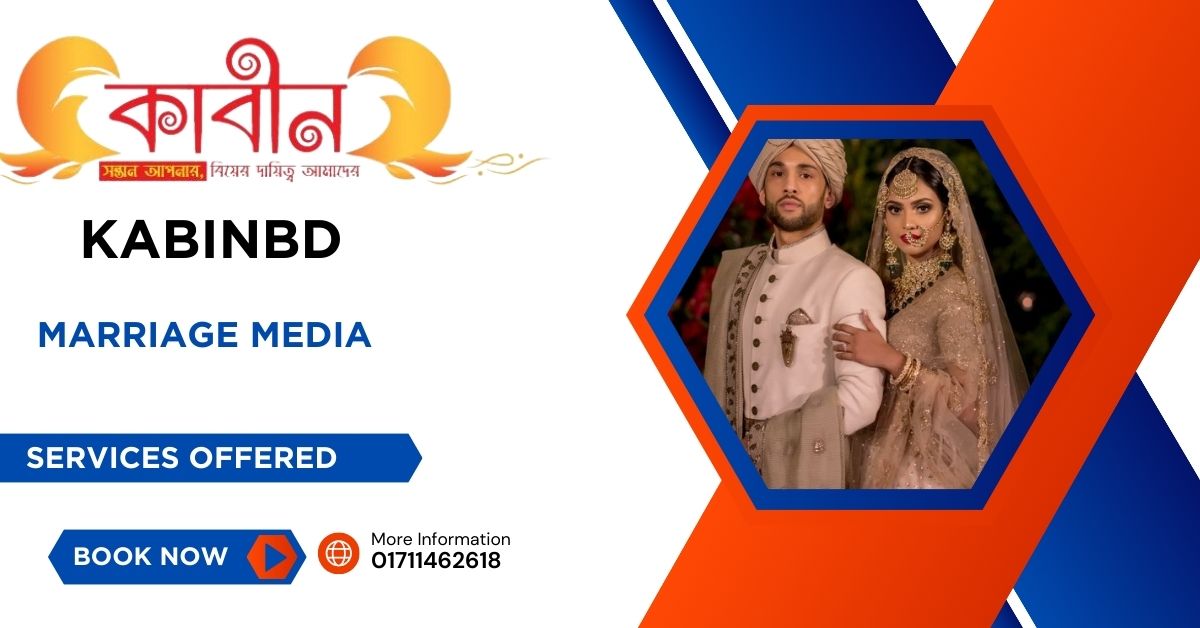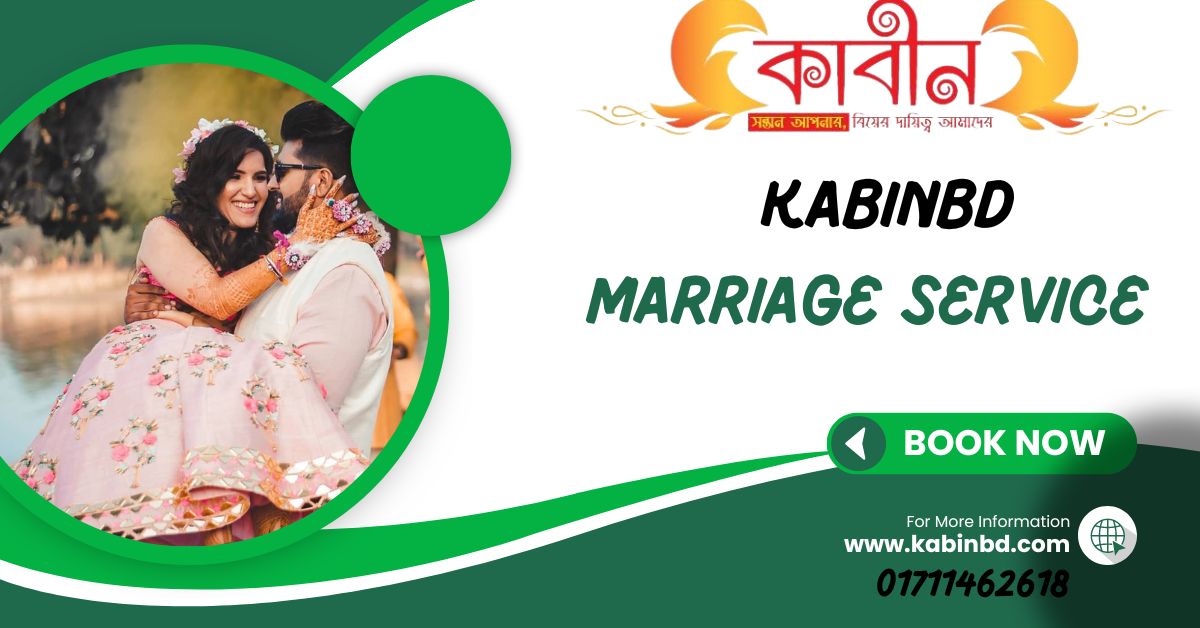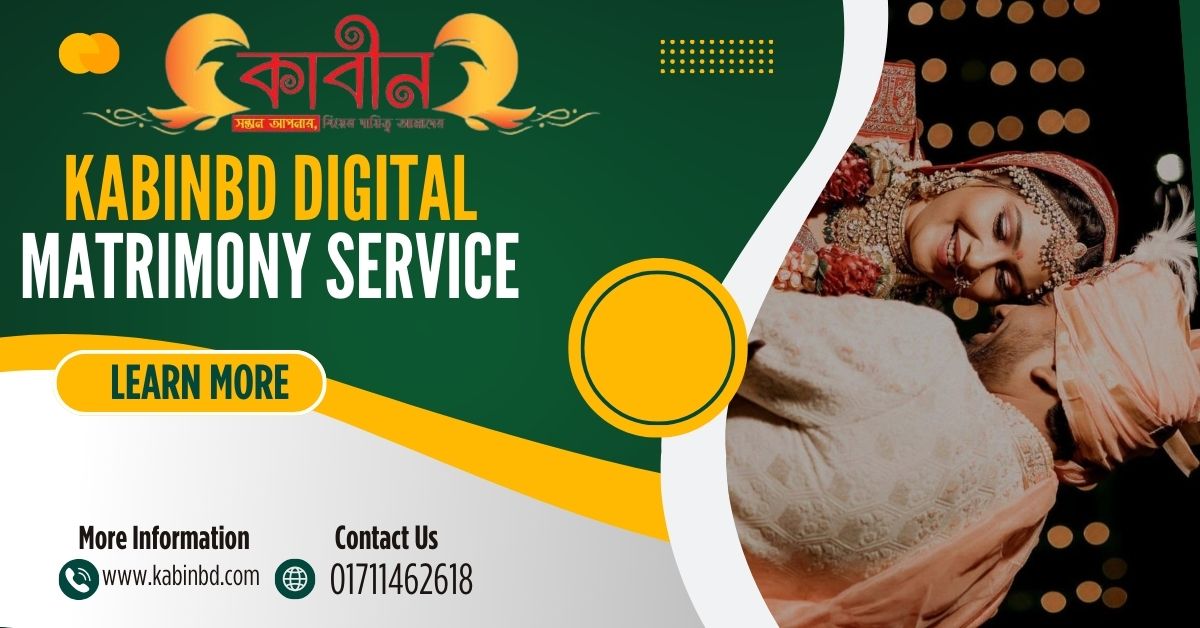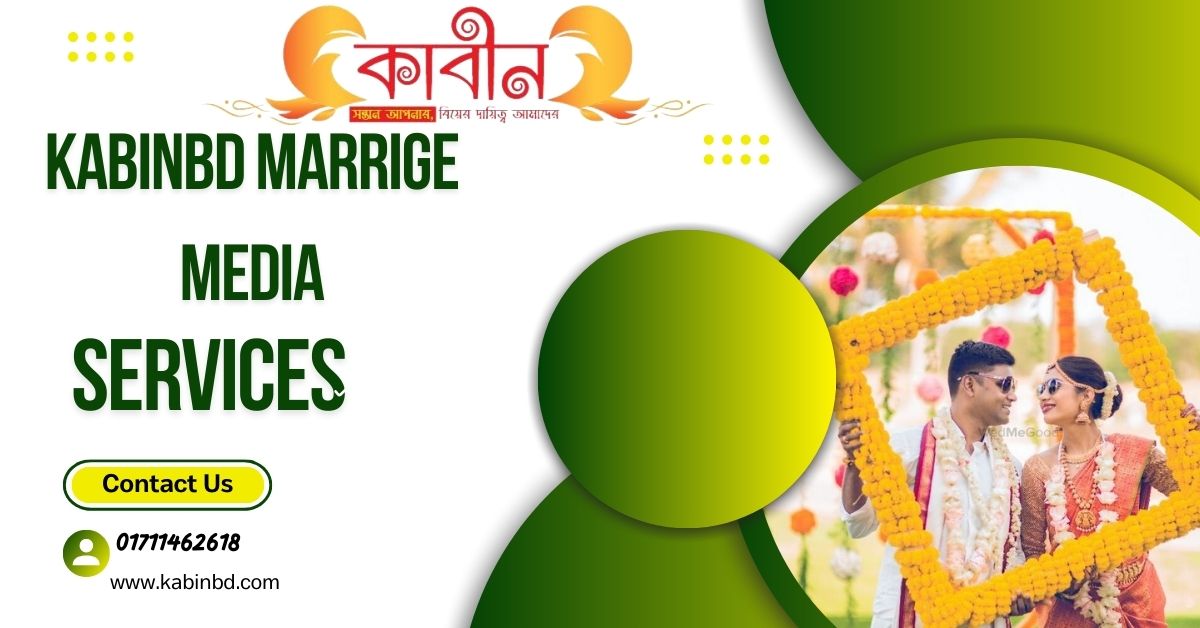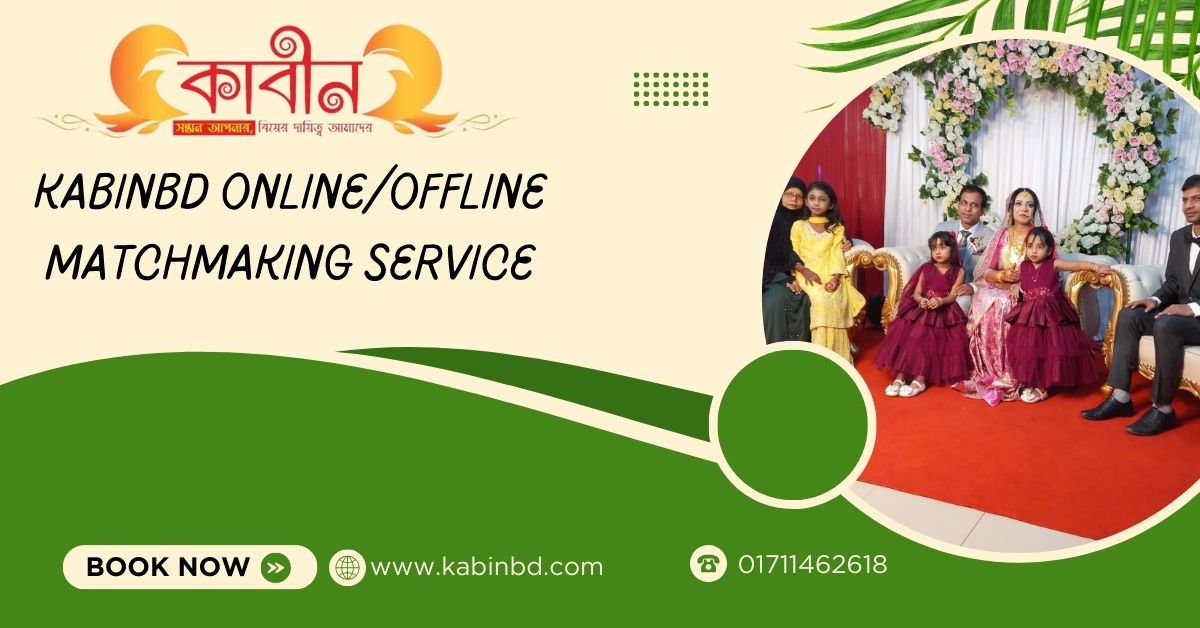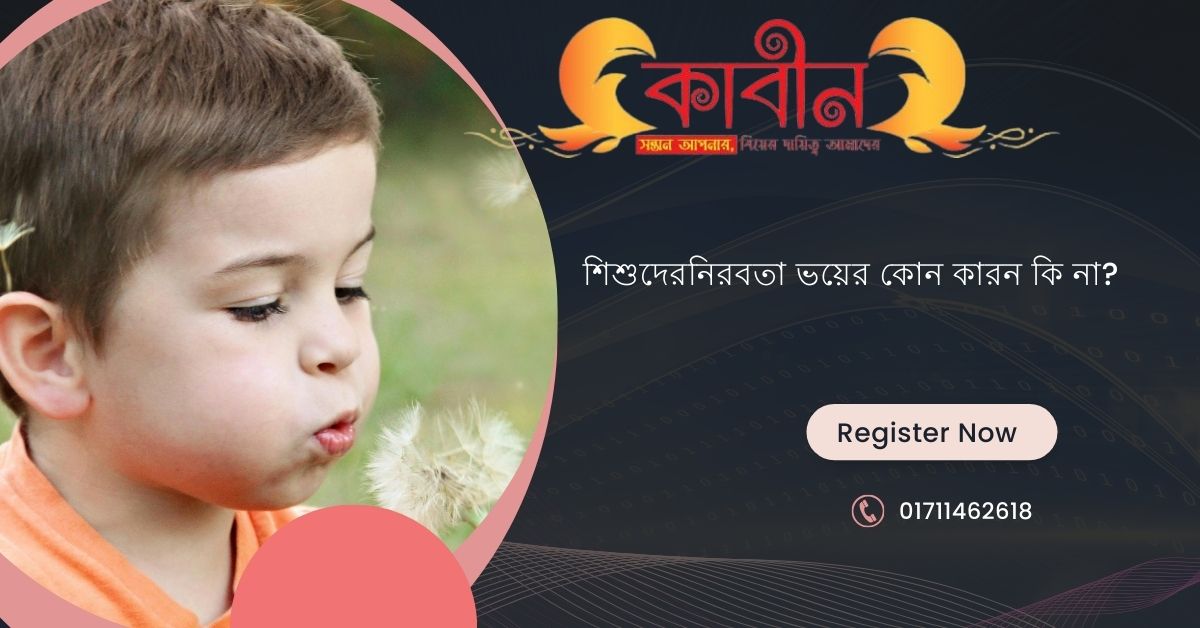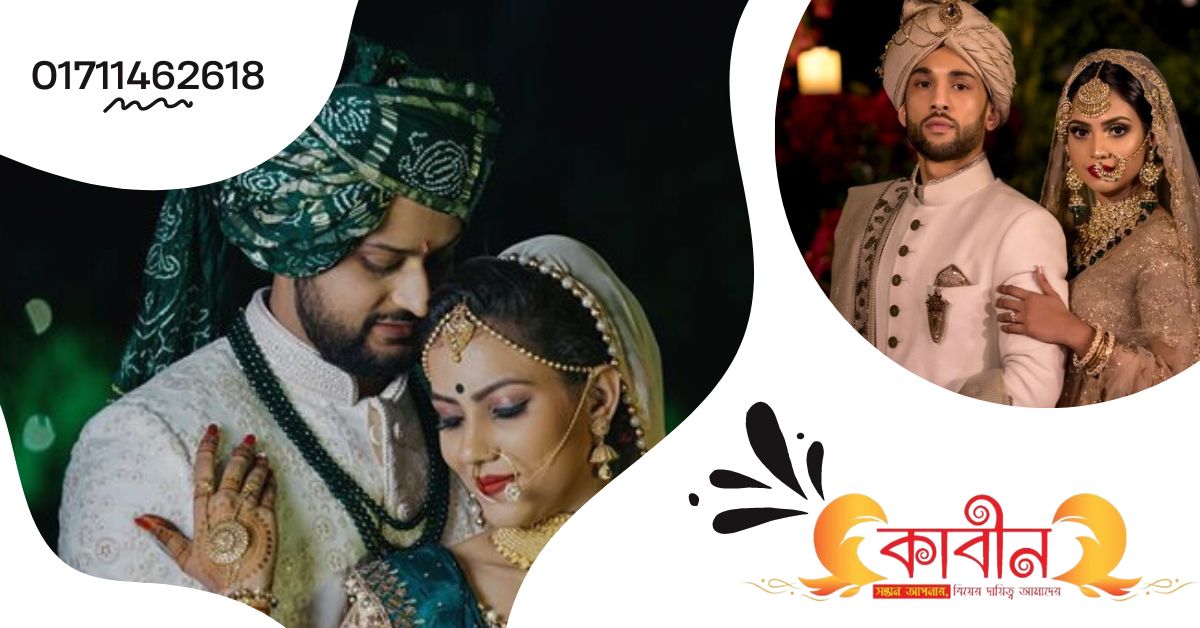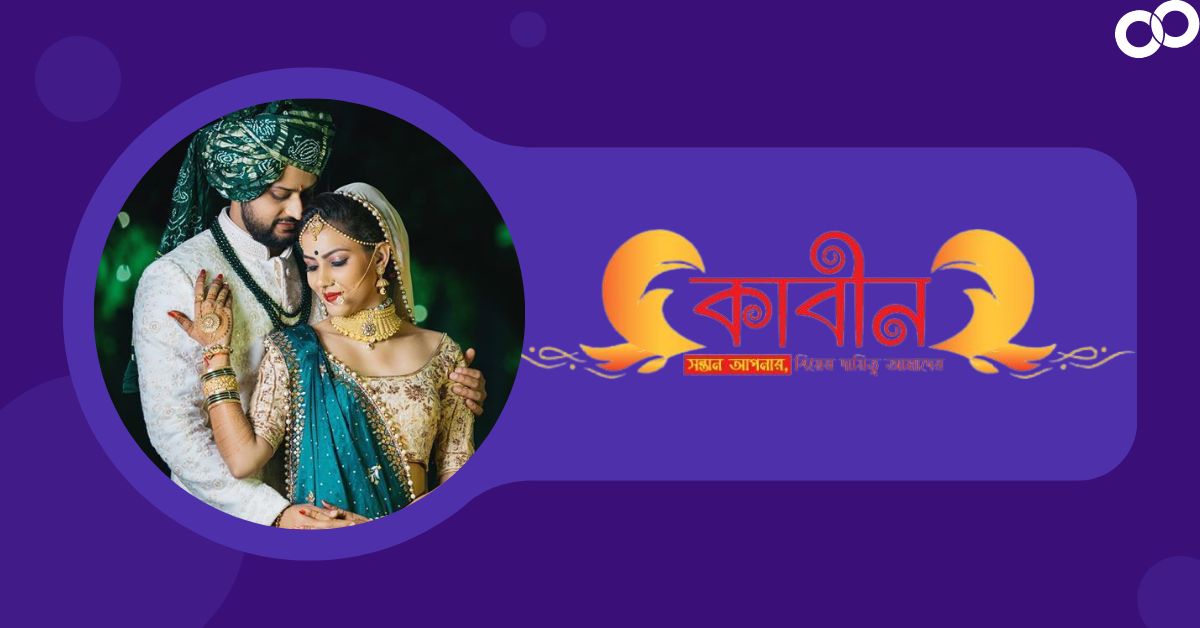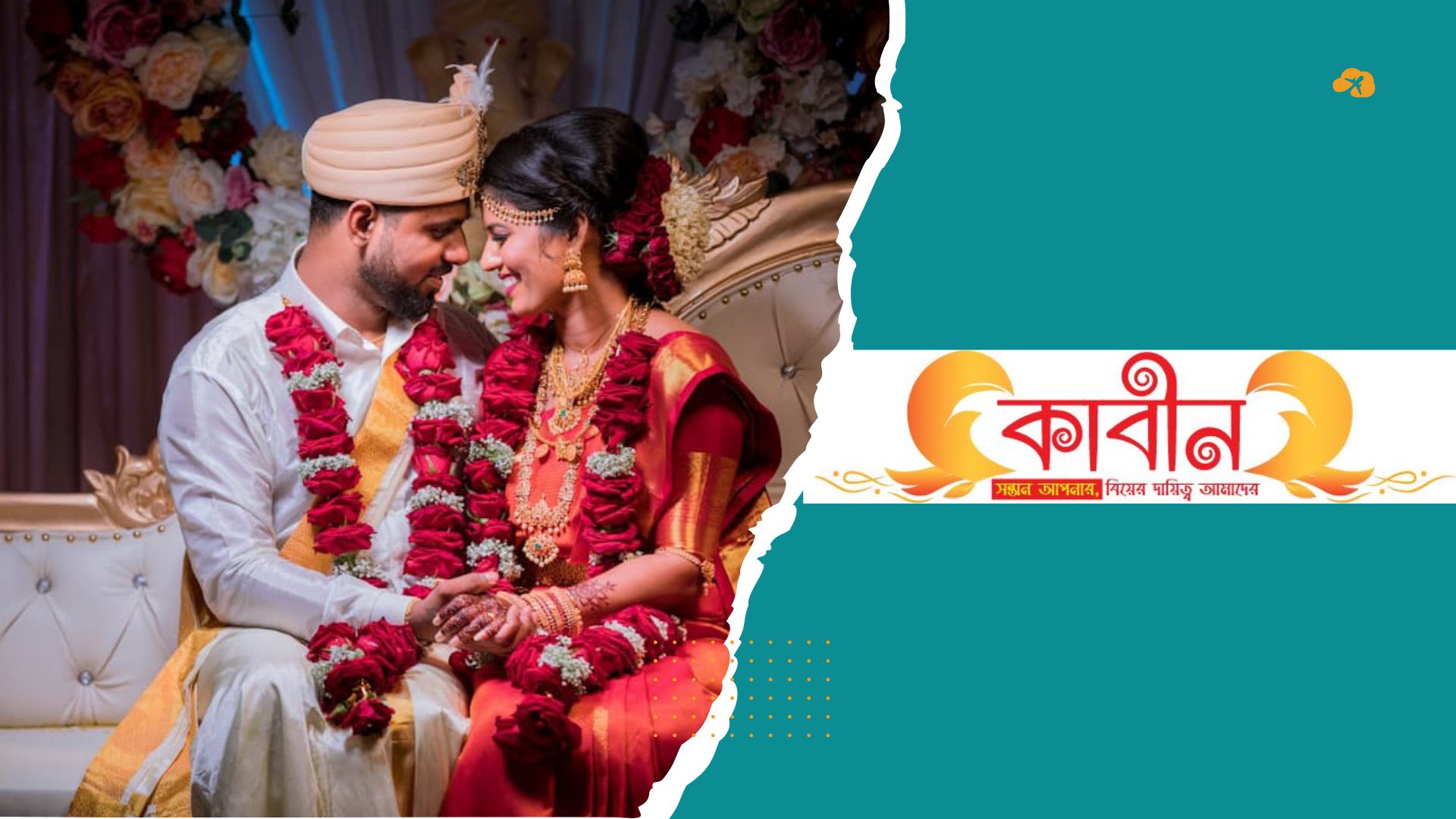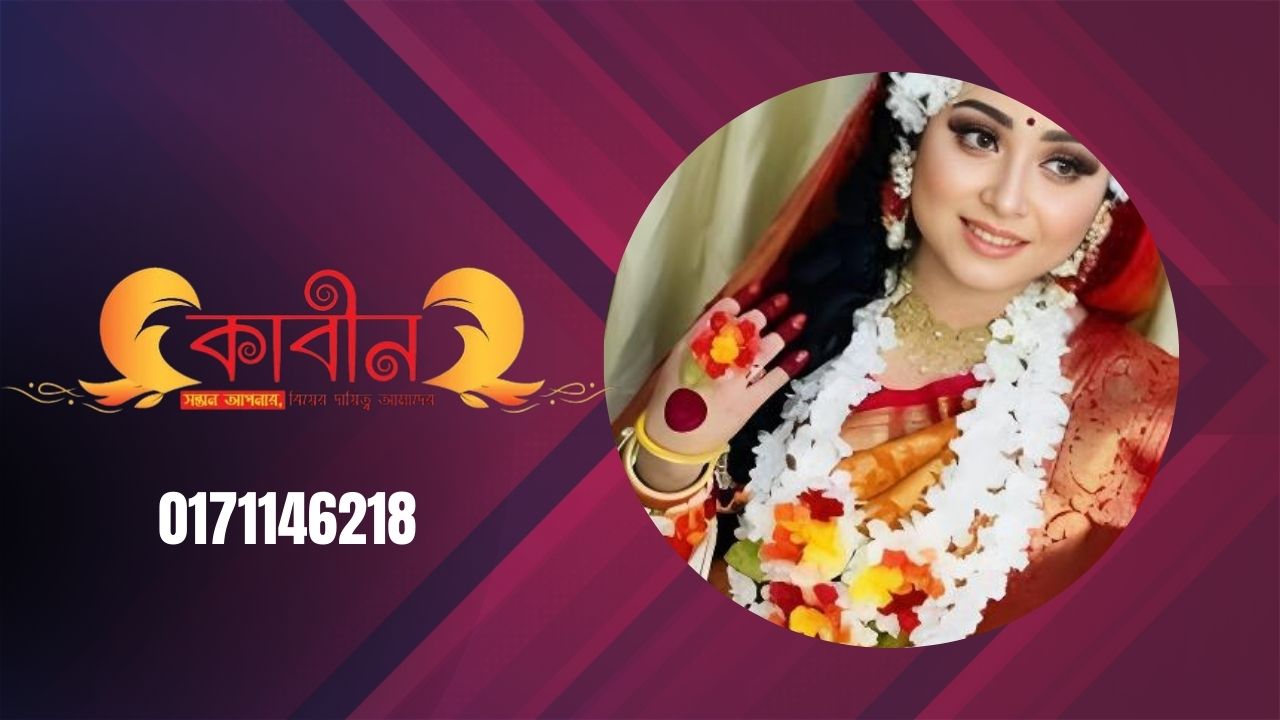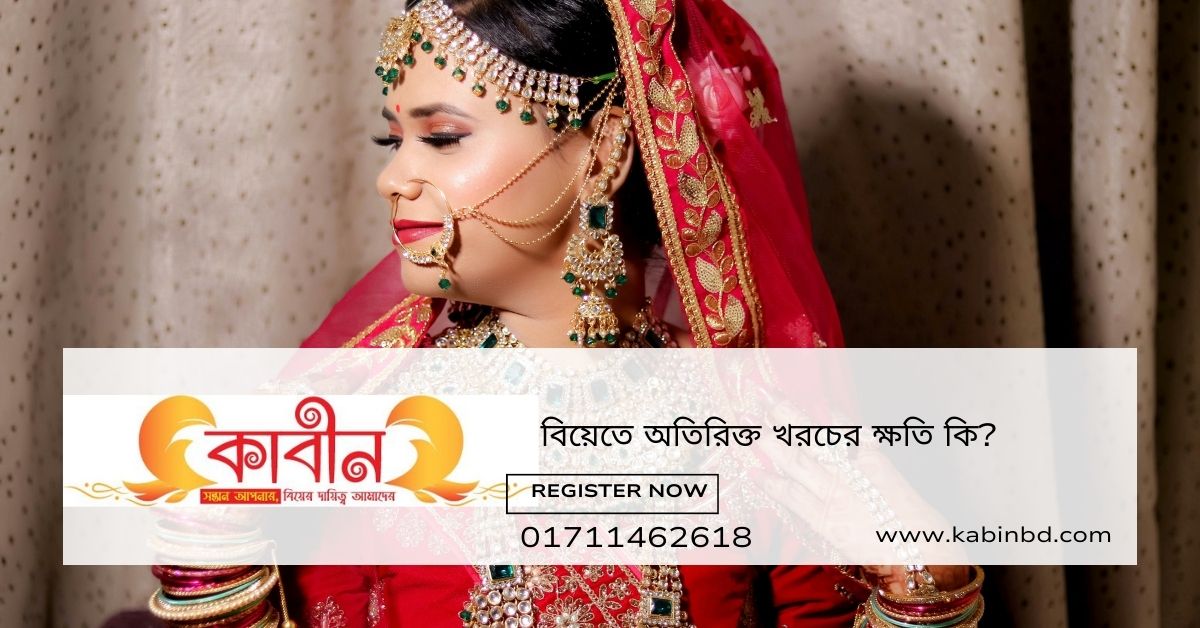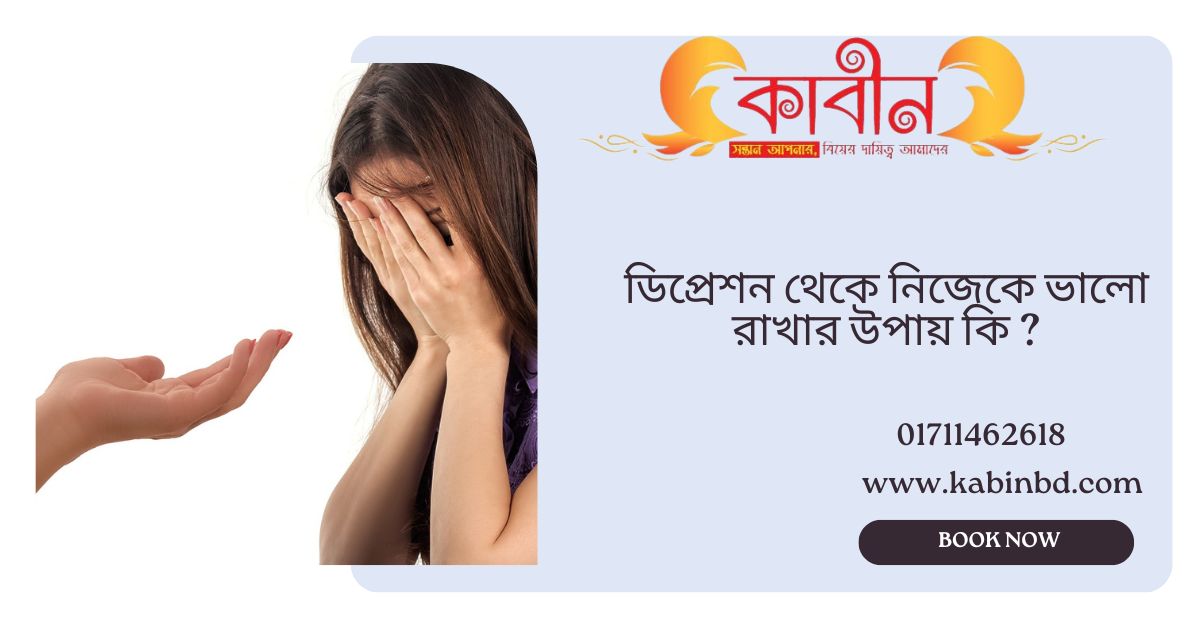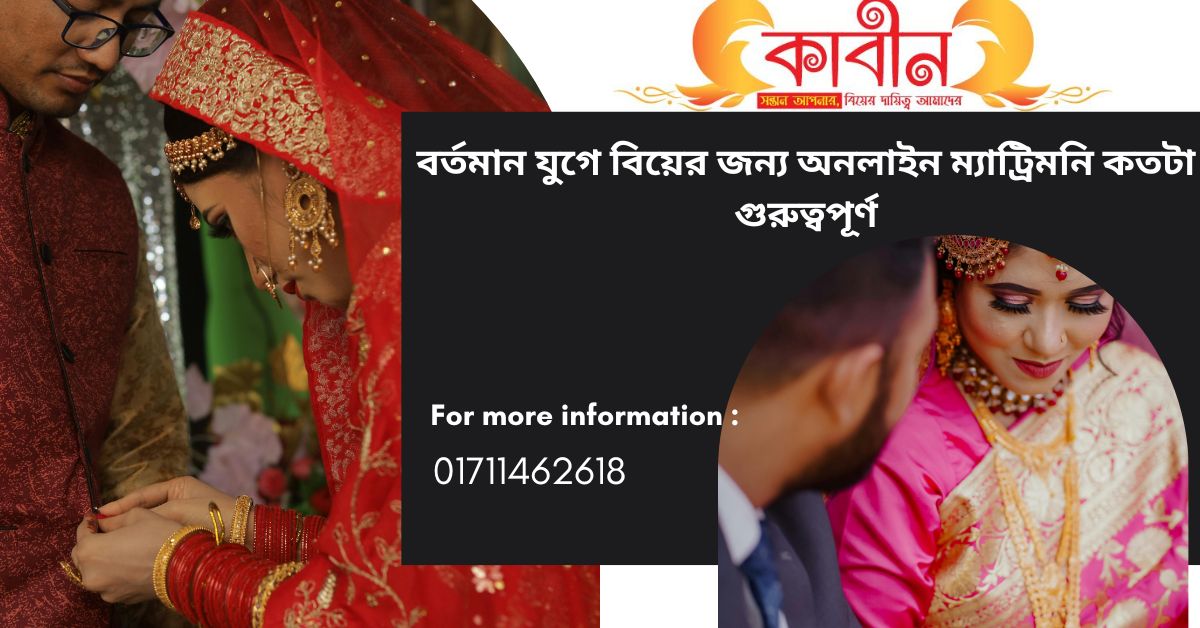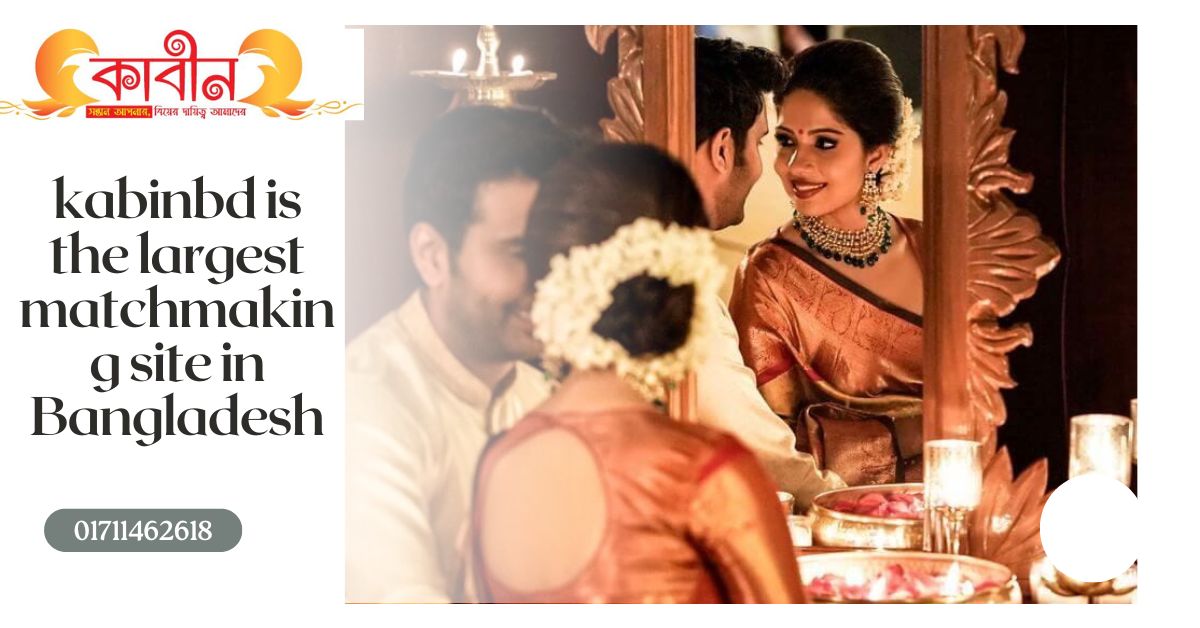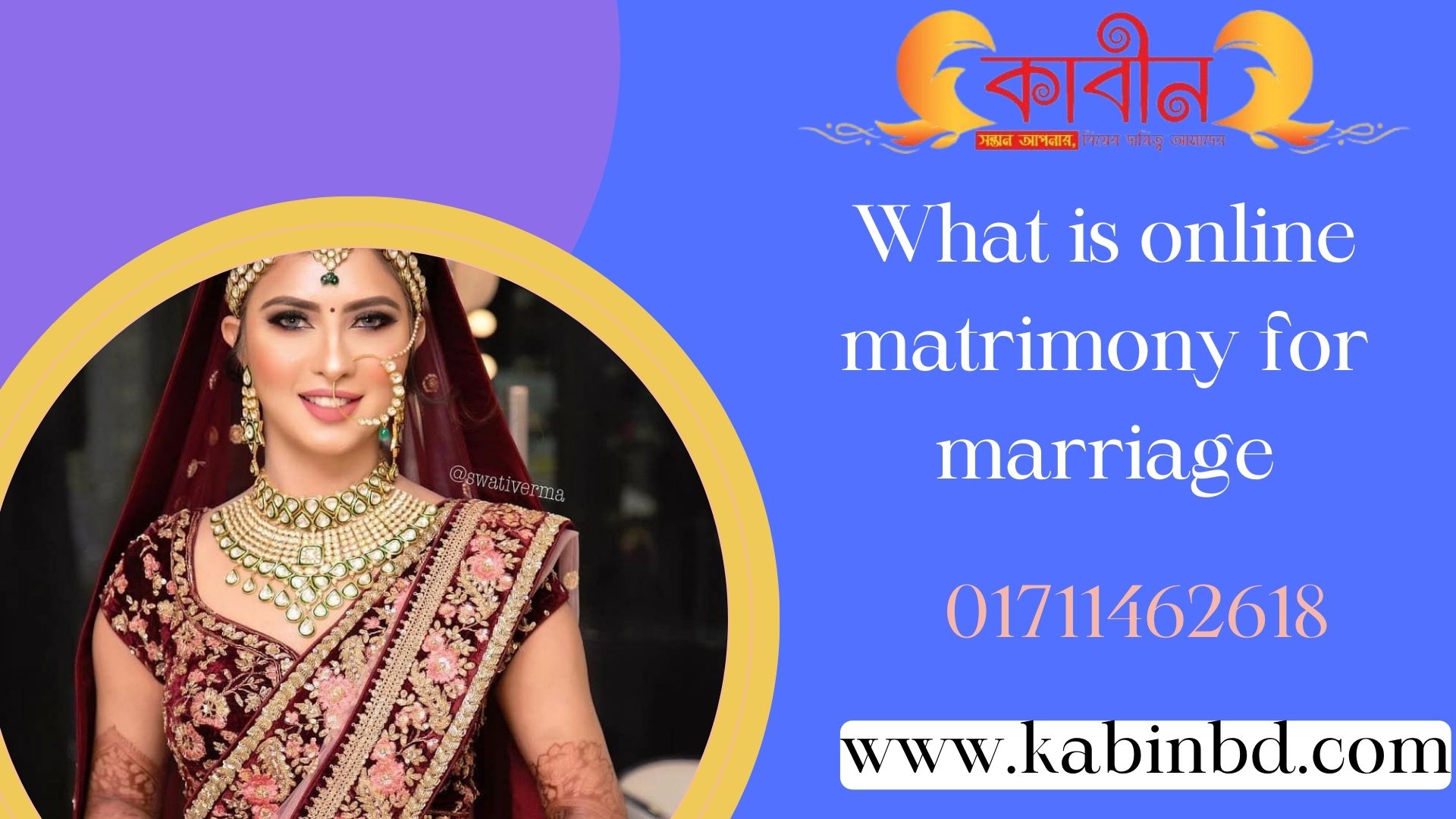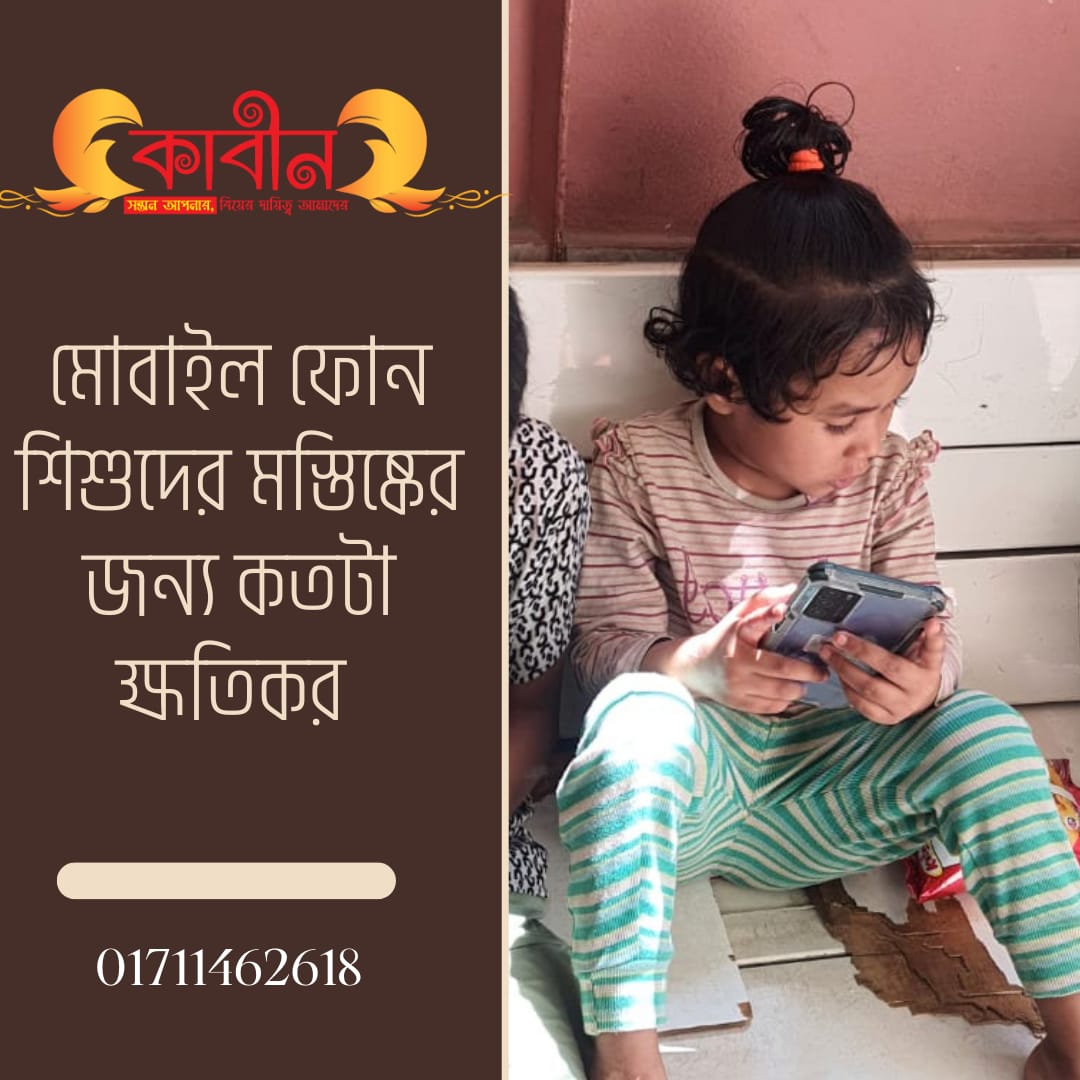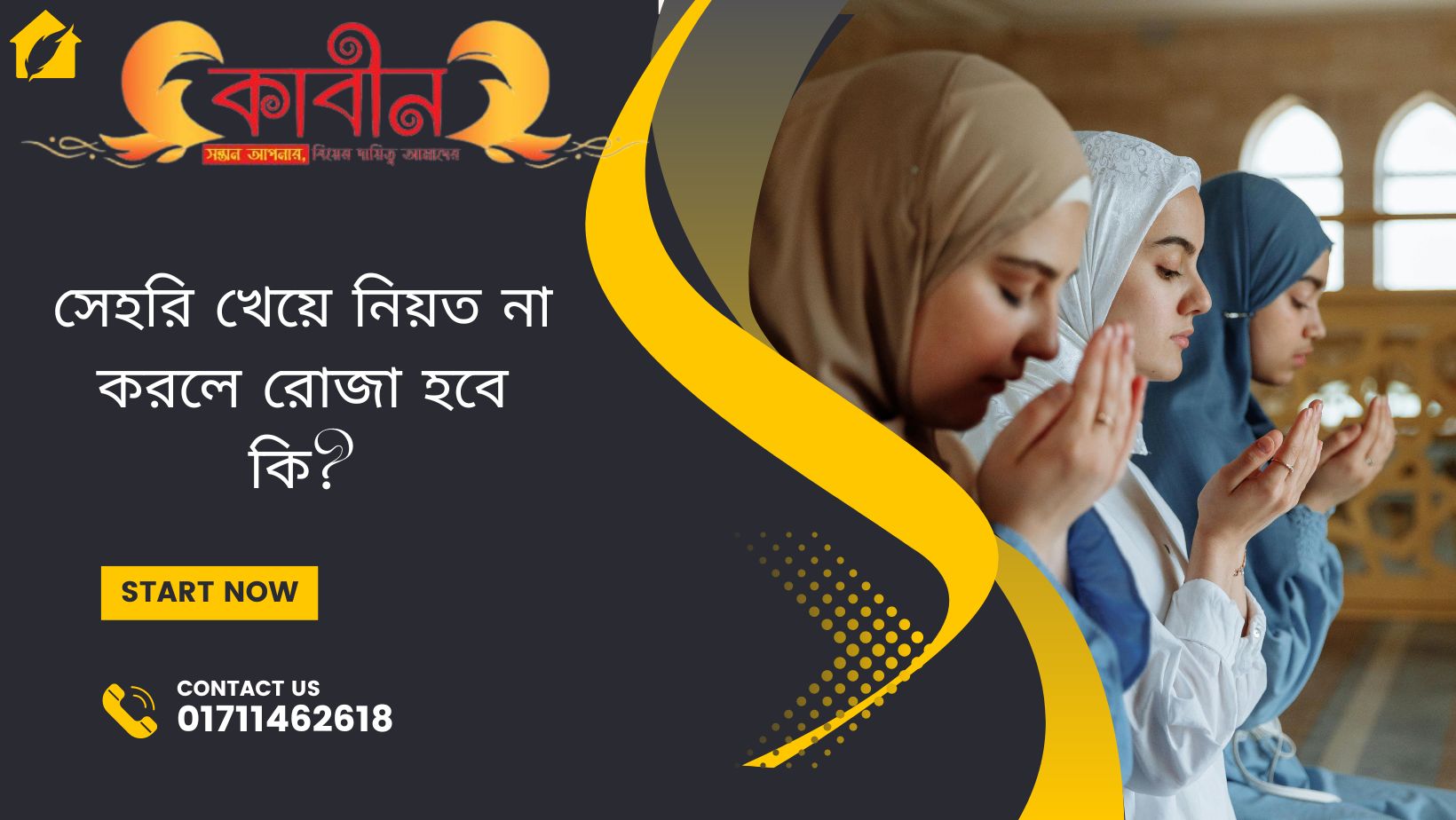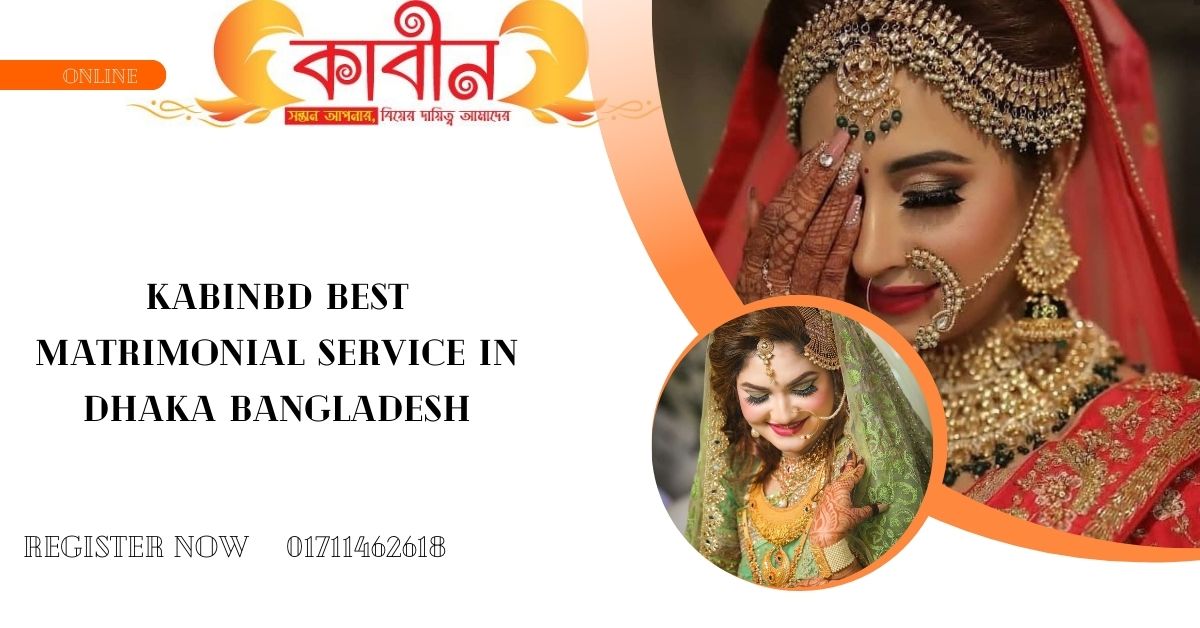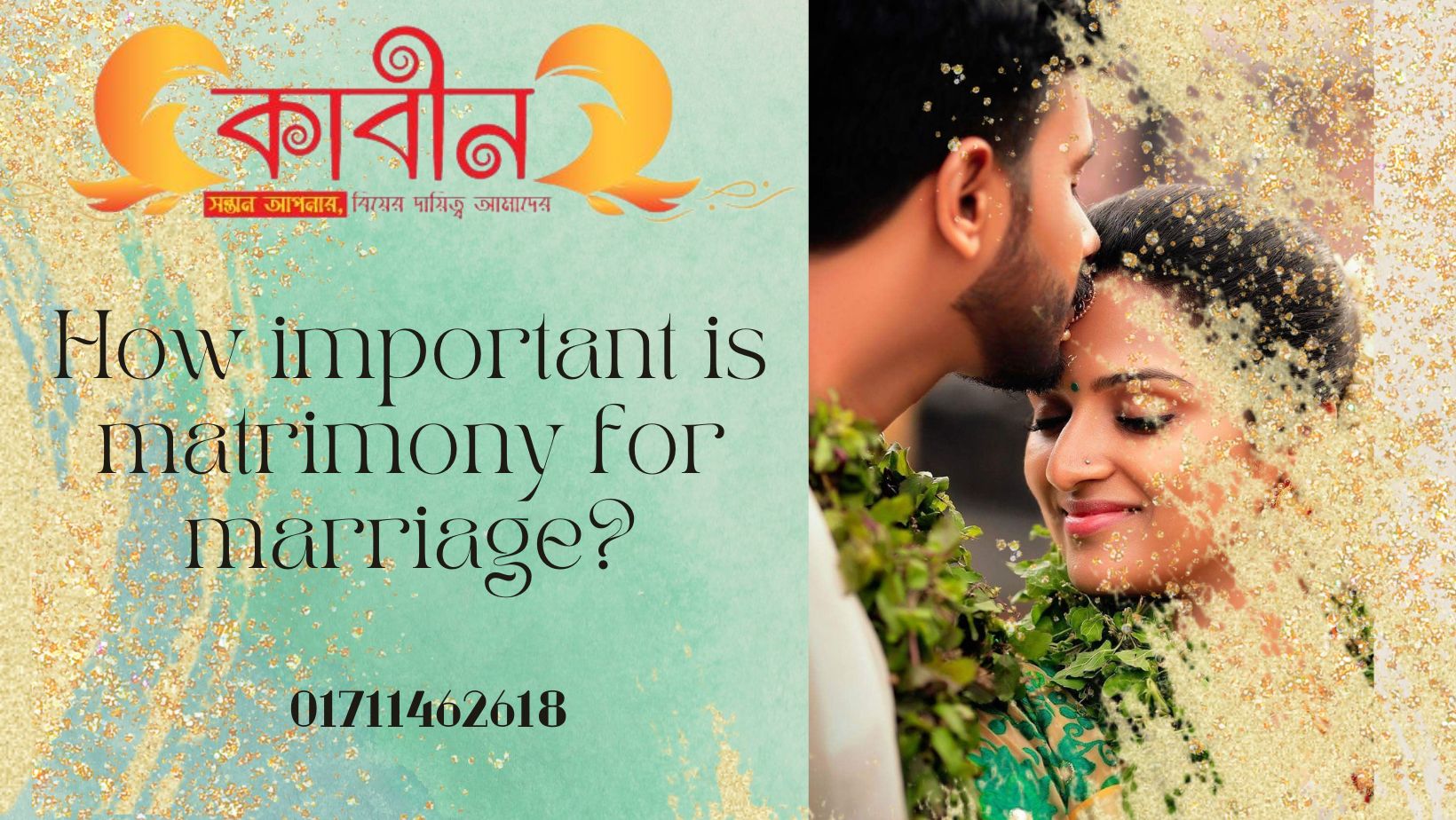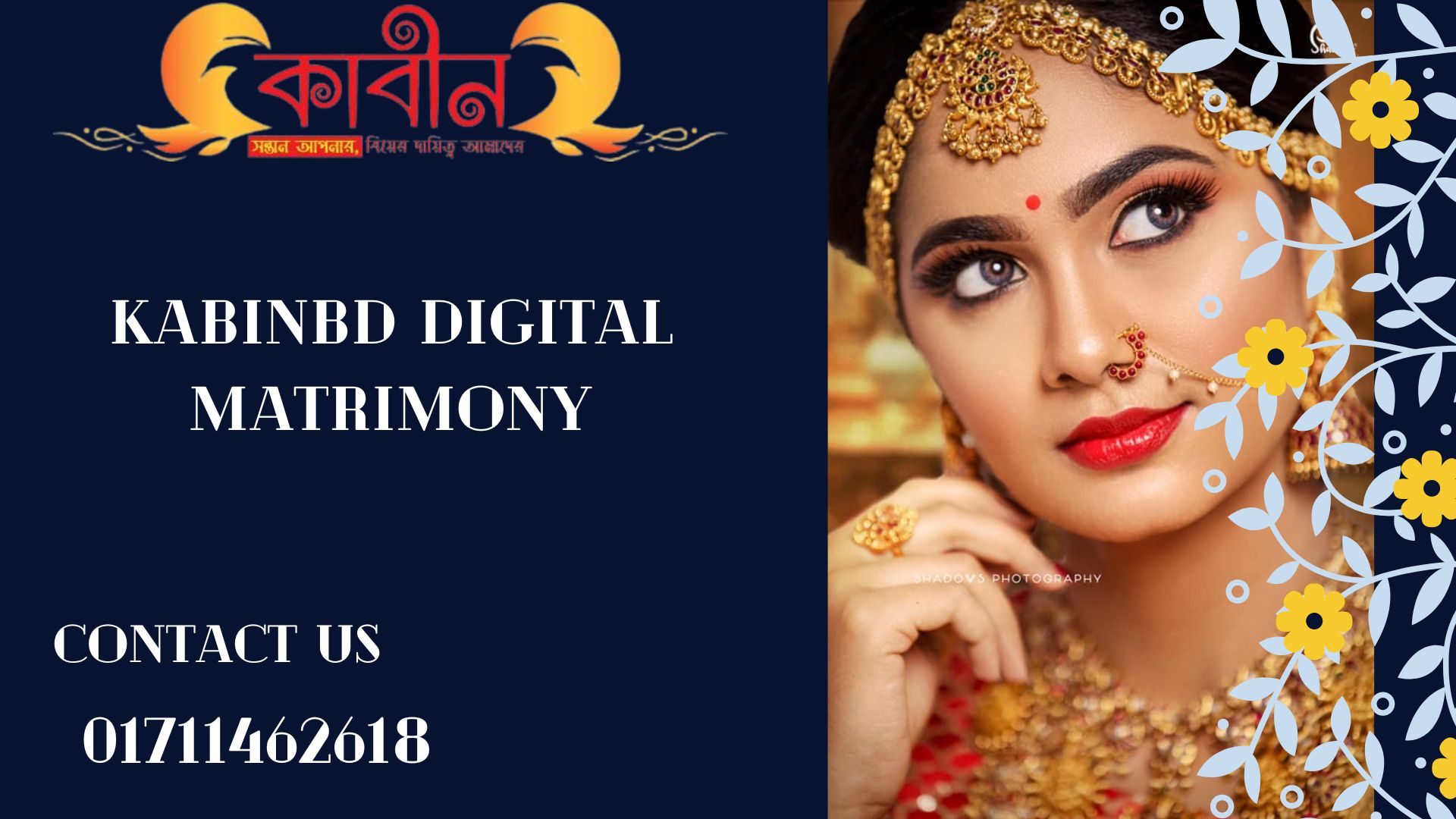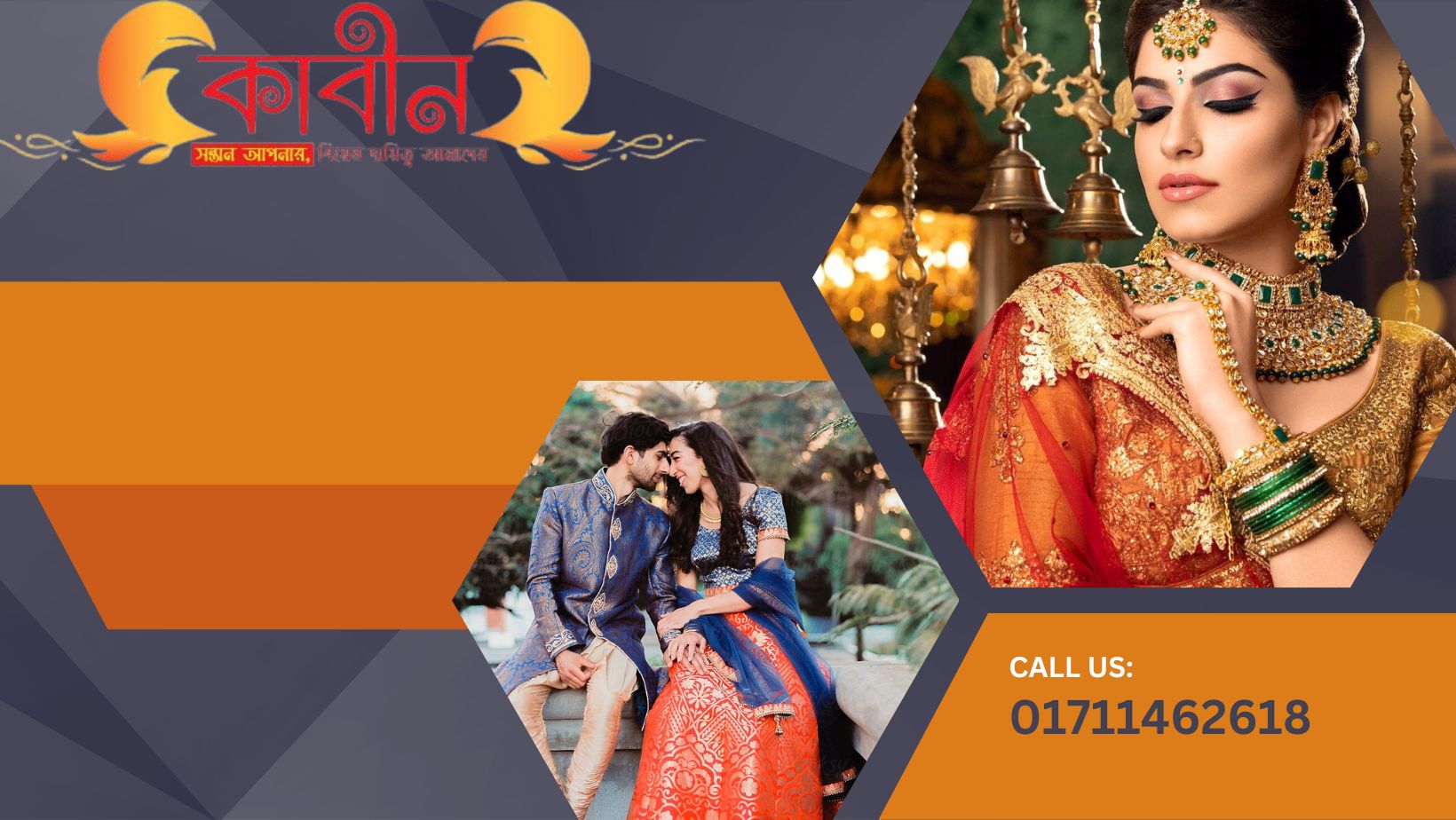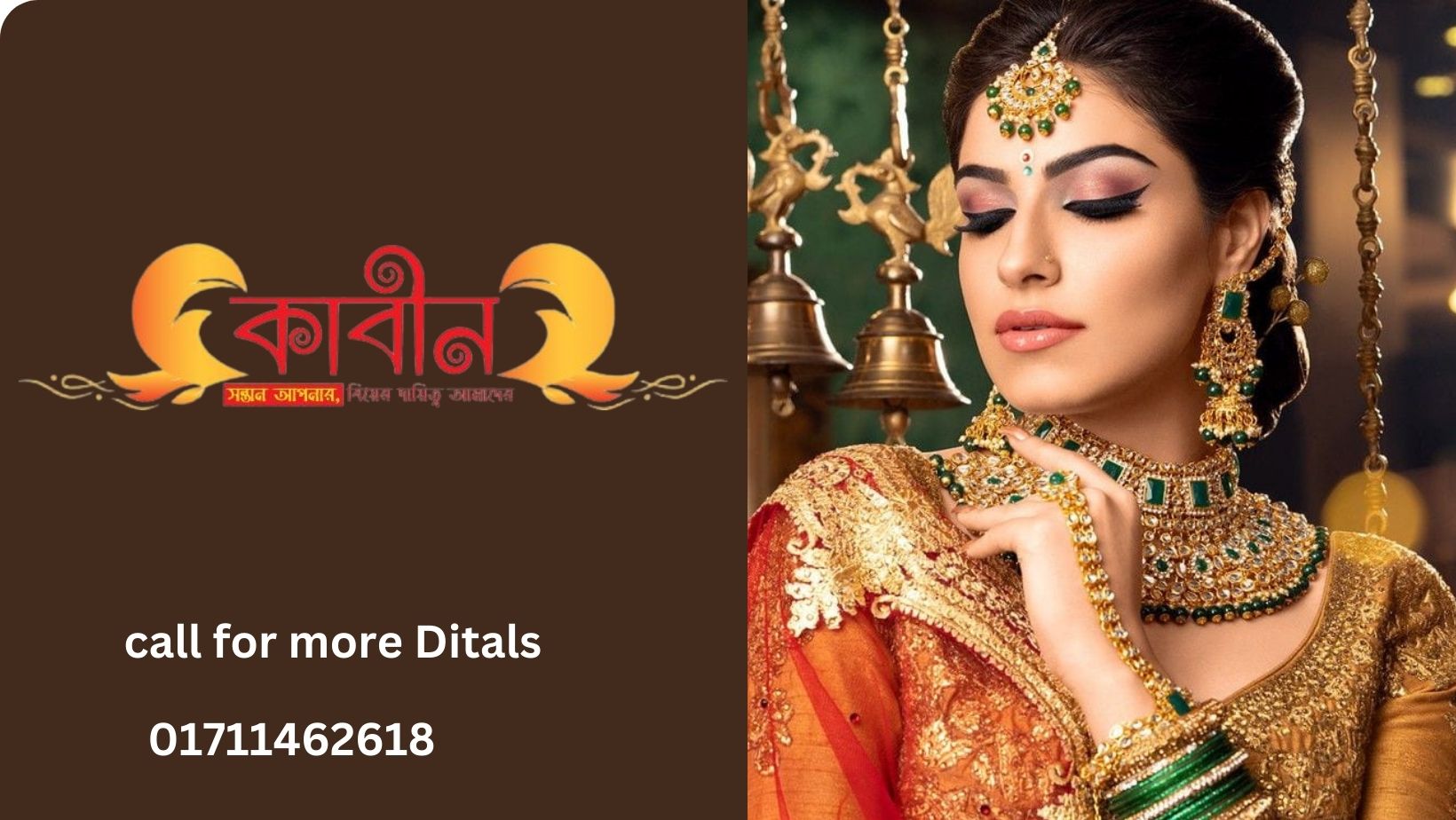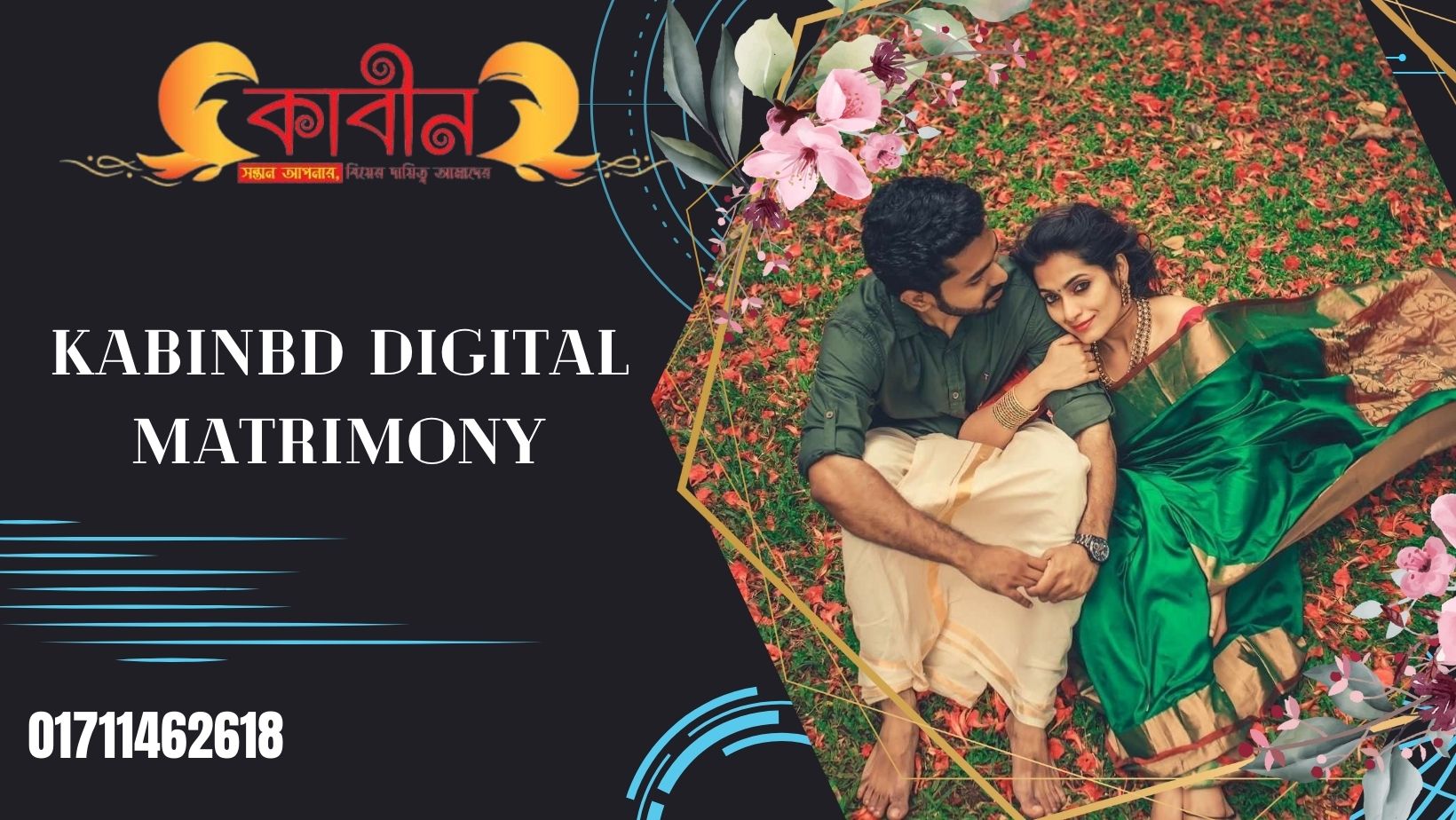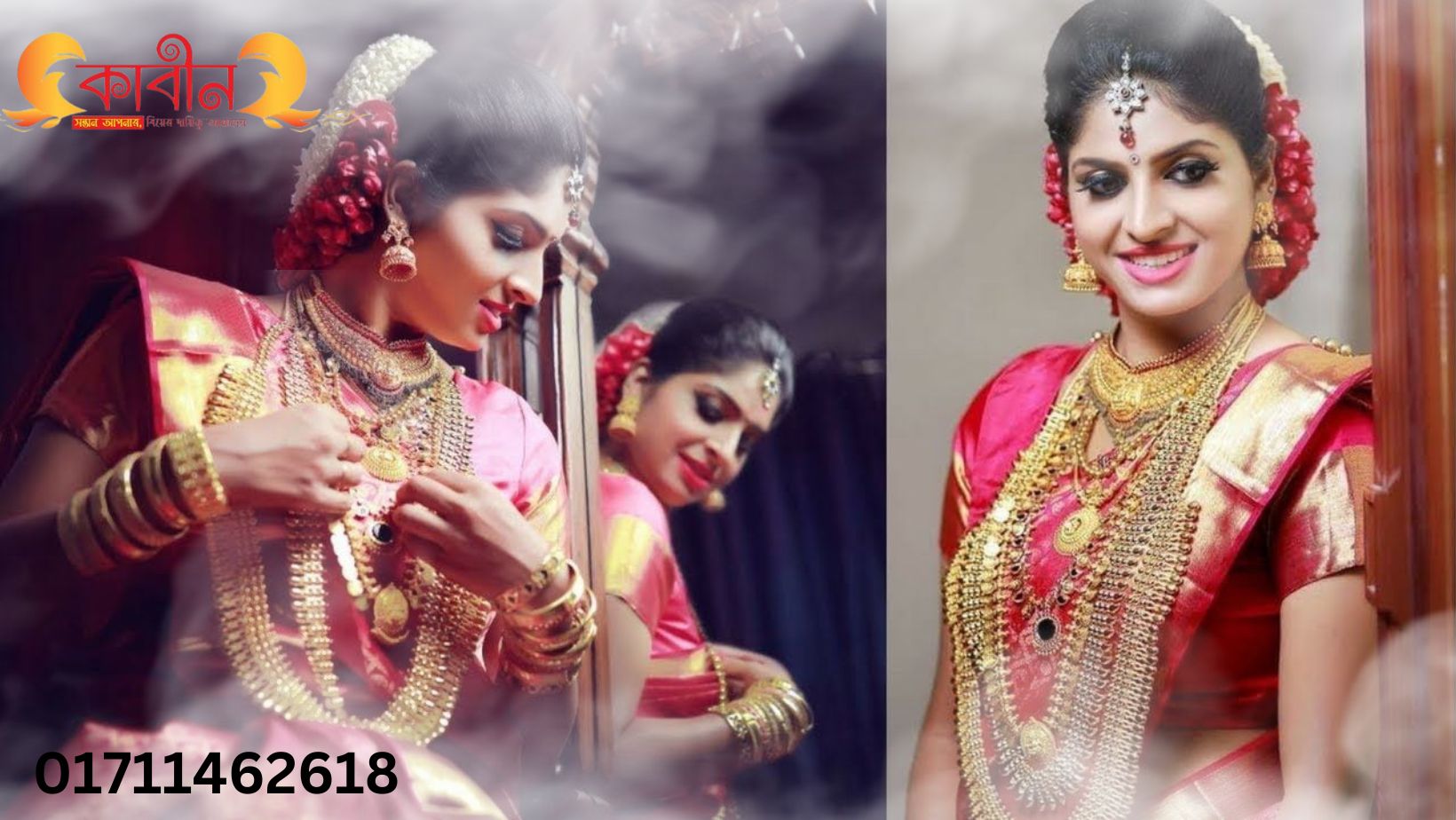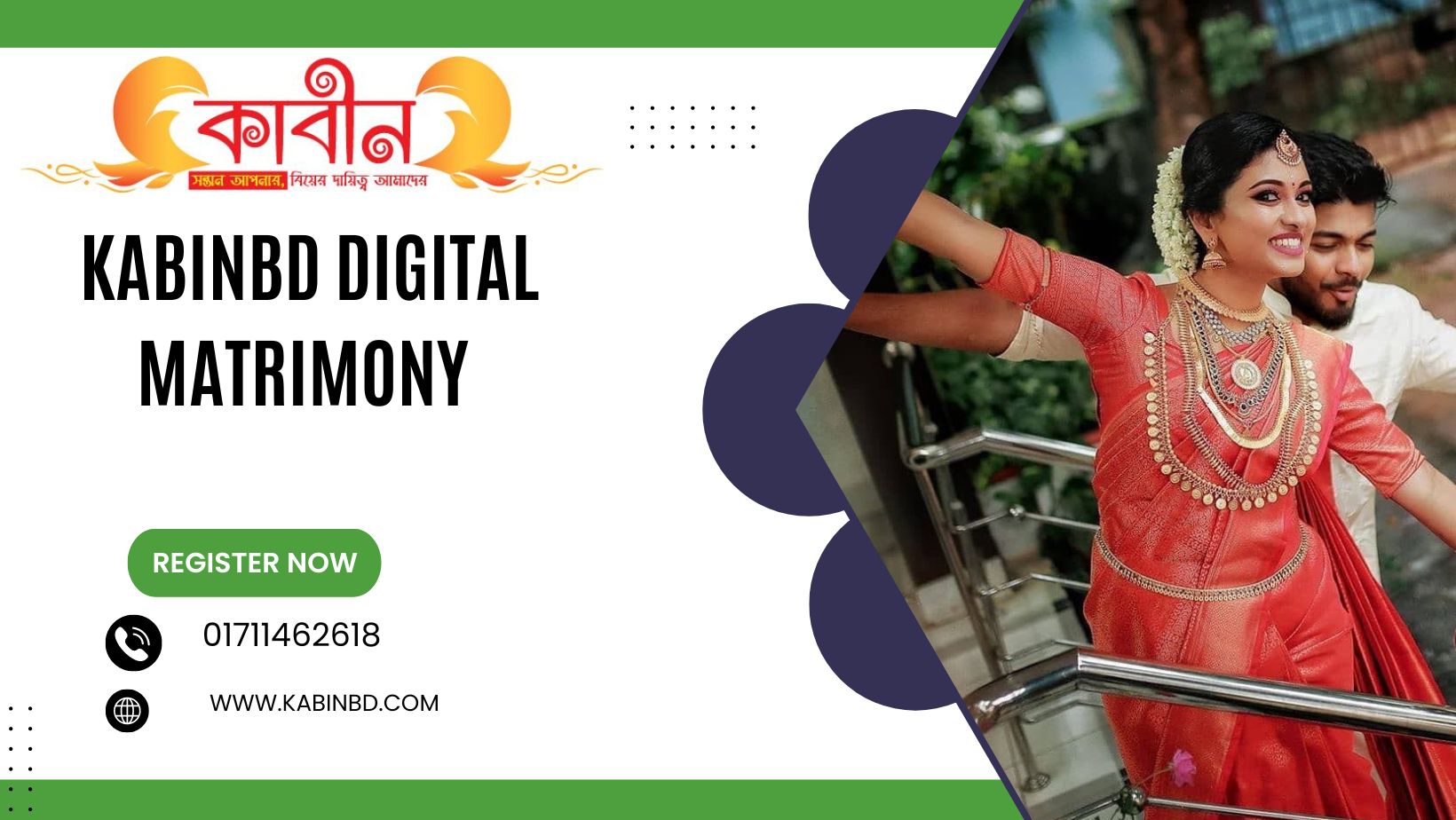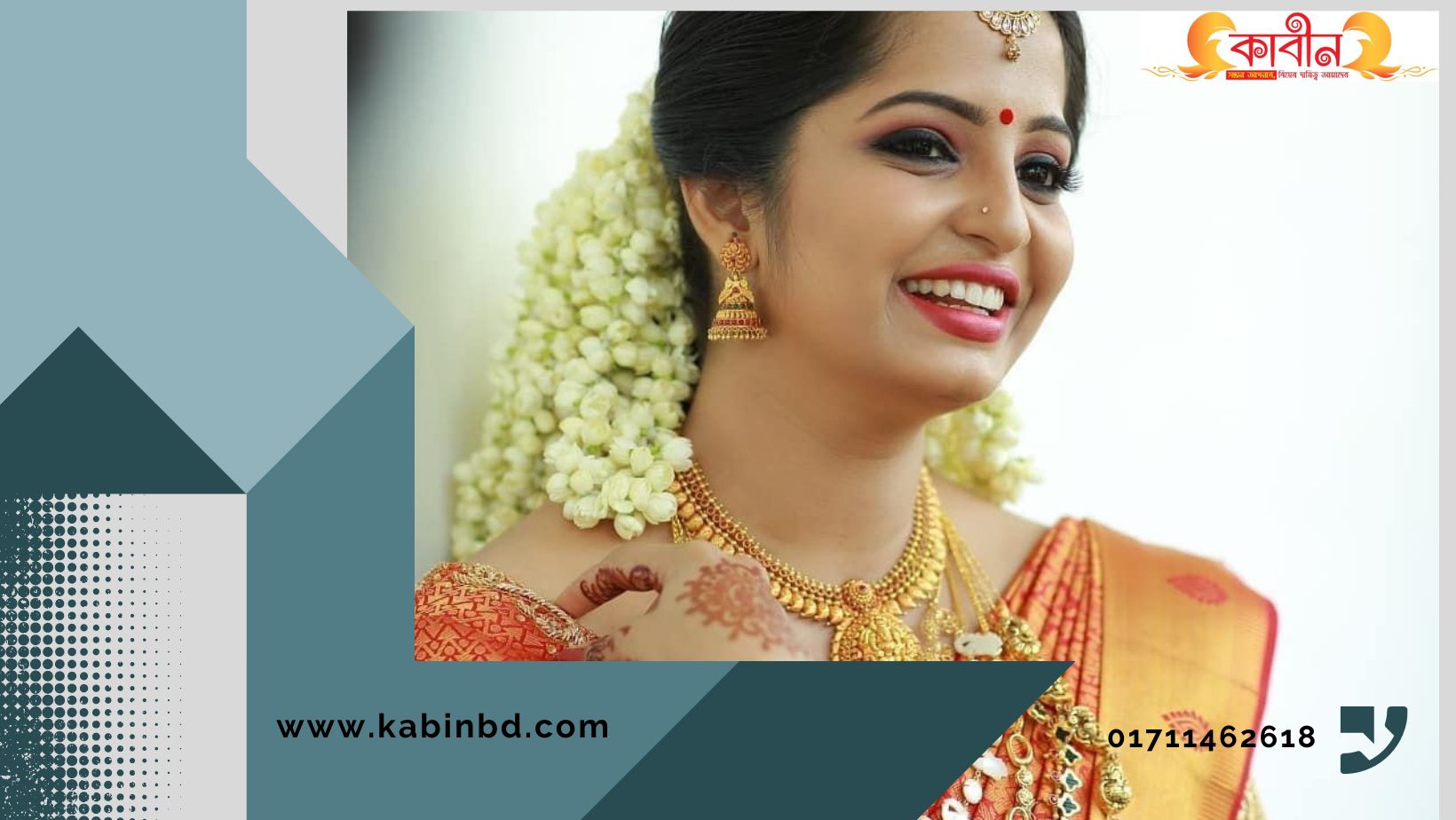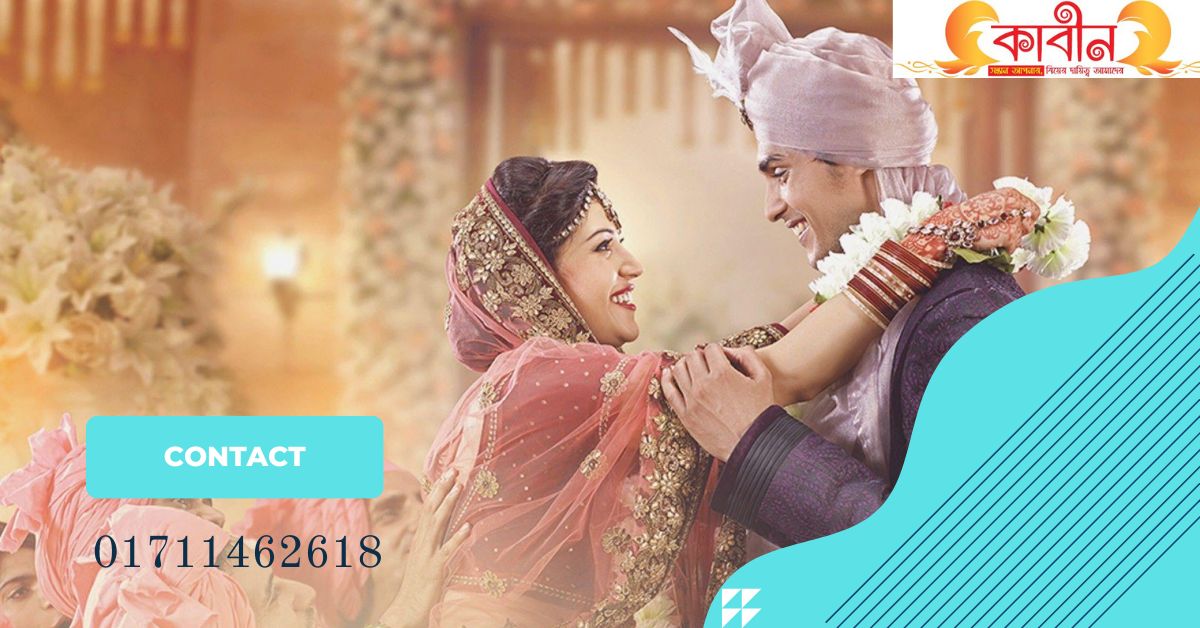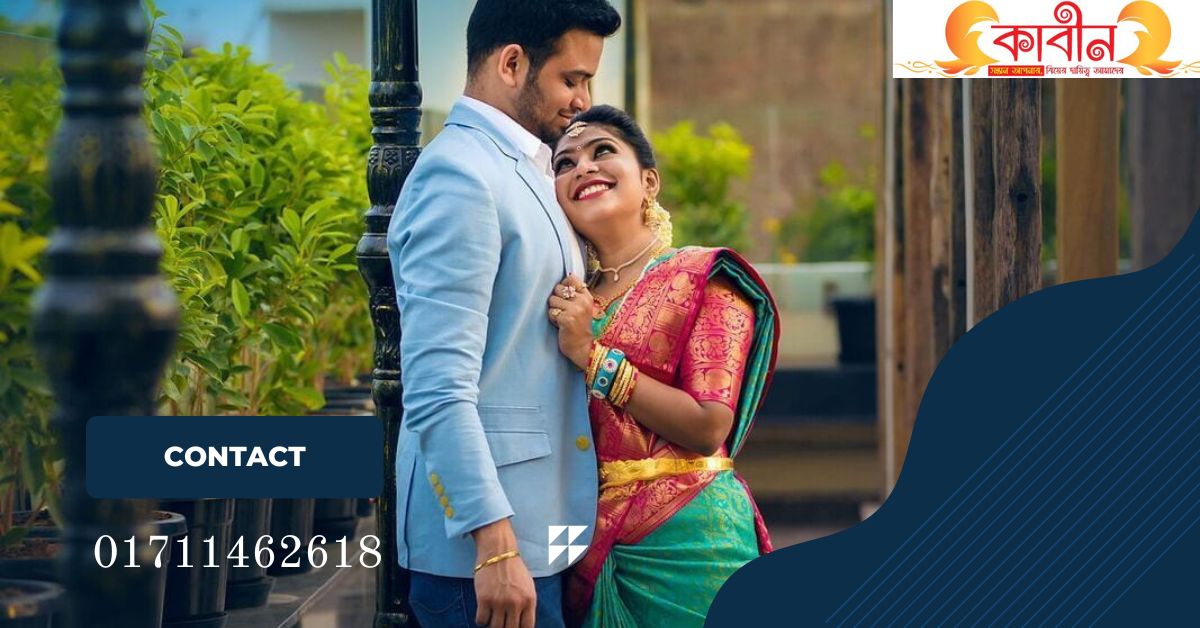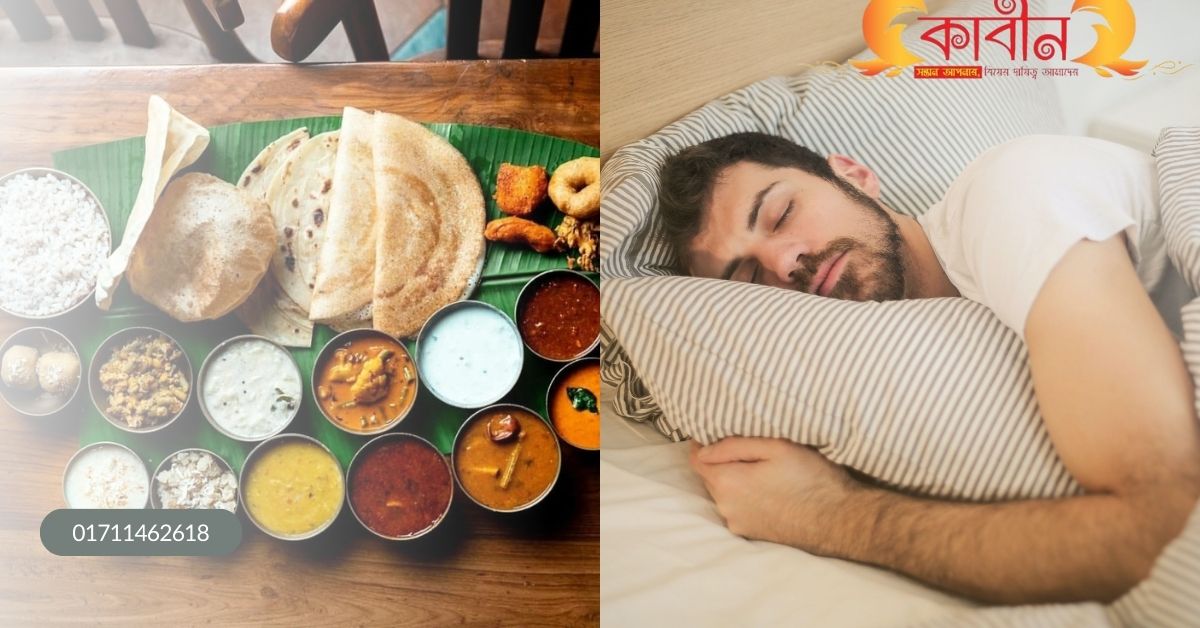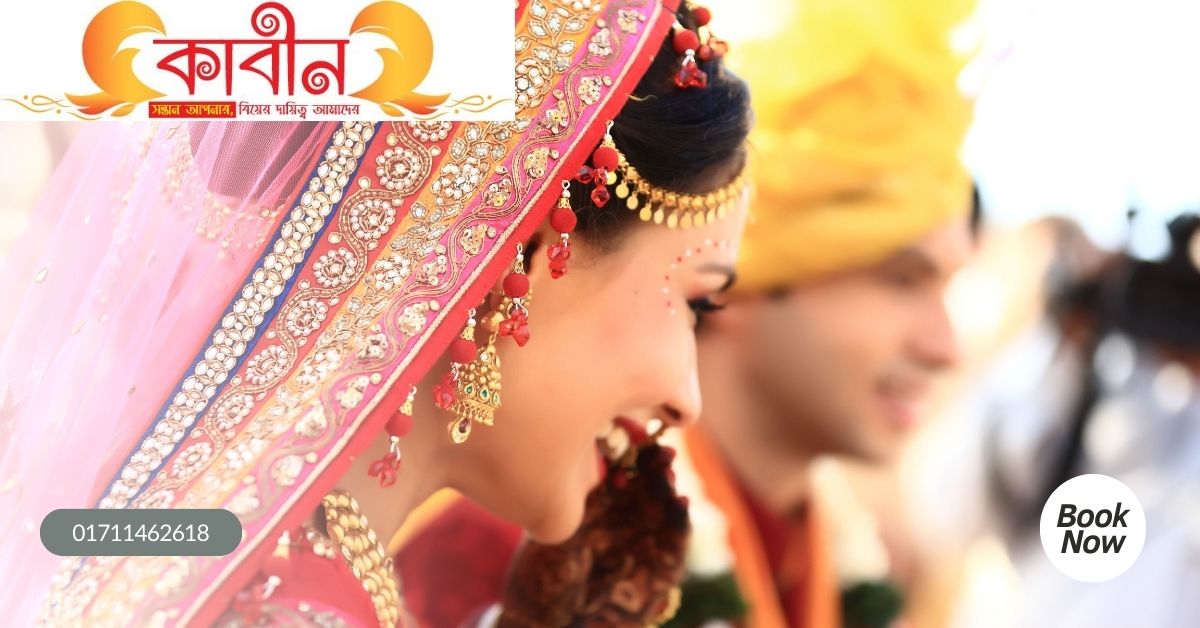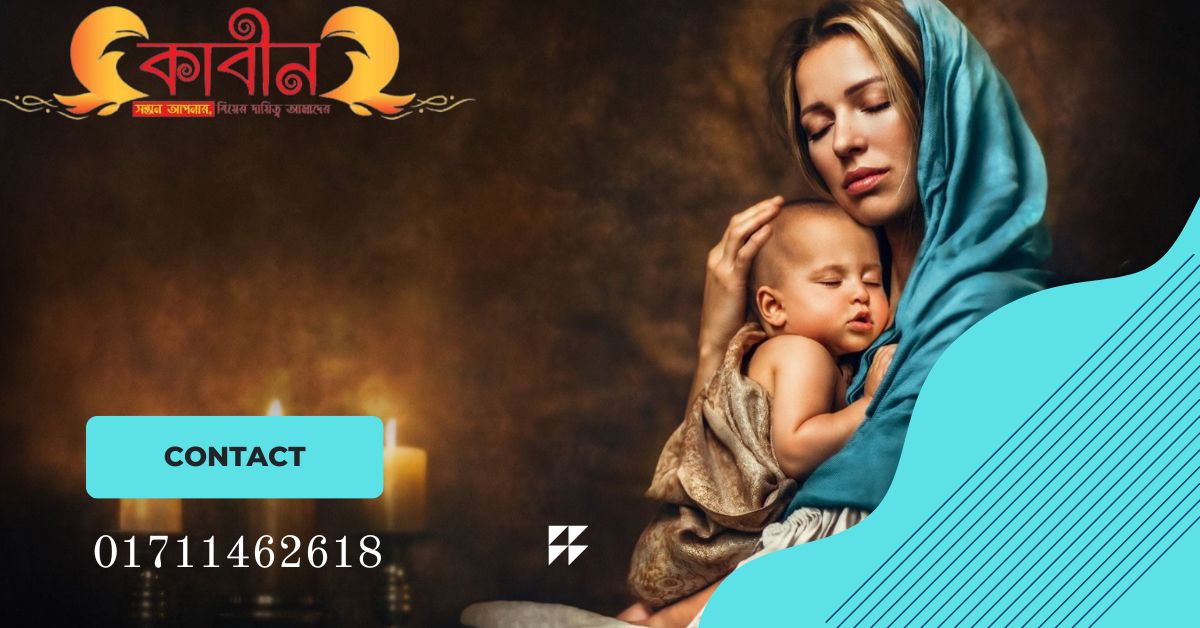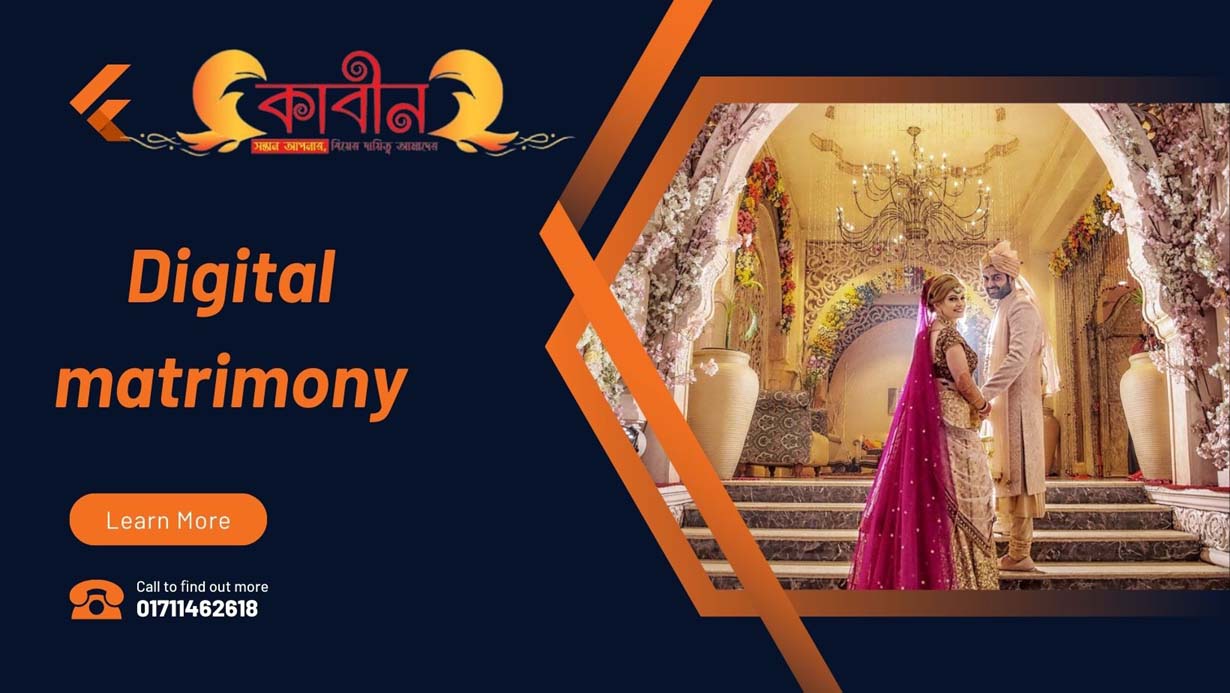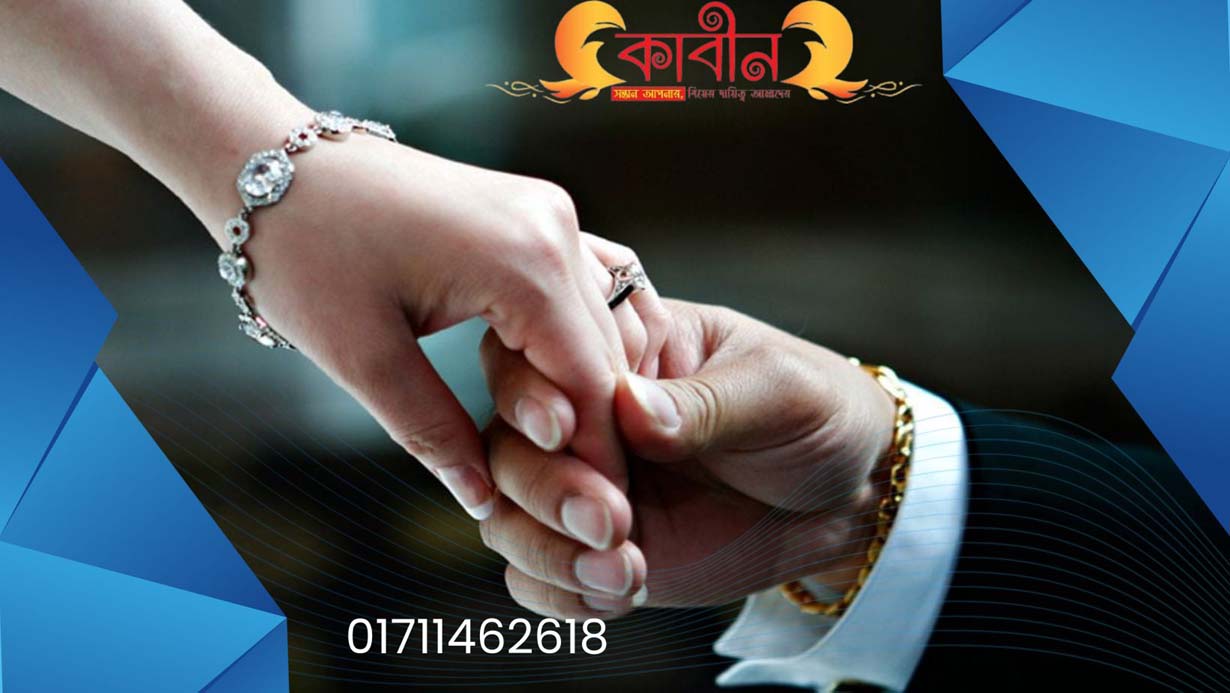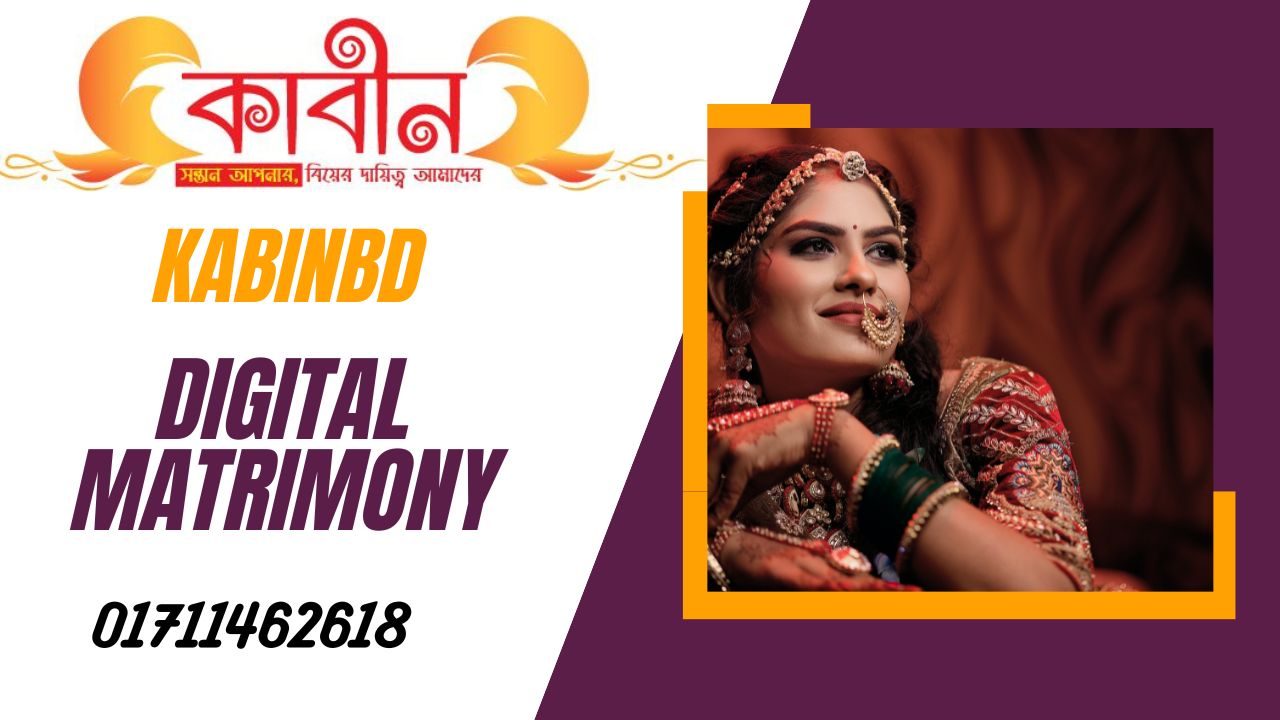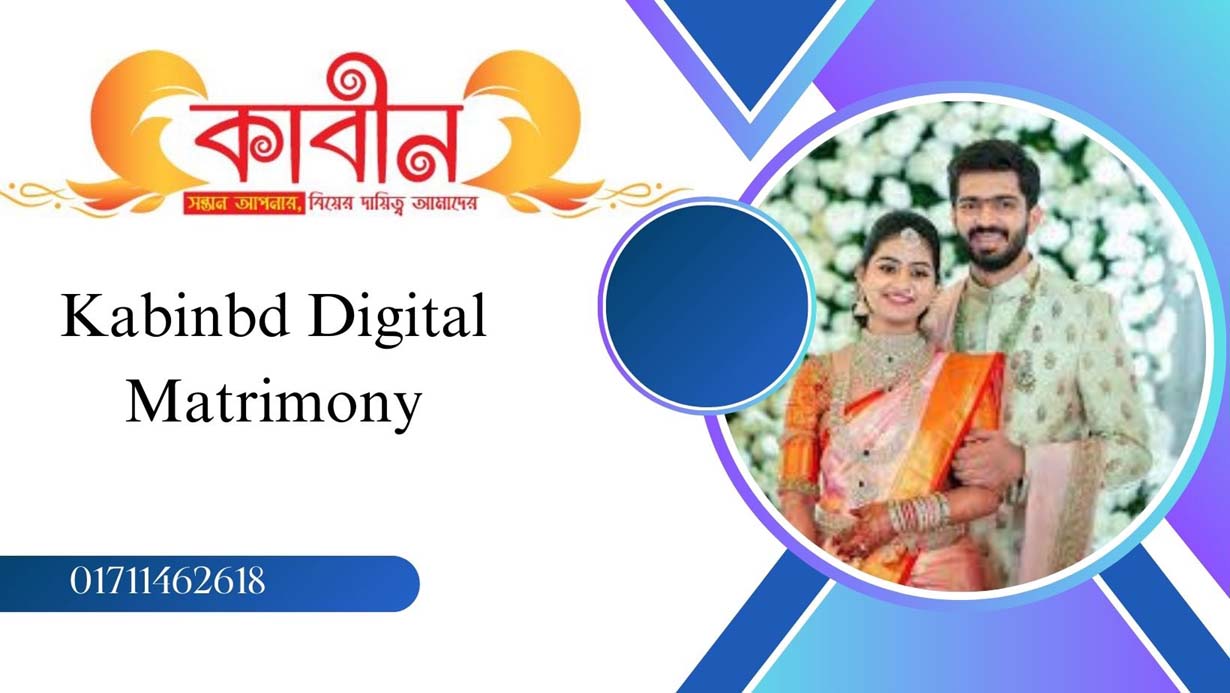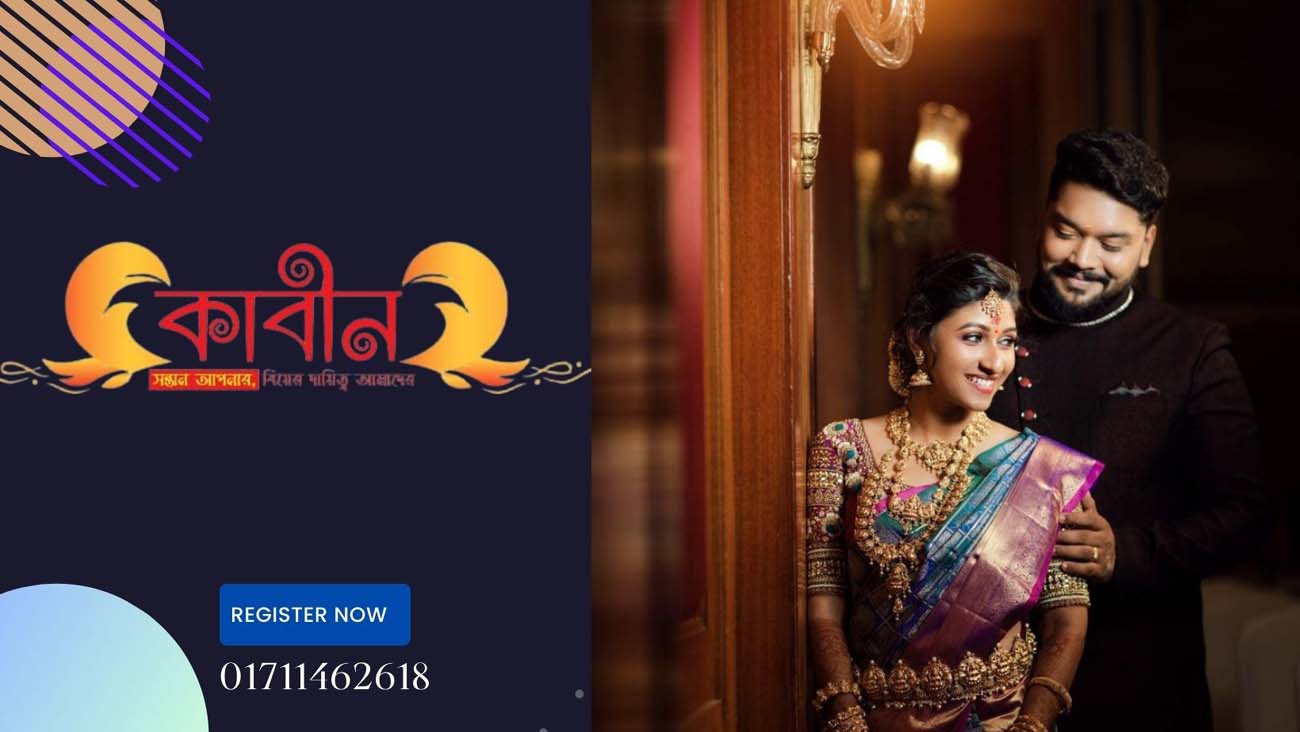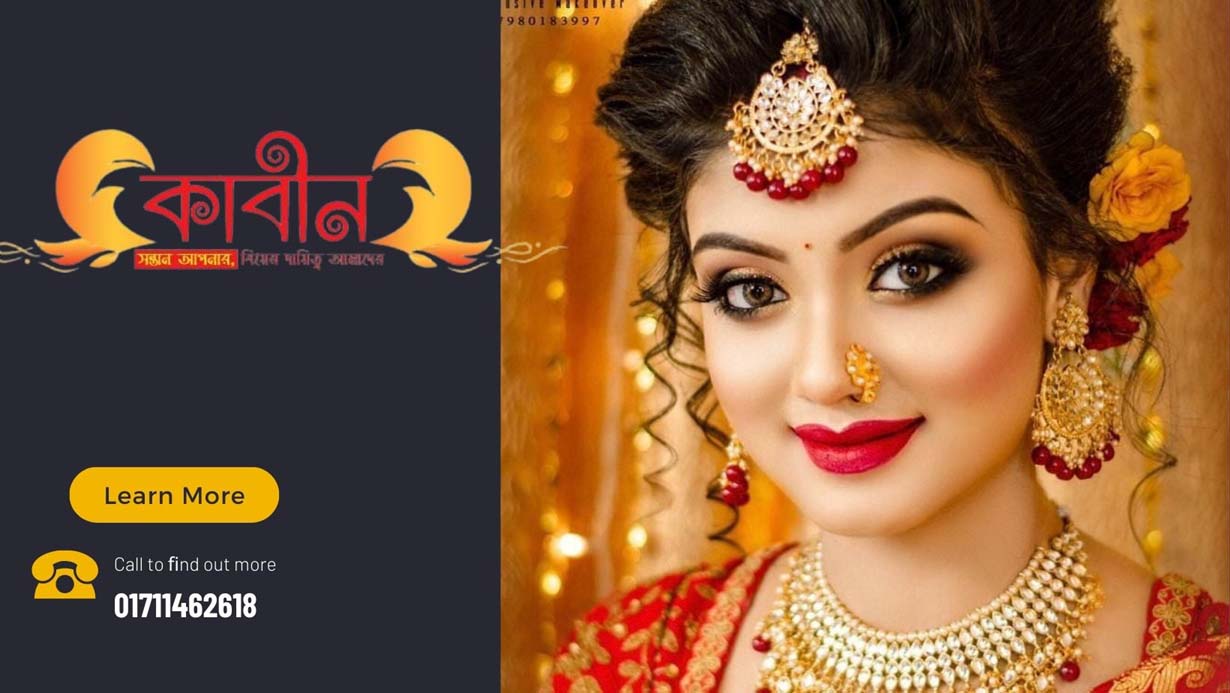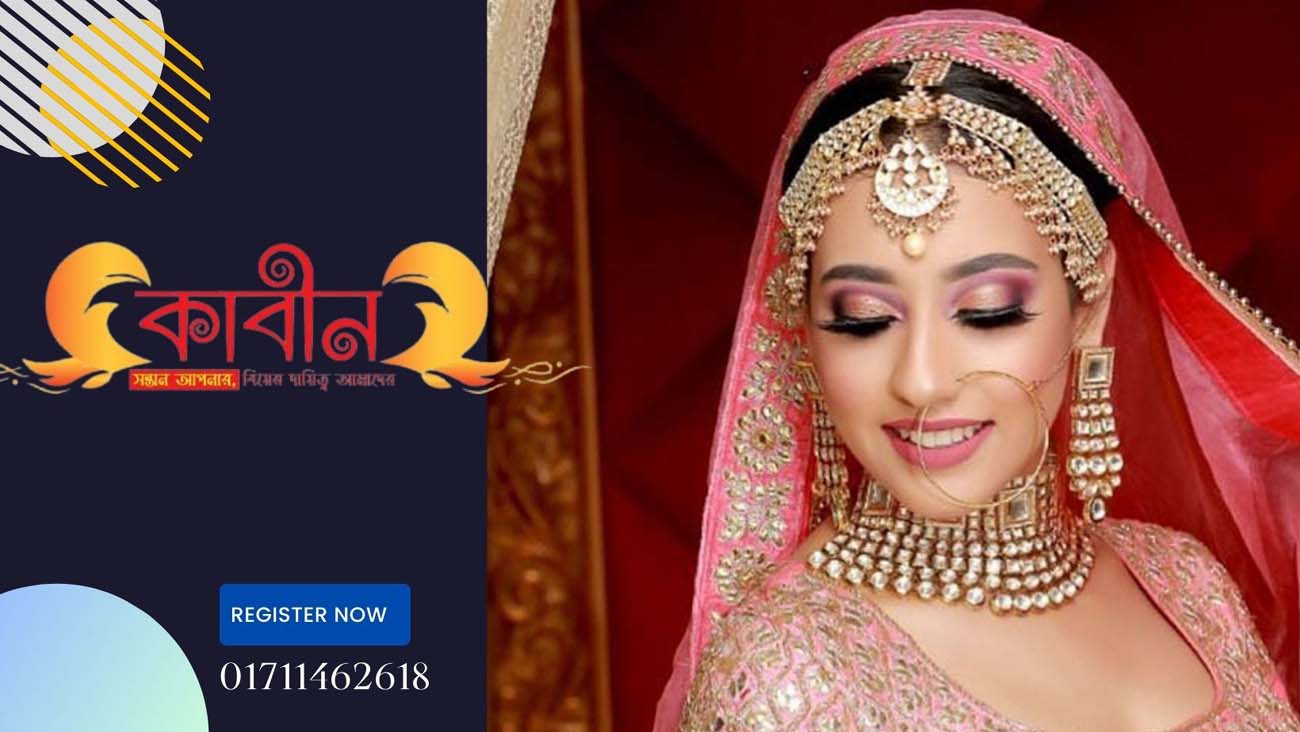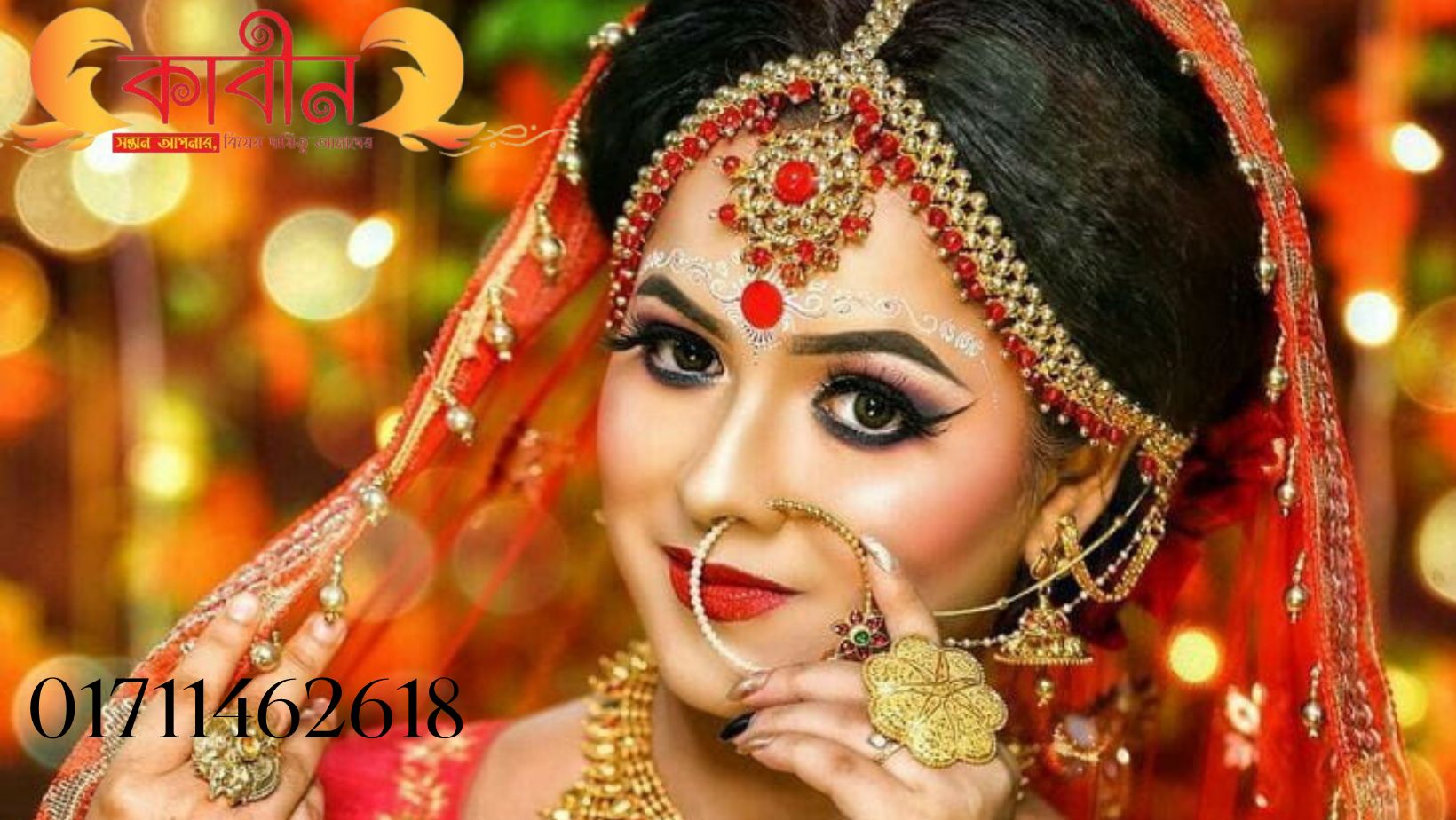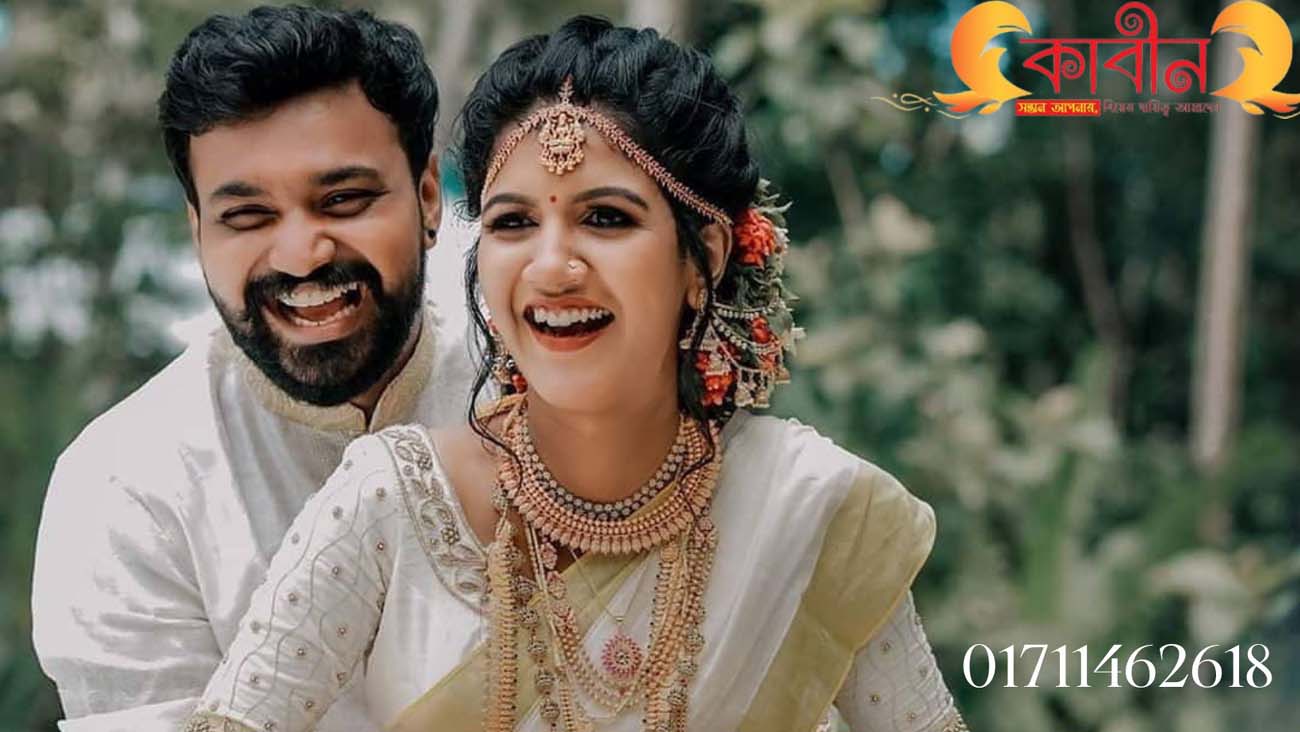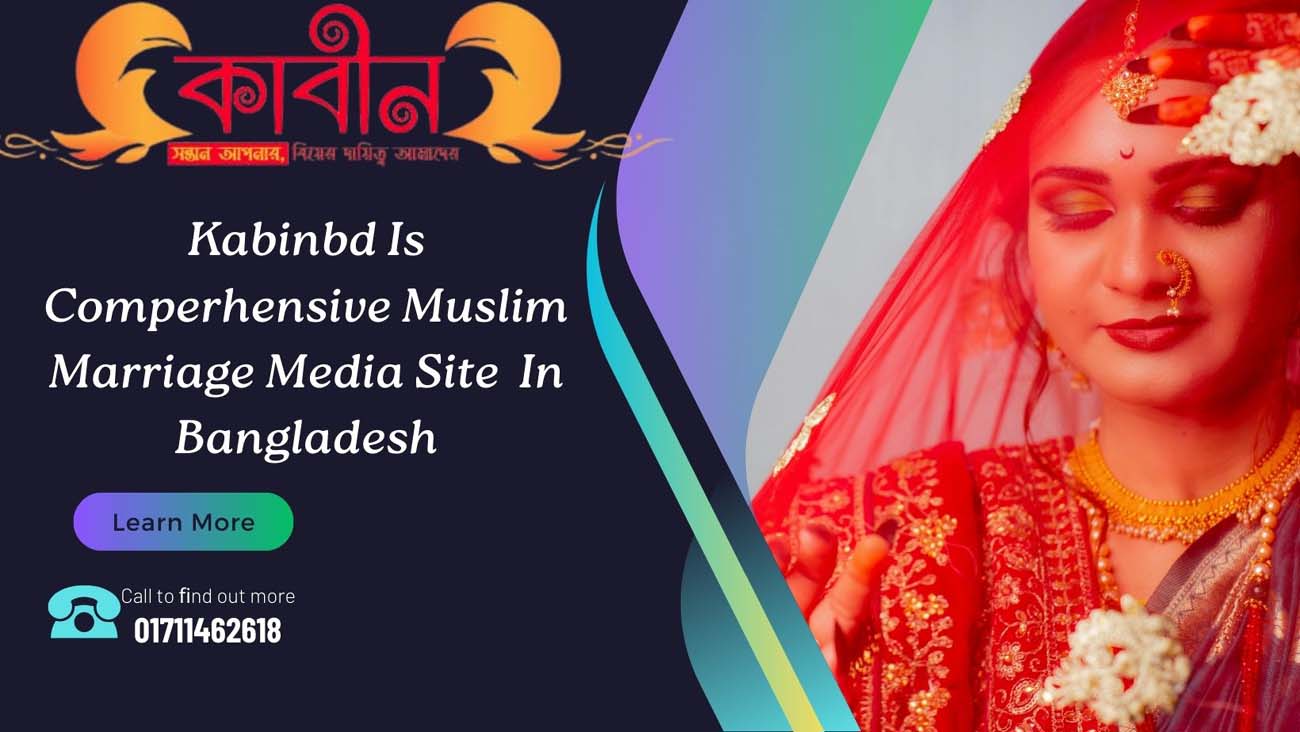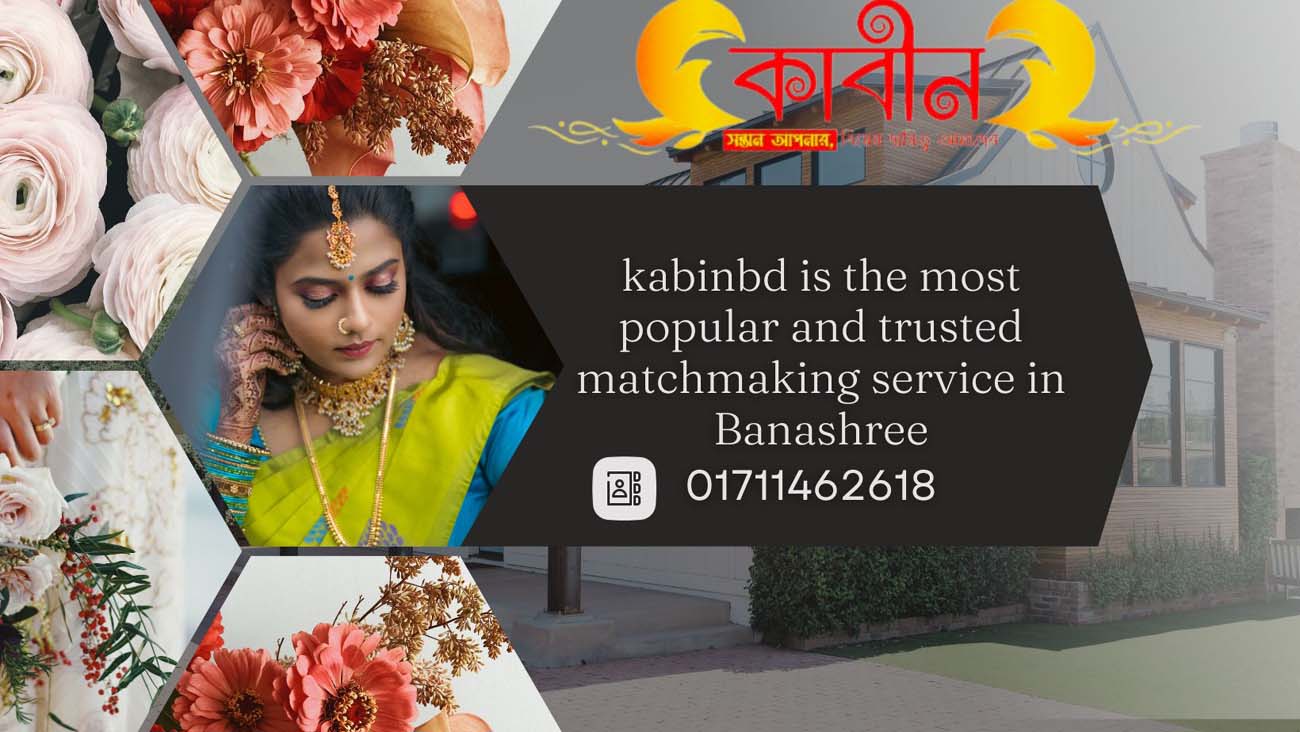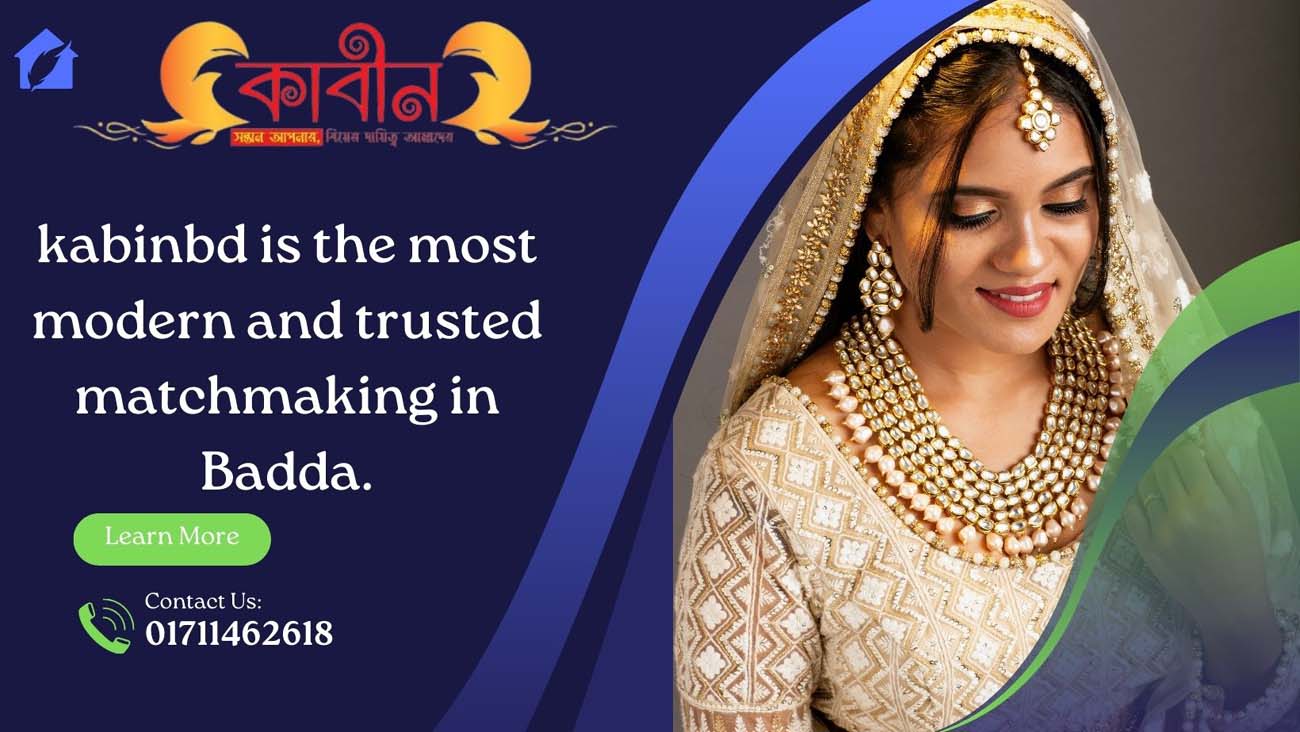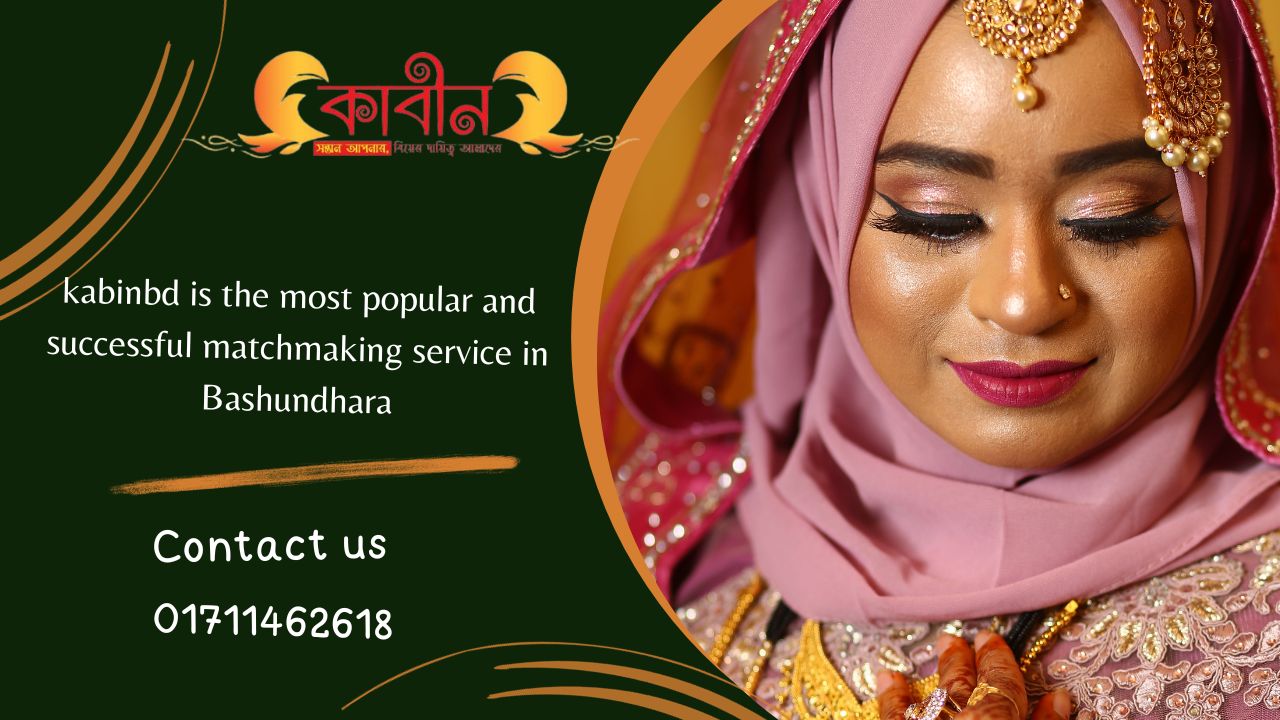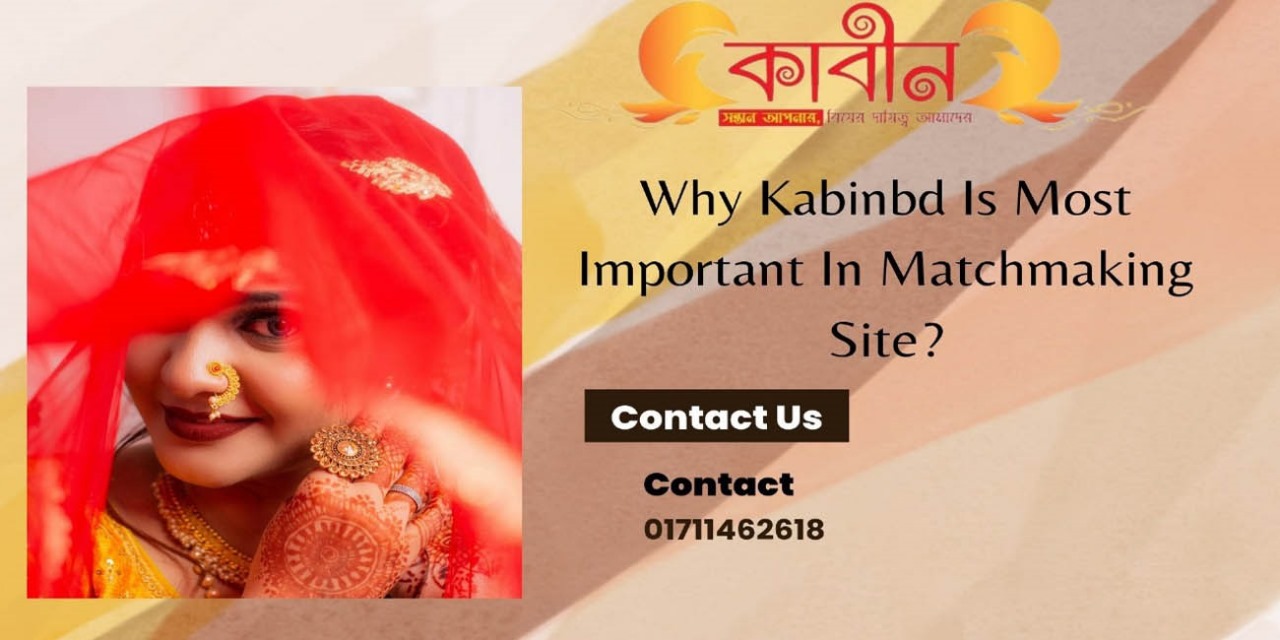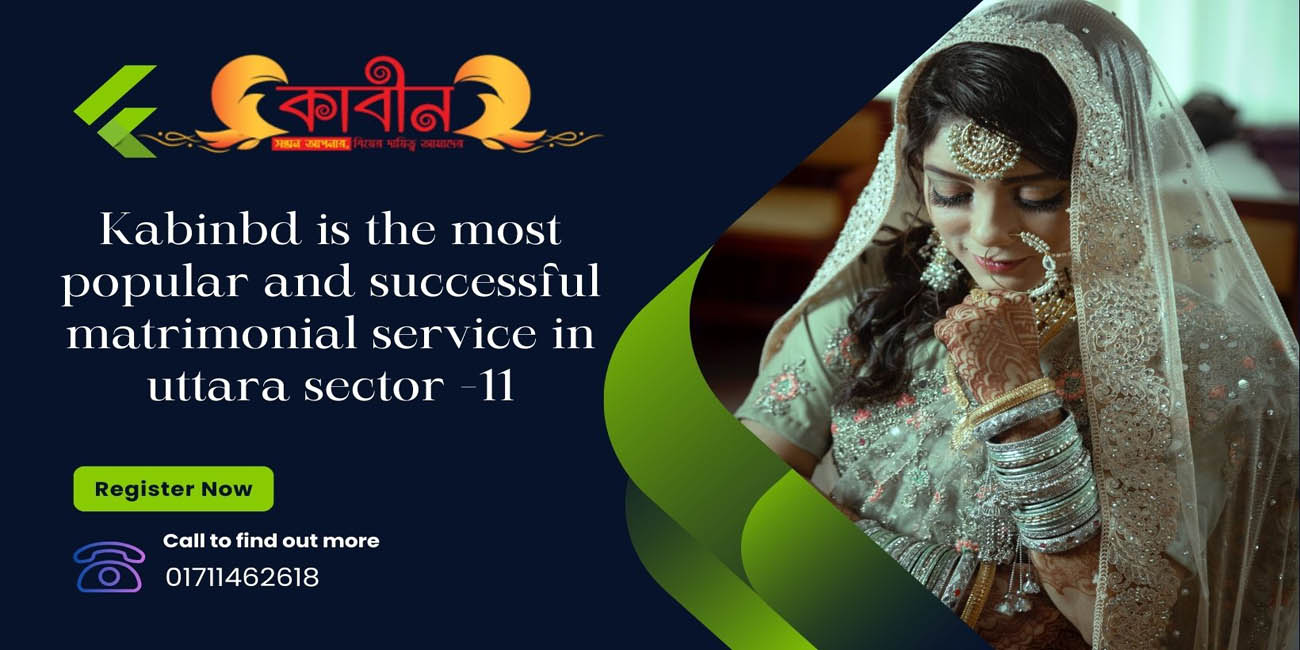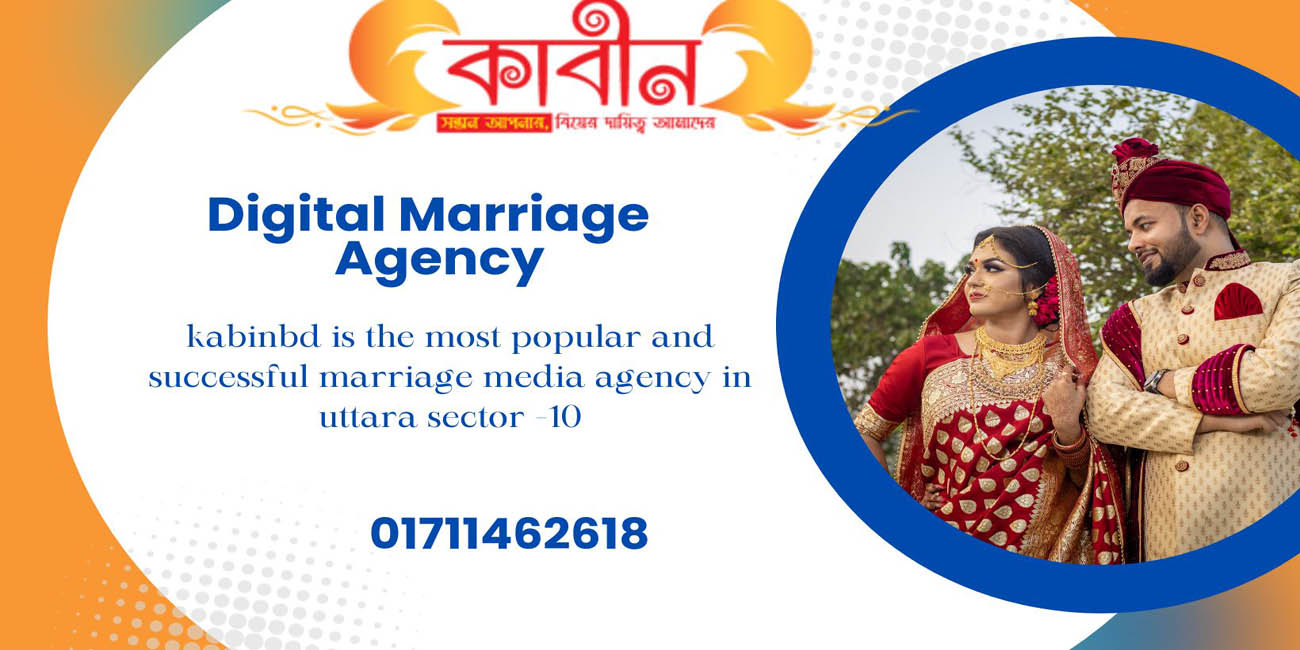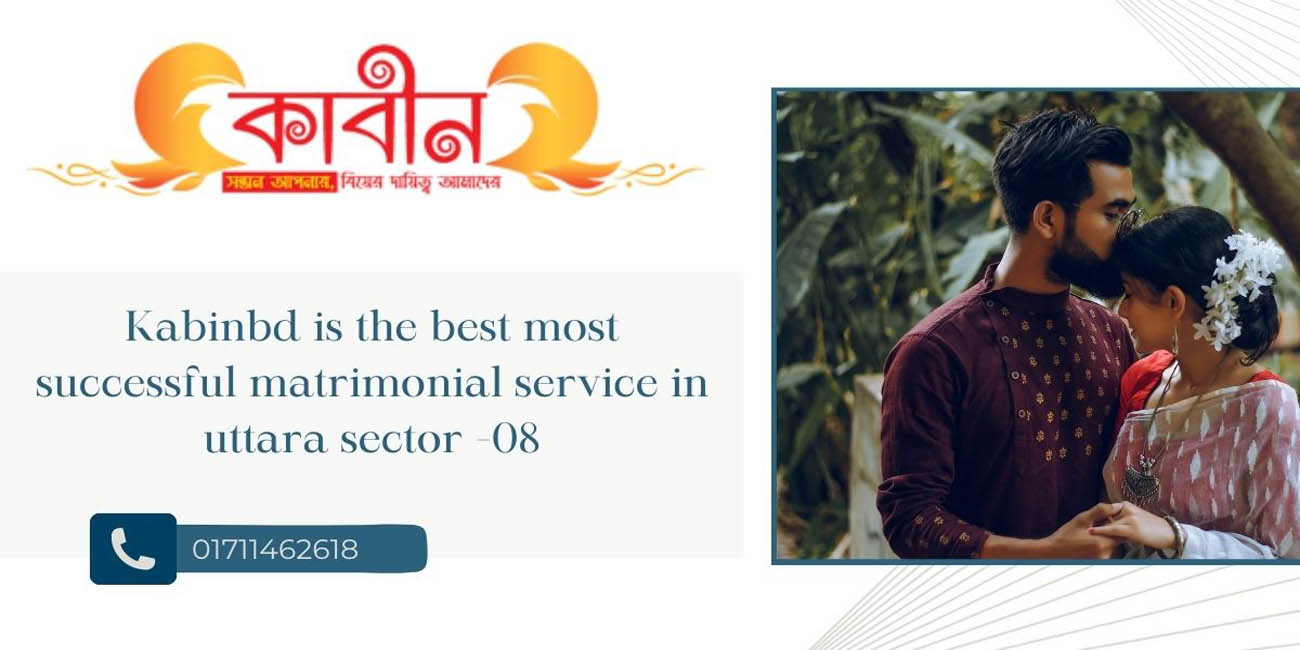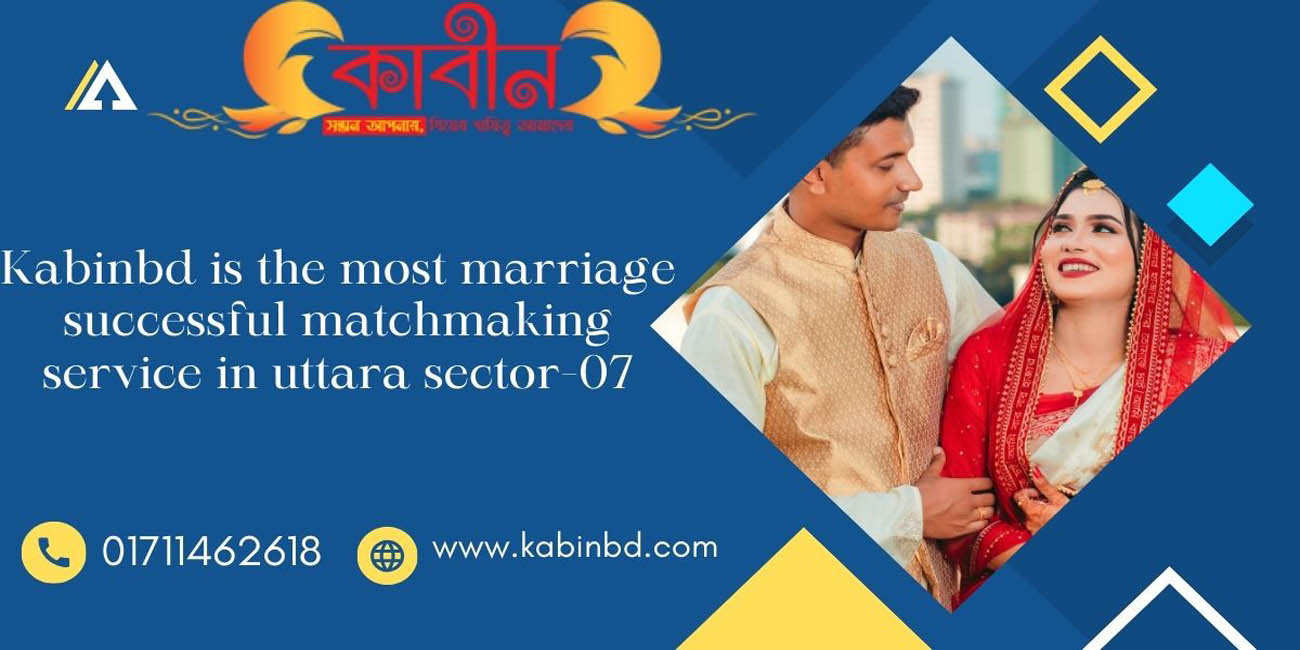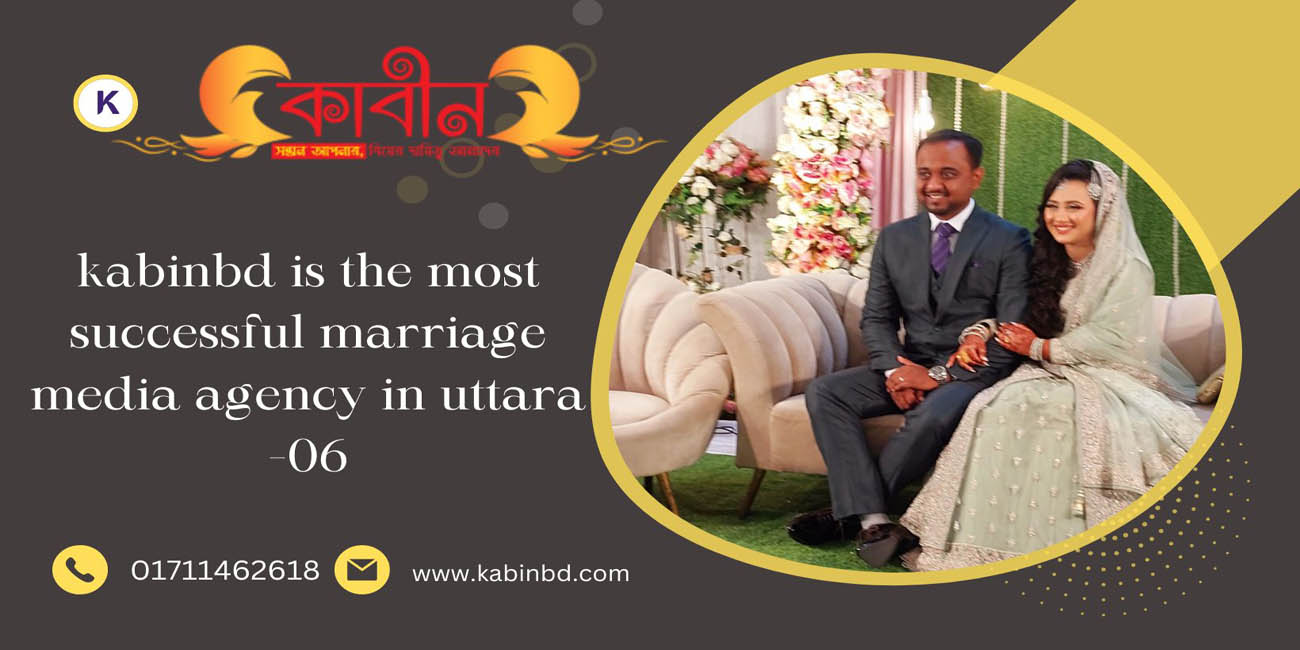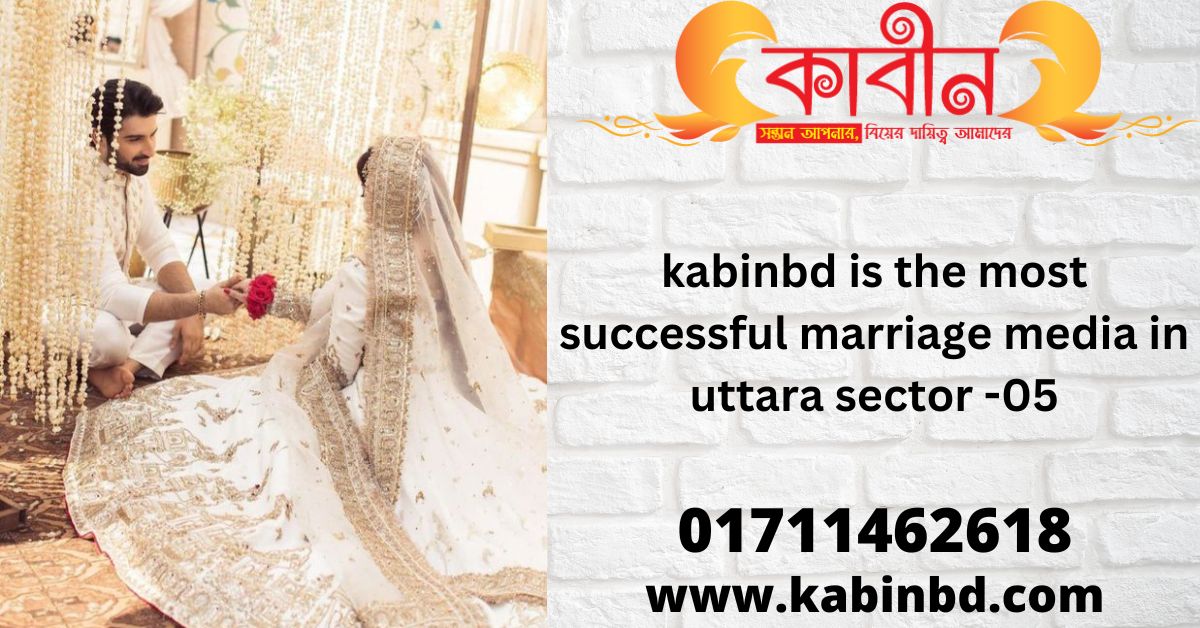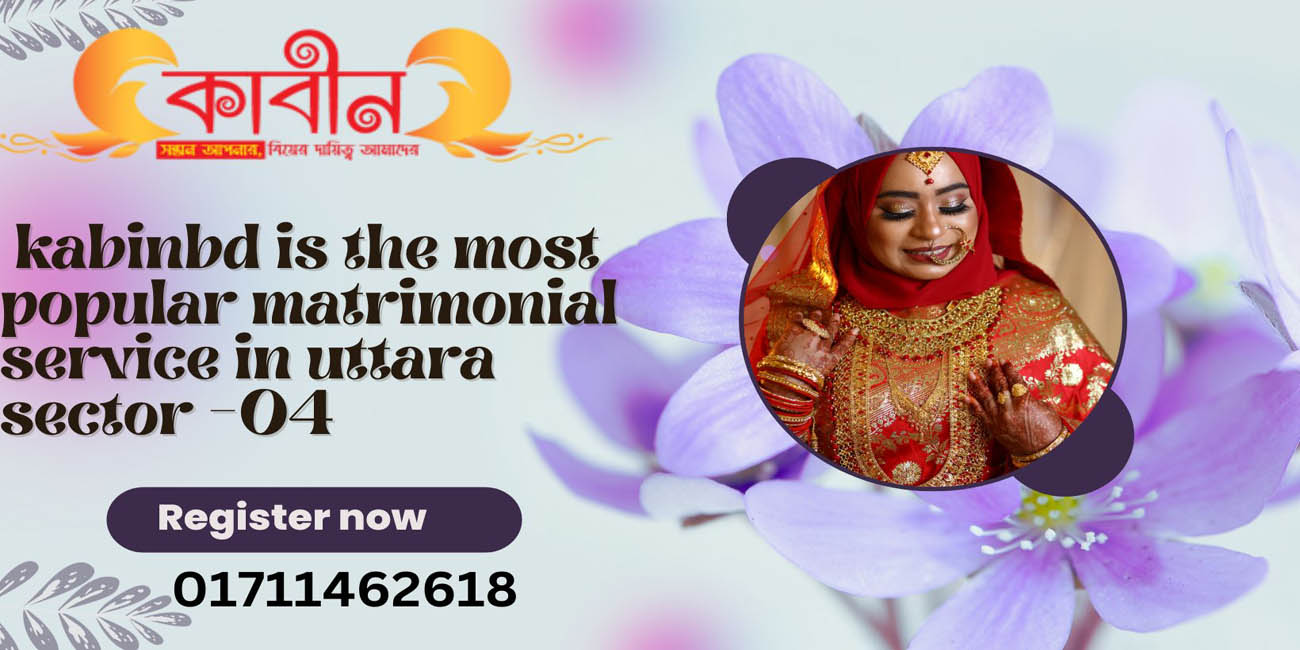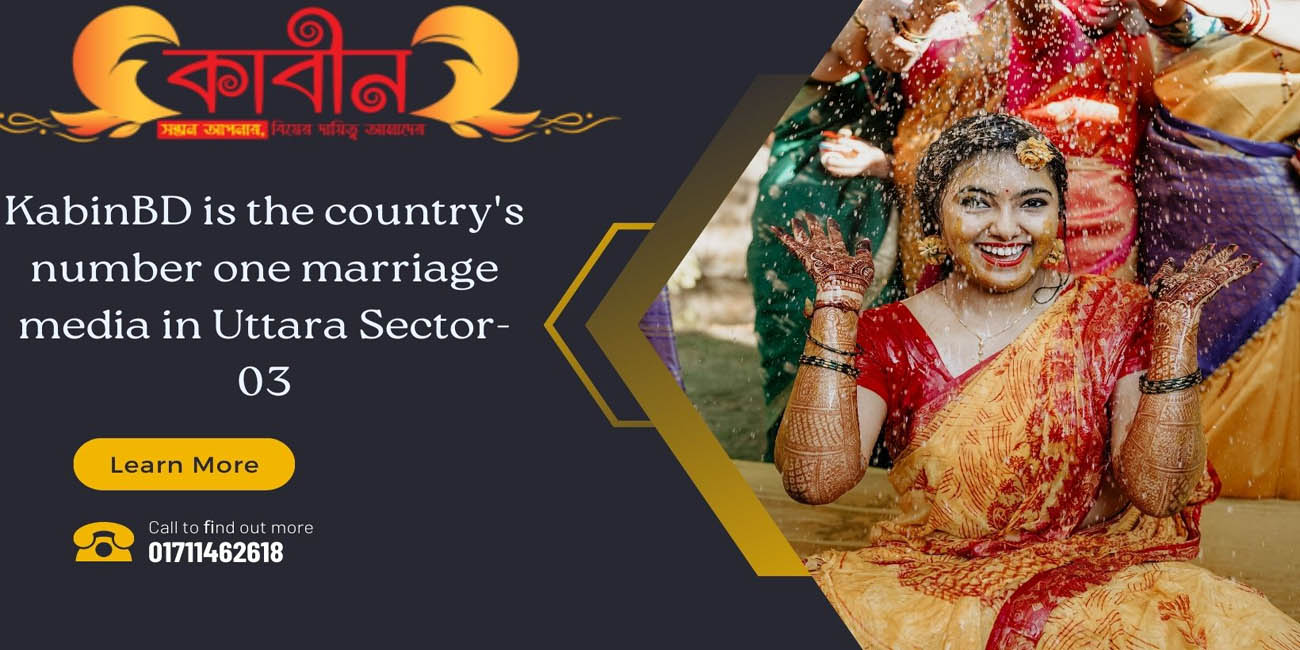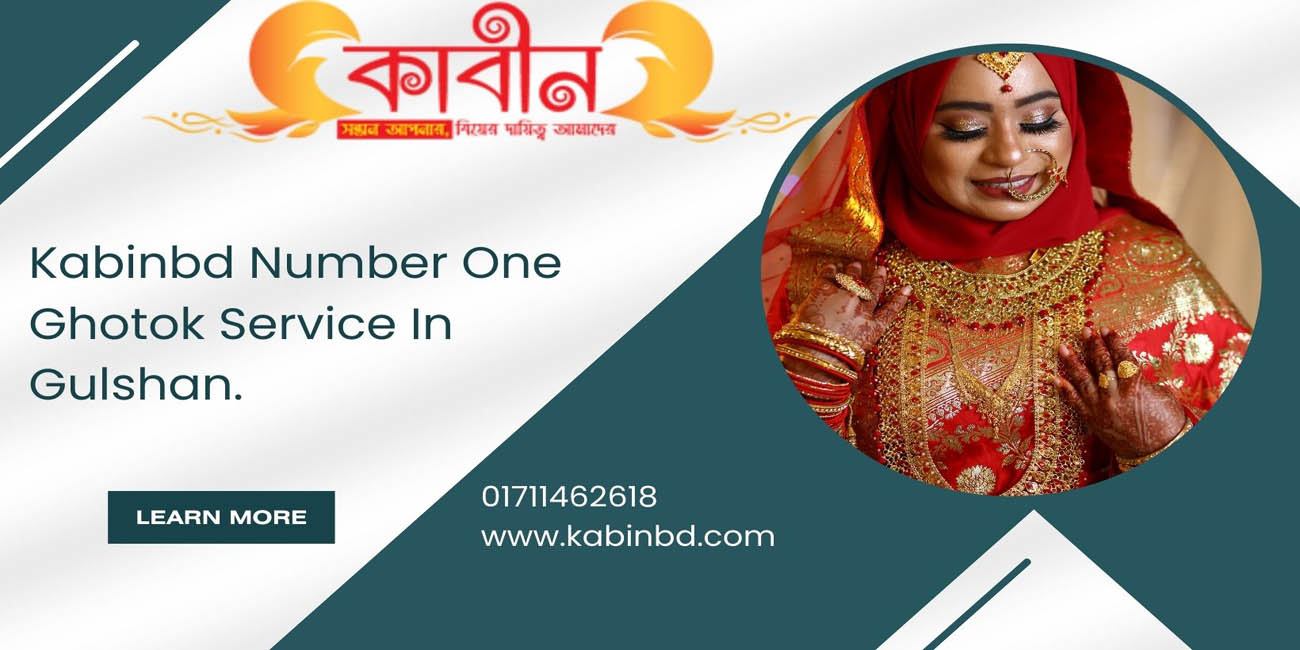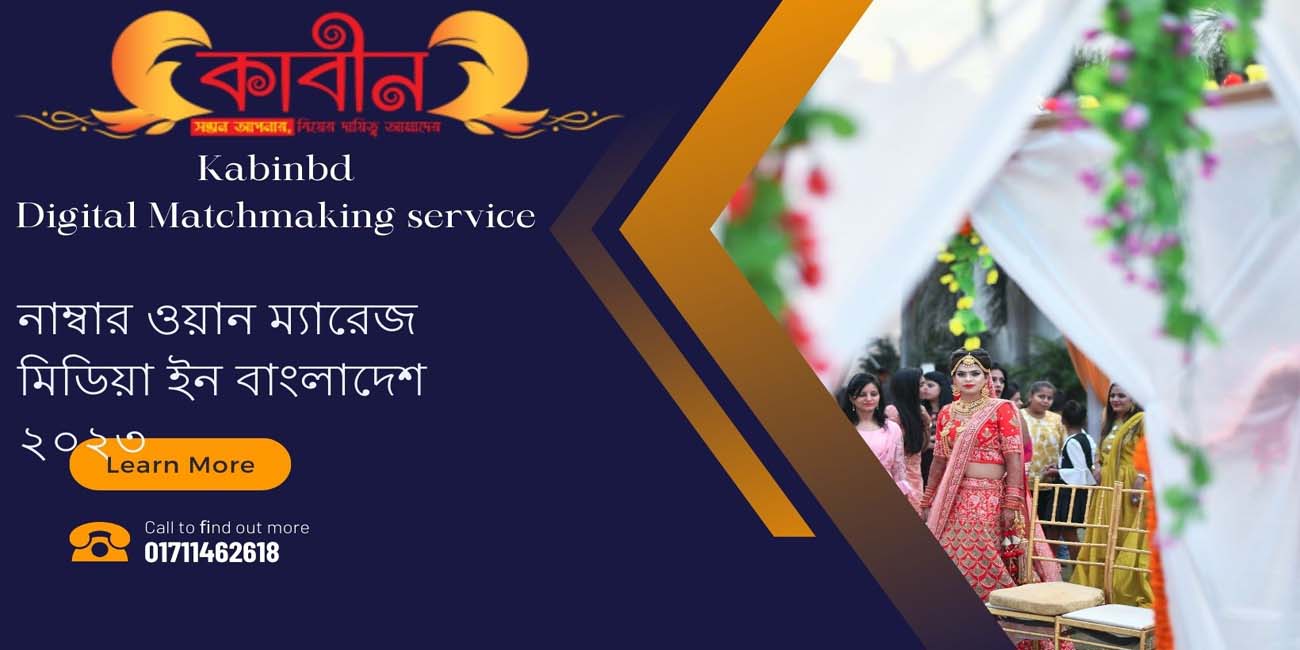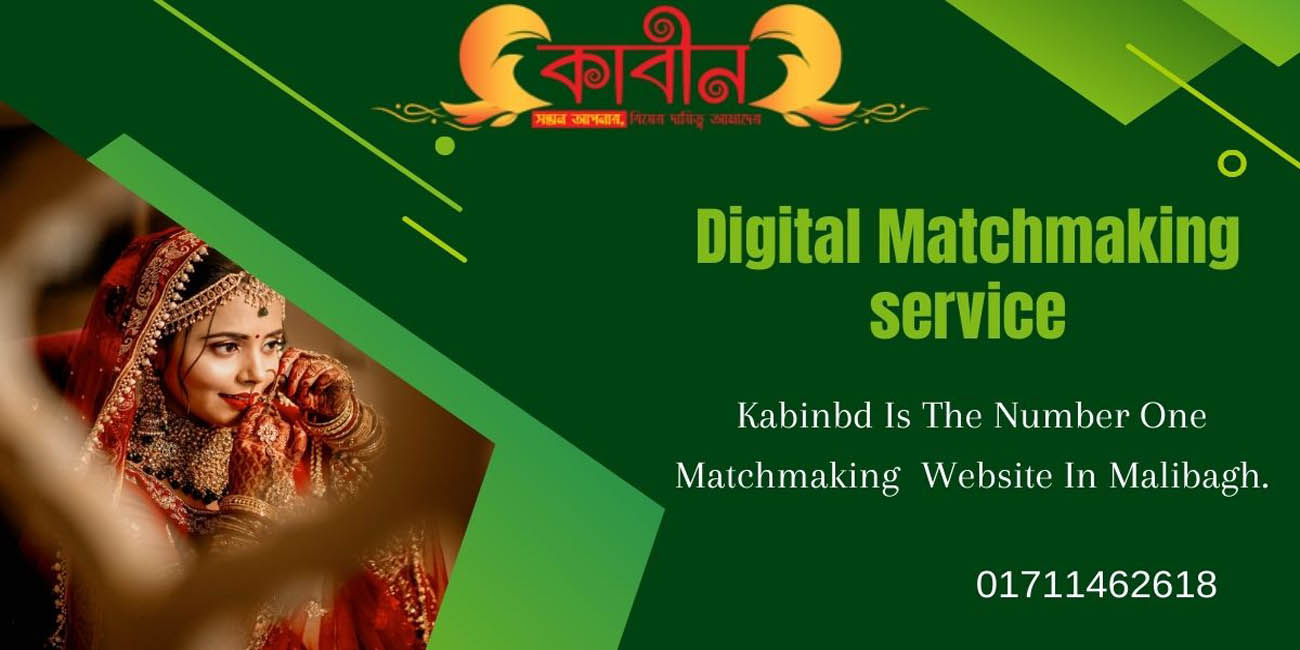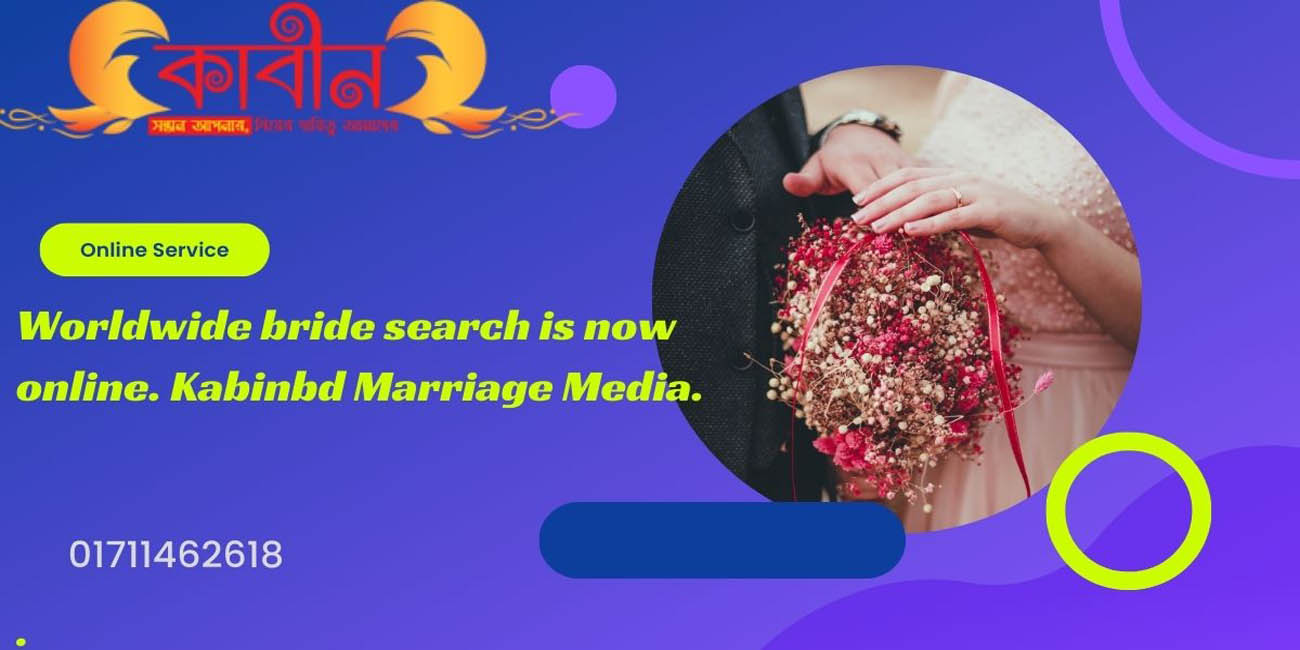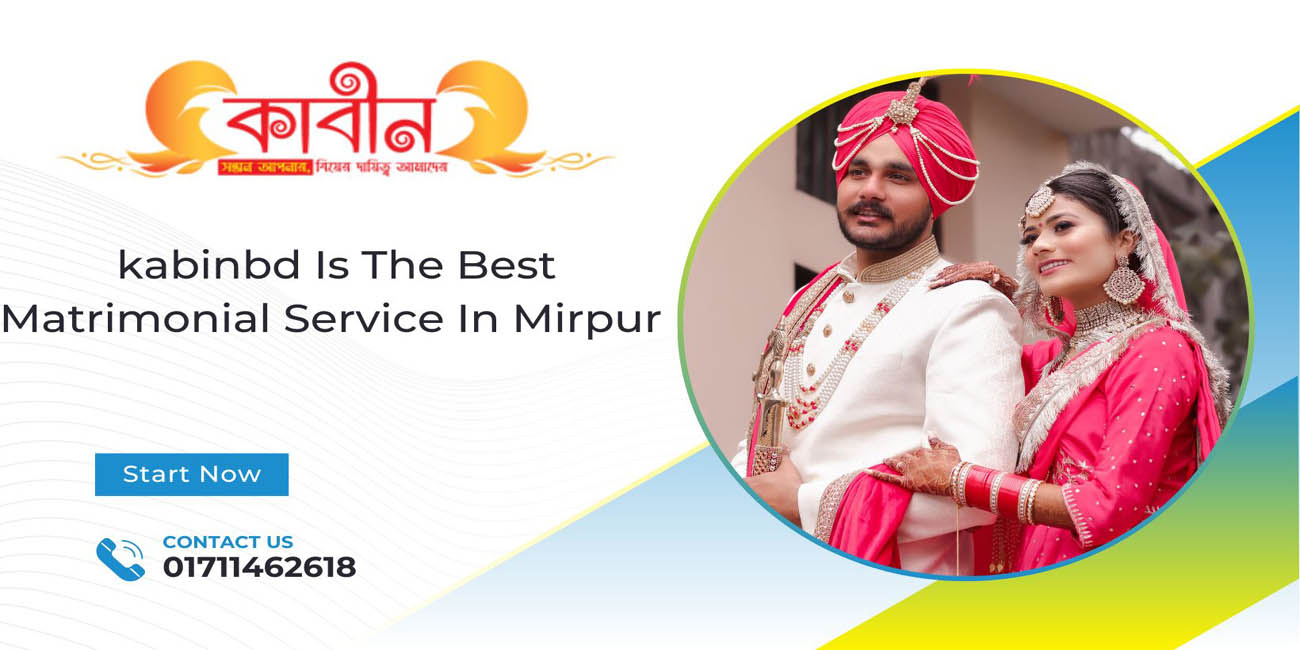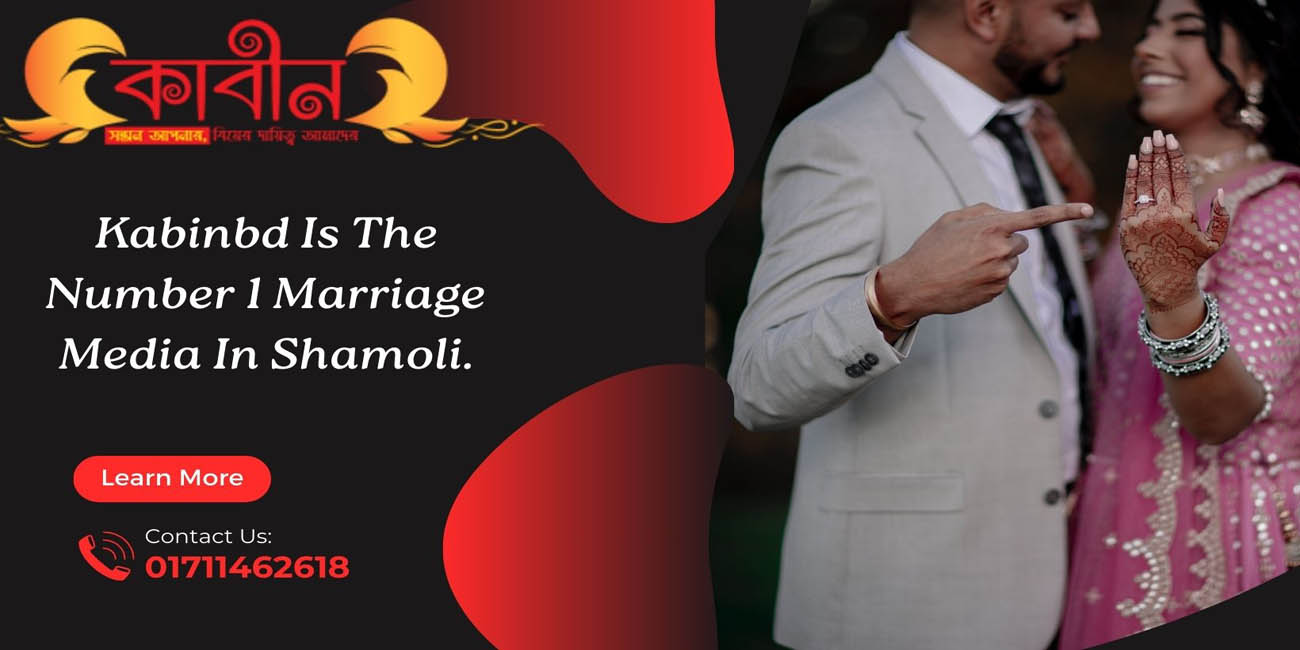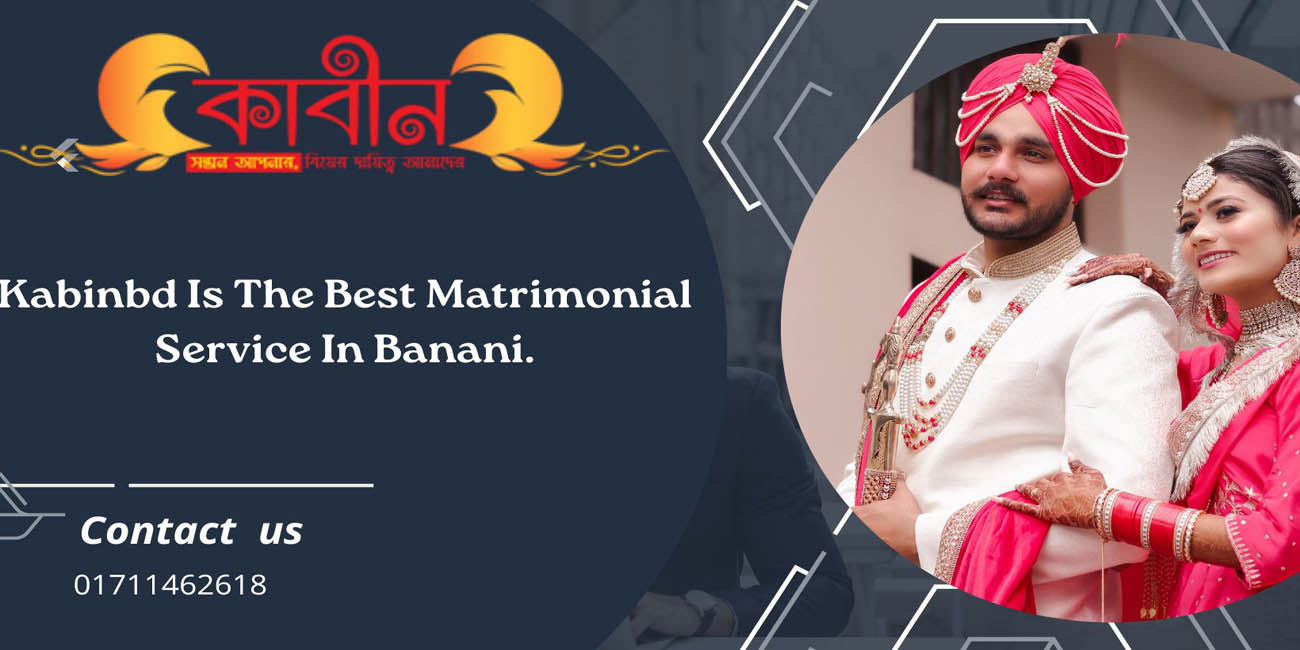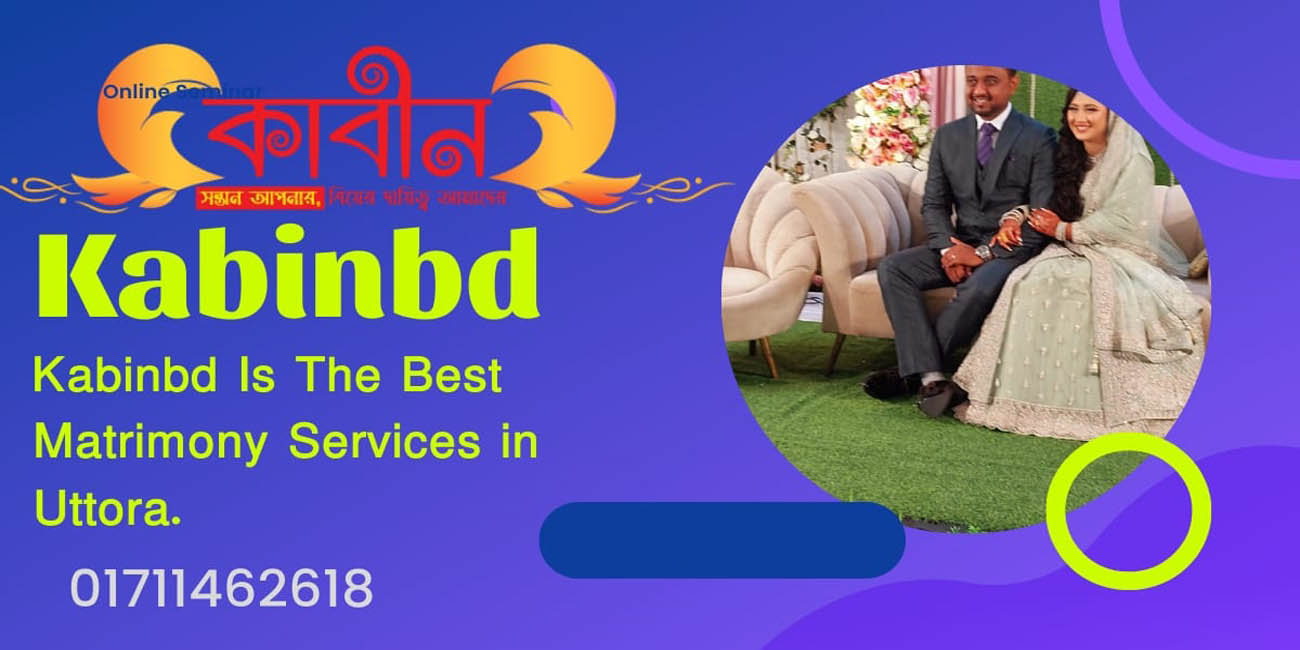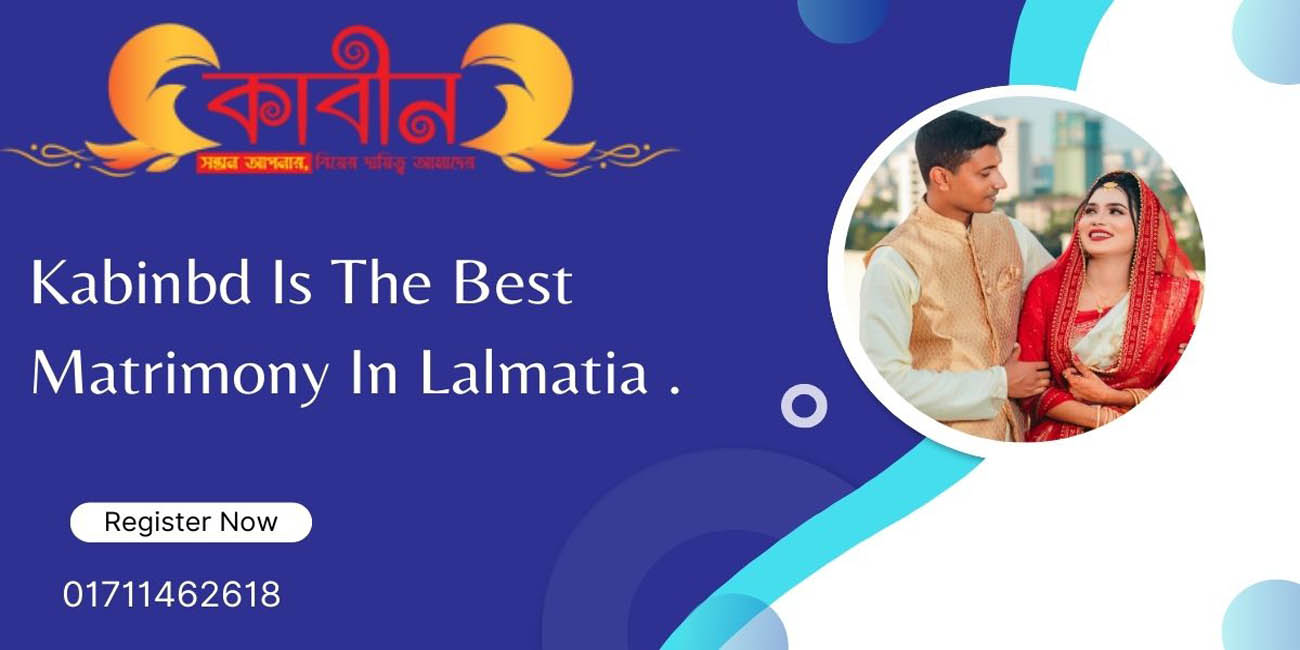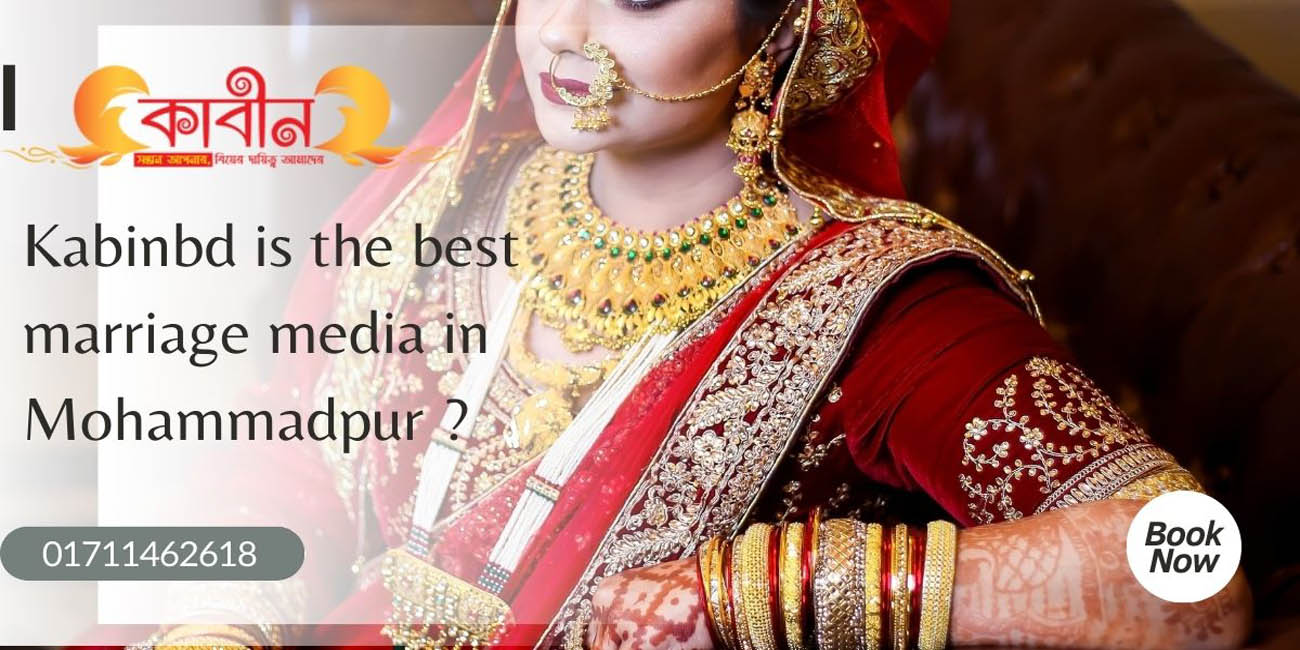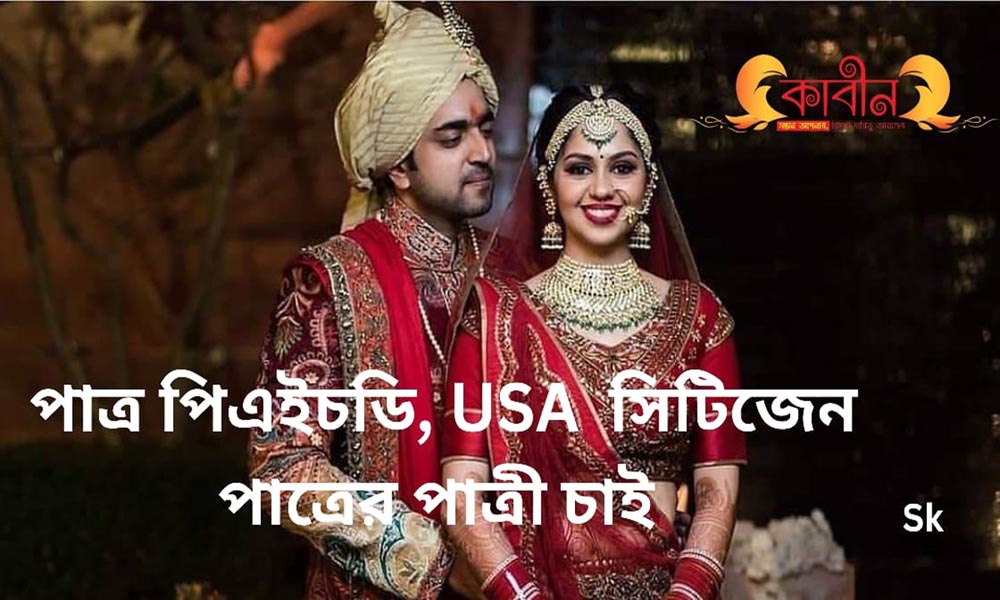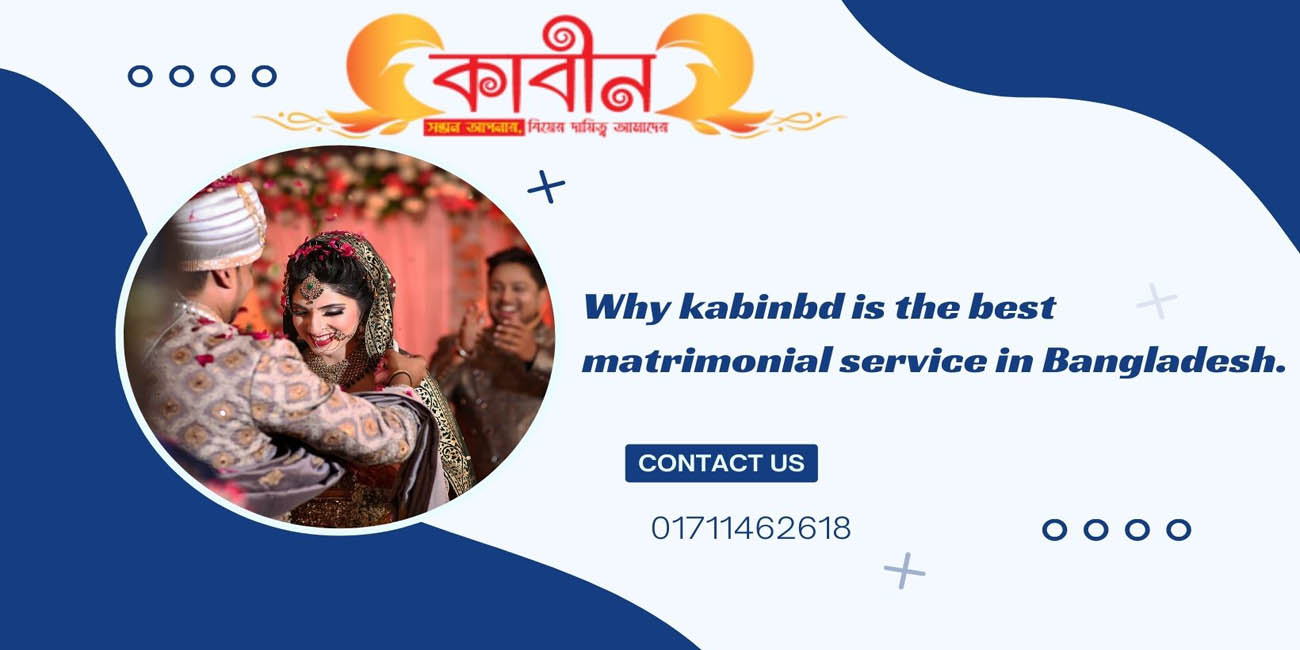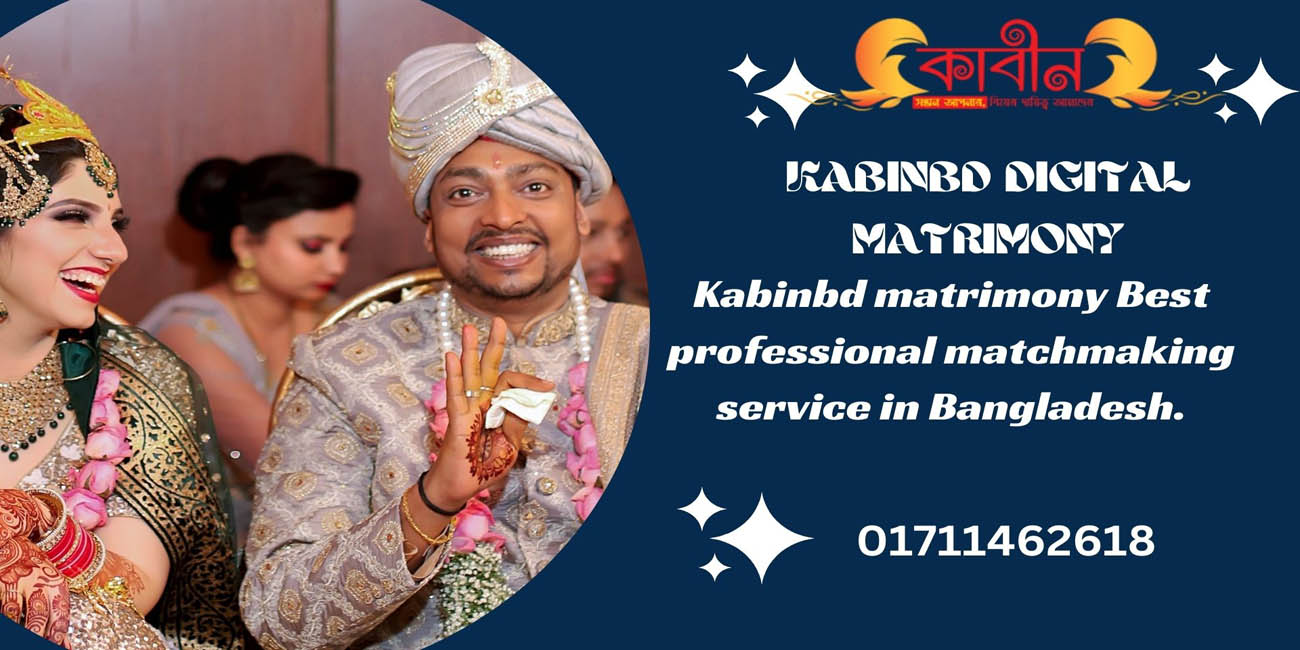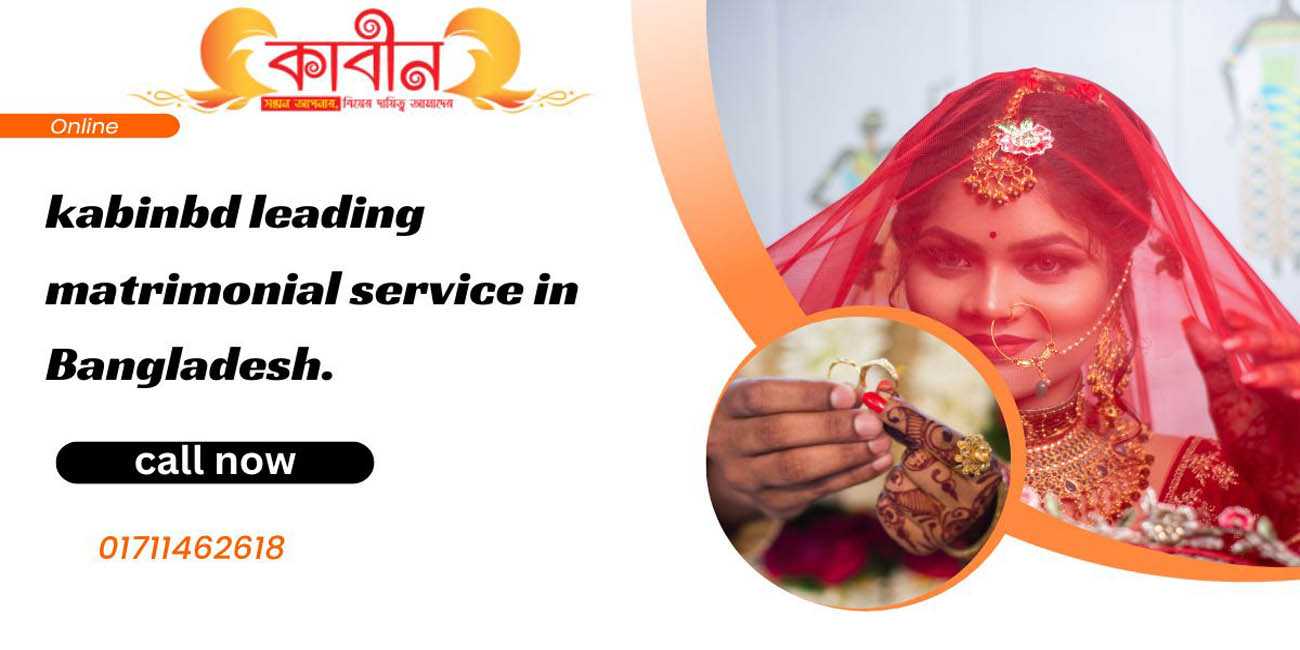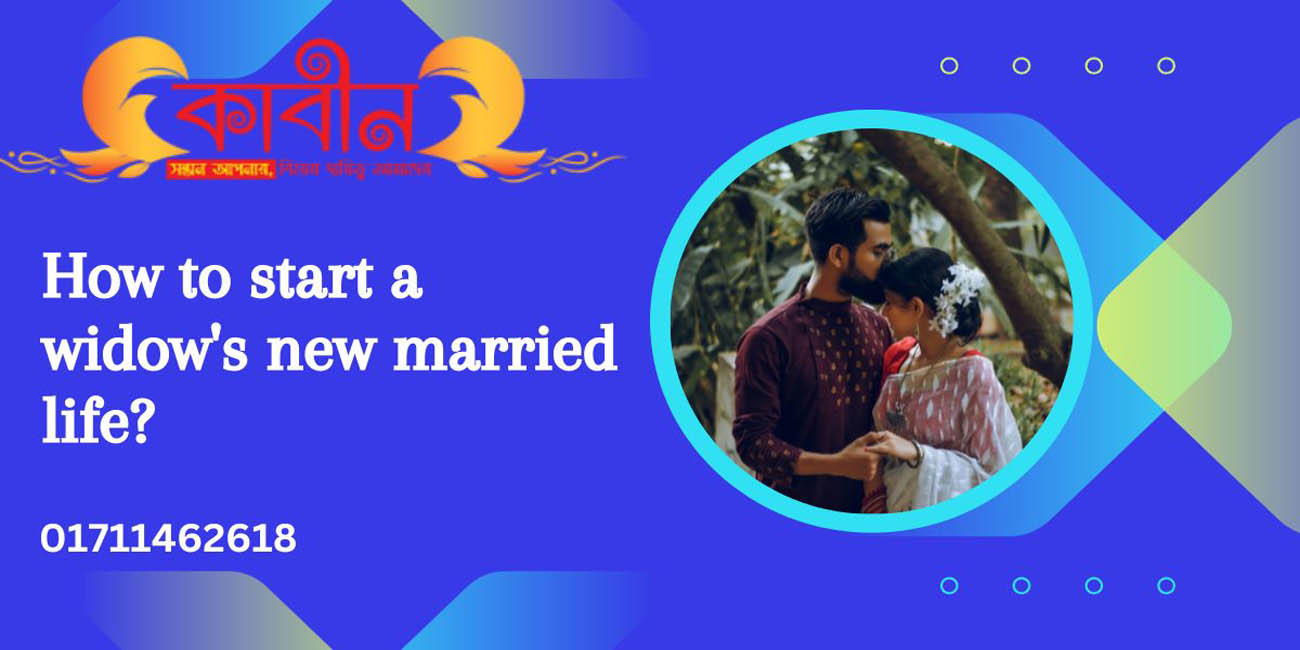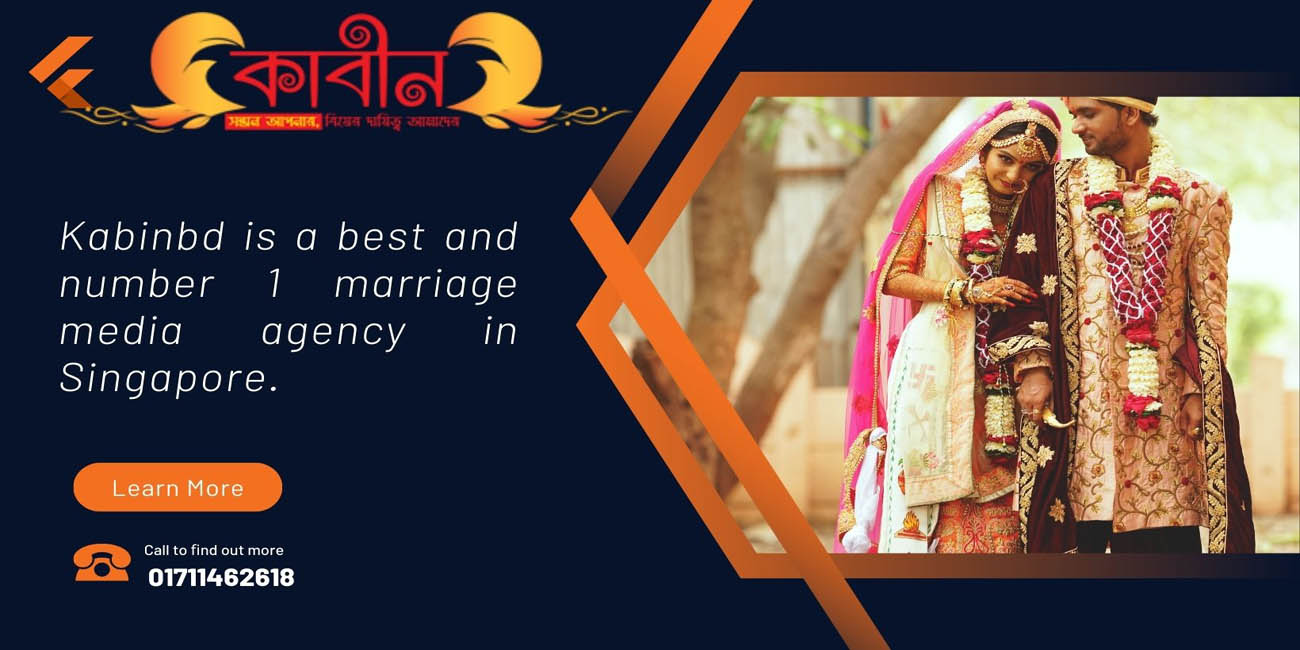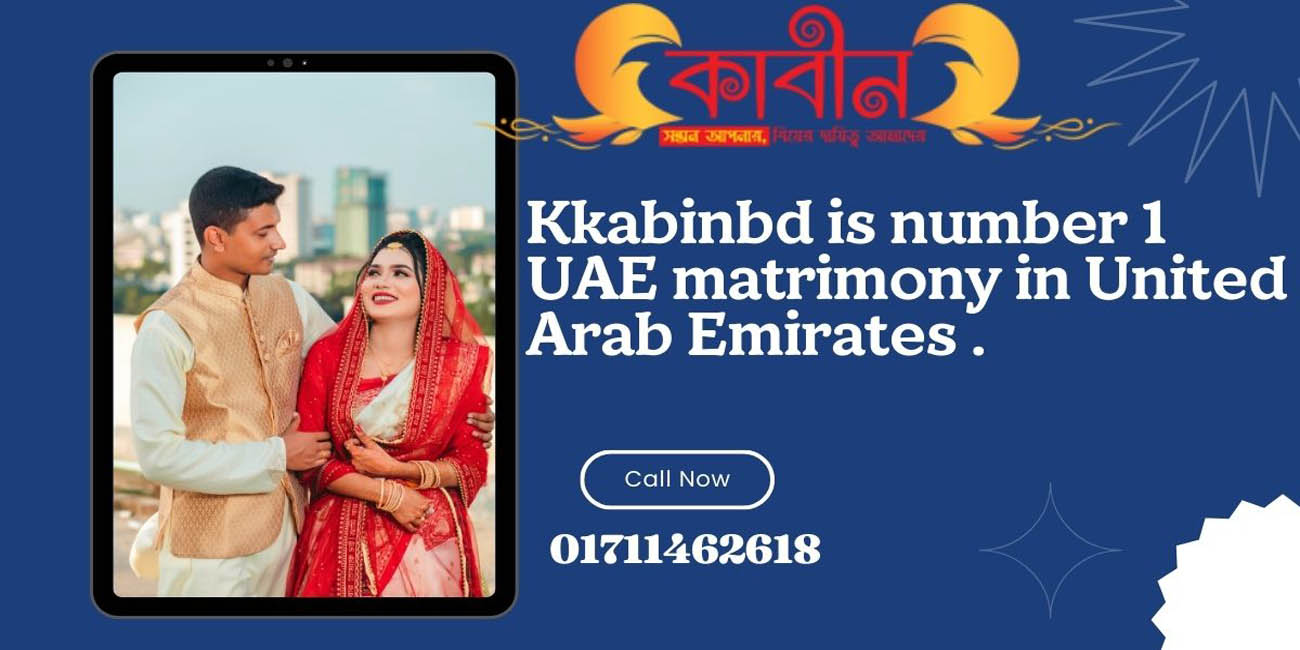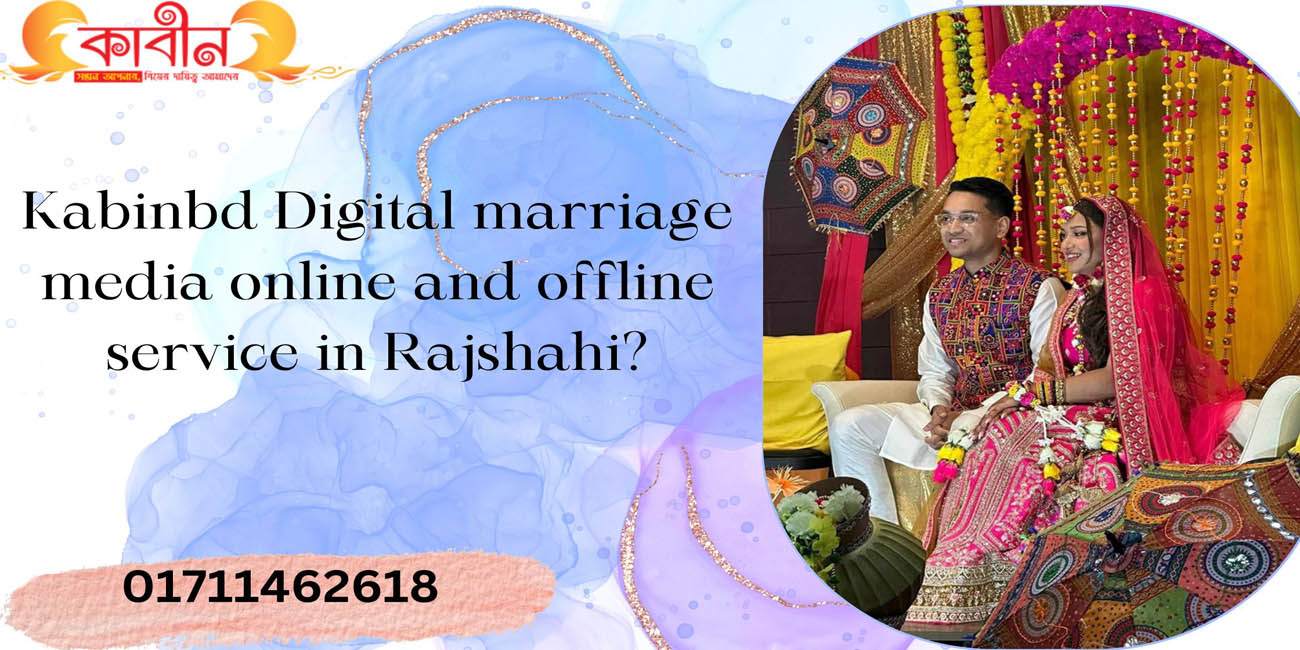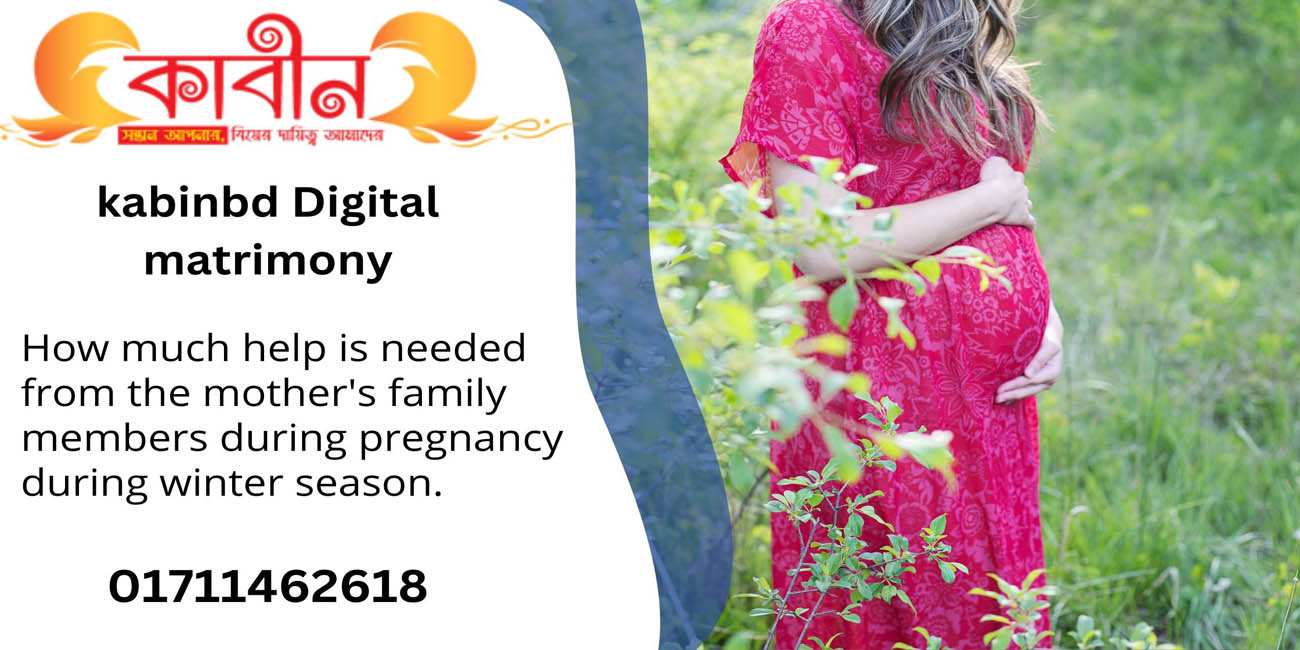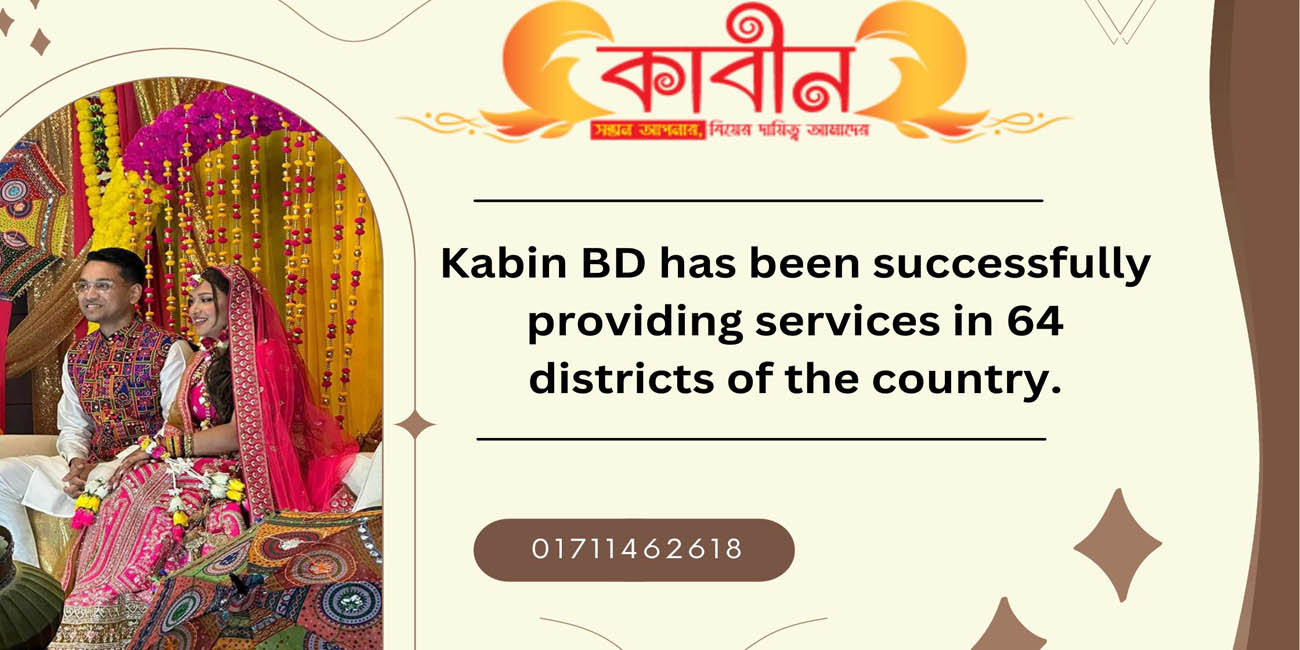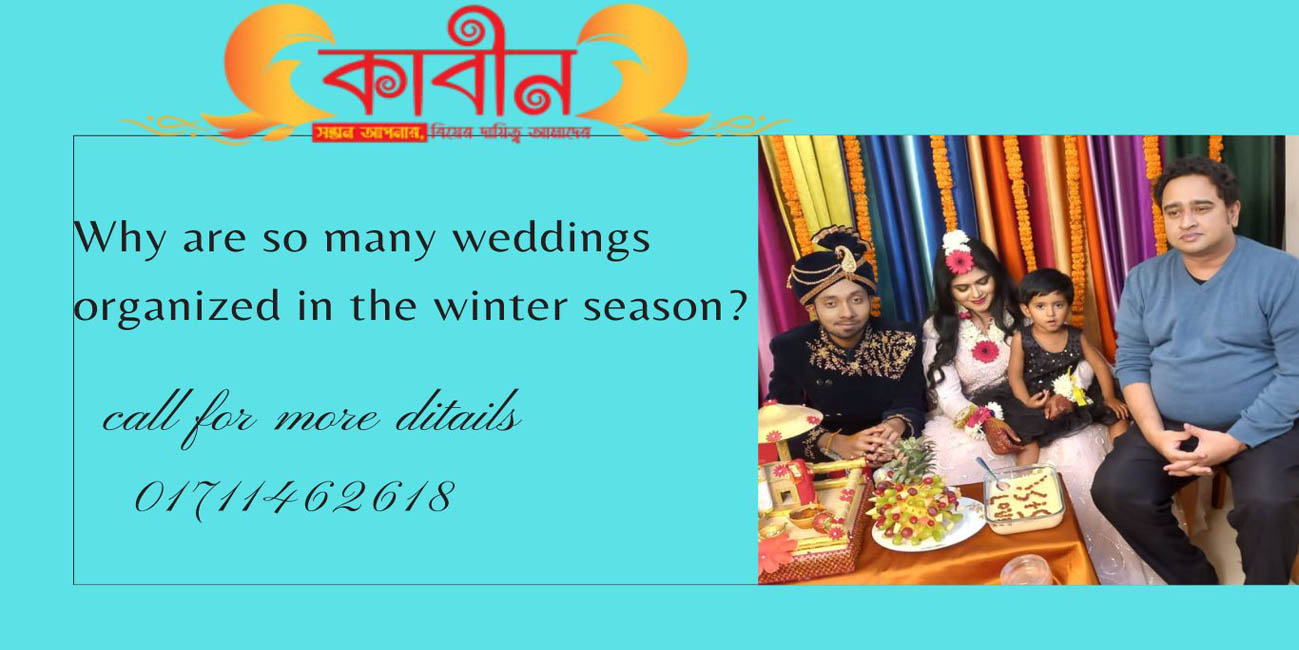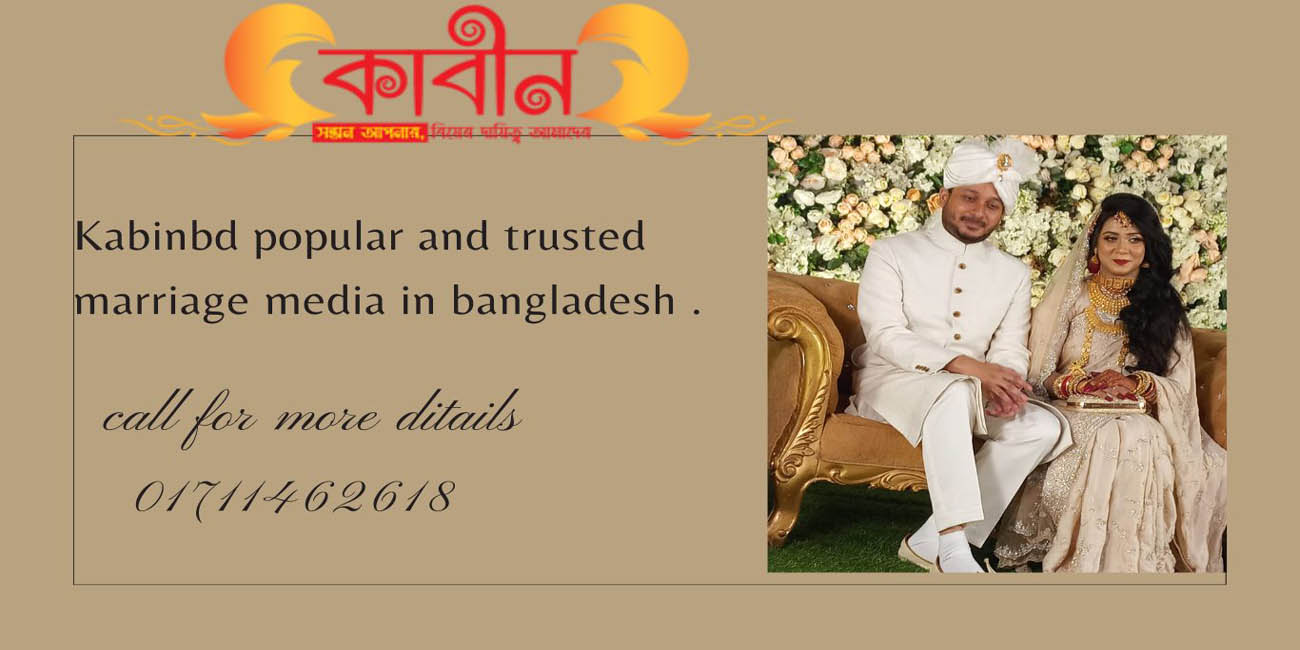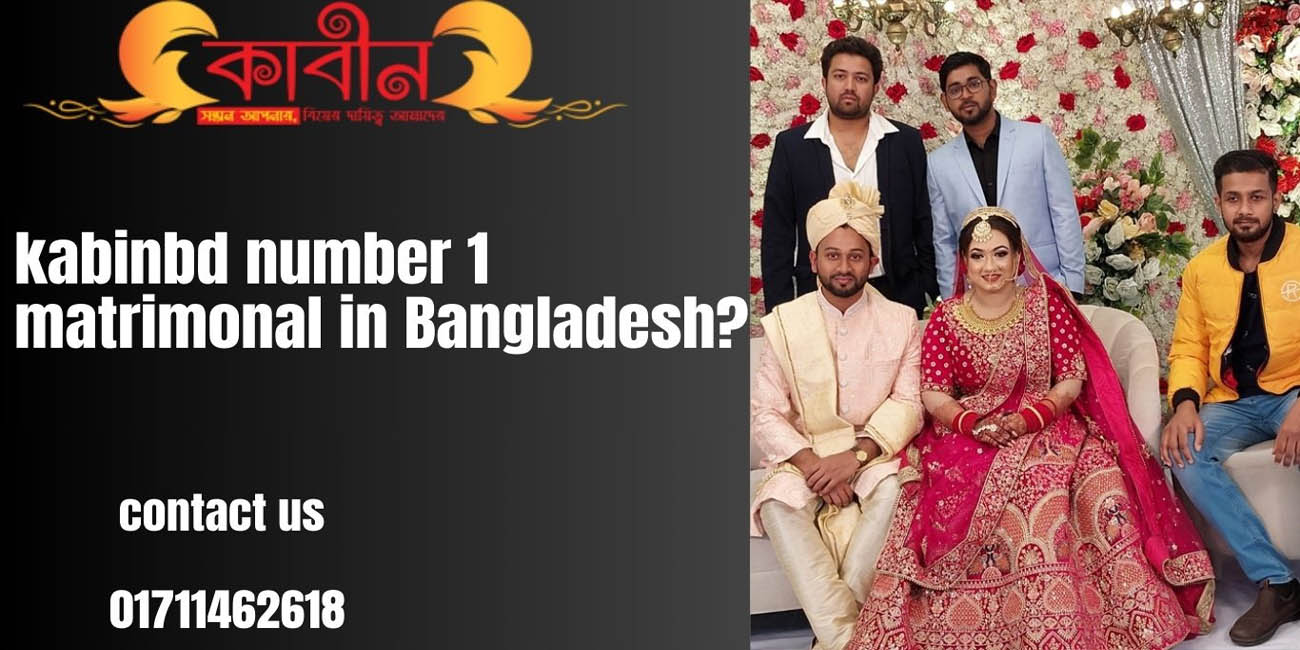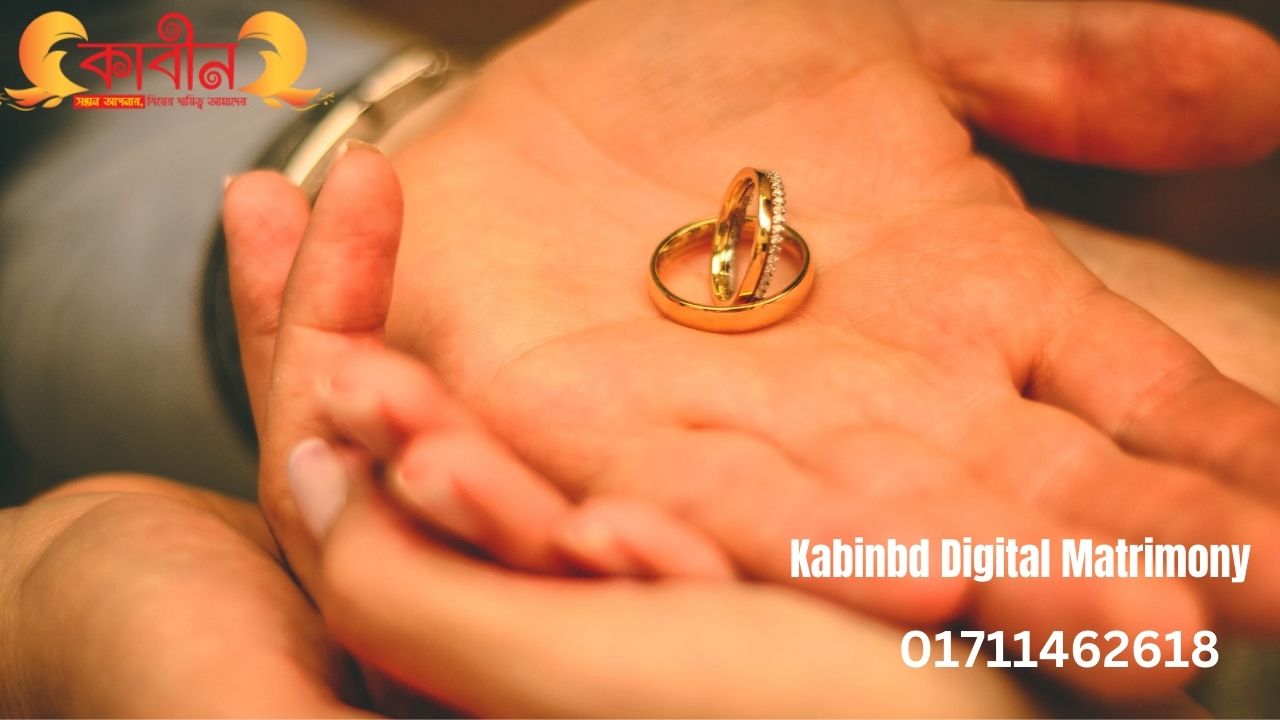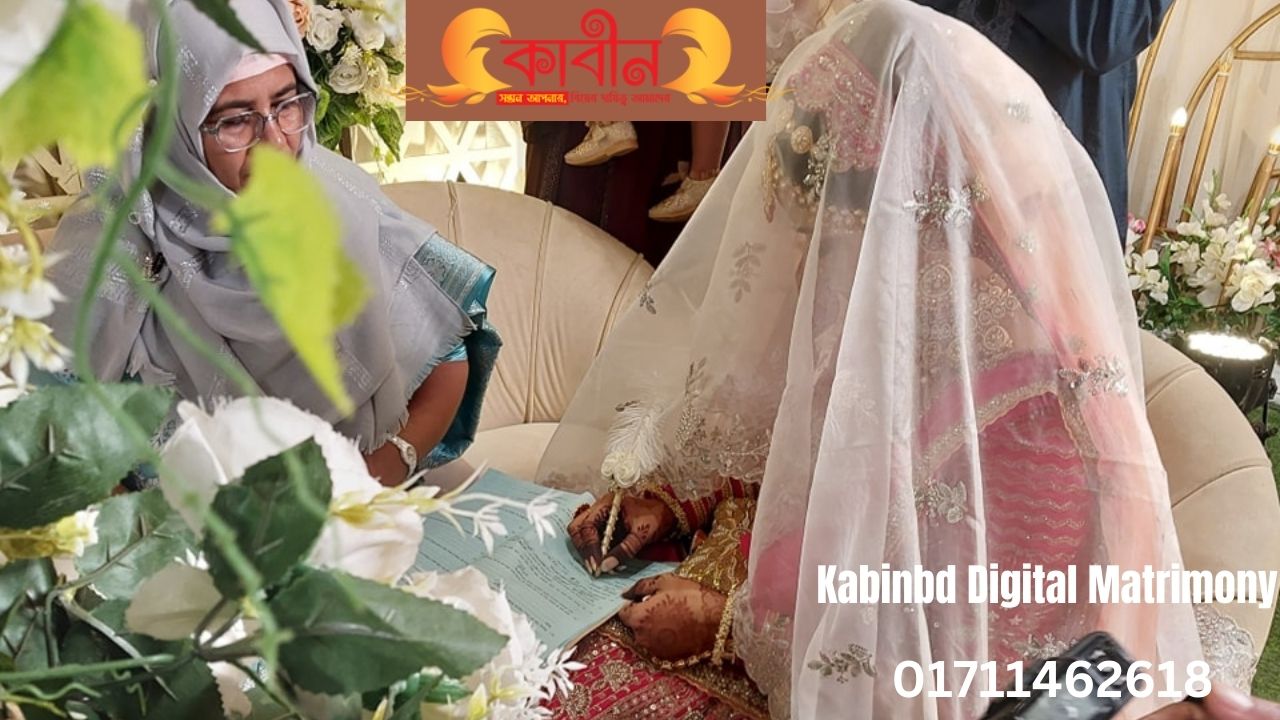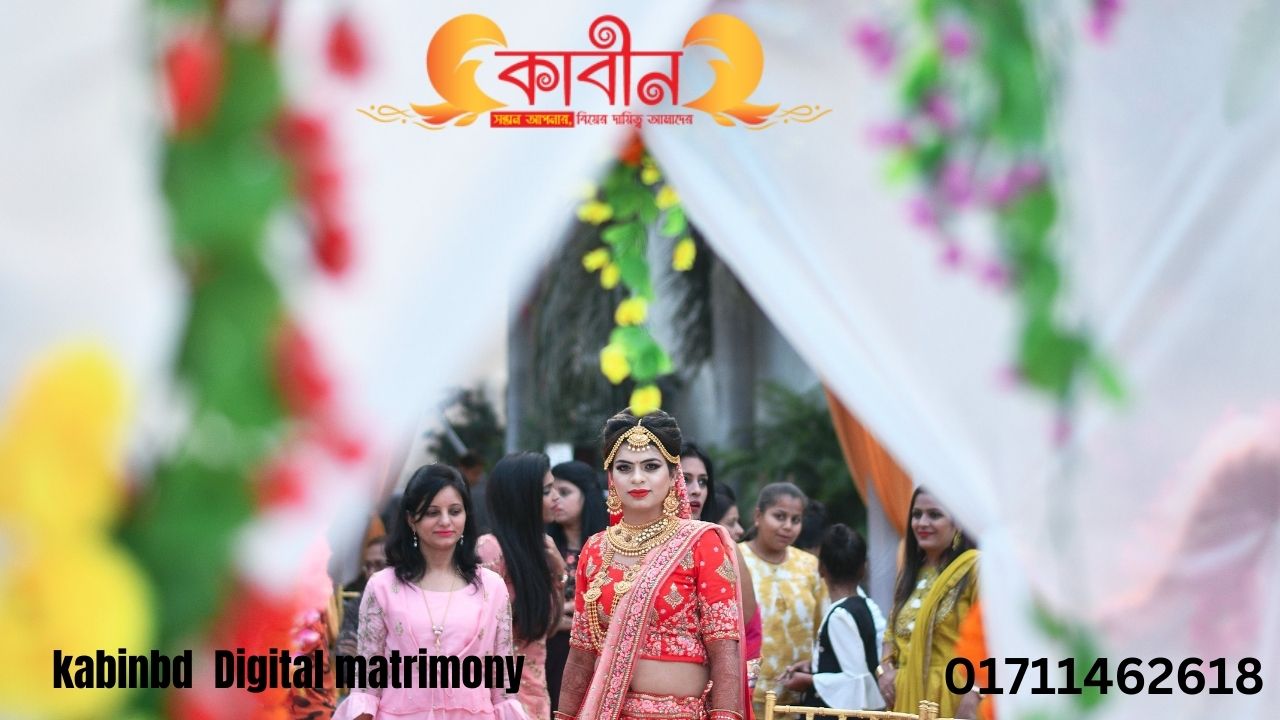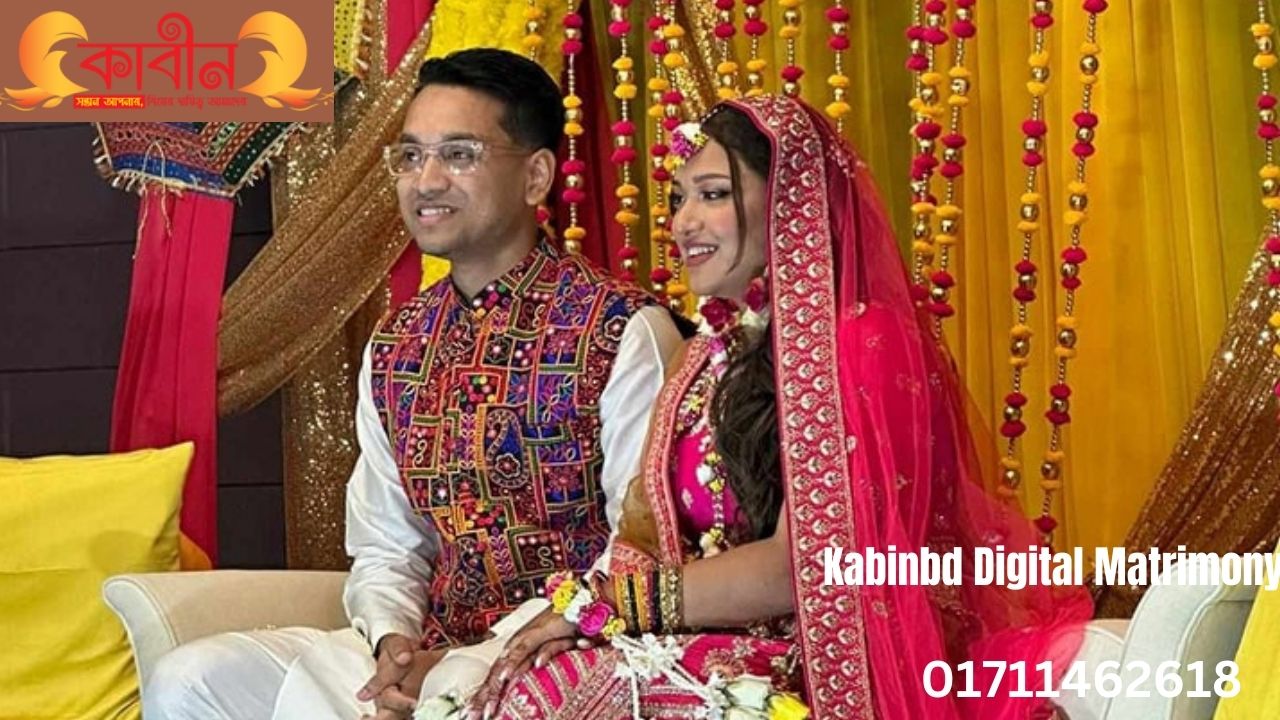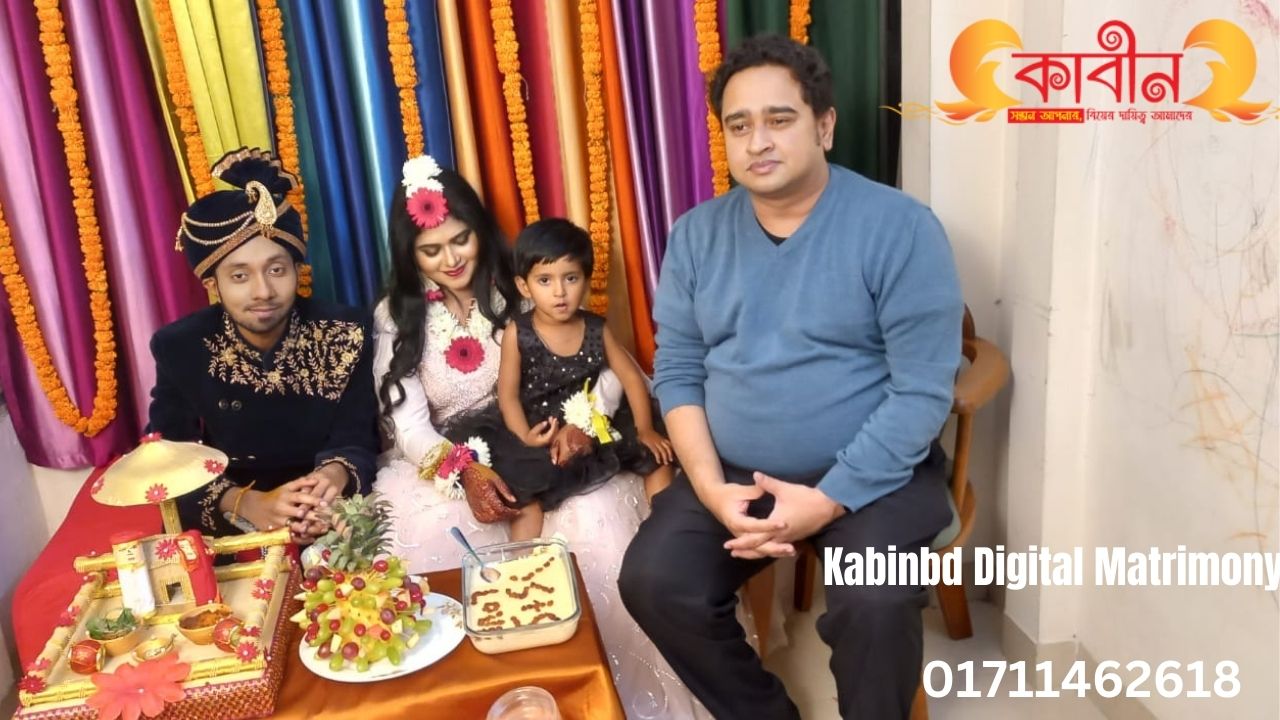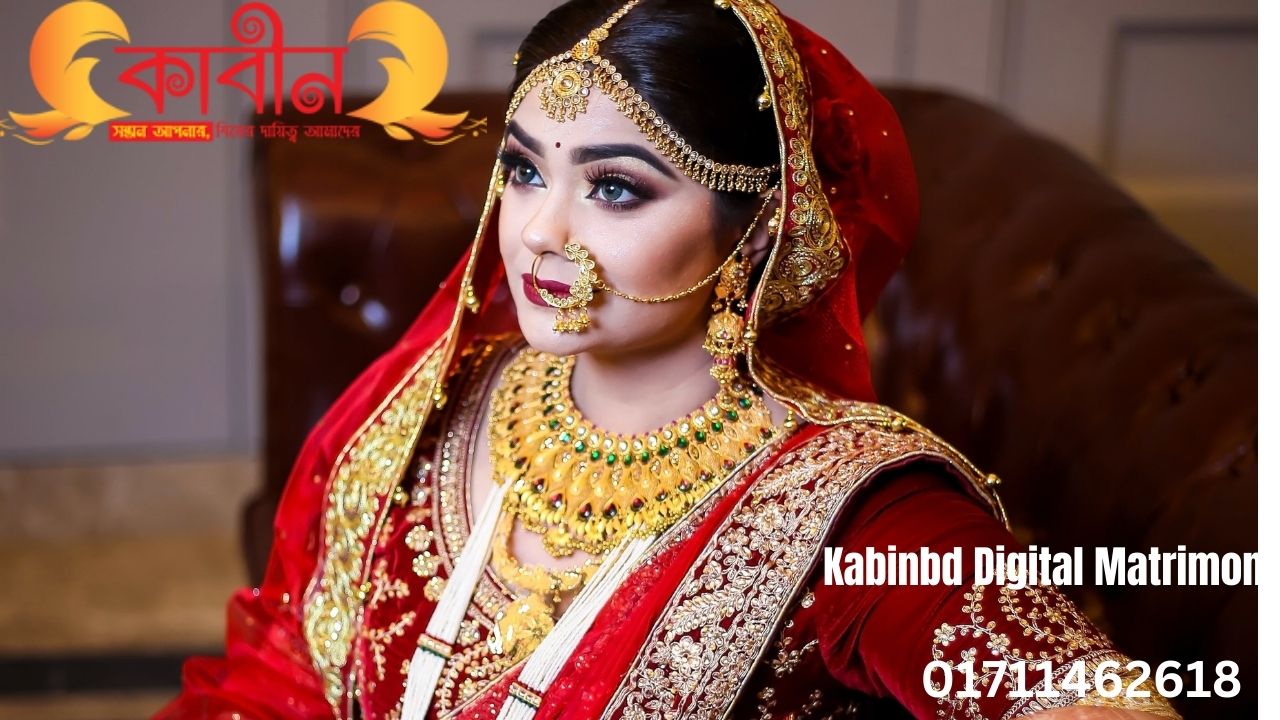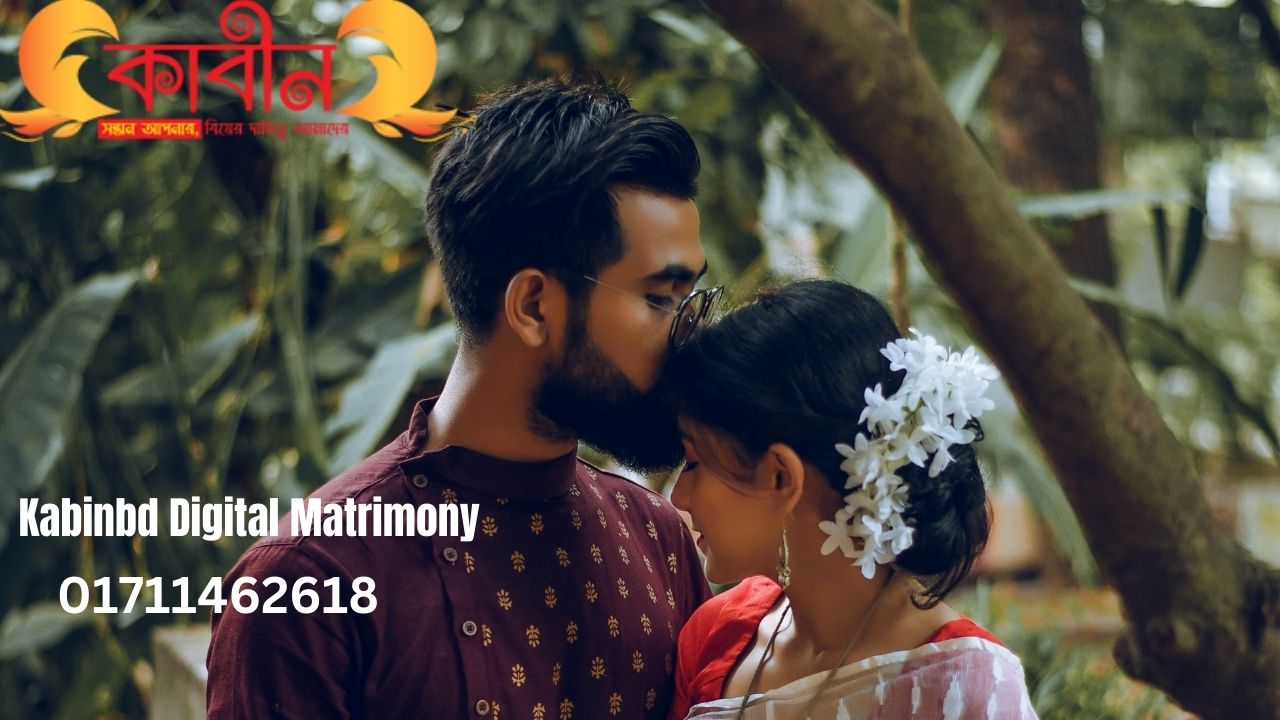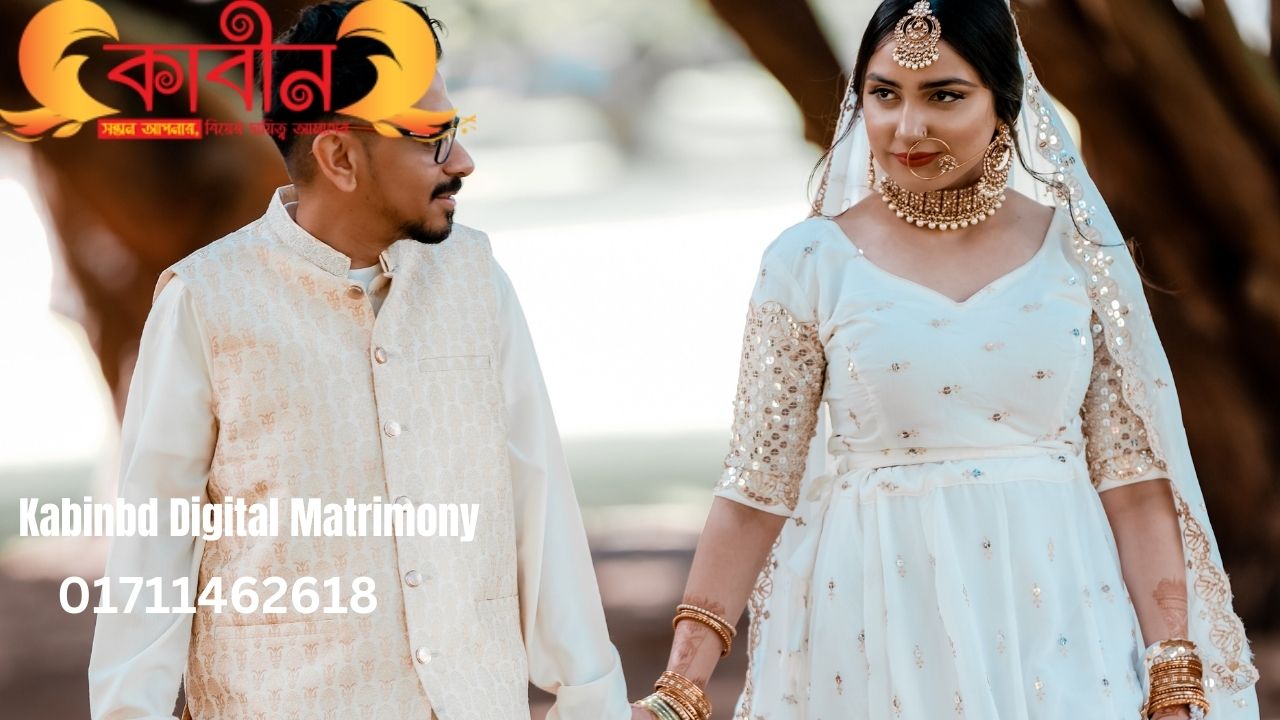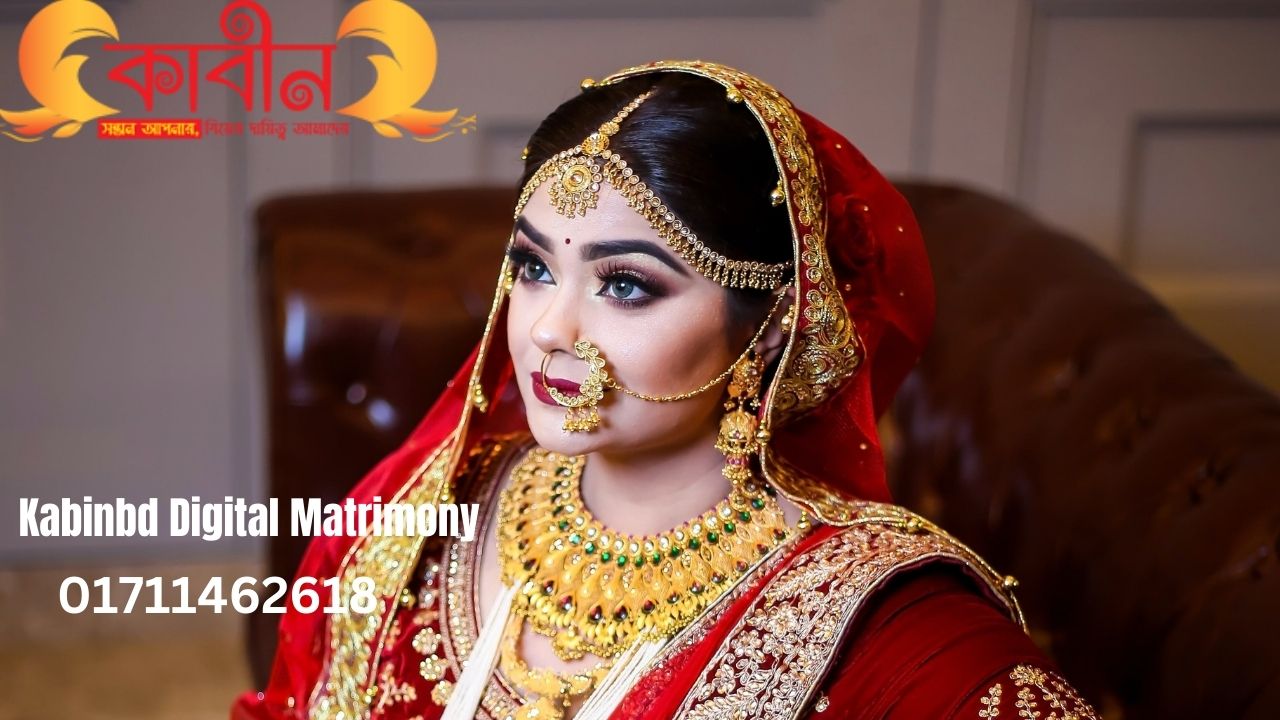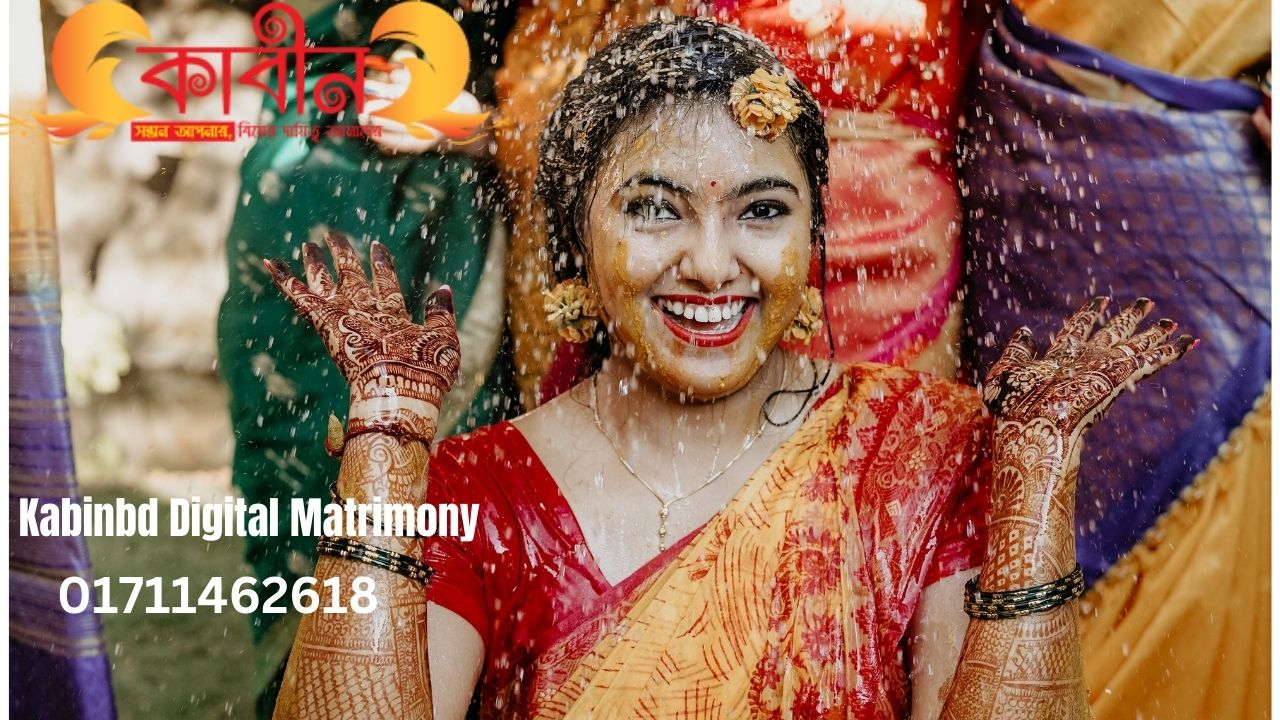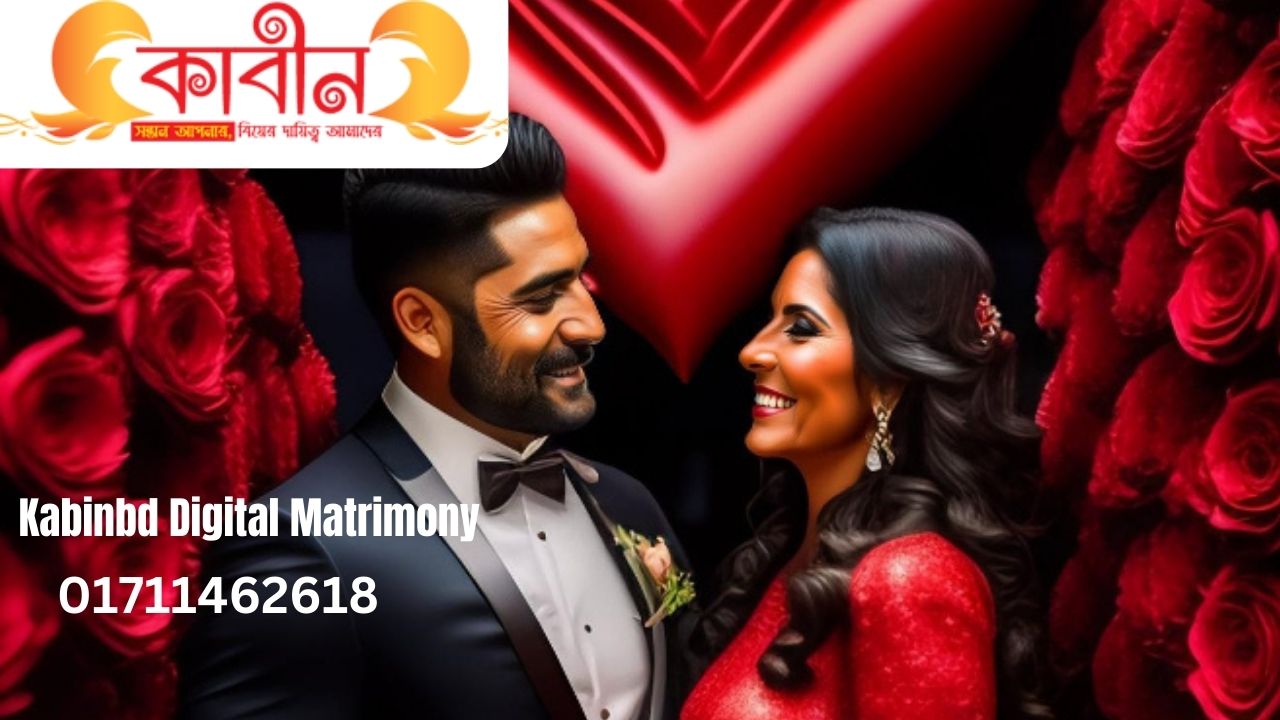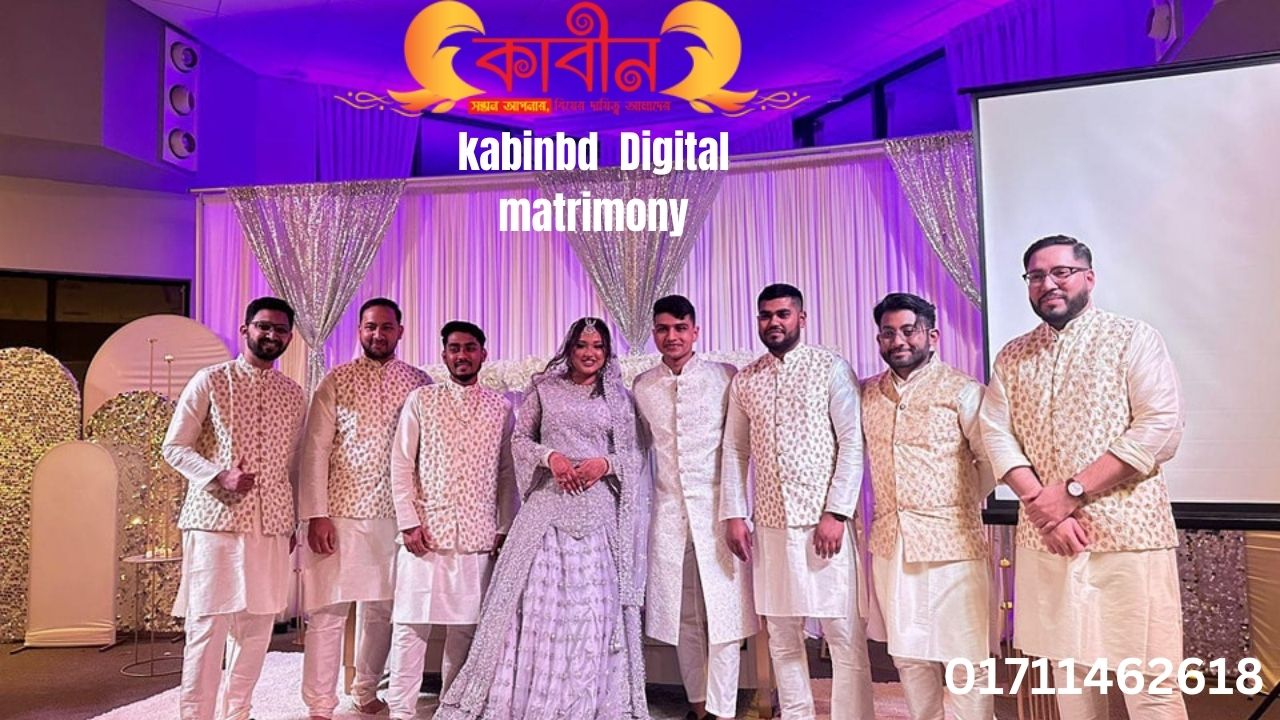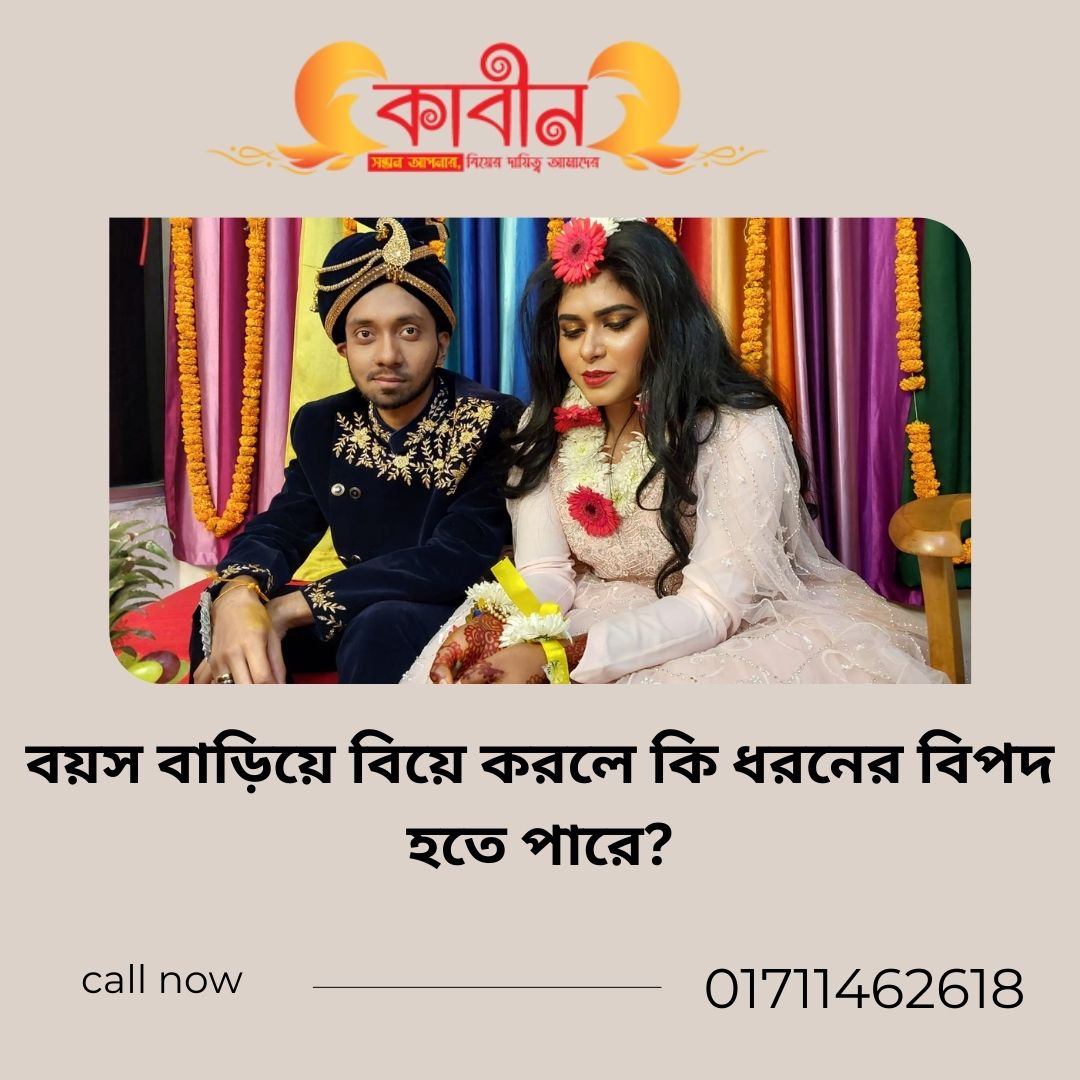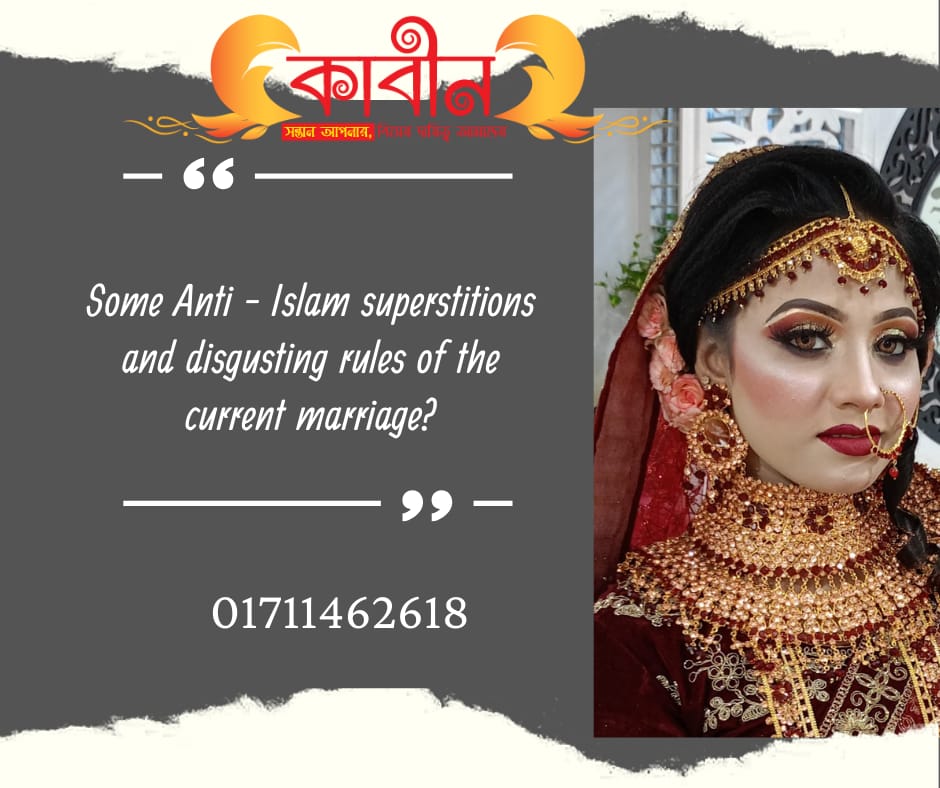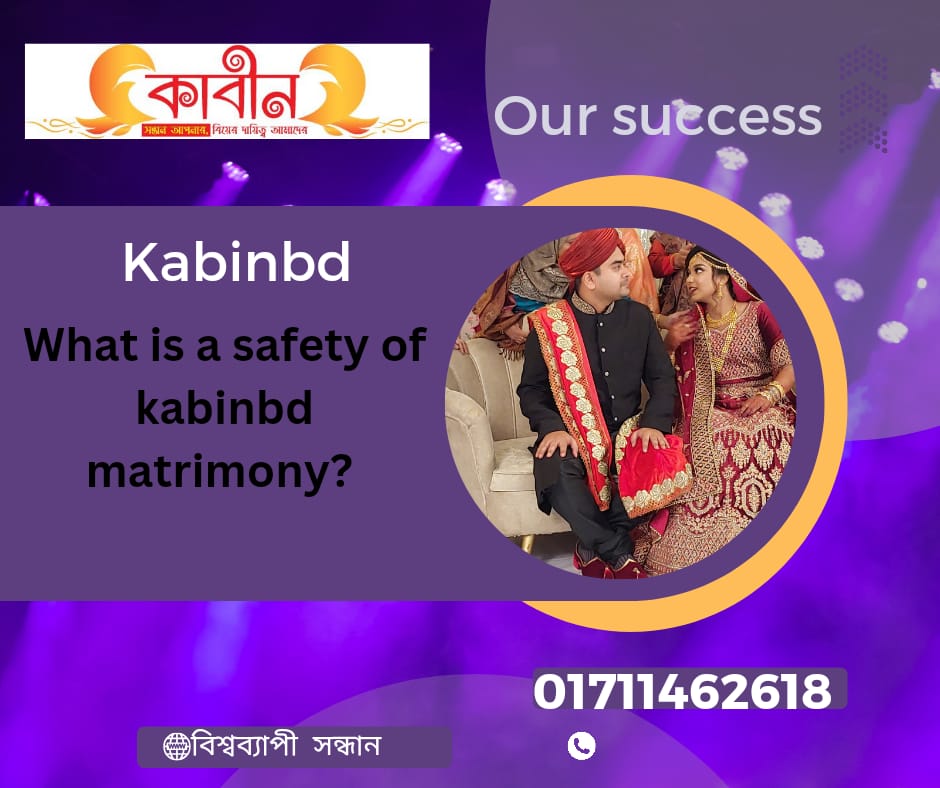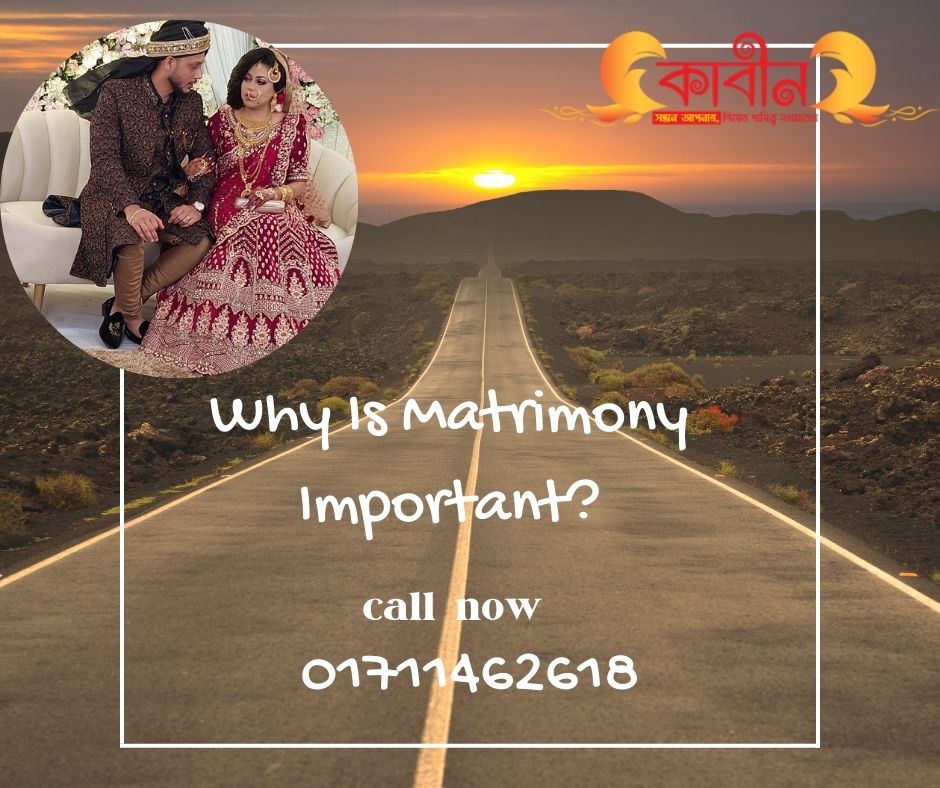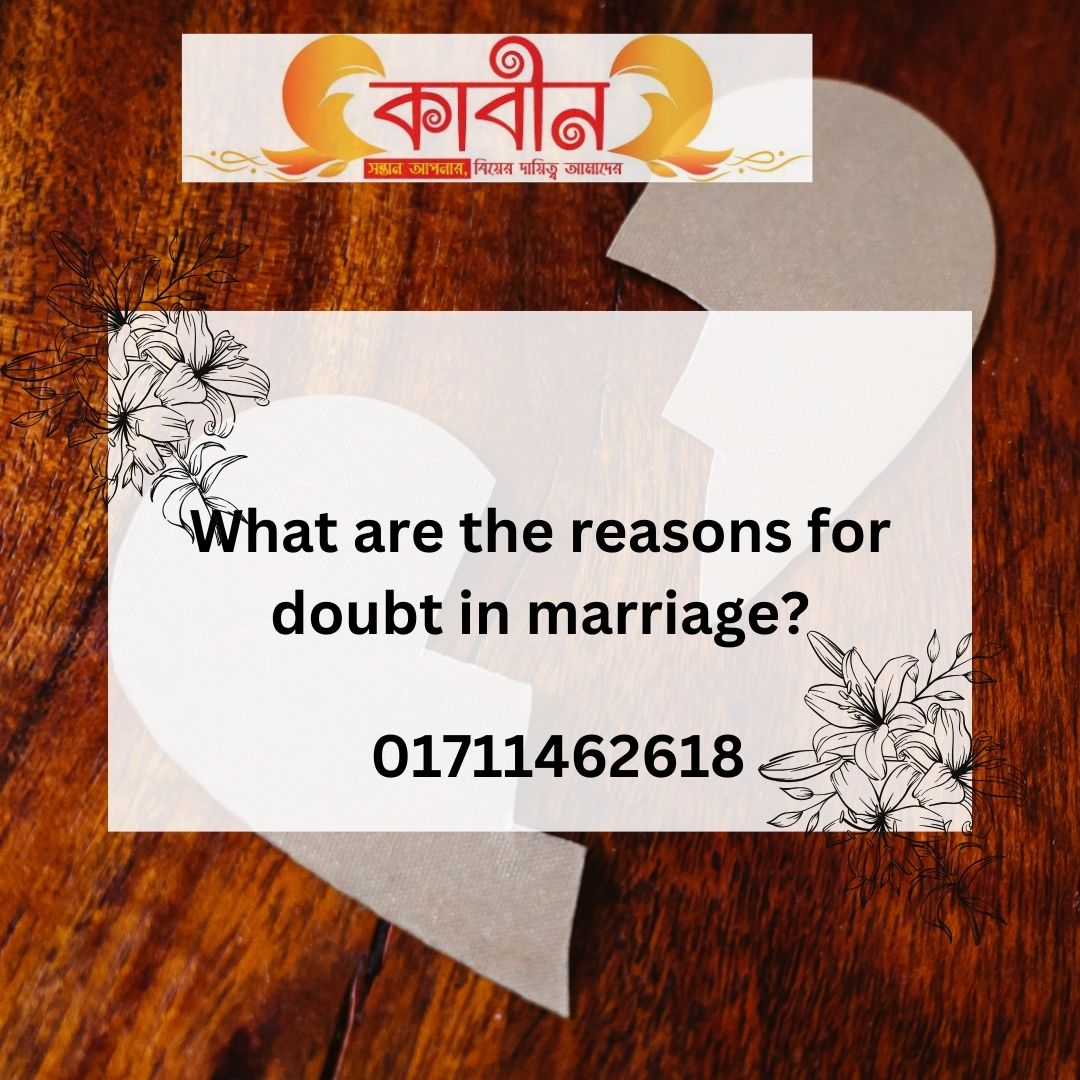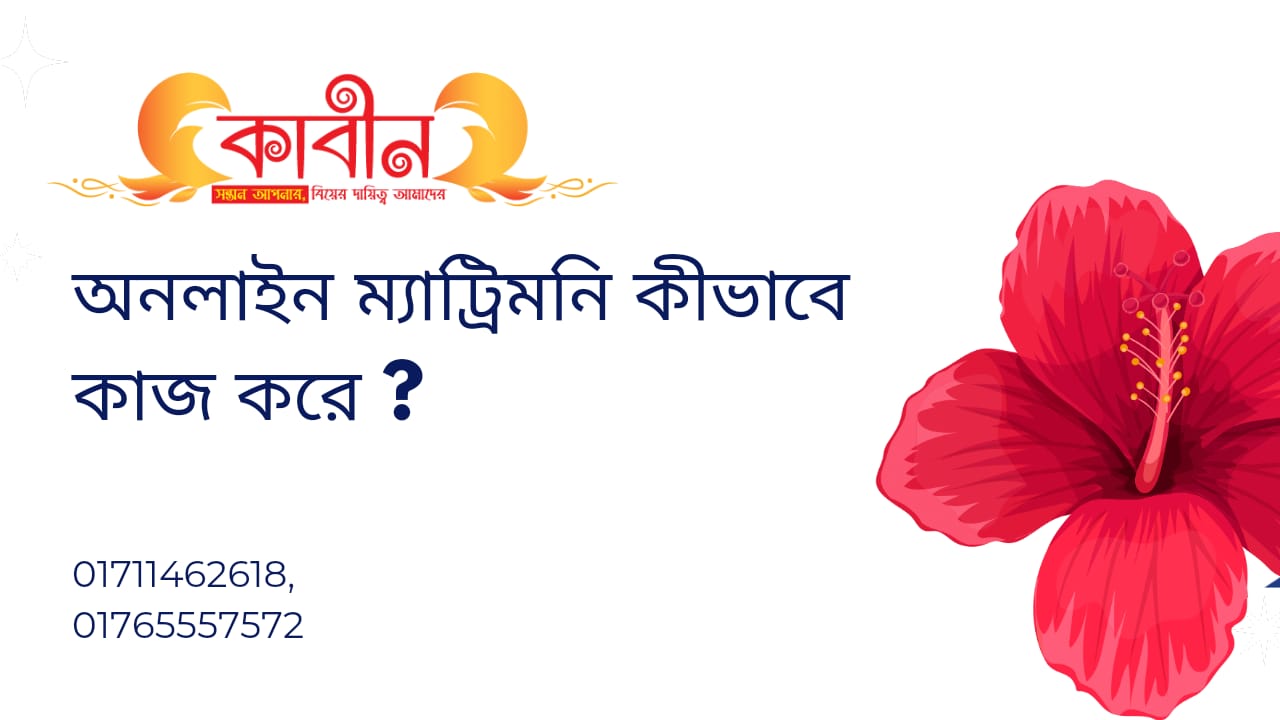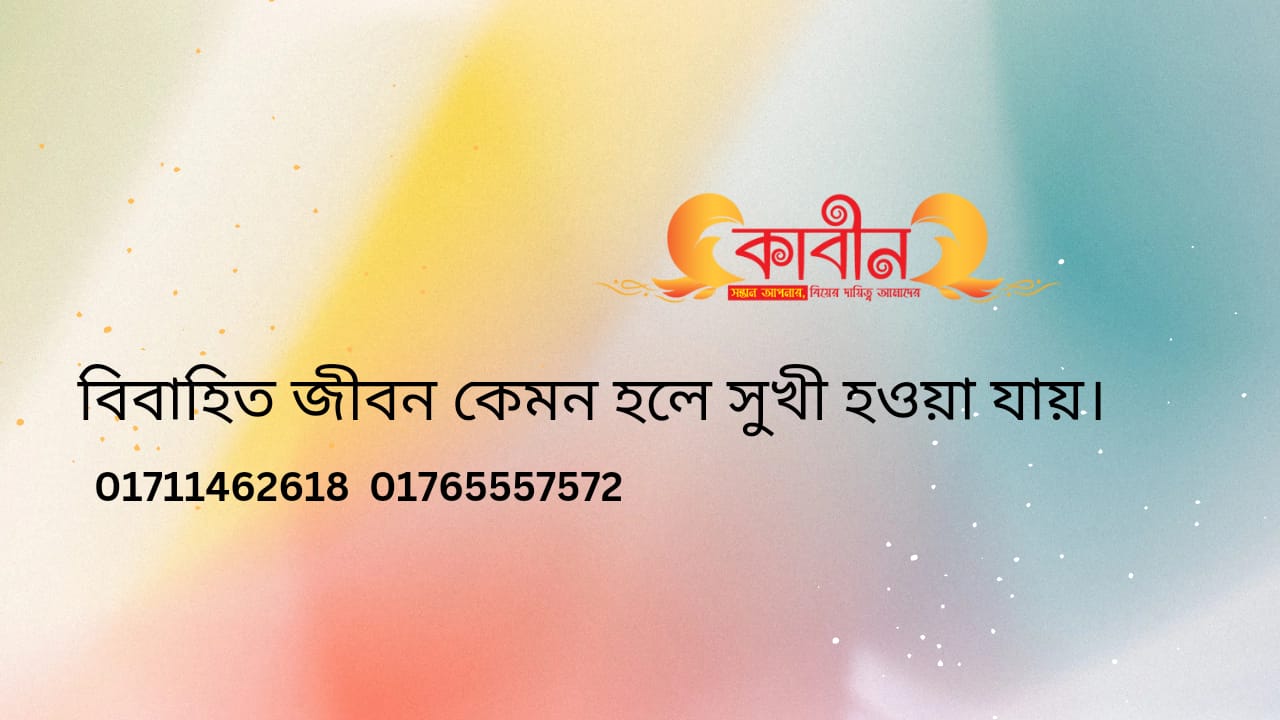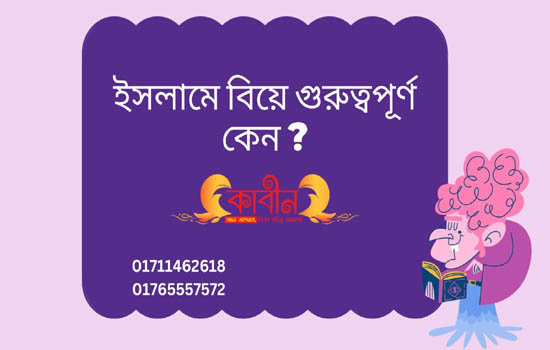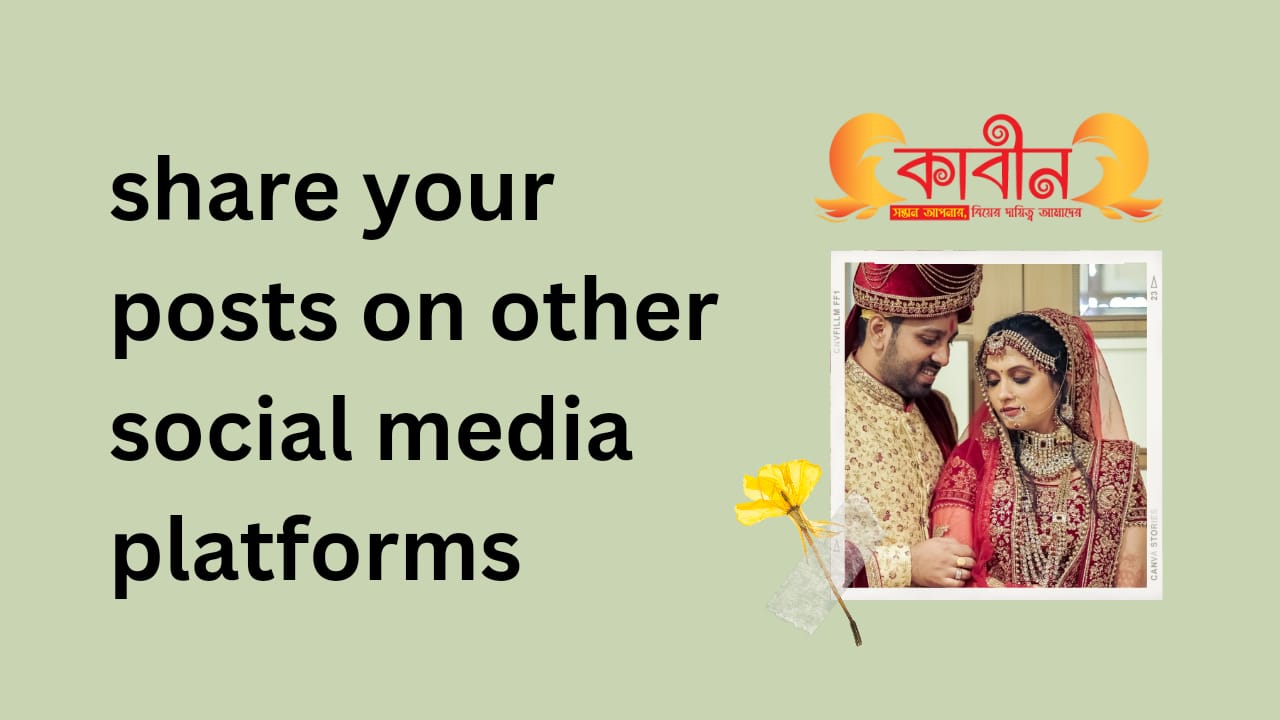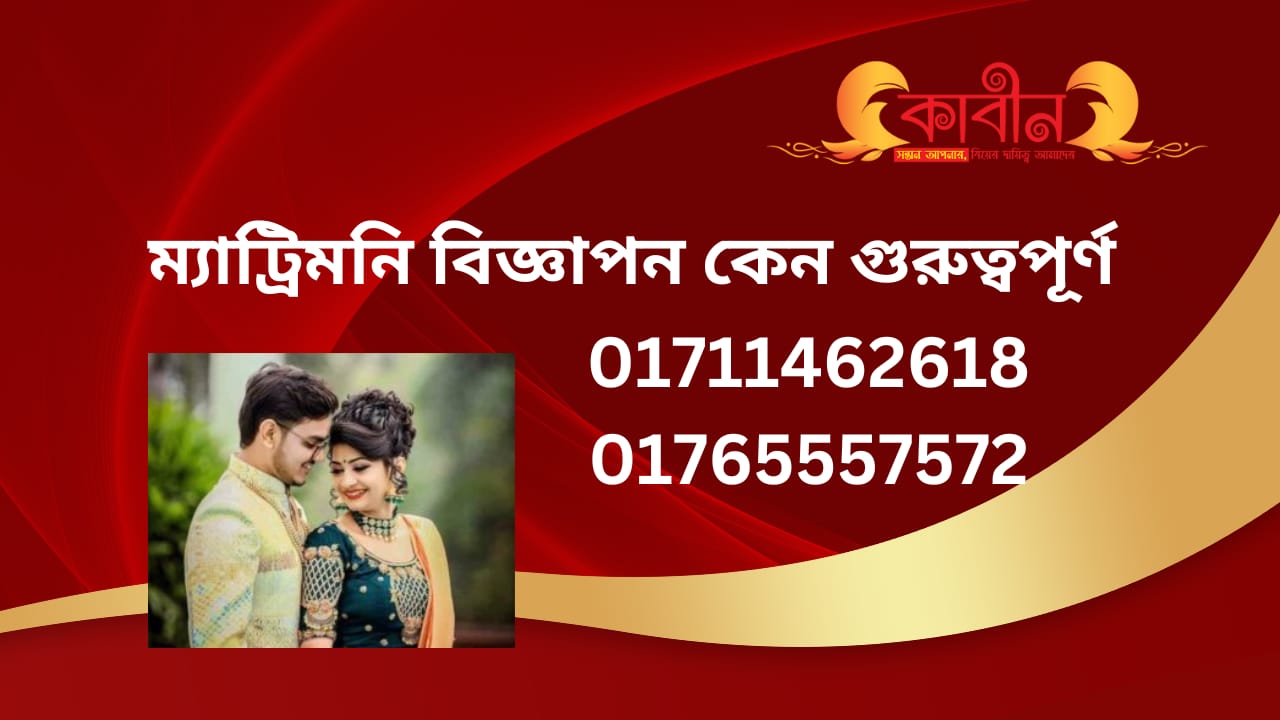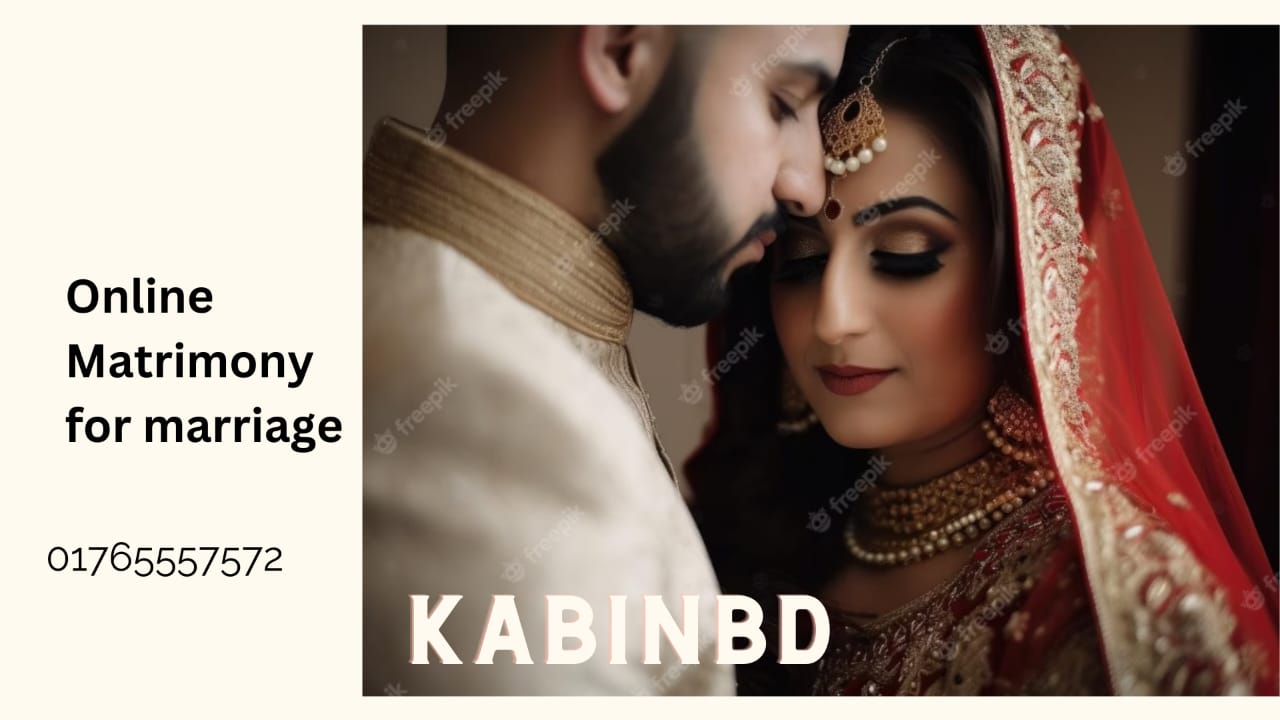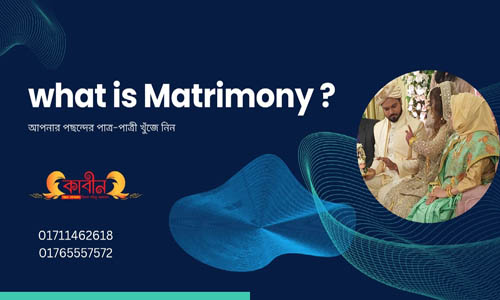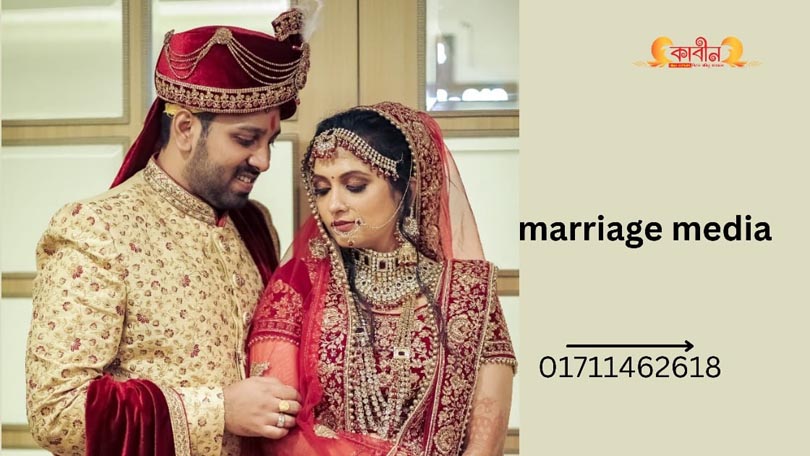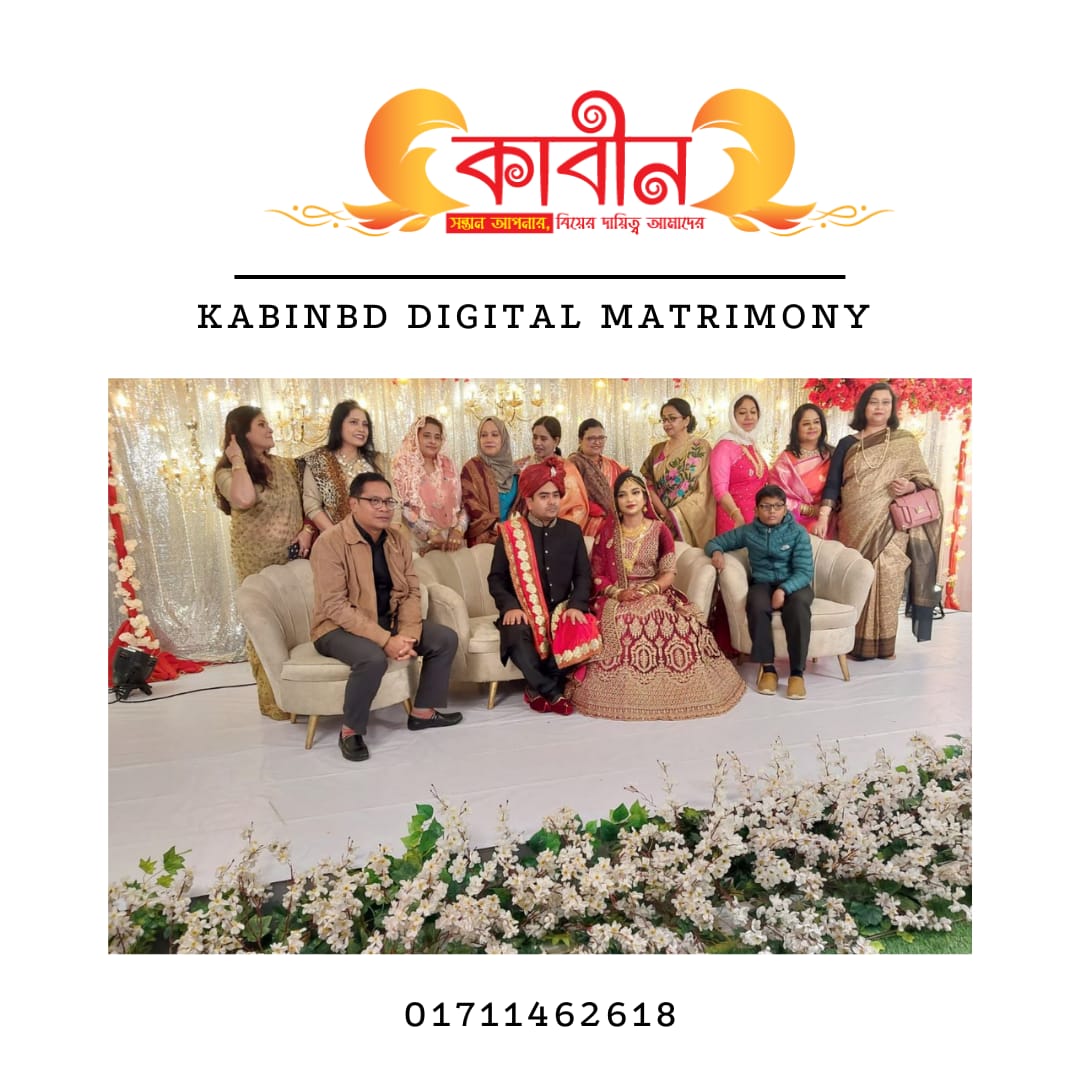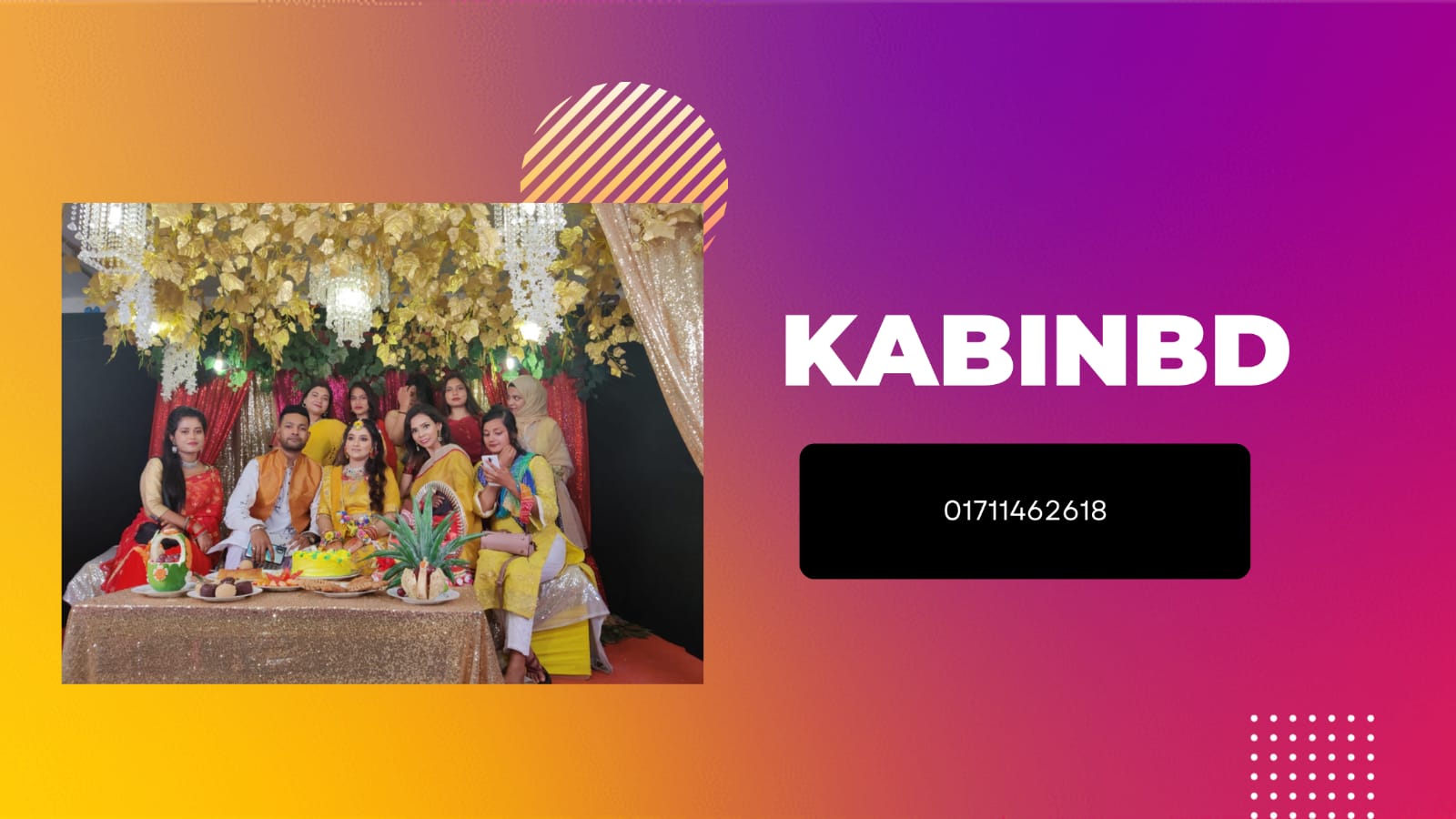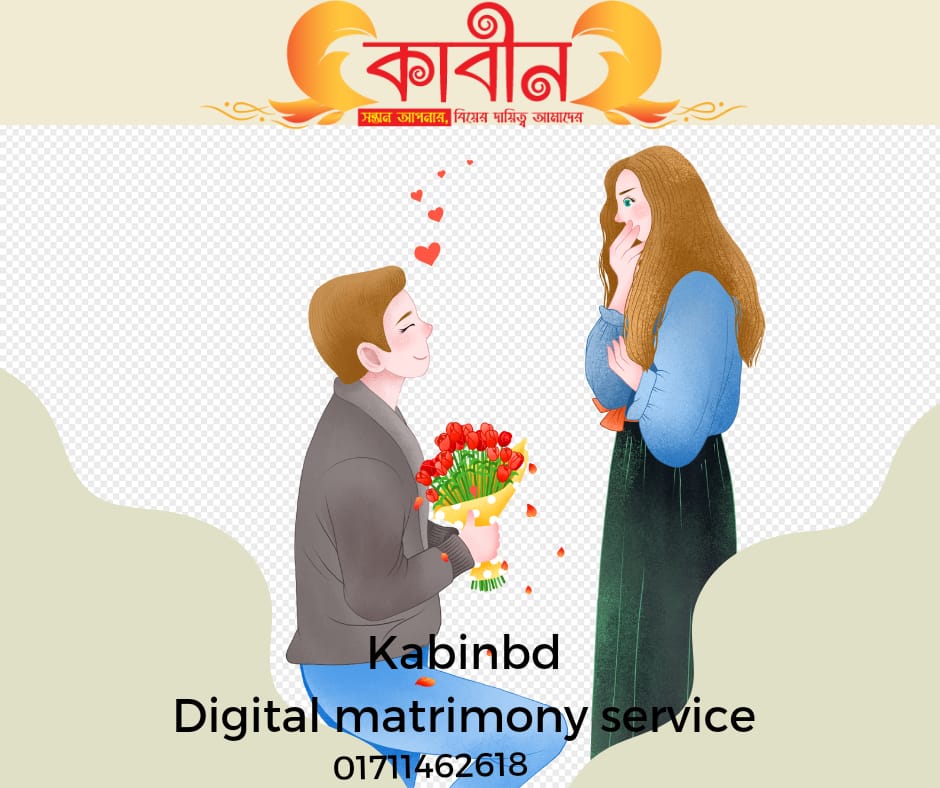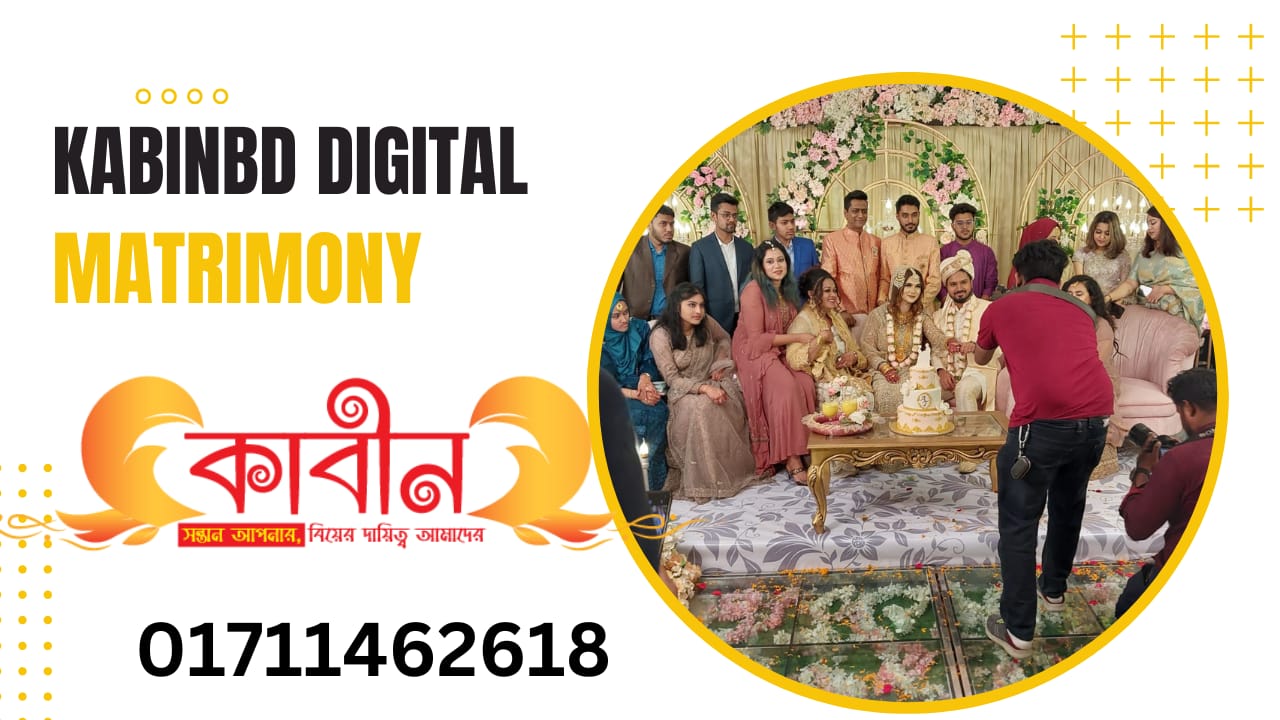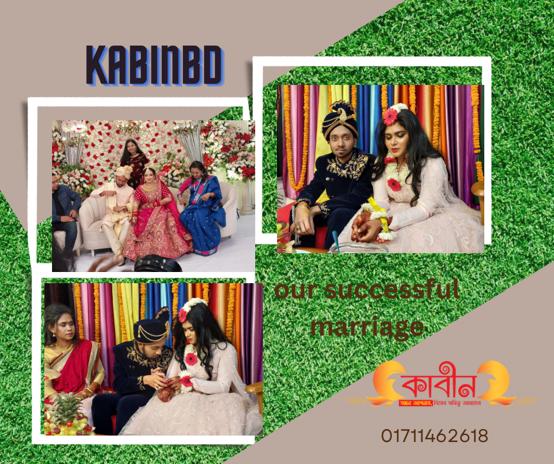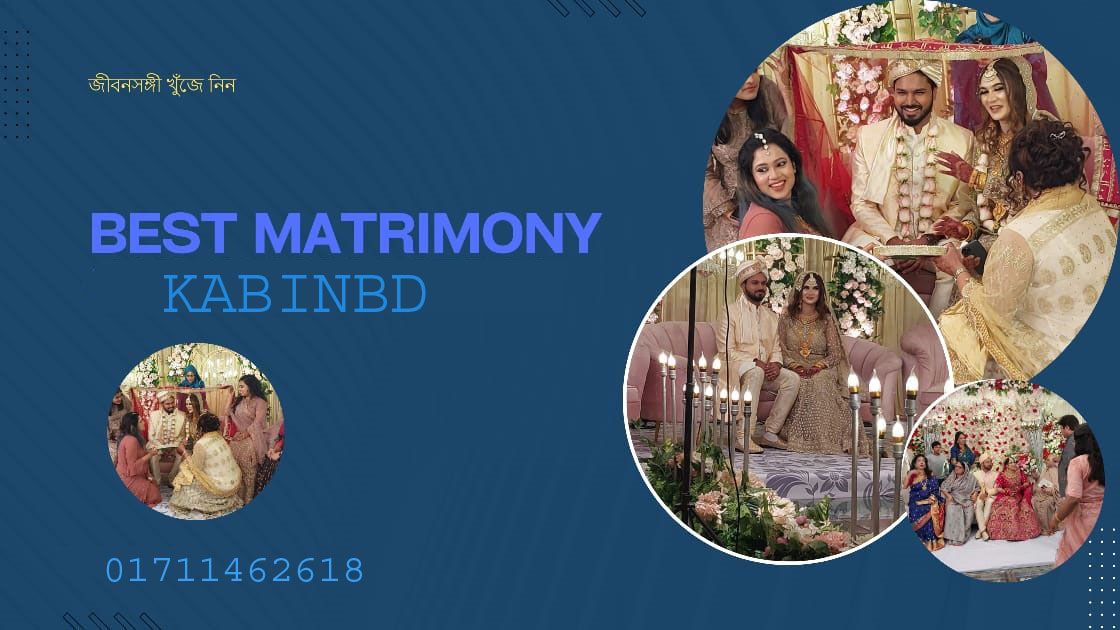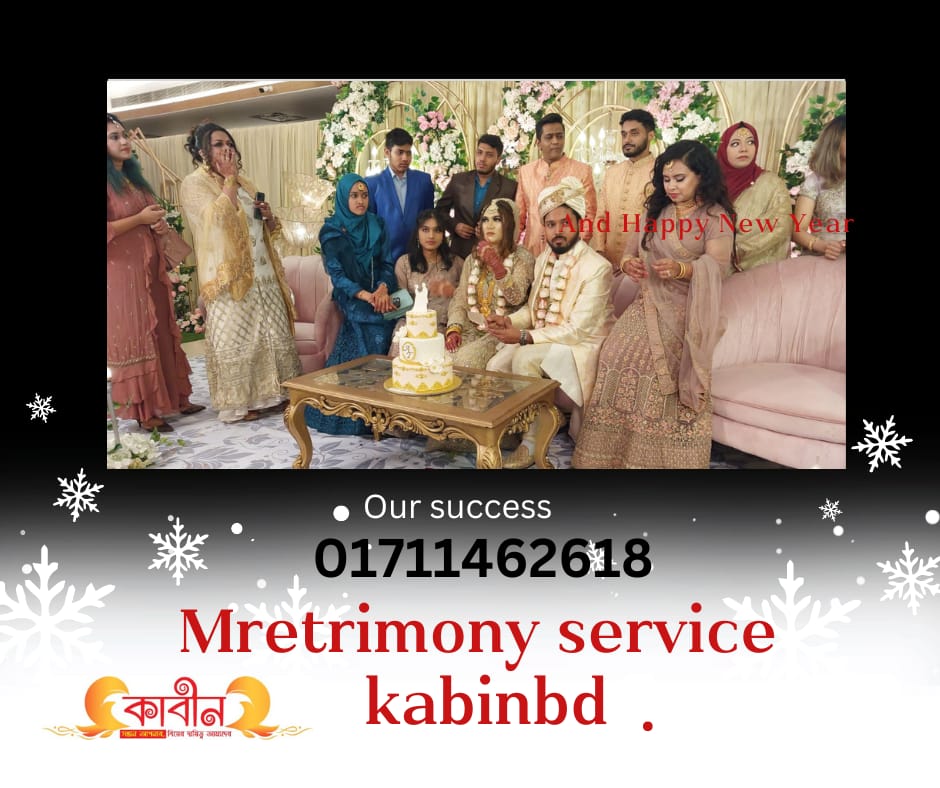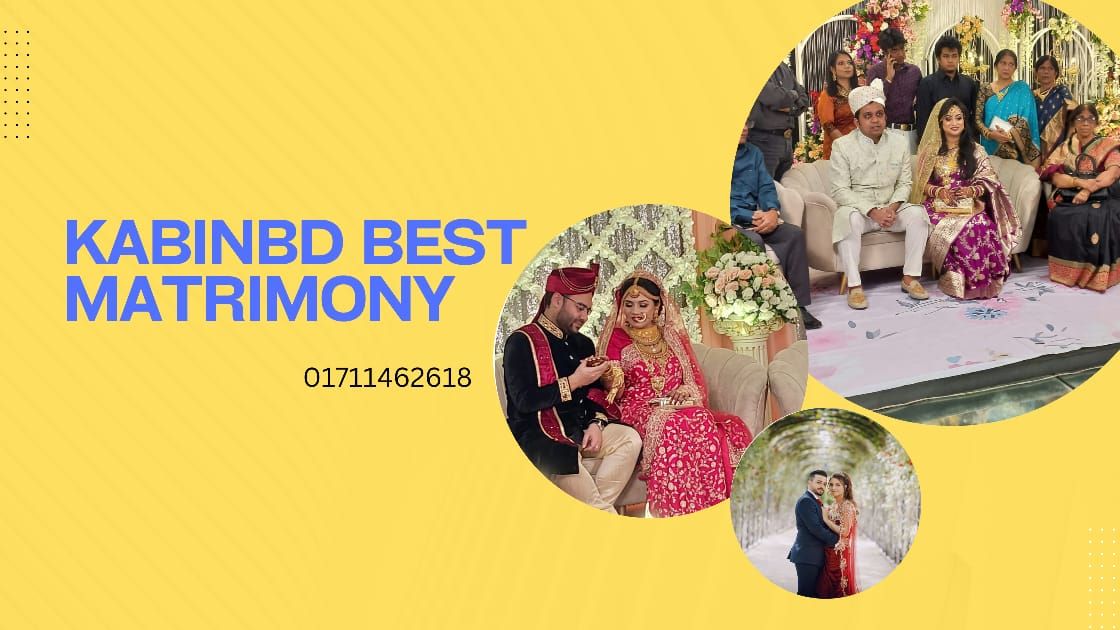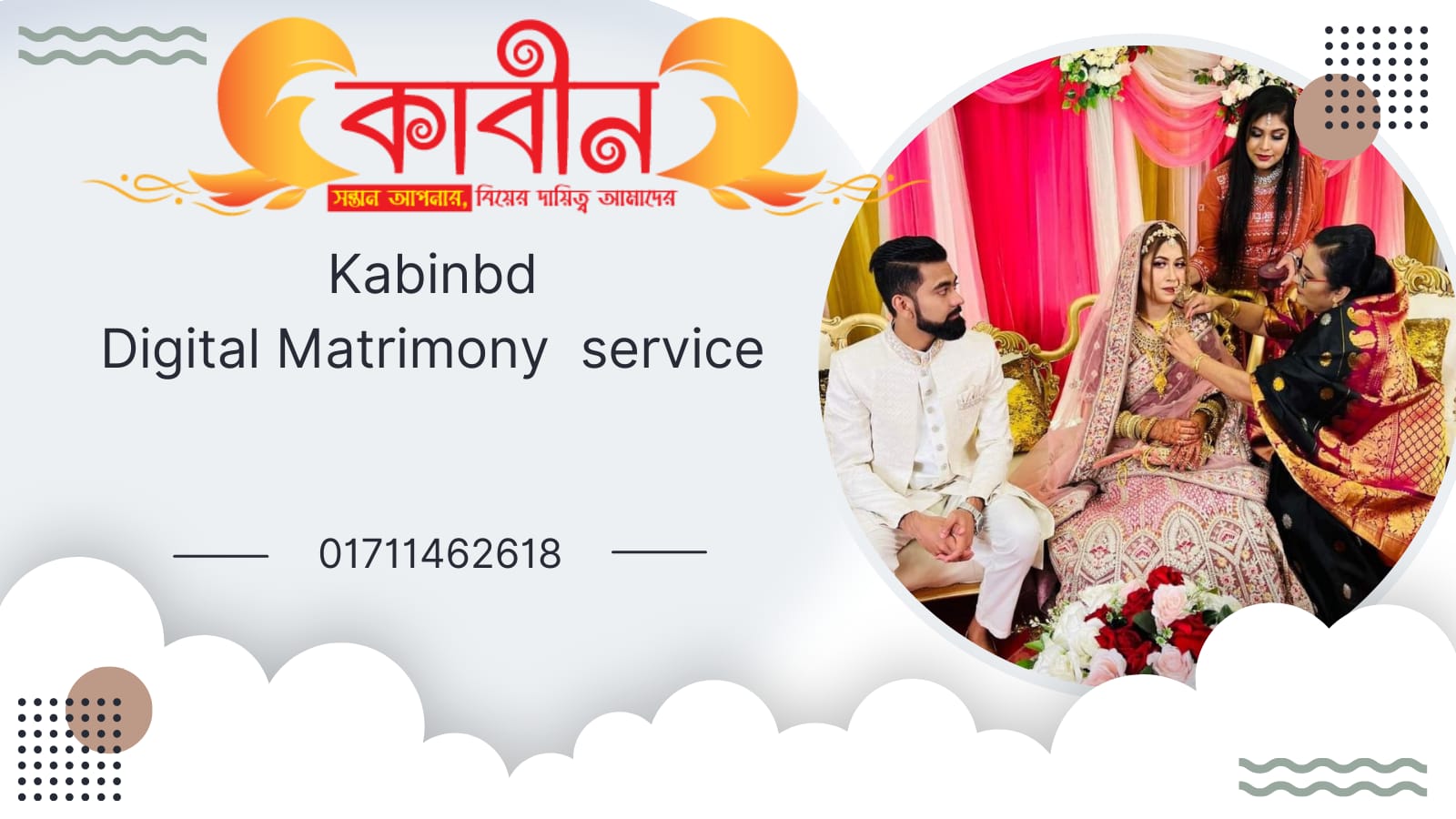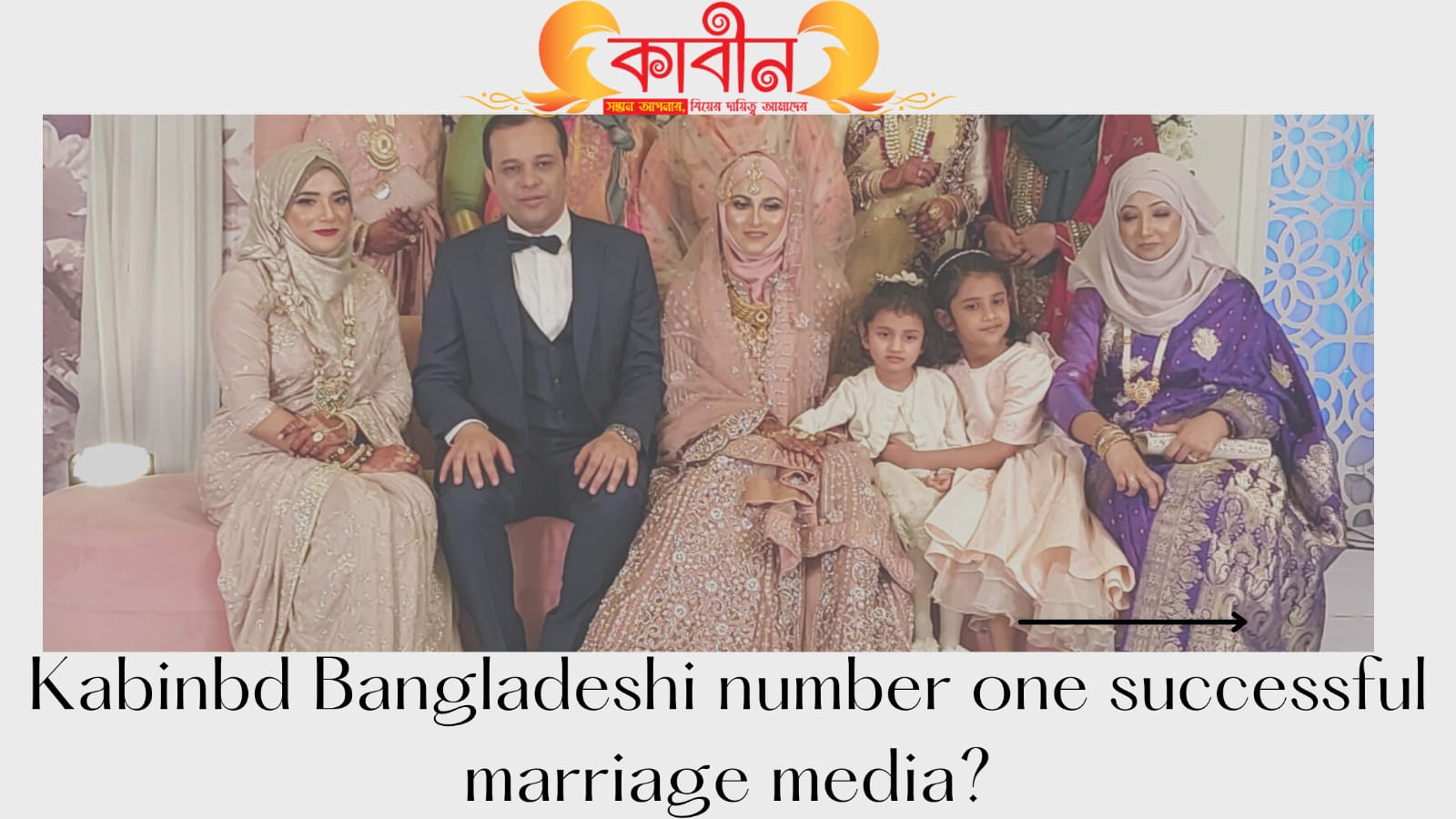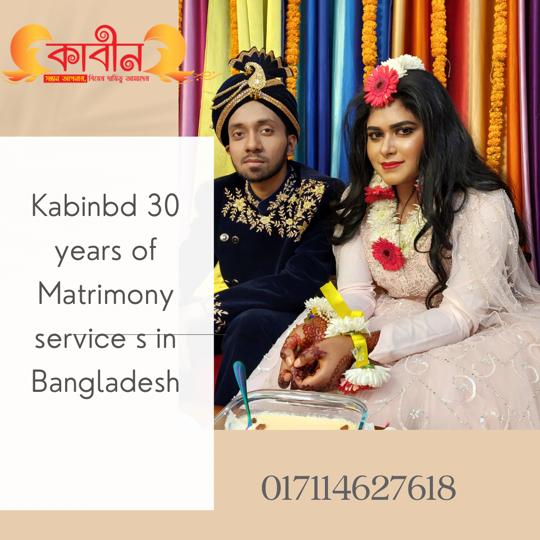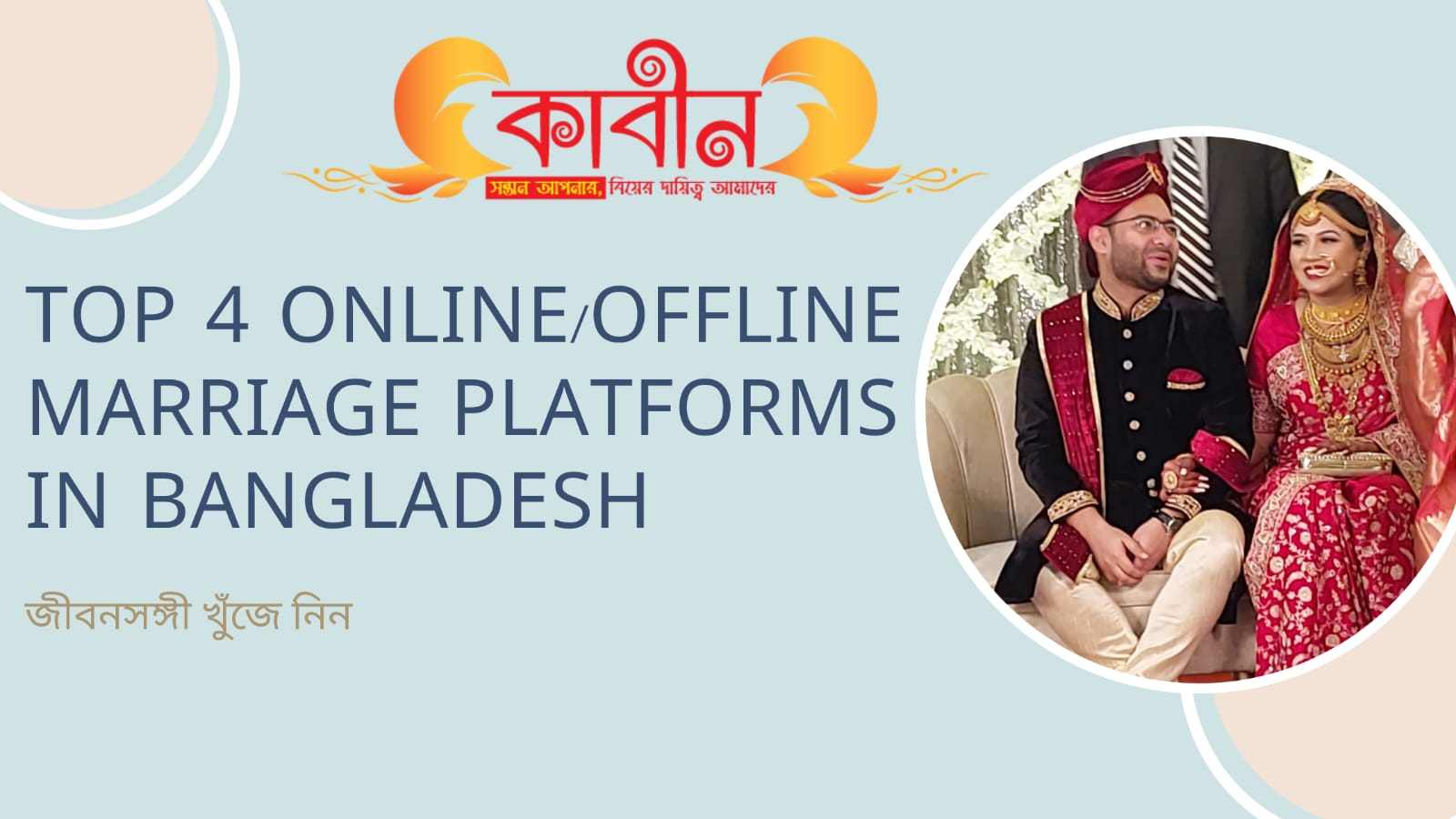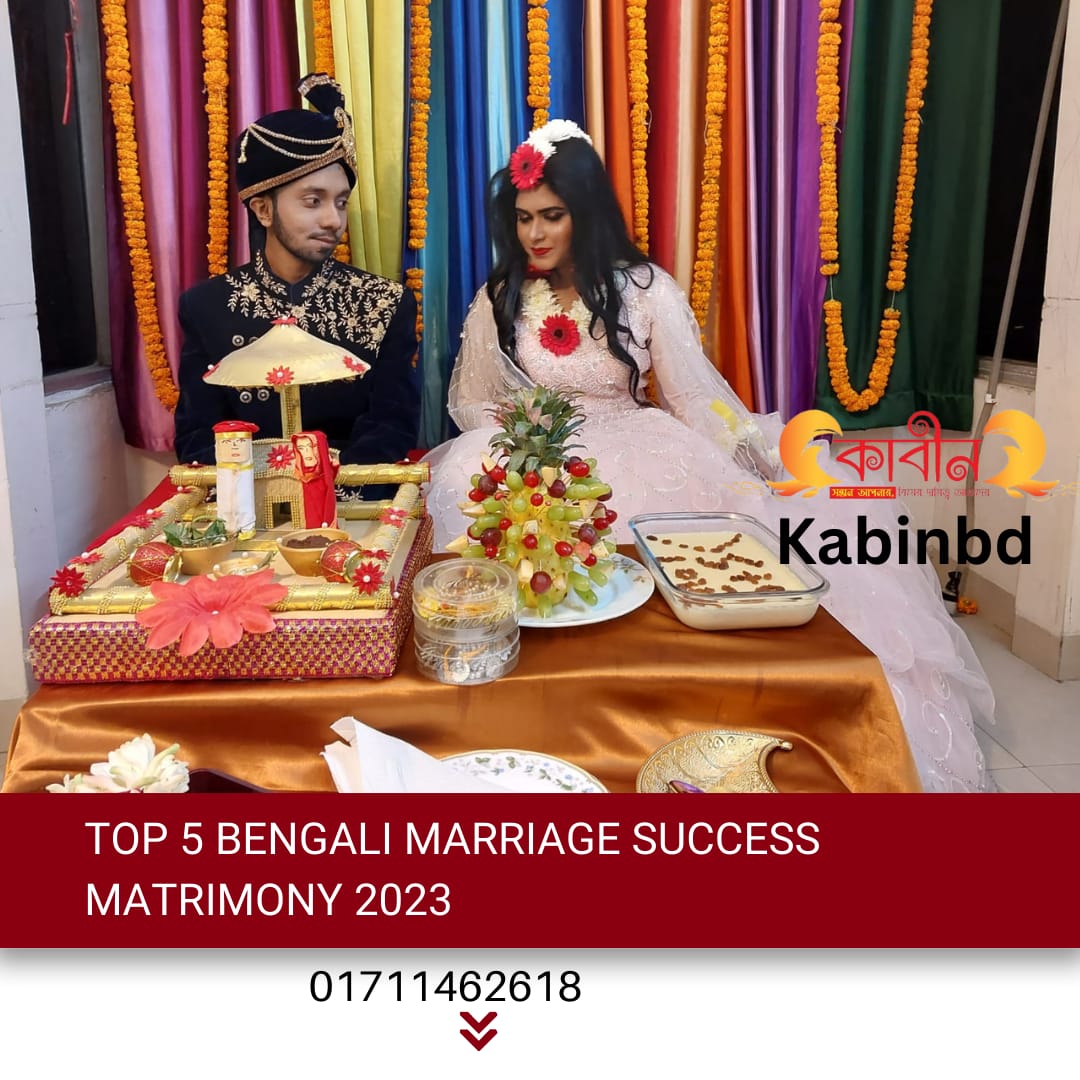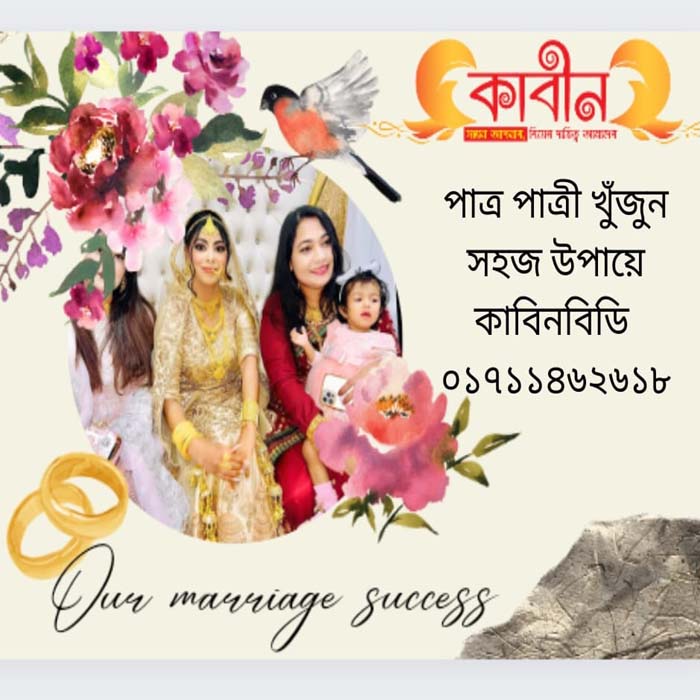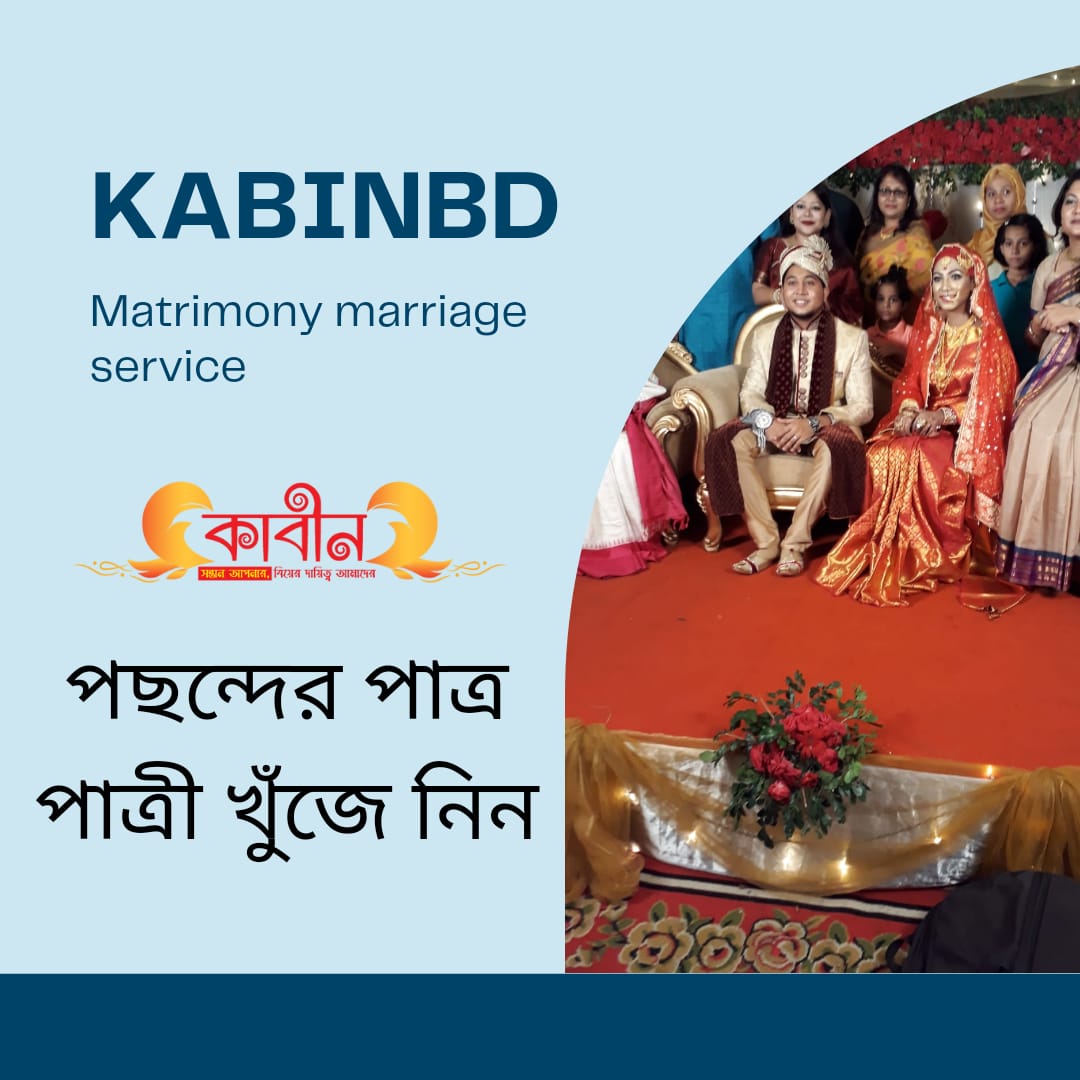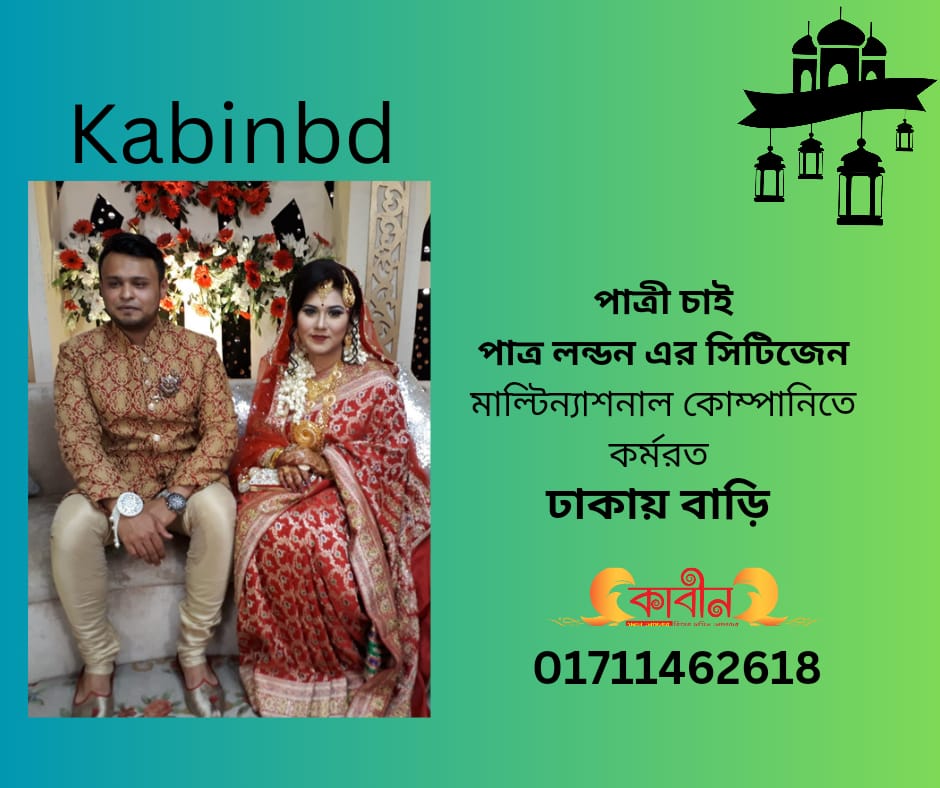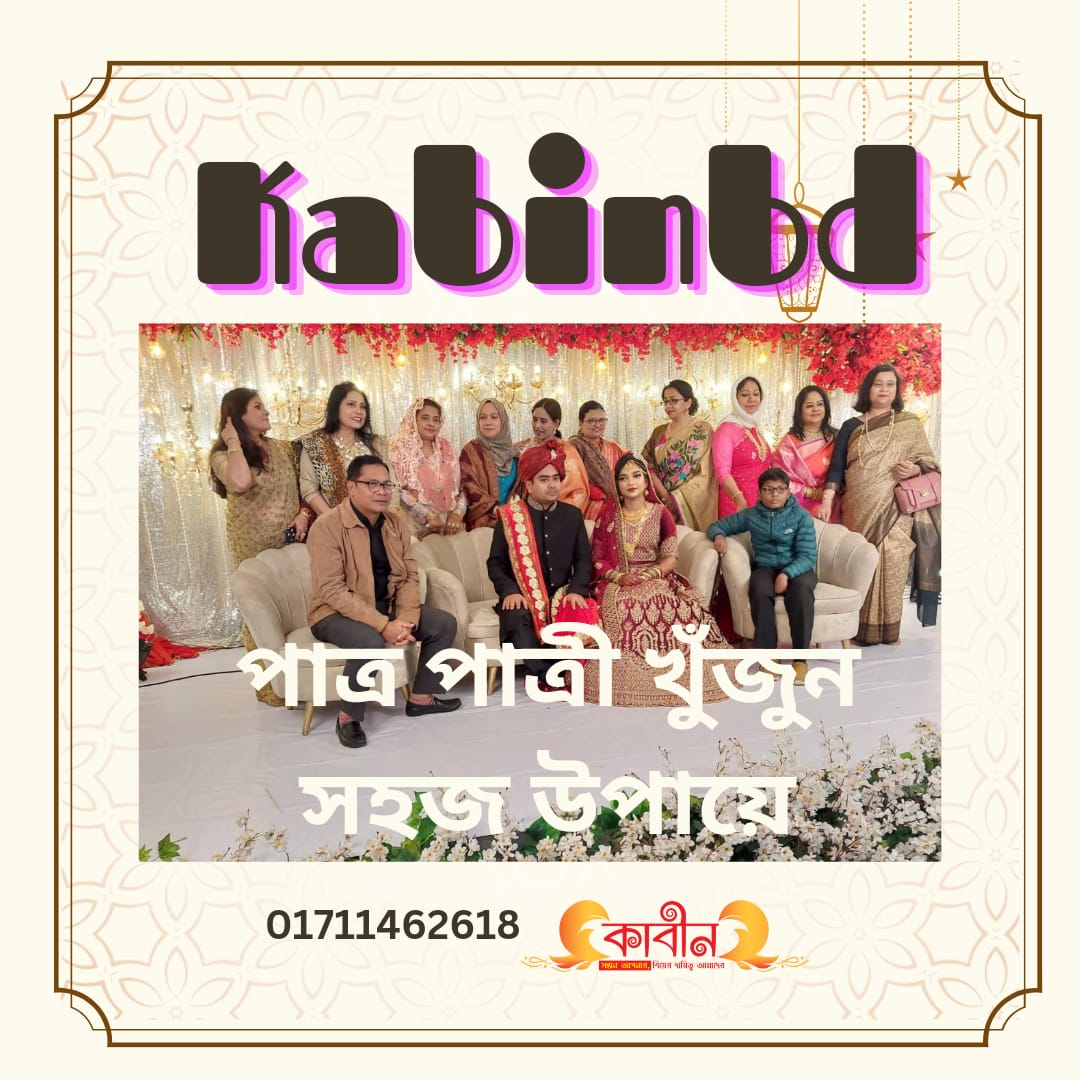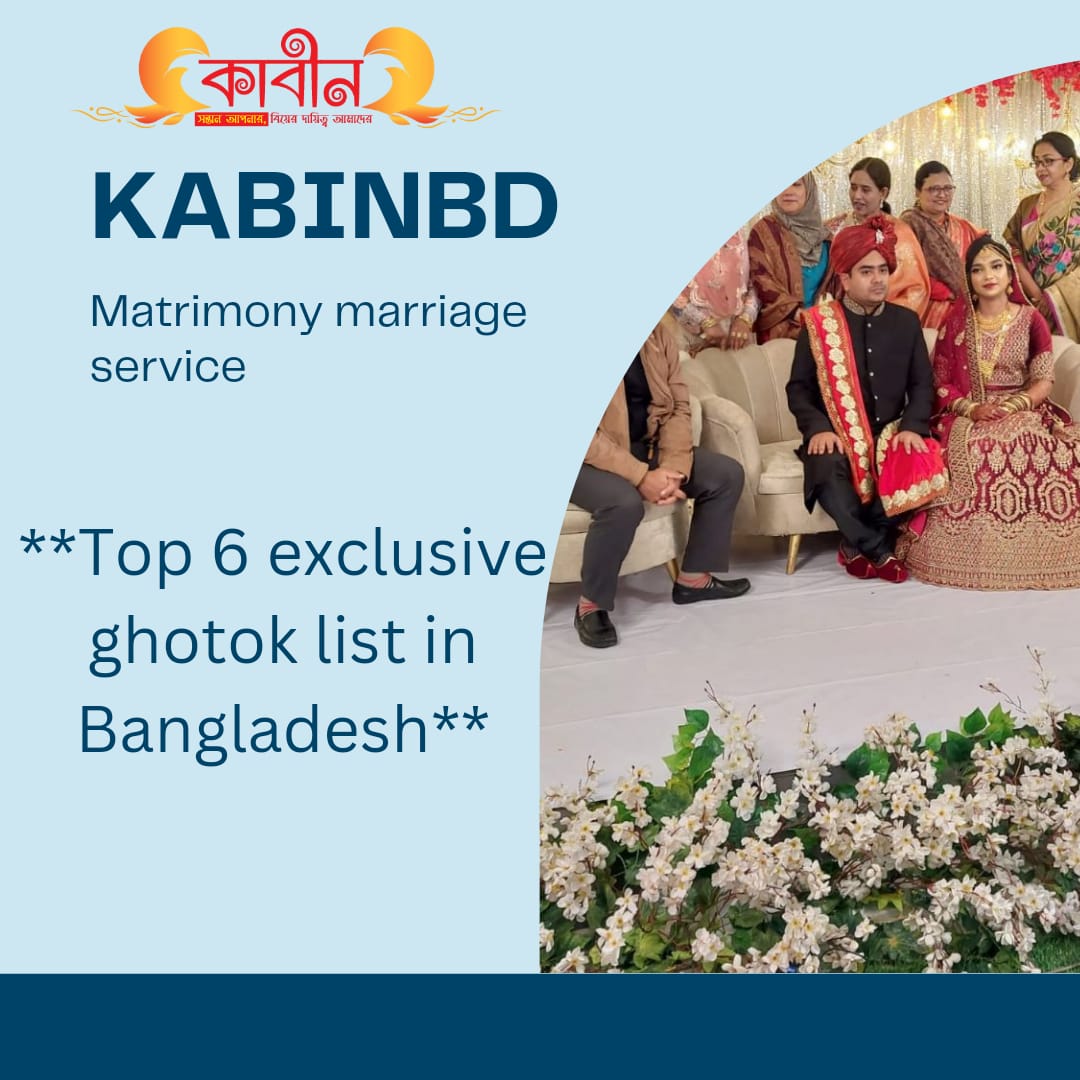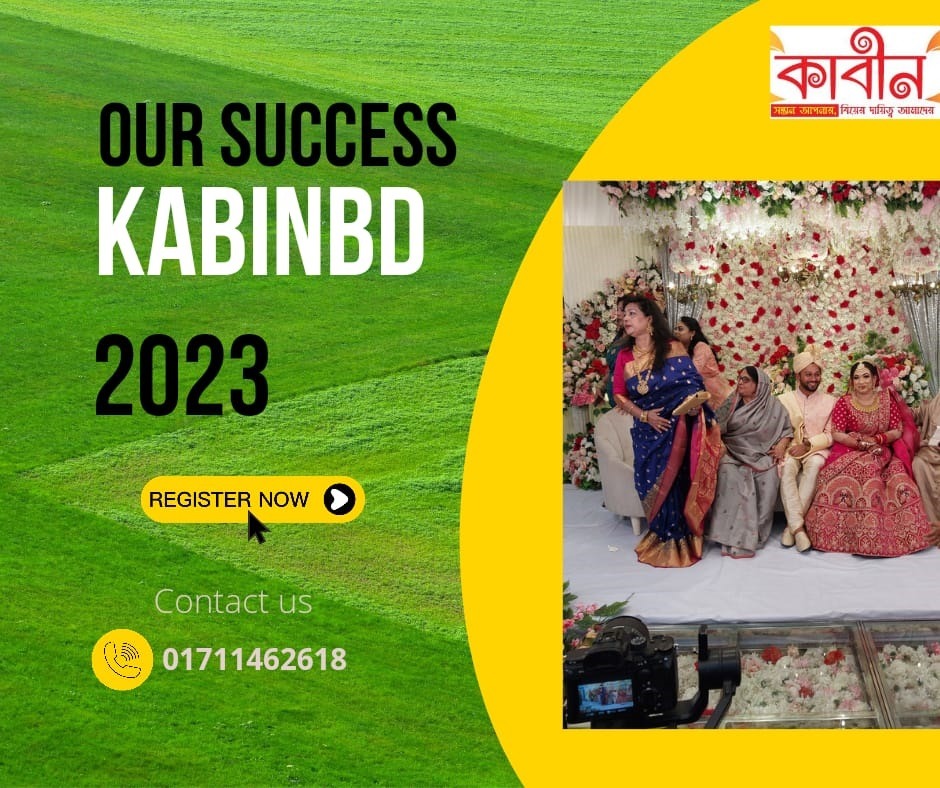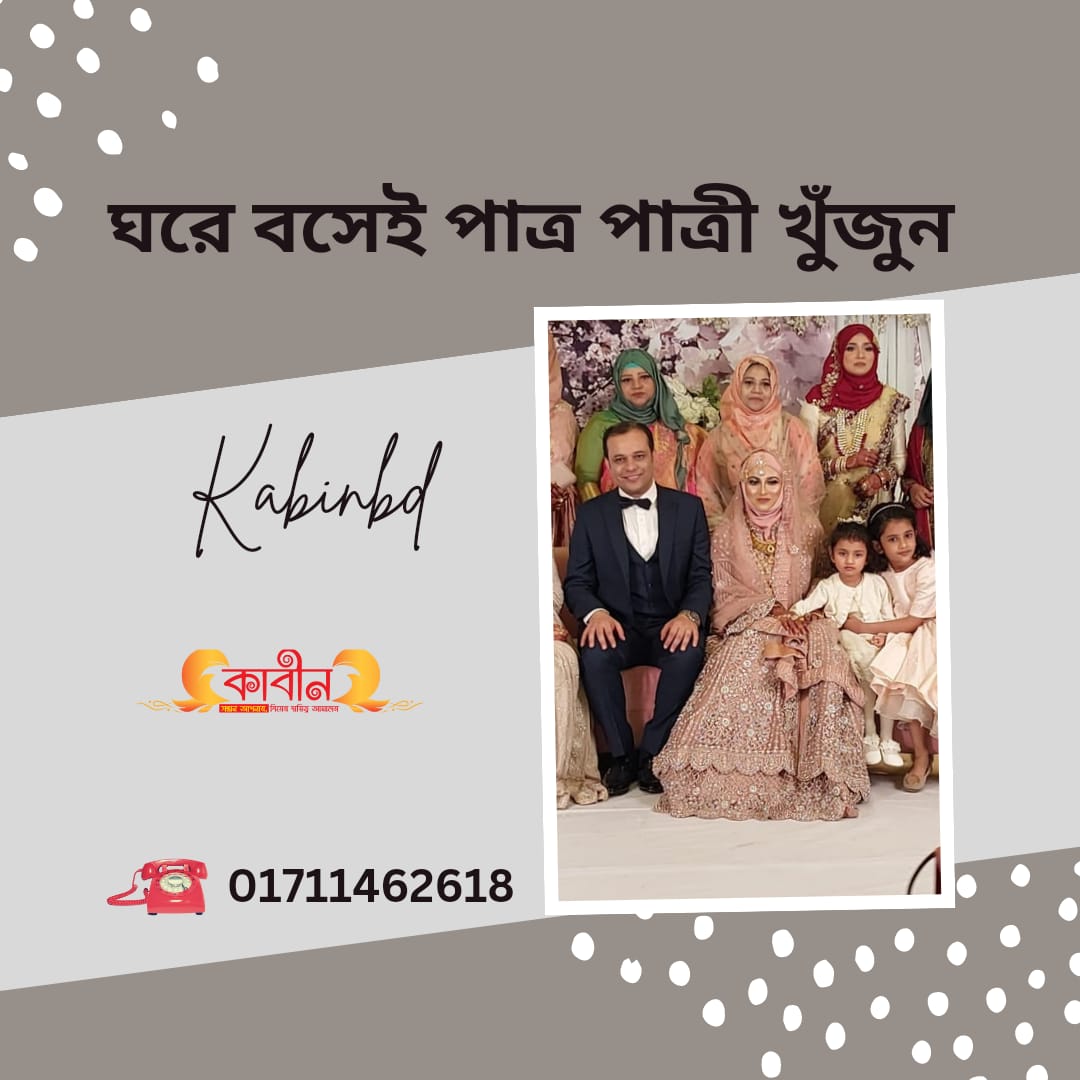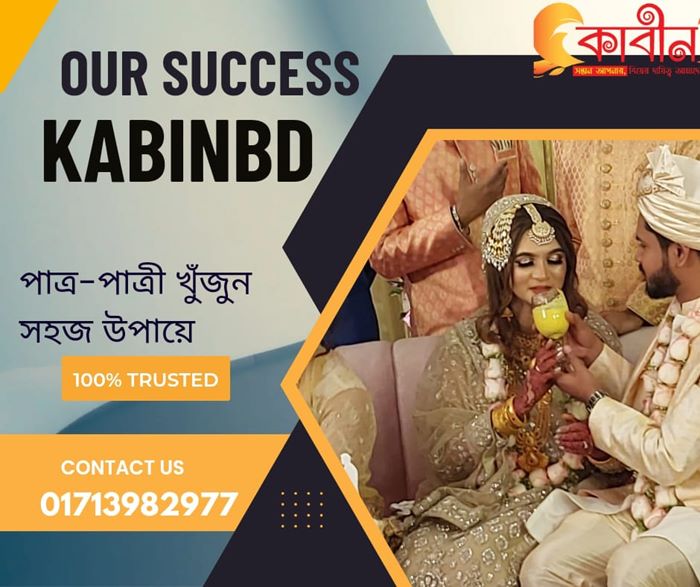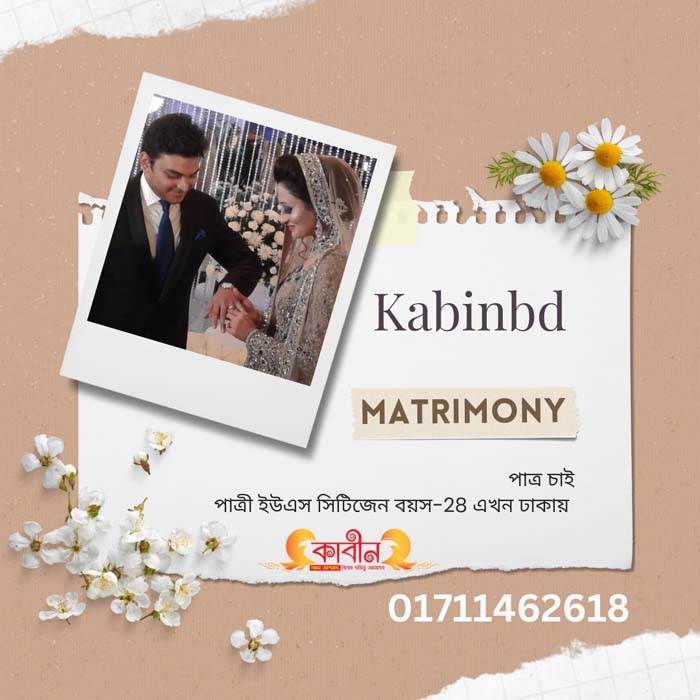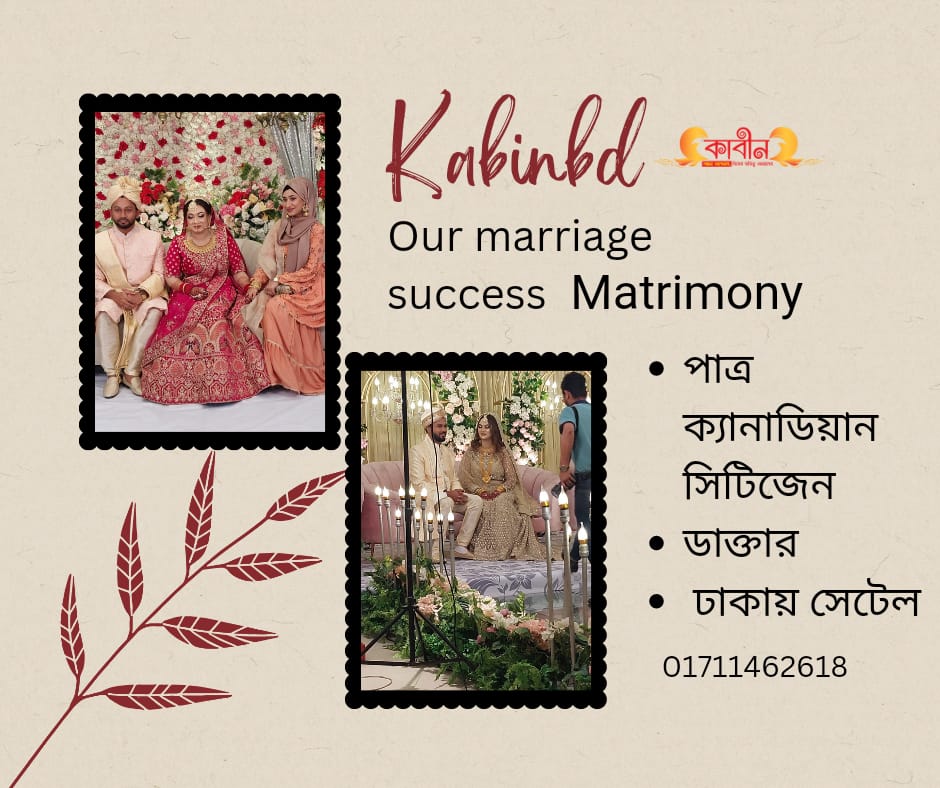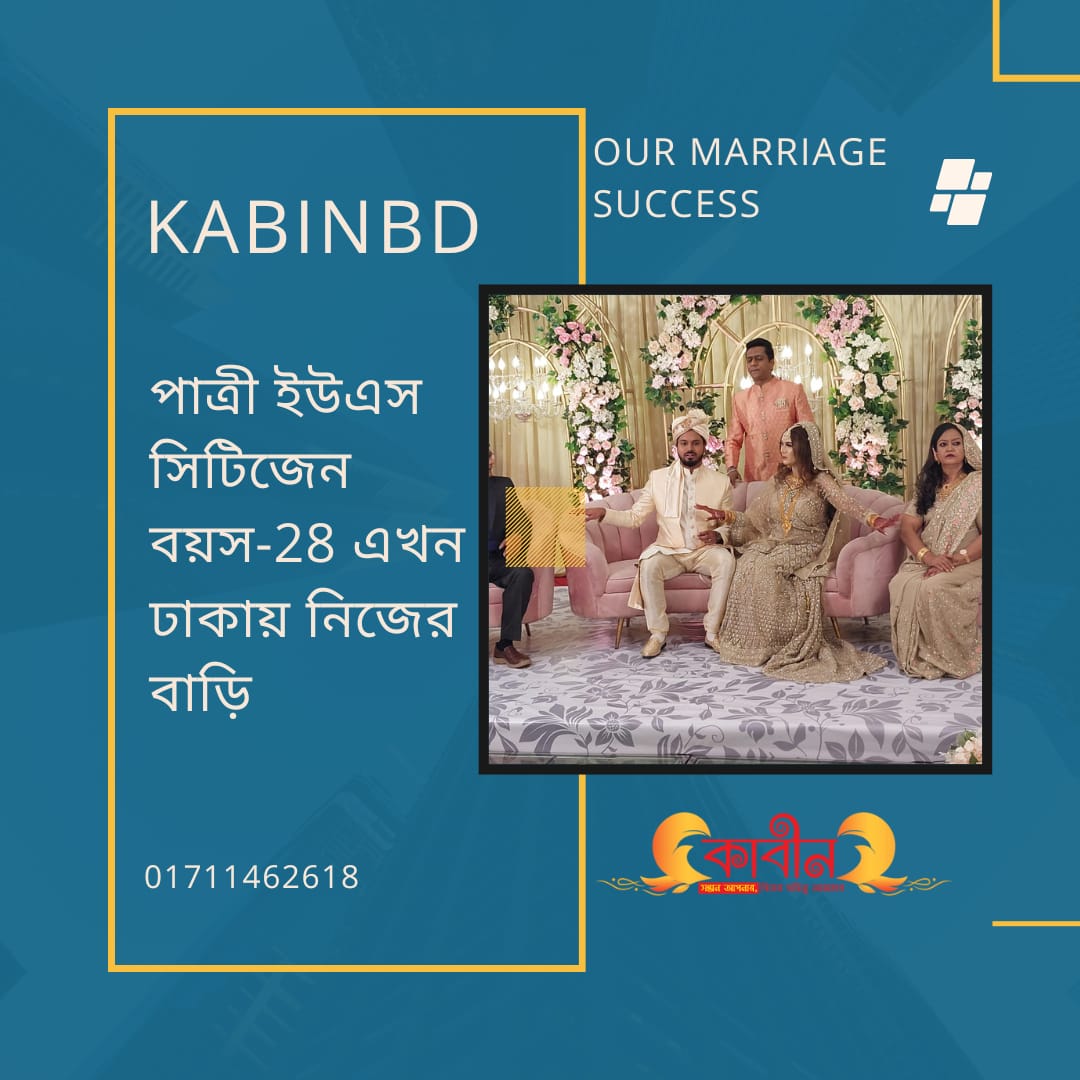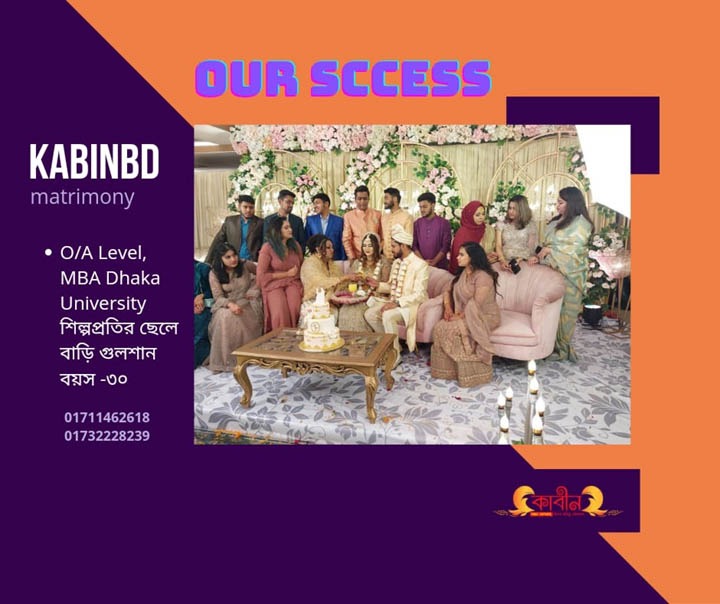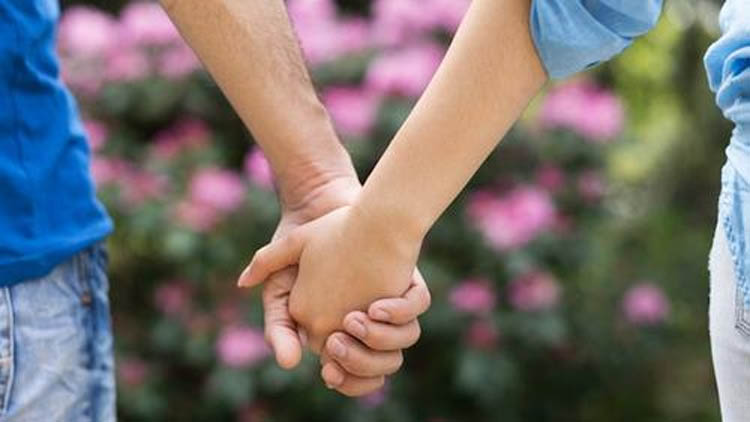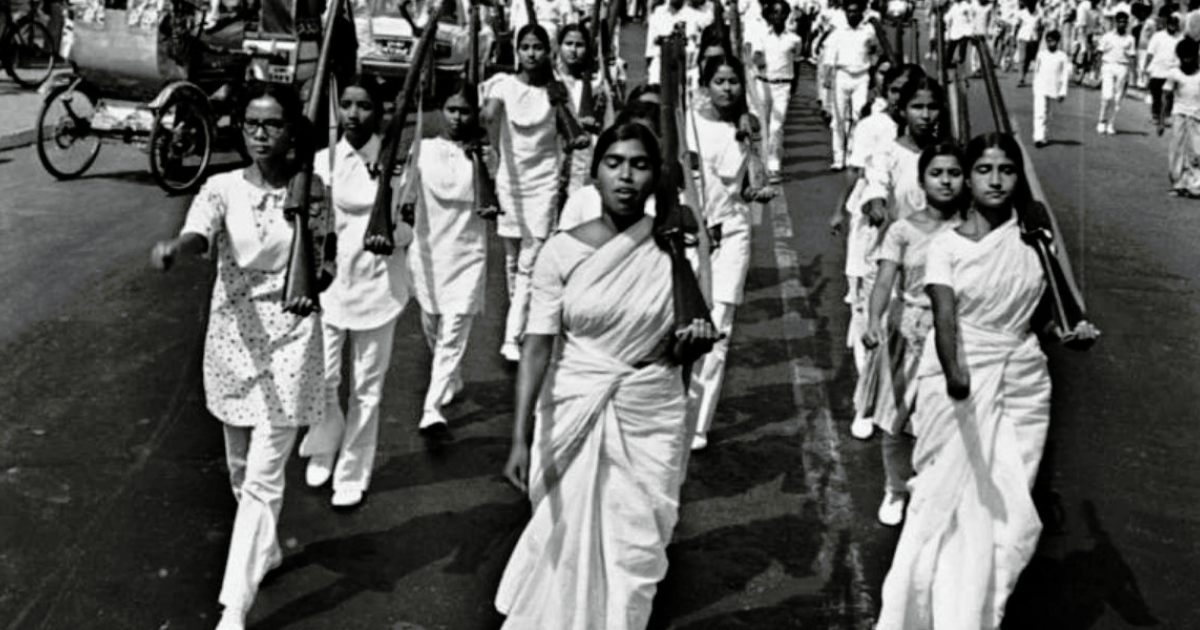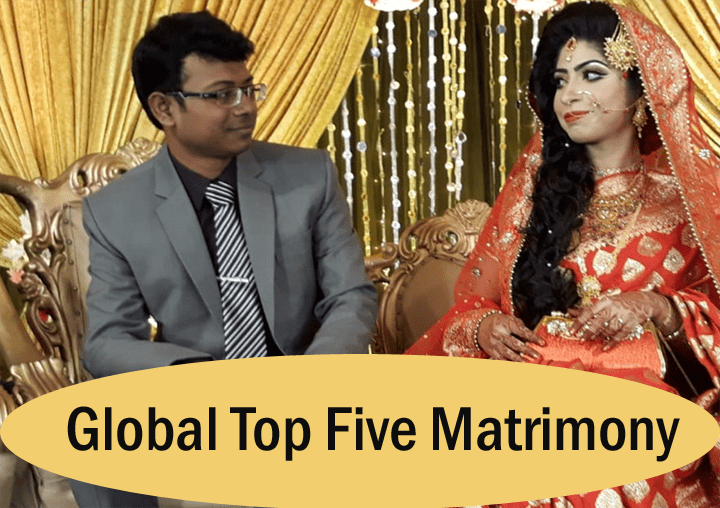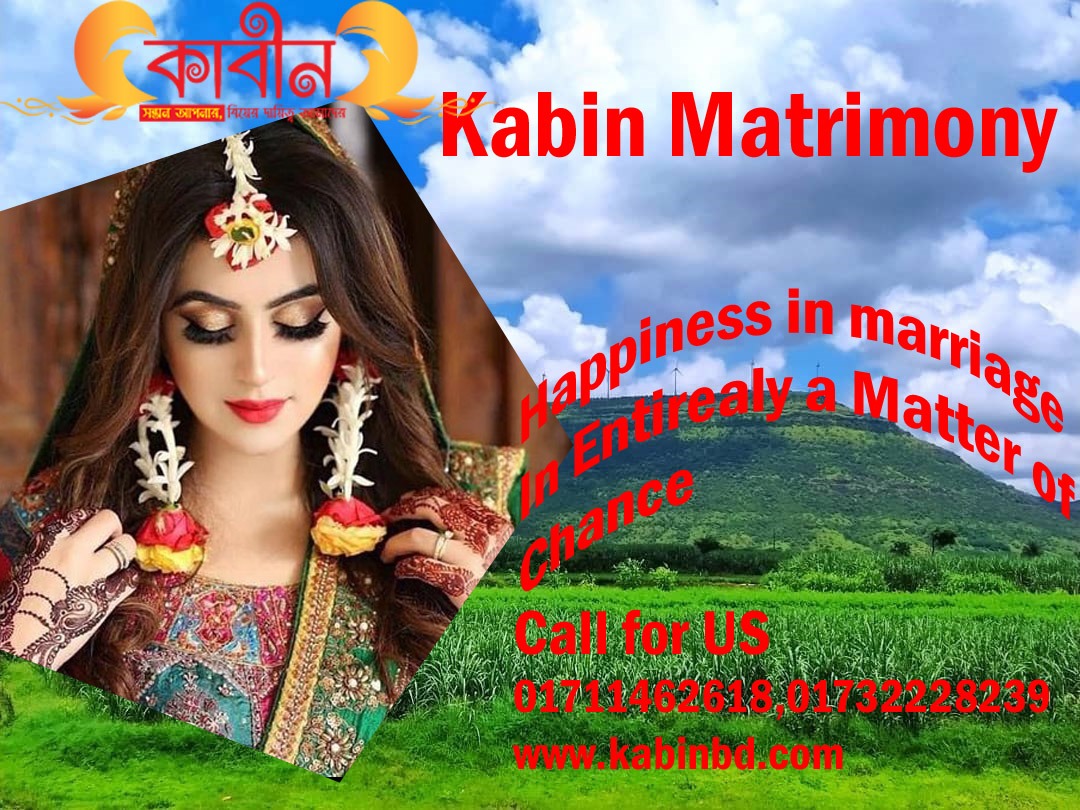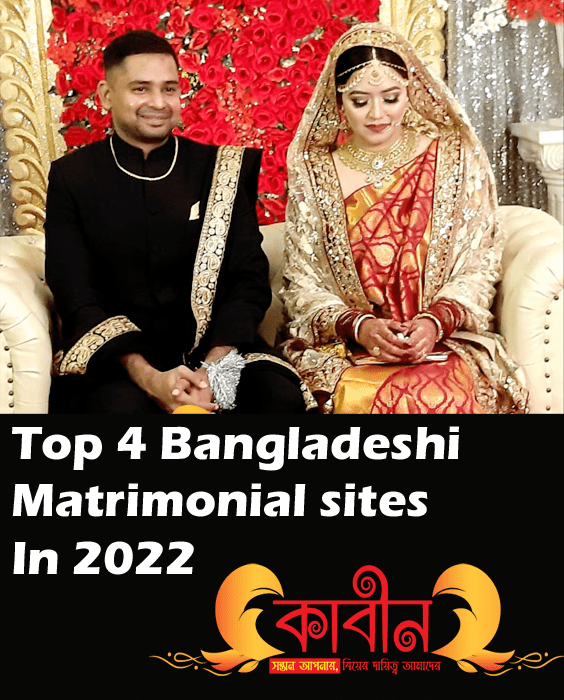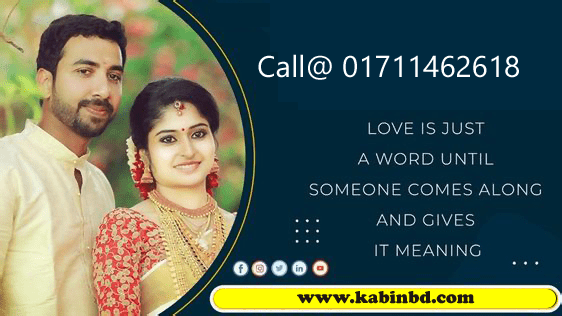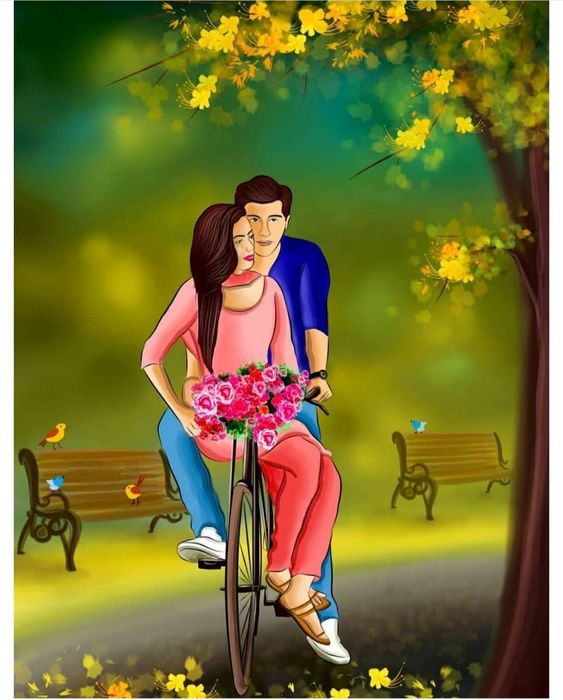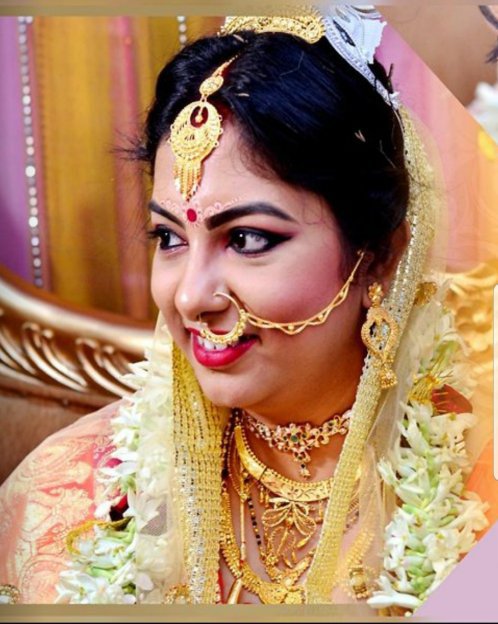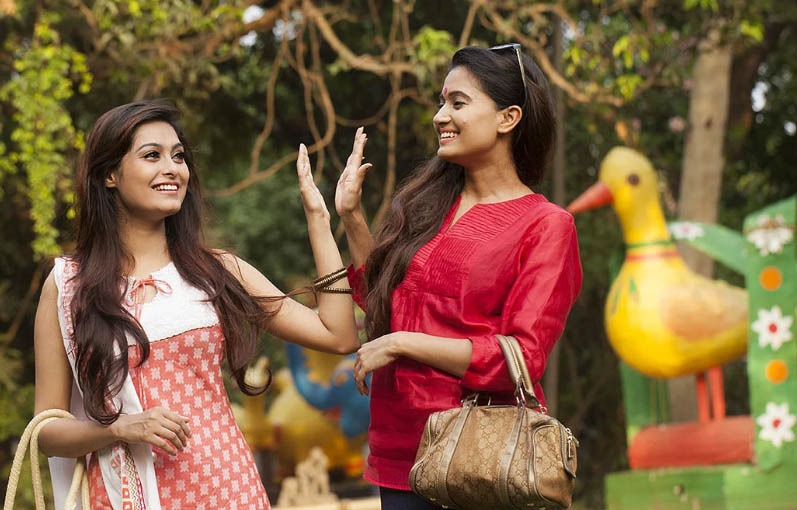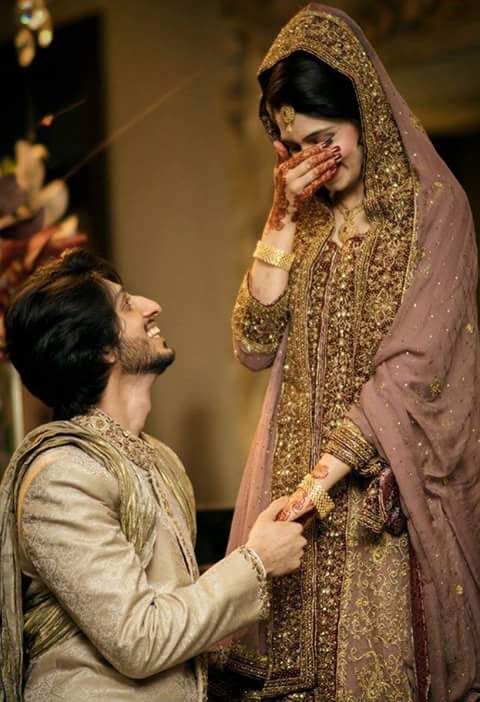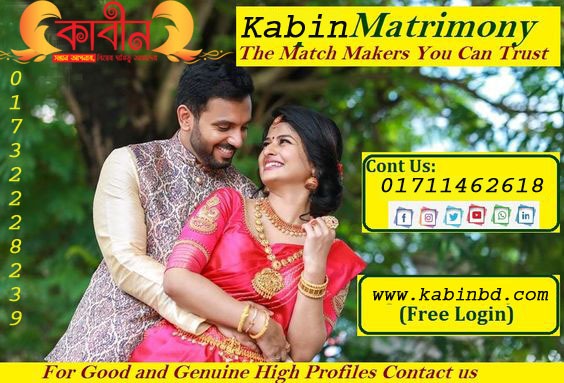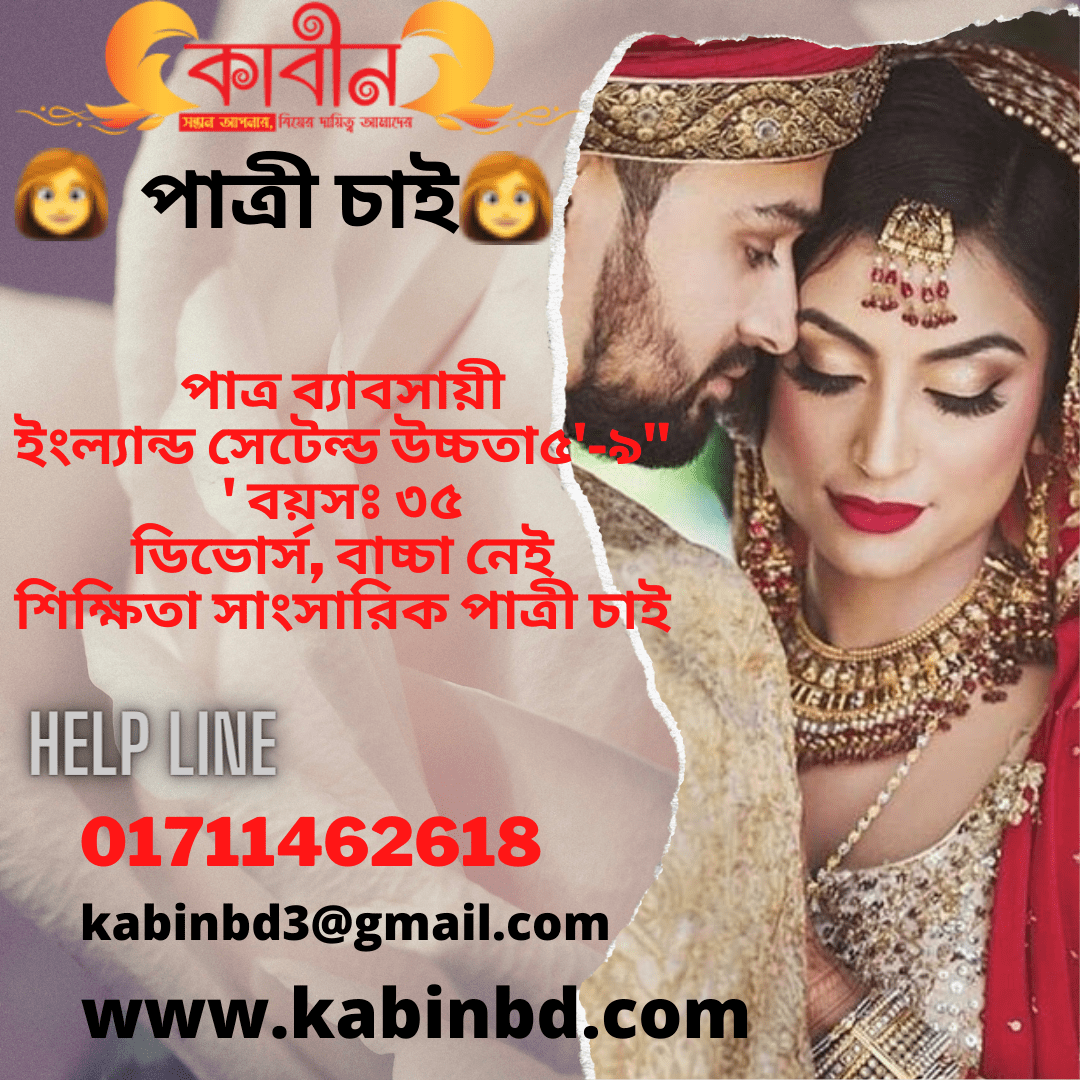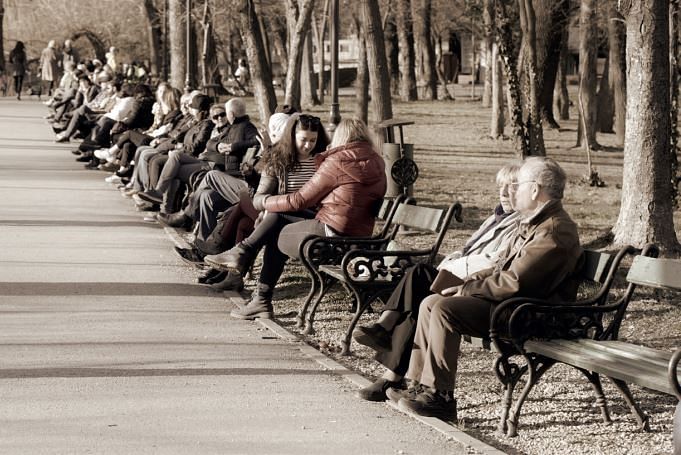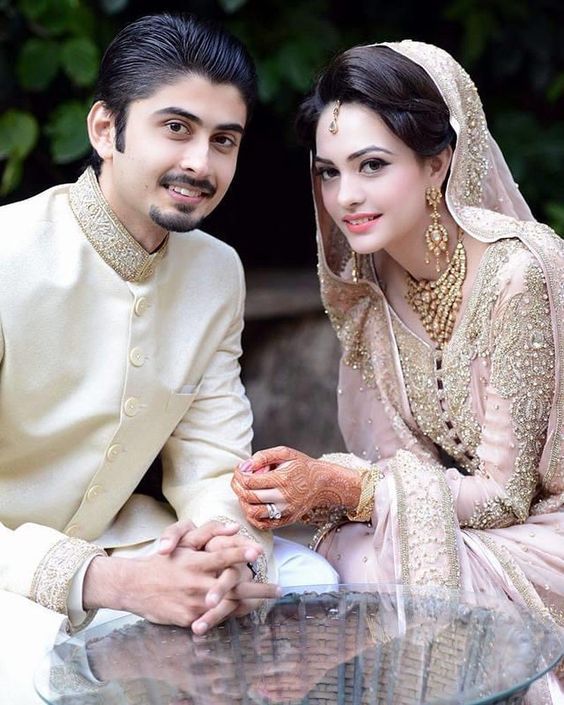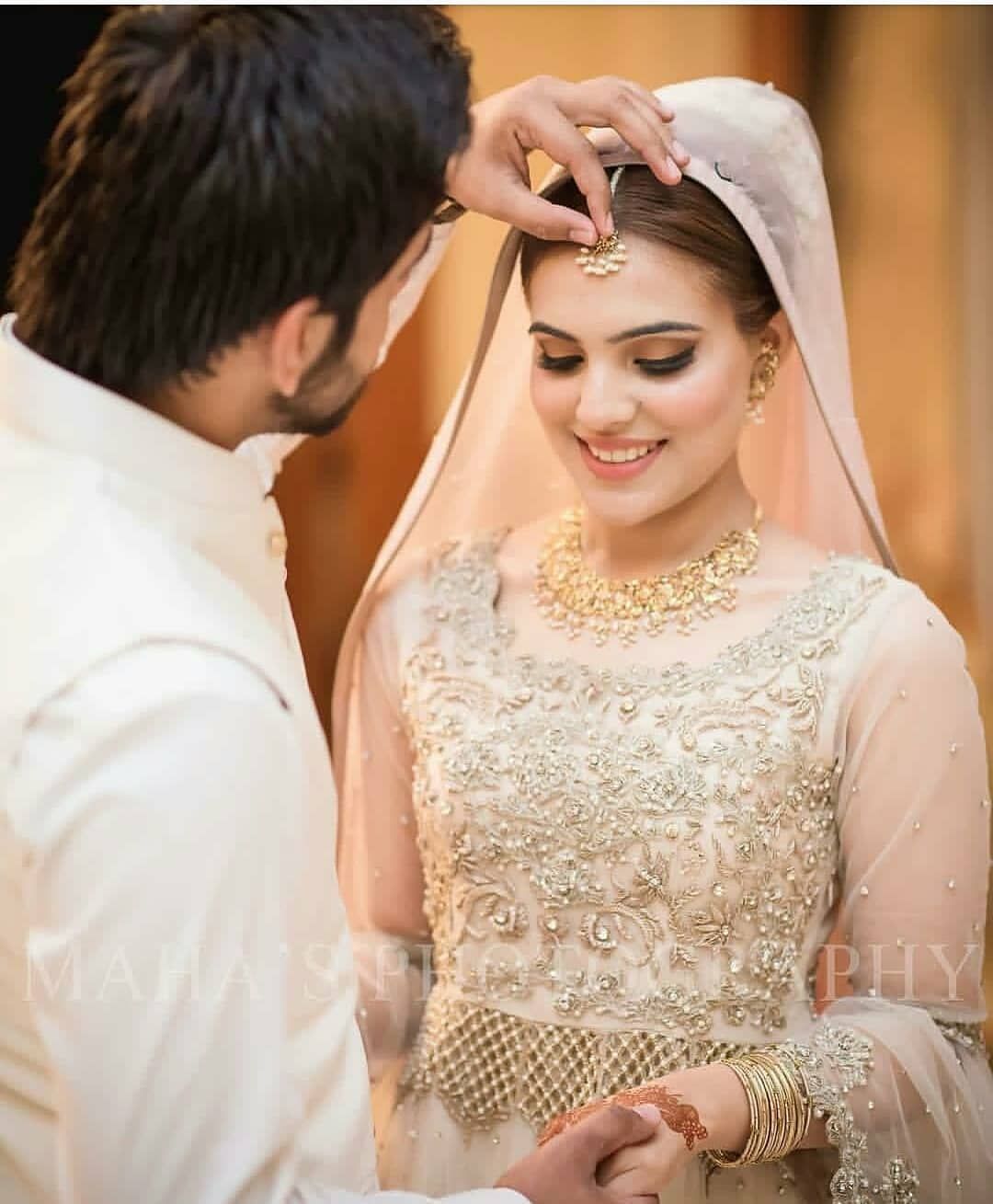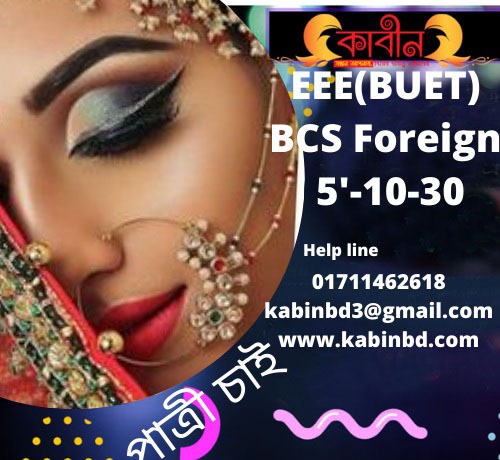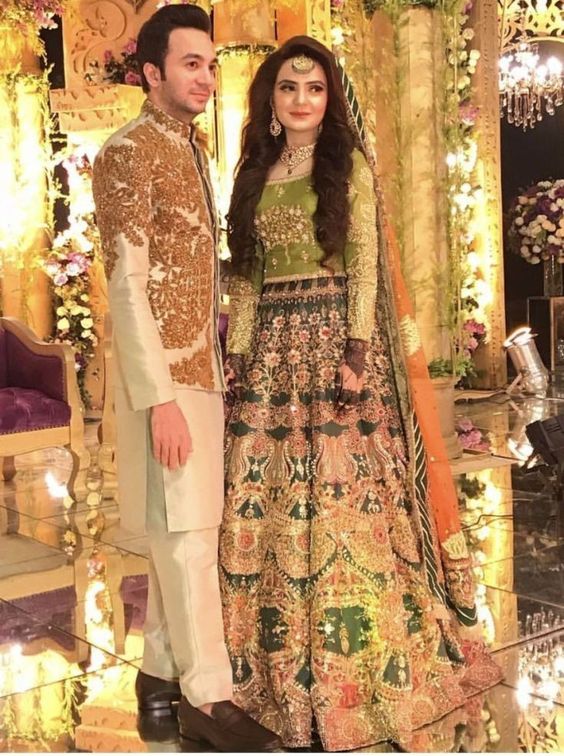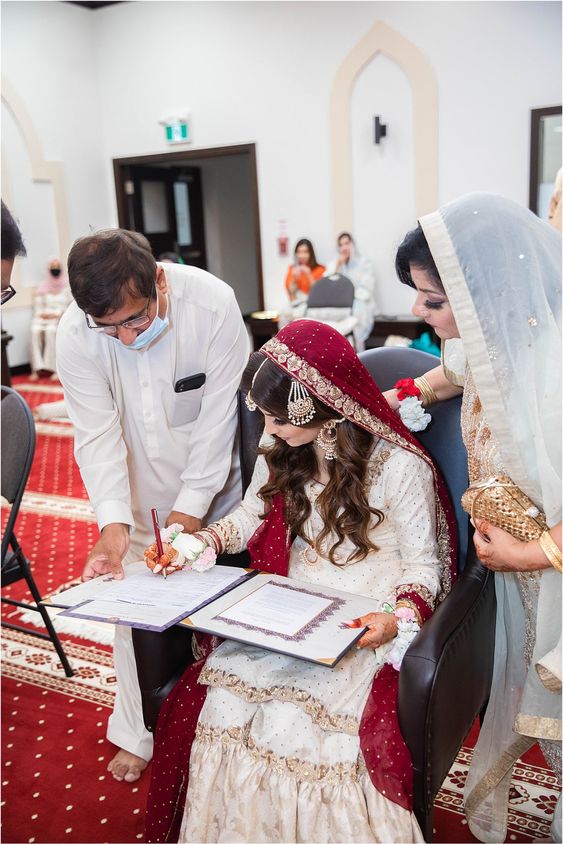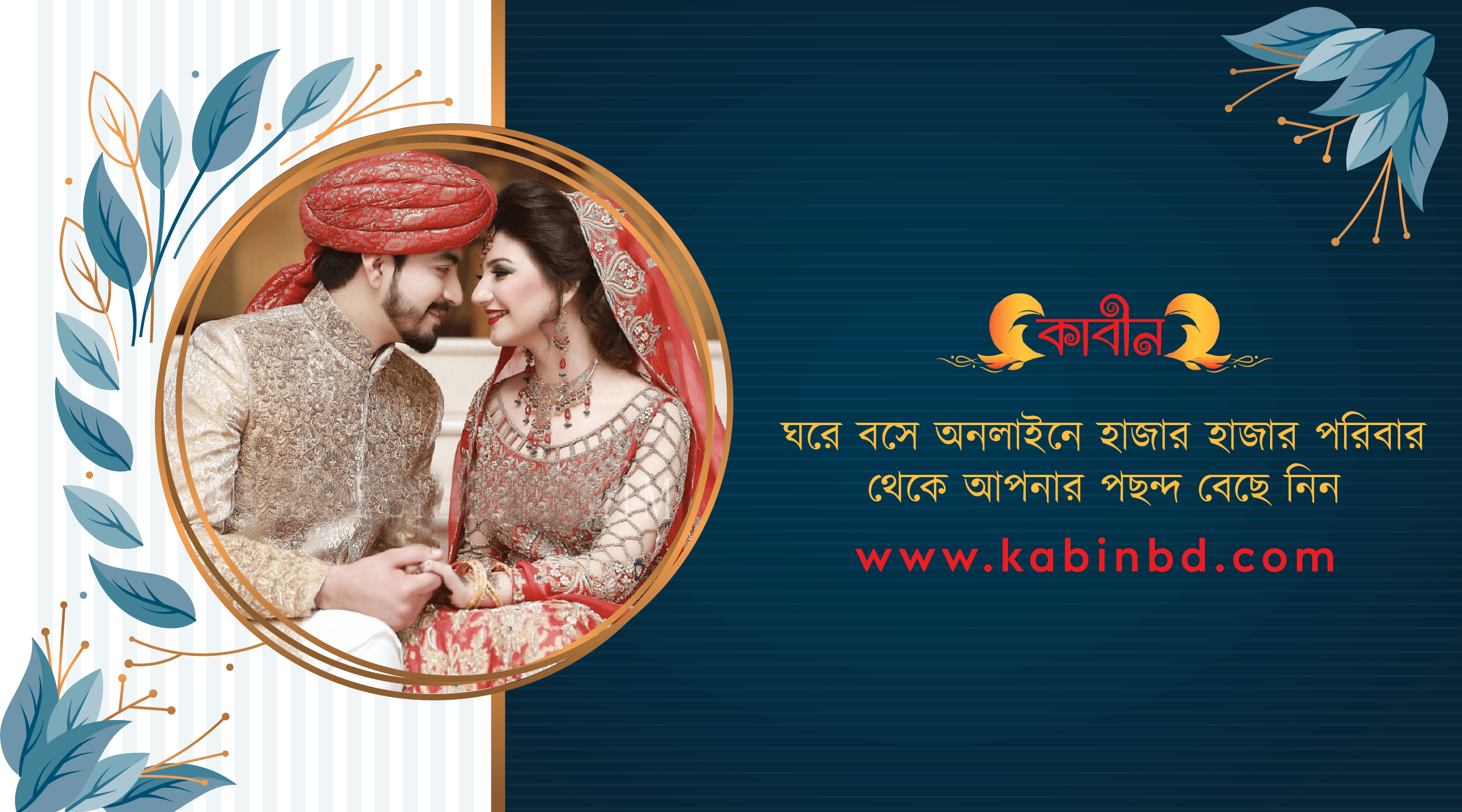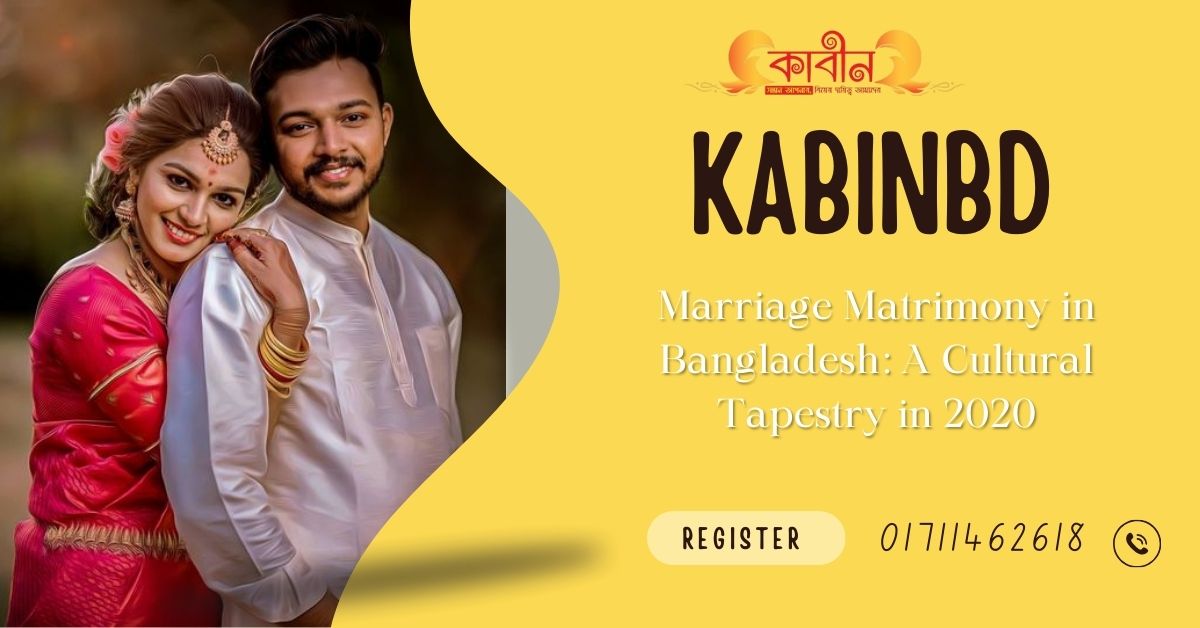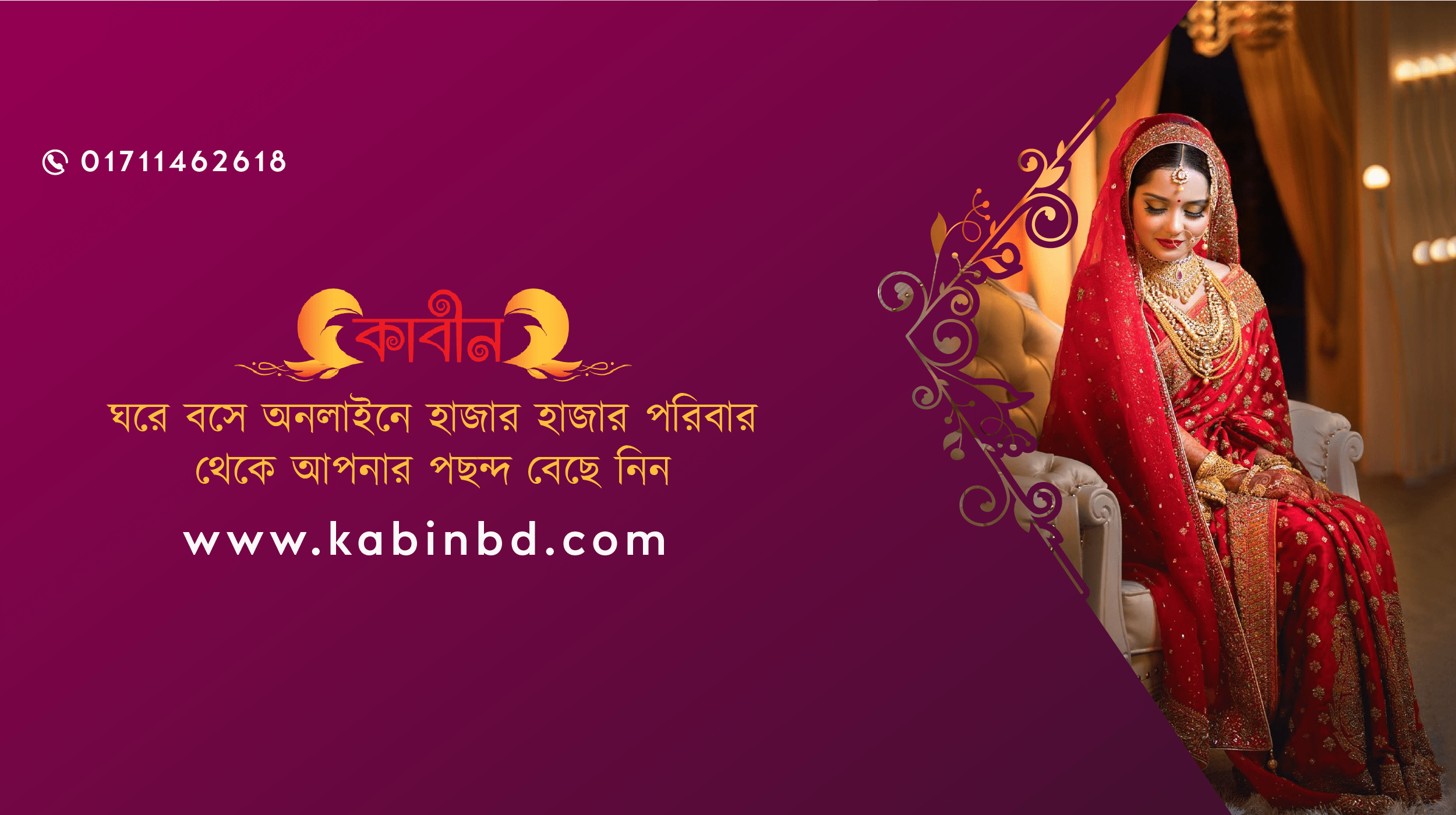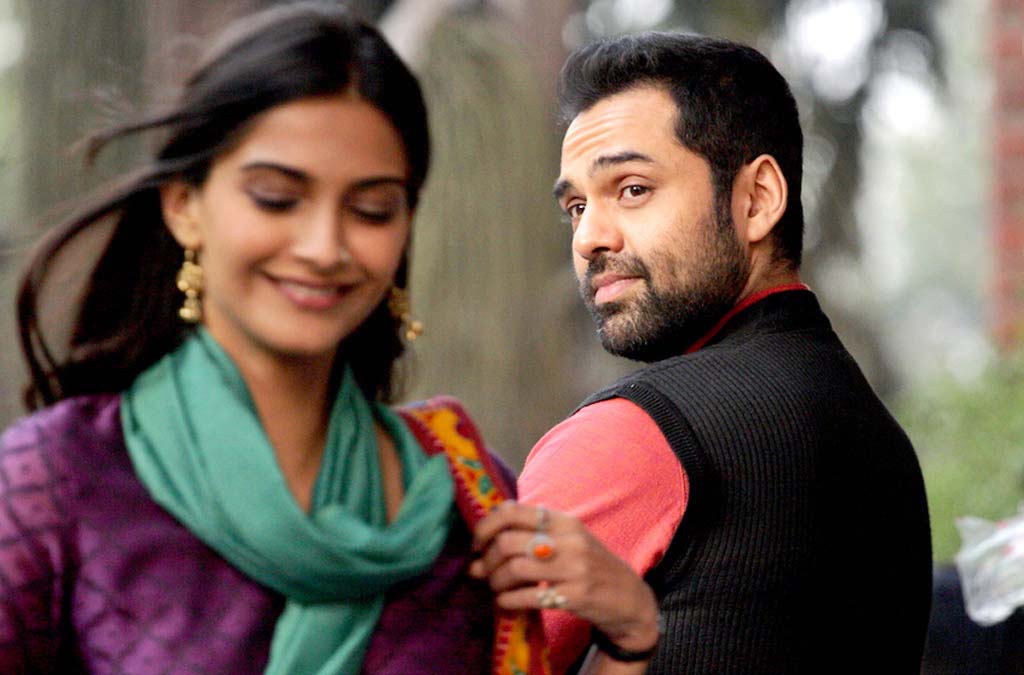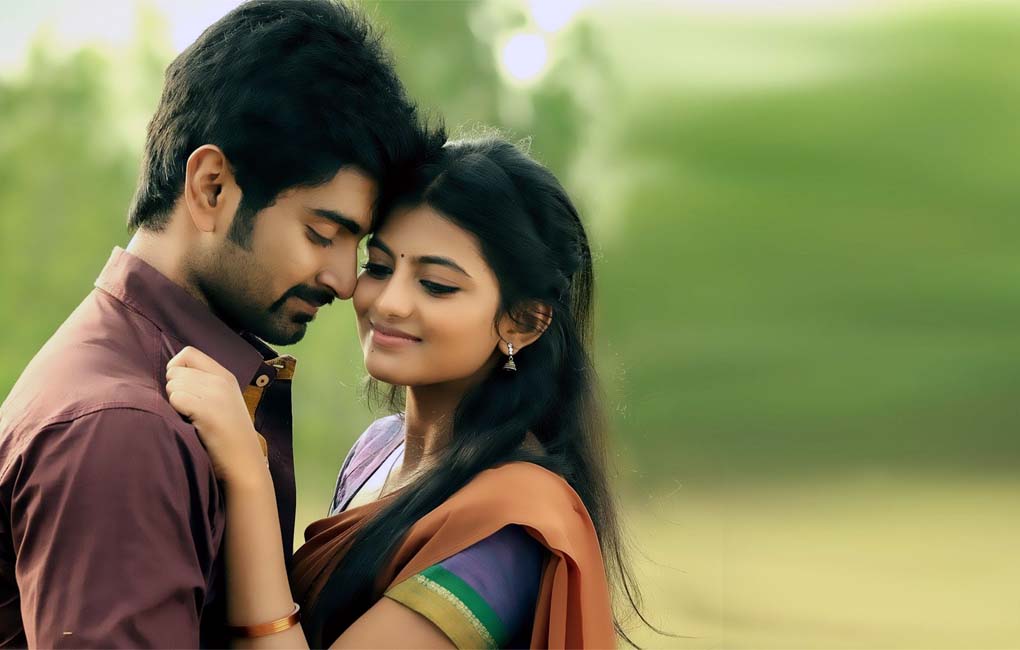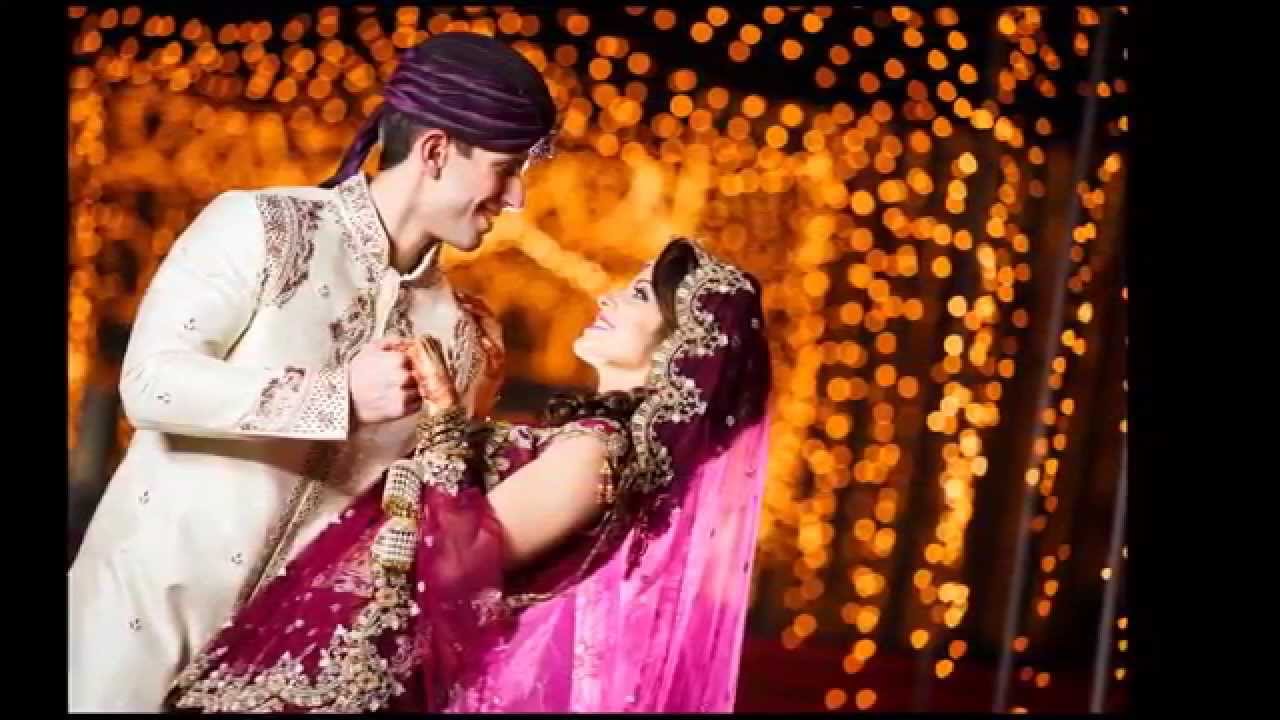Funny customs of marriage in different countries
Funny customs of marriage in different countries
Tying the Knot with a Twist: Hilarious Marriage Traditions Around the World
Love is a universal language, but the way we celebrate marriage customs can be downright bizarre – and undeniably funny! From stealing shoes to blackening the bride and groom, these traditions add a touch of whimsy (and sometimes chaos) to the most special day of a couple’s life. So, buckle up and get ready to explore some of the wackiest wedding customs from around the globe:
Pre-Wedding Pranks and Payments:
Wedding traditions around the world come in all shapes and sizes, and some of the most interesting ones happen before the “I dos” are even said. Let’s delve into the world of pre-wedding pranks and payments, where playful challenges and symbolic gestures pave the way for a joyous celebration.
A Time for Playful Hijinks:
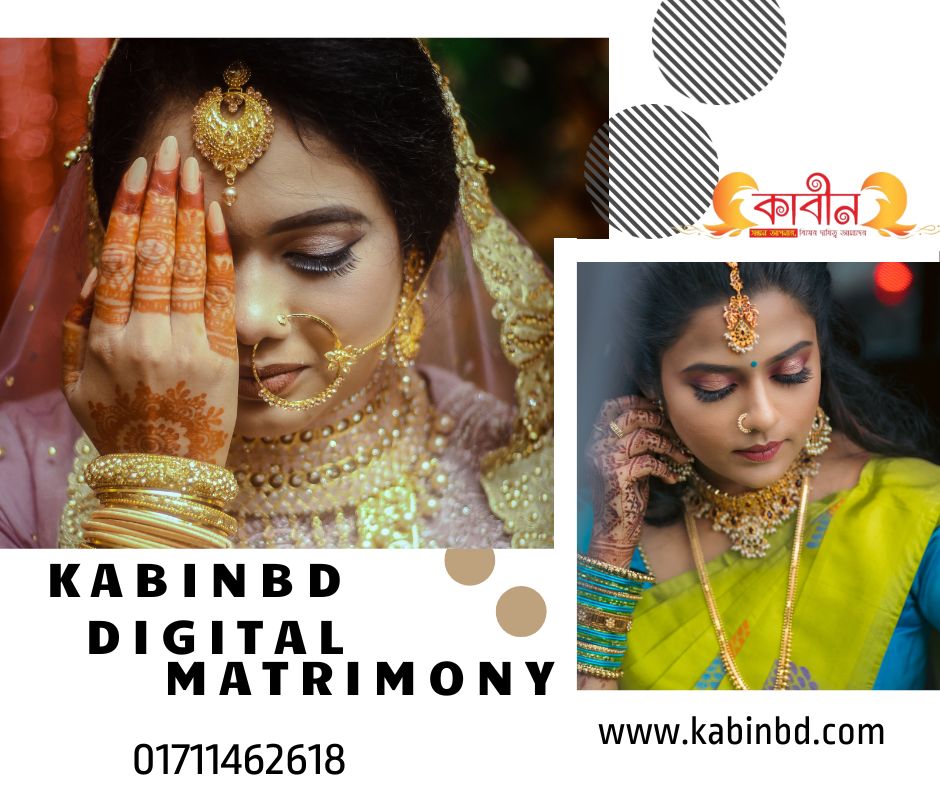
- Shoe Stealing Shenanigans (Many Cultures): The playful act of stealing the groom’s shoes is a tradition seen in various cultures around the world, from India to Korea. In India, the bride’s sisters or cousins might be the culprits, holding the shoes hostage until the groom negotiates a ransom, often in the form of cash or sweets. In Korea, friends might steal the shoes during the wedding ceremony, adding a layer of lighthearted competition to the festivities. This playful tradition serves as a bonding experience for families and friends, and the act of retrieving the shoes becomes a symbol of the groom’s commitment and resourcefulness.
- The Blackening (Scotland): Scottish traditions are known for their unique flair, and the “blackening” is no exception. This pre-wedding custom involves showering the soon-to-be-married couple with anything from mud to rotten eggs (though nowadays less messy alternatives like flour or cocoa powder are more common). While it might seem like an unusual way to prepare for a wedding, the blackening is believed to ward off evil spirits and bring good luck to the couple in their married life. It’s a messy but lighthearted way to celebrate the upcoming nuptials.
- The Price of the Bride (Various Cultures): The tradition of a dowry or bride price is seen in many cultures around the world, and the form it takes can vary greatly. In some African cultures, like among the Fulani people, the bride price might traditionally consist of cattle. The number of cattle offered signifies the value placed on the bride and her contribution to the marriage. In modern times, this practice is evolving, with some couples opting for more symbolic or monetary dowries. The core concept, however, remains – a gesture from the groom’s family to acknowledge the bride’s value and welcome her into their fold.
Symbolic Gestures and Negotiations:
- The Blessing of the Spittoons (Maasai Tribe, Africa): Among the Maasai people of Africa, a father might bless his daughter by spitting on her head and chest before her wedding. Don’t be mistaken – this is not a sign of disapproval! In Maasai culture, spitting is considered a gesture of blessing and good luck. This symbolic act signifies the father’s hopes for his daughter’s future happiness and prosperity in her married life.
- The Henna Ceremony (Many Cultures): The henna ceremony, a pre-wedding tradition practiced in many cultures across Asia and Africa, is a beautiful and symbolic celebration. Intricate henna designs are applied to the bride’s hands and feet, often carrying cultural significance and blessings for fertility and marital bliss. The ceremony can be a joyous gathering of female family and friends, creating lasting memories and strengthening the bond between the bride and her loved ones.
- The Exchange of Gifts (Many Cultures): The exchange of gifts between the bride and groom, and sometimes between families, is a common tradition across cultures. These gifts can be symbolic tokens of love and commitment, or practical items to help the couple start their new life together. The significance lies in the thoughtfulness behind the gesture, showcasing the couple’s dedication to building a future together.
A Celebration of New Beginnings:
These pre-wedding pranks and payments, though lighthearted and sometimes messy, hold a deeper meaning. They represent a celebration of new beginnings, a time for families to come together, and a way to shower the couple with blessings for a happy and prosperous future. So, the next time you hear about a seemingly strange pre-wedding tradition, remember, it’s likely a fascinating story waiting to be unraveled, offering a glimpse into the cultural tapestry of love and marriage.
- The Great Shoe Caper (India): In some parts of India, the bride’s sisters and female cousins plot a playful heist – stealing the groom’s shoes during the ceremony! The groom has to negotiate his way out, often with cash as ransom. This lighthearted tradition adds a touch of fun and brings families together in a playful exchange.
- The Price of the Princess (Fulani Tribe, Africa): Among the Fulani people of Africa, marriage involves a dowry (sharo) traditionally consisting of cattle. The number of cattle signifies the value placed on the bride and her contribution to the marriage. In modern times, some couples opt for more symbolic or monetary dowries, but the tradition still holds a playful element of negotiation between families.
- The Spitting Ritual (Maasai Tribe, Africa): In a display of affection and blessing, a Maasai father might spit on his daughter’s head and chest before she leaves for her new life with her husband. Don’t worry, it’s a sign of good luck and prosperity in Maasai culture, not a sign of disapproval!
Ceremonies Steeped in Symbolism (and Sometimes Flour):
- The Three Knots Ceremony (Japan): A traditional Japanese wedding ceremony, the Shinto wedding, features the sharing of three sake cups (sansan kudo) by the couple. Each cup represents a different blessing: one for the couple, one for their parents, and one for all their ancestors. This beautiful ritual, though seemingly simple, symbolizes unity and the couple’s connection to their families and heritage.
- The Garland Exchange (India): During a Hindu wedding ceremony, the bride and groom exchange garlands (varmala). These beautiful garlands, made of flowers, leaves, or even precious metals, signify their acceptance of each other and their willingness to embark on their journey together. The exchange is often accompanied by playful teasing and attempts to outdo each other in placing the garland first.
- The Handfasting Ceremony (Celtic Cultures): A handfasting ceremony, practiced in some Celtic cultures, involves the couple binding their hands together with ribbon or cloth. This symbolizes their unity, commitment, and the start of their married life together. The duration of the handfasting could vary, from a temporary binding to a lifelong vow, adding a touch of mystery and intrigue to the ceremony.
Post-Wedding Shenanigans and Celebrations:
- The Shoe Throwing Ritual (Korea): In some parts of Korea, after the wedding ceremony, the bride’s shoes are hidden by her friends. The groom then has to find them, with the time it takes symbolizing his future dominance in the household. This tradition is being challenged by some modern couples who view it as promoting gender stereotypes, but it still persists in certain regions, adding a playful competition to the post-wedding festivities.
- The Blackening (Scotland): Remember the pre-wedding blackening tradition in Scotland? Well, there’s a post-wedding twist! After the reception, guests might pelt the newlyweds with leftover food or even flour to ward off evil spirits and ensure good luck for their future. While it might seem like a messy way to end the night, it’s a lighthearted tradition meant to bring the couple good fortune.
- The Tree Planting Ceremony (Germany): In some parts of Germany, a newly married couple plants a tree together after the wedding. This symbolic gesture signifies their commitment to growing their love and nurturing their new life together. The tree serves as a living reminder of their union and flourishes alongside their marriage.
- The Charivari (Europe): This historical European tradition, practiced in some rural areas even today, involves a noisy parade outside the newlyweds’ home. Friends and neighbors might bang pots and pans, creating a cacophony of sound. While it might seem like a form of harassment, the charivari is believed to ward off evil spirits and bring good luck to the couple. It’s a bizarre but well-meaning tradition that adds a unique layer to the post-wedding celebrations.
Beyond the Laughter: The Significance of Funny Customs
While the pre-wedding antics and lighthearted traditions might bring a smile to your face, their significance goes beyond mere amusement. These seemingly funny customs serve a deeper purpose in the grand scheme of wedding celebrations:
- Marking Transitions and New Beginnings: These rituals act as a symbolic marker of the transition from single life to married life. The lighthearted nature of the pranks and traditions creates a festive atmosphere as the couple embarks on this new chapter together.
- Strengthening Community Bonds: Funny customs often involve the active participation of family and friends. The shared laughter, playful teasing, and collaborative execution of these traditions serve to strengthen the bond between the couple’s families and their wider social circle. These experiences create lasting memories that solidify the couple’s support system as they embark on their married life.
- Ensuring Prosperity and Good Luck: Many of these practices, like the blackening in Scotland or the blessing of the spitoons in the Maasai culture, are believed to ward off evil spirits and bring good fortune to the couple. The lighthearted nature of these traditions doesn’t diminish their underlying purpose: to ensure the couple’s happiness and success in their new life together.
Evolution and Adaptation: Modern Twists on Old Traditions
The world is constantly evolving, and wedding customs are no exception. Even the funny ones are adapting to modern sensibilities:
- Focus on Meaningful Gestures: Couples are increasingly choosing pre-wedding customs that resonate with them on a personal level. There’s a shift away from blindly following traditions and a move towards incorporating gestures that reflect their unique relationship and values.
- Gender Equality: Practices that perpetuate outdated gender stereotypes are being challenged. For example, the concept of a bride price is being reinterpreted in some cultures to represent a symbolic gesture of welcome and respect rather than solely reflecting the bride’s value.
- Personalization and Innovation: Modern couples are finding creative ways to personalize their pre-wedding experiences. This could involve replacing a traditional shoe-stealing prank with a scavenger hunt for the groom or incorporating a symbolic hand-fasting ceremony to represent their commitment.
- Blending Traditions: With the rise of interfaith and multicultural marriages, couples are merging funny customs from their respective backgrounds. This can create a unique and meaningful pre-wedding celebration that reflects their individual heritage and shared future.
The Takeaway: A Celebration of Love and Laughter
Funny wedding customs, despite their unusual nature, offer a fascinating window into diverse cultural perspectives on love and marriage. These traditions, though often lighthearted, hold a deeper significance, reflecting cultural beliefs about community, prosperity, and good luck for the newlyweds. As society evolves, so too do these customs, adapting to modern values while retaining their essence.
Ultimately, they remind us that laughter and love are universal languages. These pre-wedding traditions celebrate the joy of new beginnings, strengthen social bonds, and shower the couple with blessings for a happy future. So, the next time you hear about a funny pre-wedding custom, remember, there’s likely a beautiful story waiting to be discovered, a testament to the enduring power of love and laughter in uniting couples and communities.
While these customs might raise a chuckle, they all hold a deeper meaning that transcends the humor:
- Celebrating New Beginnings: These rituals serve as a way to mark the transition from single life to married life and celebrate the beginning of a new chapter for the couple. The lighthearted nature of some traditions adds a festive touch to this momentous occasion.
- Strengthening Community Bonds: These funny customs often involve family and friends, fostering a sense of community and support for the newlyweds as they embark on their journey together. The shared experience and laughter create lasting memories that strengthen the bonds between families and friends.
- Ensuring Prosperity and Good Luck: Many practices, like the tree planting ceremony or the charivari, are believed to bring good fortune and ward off misfortune for the couple in their new life together. These playful rituals stem from a desire to ensure happiness and success for the newlyweds.
Evolution and Adaptation: Modern Twists on Old Traditions
Marriage customs, funny or otherwise, are not set in stone. Just like any tradition, they evolve and adapt to the times:
- Focus on Meaningful Gestures: Couples are increasingly choosing customs that resonate with them on a personal level, rather than blindly following tradition. The focus is shifting towards personalized and meaningful gestures that reflect their unique relationship.
- Gender Equality: Practices that perpetuate outdated gender stereotypes, like the Korean shoe-finding ritual, are being challenged in favor of more egalitarian traditions. Modern couples seek customs that represent a partnership built on mutual respect and shared responsibility.
- Personalization and Innovation: From honeymoons with a purpose to vow renewals with a twist, couples are finding creative ways to personalize their post-wedding experiences. This allows them to inject their personalities and values into the celebrations, making them truly their own.
- Blending Traditions: With the rise of interfaith and multicultural marriages, couples are merging funny customs from their respective backgrounds, creating unique and meaningful celebrations. This blending of traditions reflects the diversity of modern love and adds a layer of richness to the wedding ceremony.
The Takeaway: Laughter and Love – A Universal Language
Funny wedding customs, despite their unusual nature, offer a fascinating glimpse into the diverse ways cultures celebrate marriage. These traditions, though often lighthearted, hold a deeper significance, reflecting cultural beliefs, promoting community bonding, and ensuring good fortune for the newlyweds. As the world evolves, so too do these customs, adapting to modern sensibilities while still retaining their essence. In the end, they remind us that laughter and love are universal languages, binding couples and communities together as they celebrate the start of a new chapter. So, next time you hear about a funny wedding custom, remember, there’s likely a beautiful story and a rich cultural heritage woven into the tradition, waiting to be discovered.
free online marriage media in Bangladesh
matrimonial website Bangladesh
আপনি যদি বিয়ের ব্যাপারে সিরিয়াস হয়ে থাকেন তবে
লিংকে ক্লিক করে ফ্রী রেজিষ্ট্রেশন করুন
অথবা বিস্তারিত জানতেঃ
Gmail:kabinbd4@gmail.com
01711462618 এ কল করুন ২৪/৭ সার্ভিস


